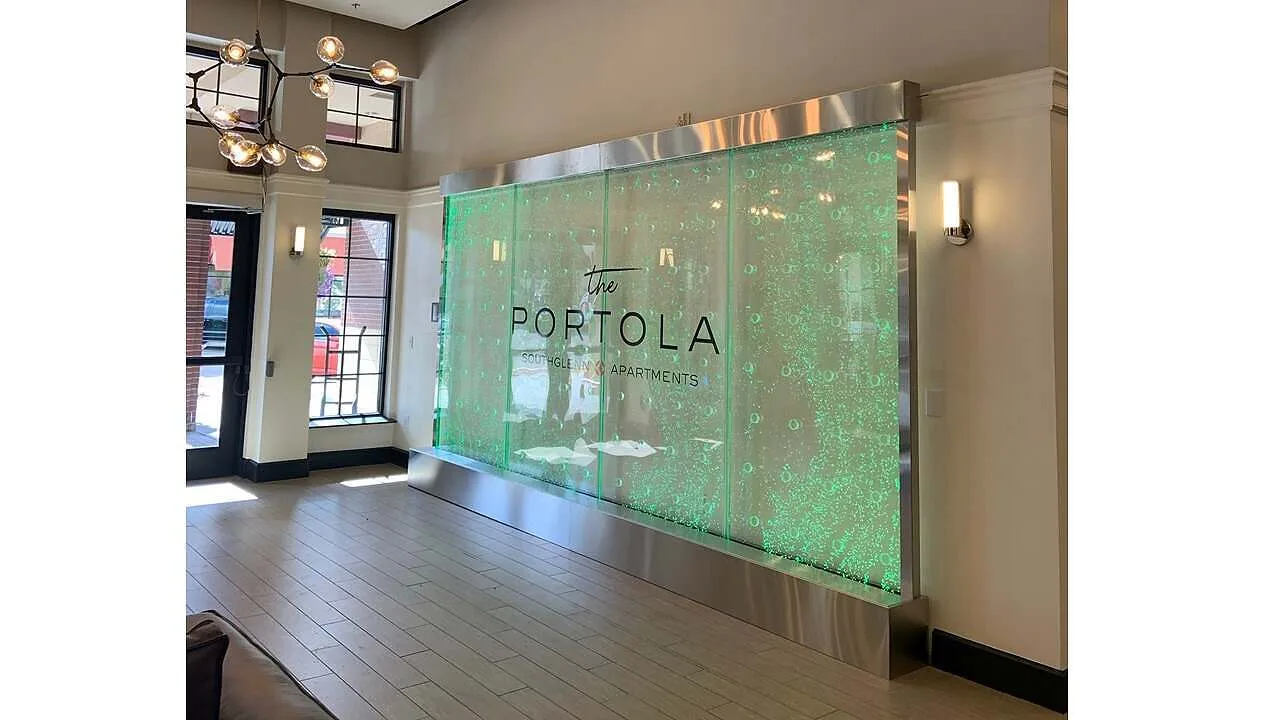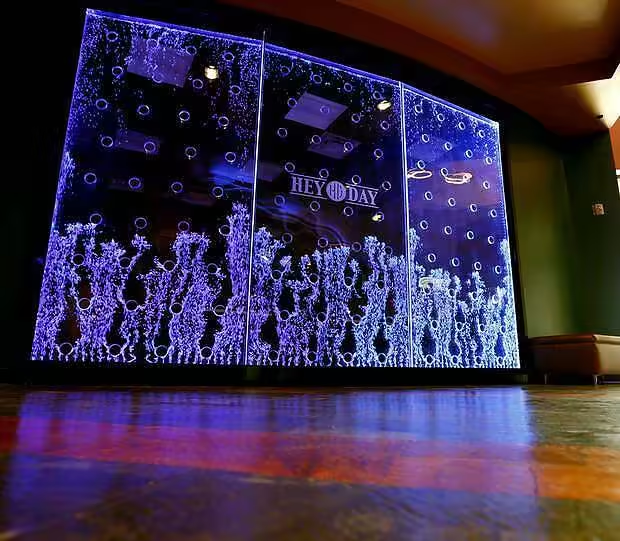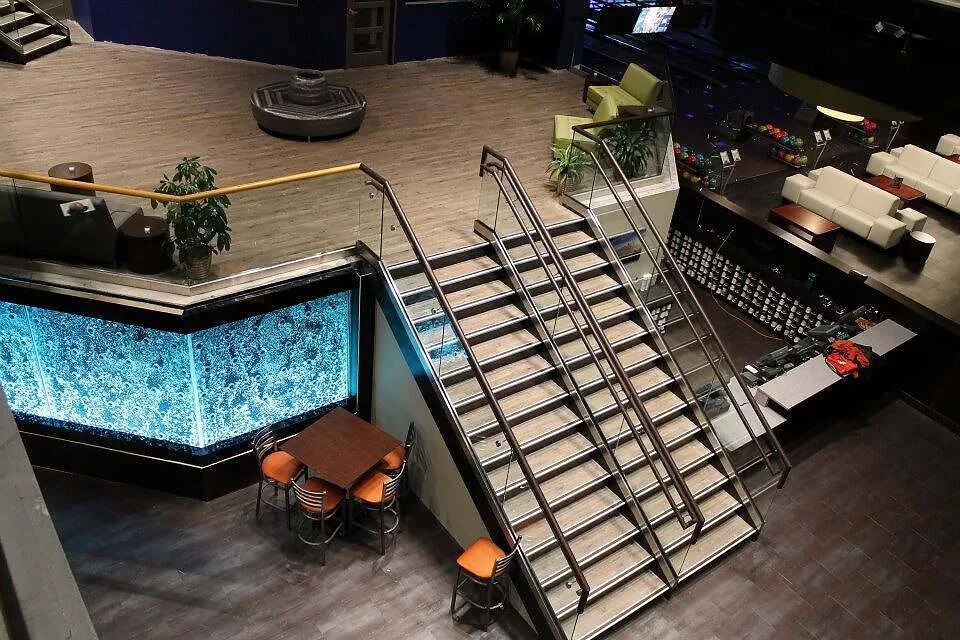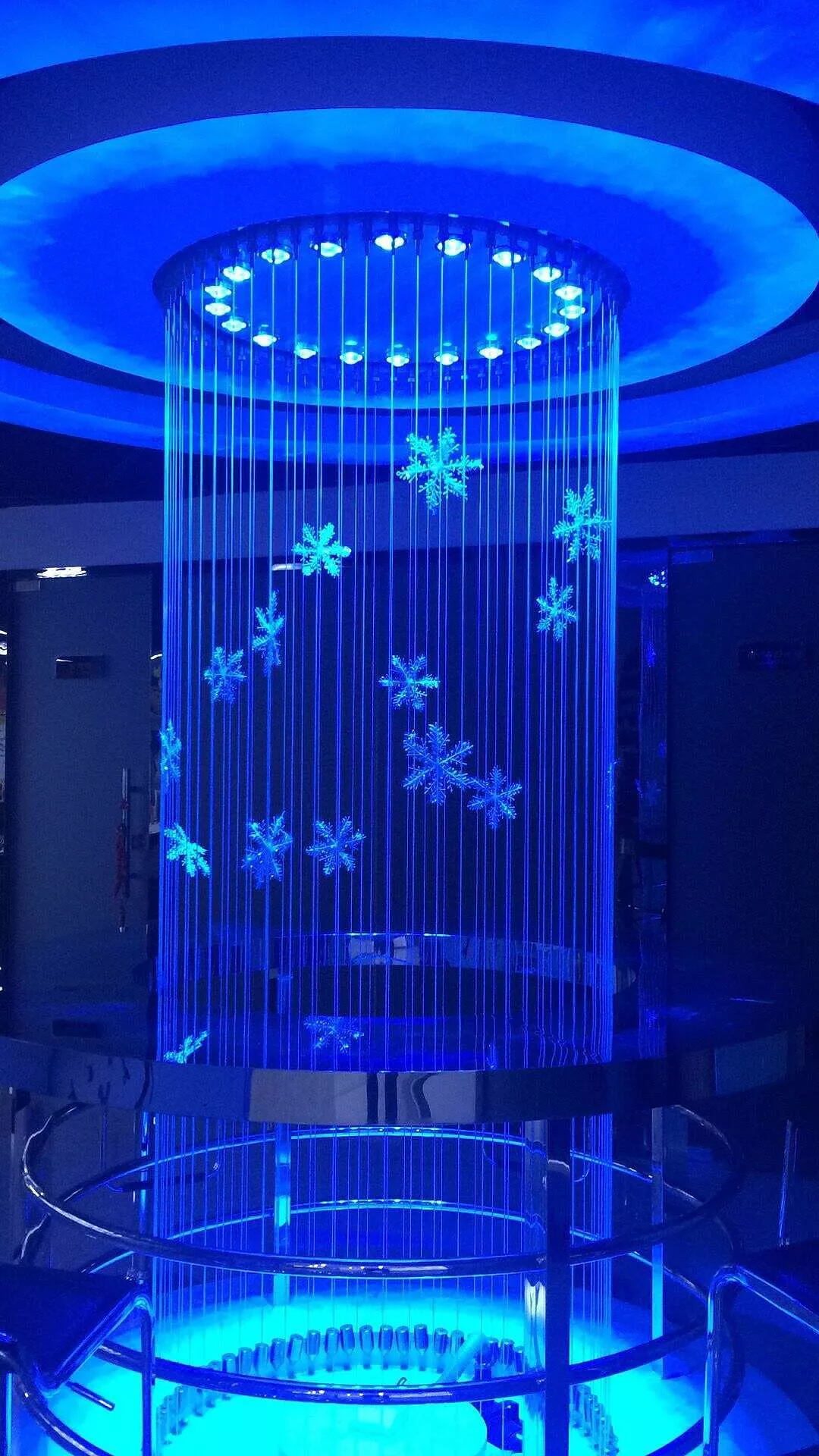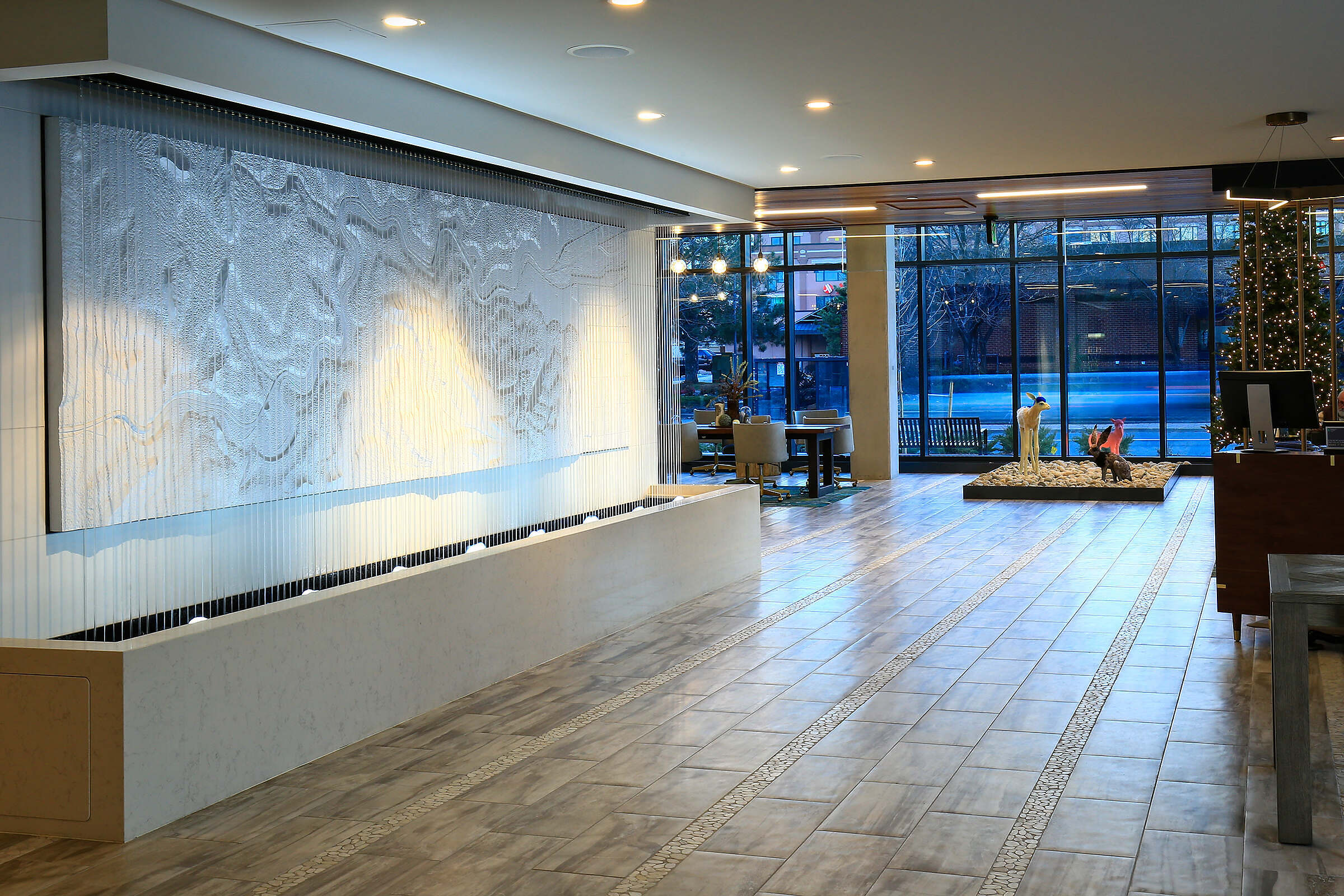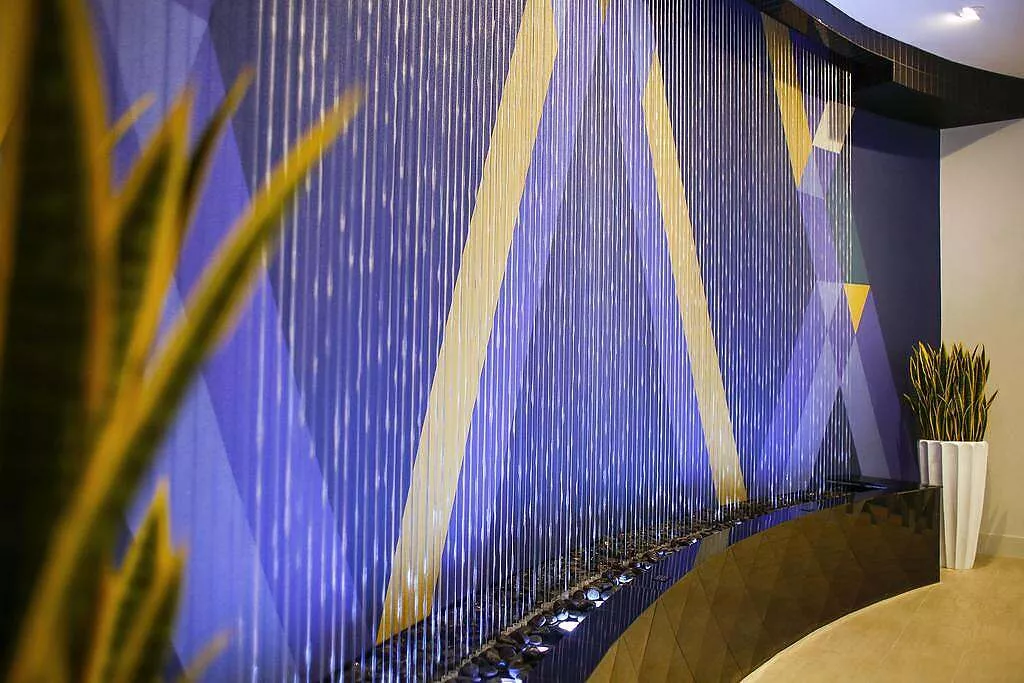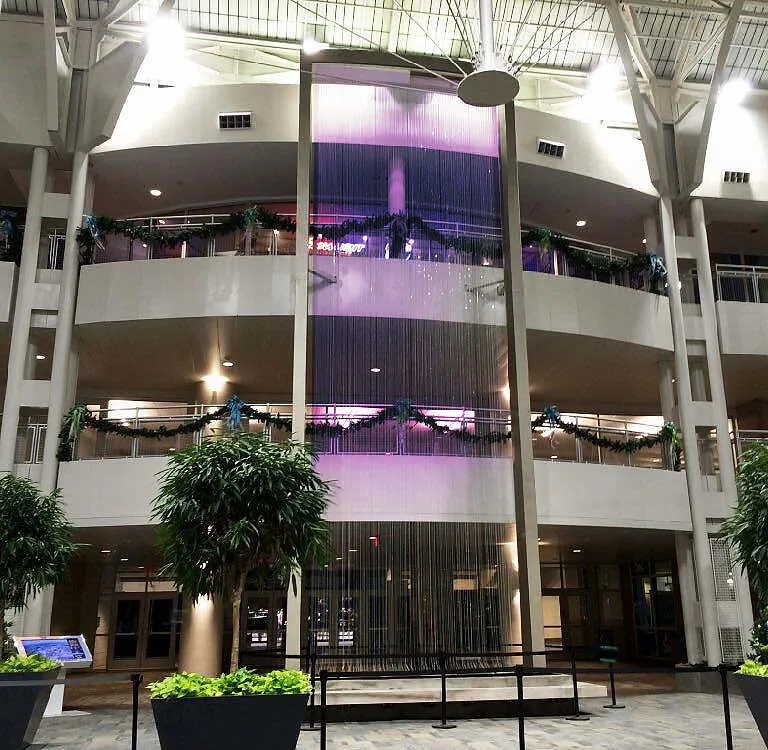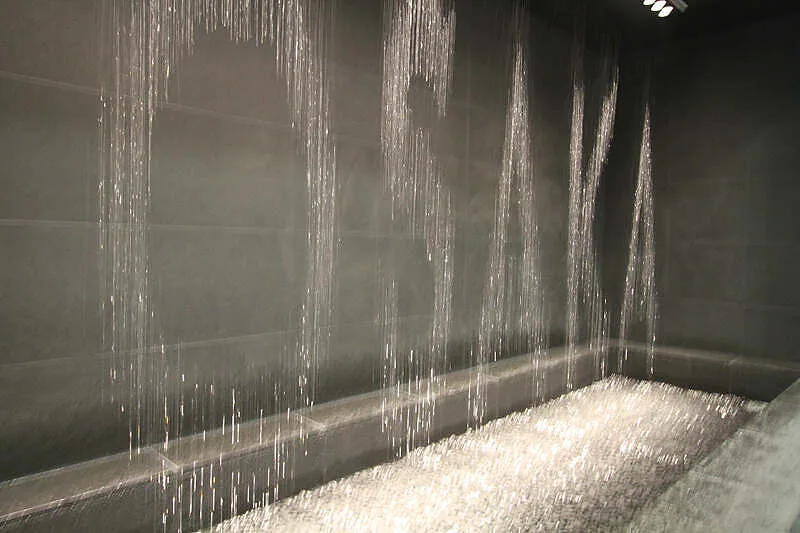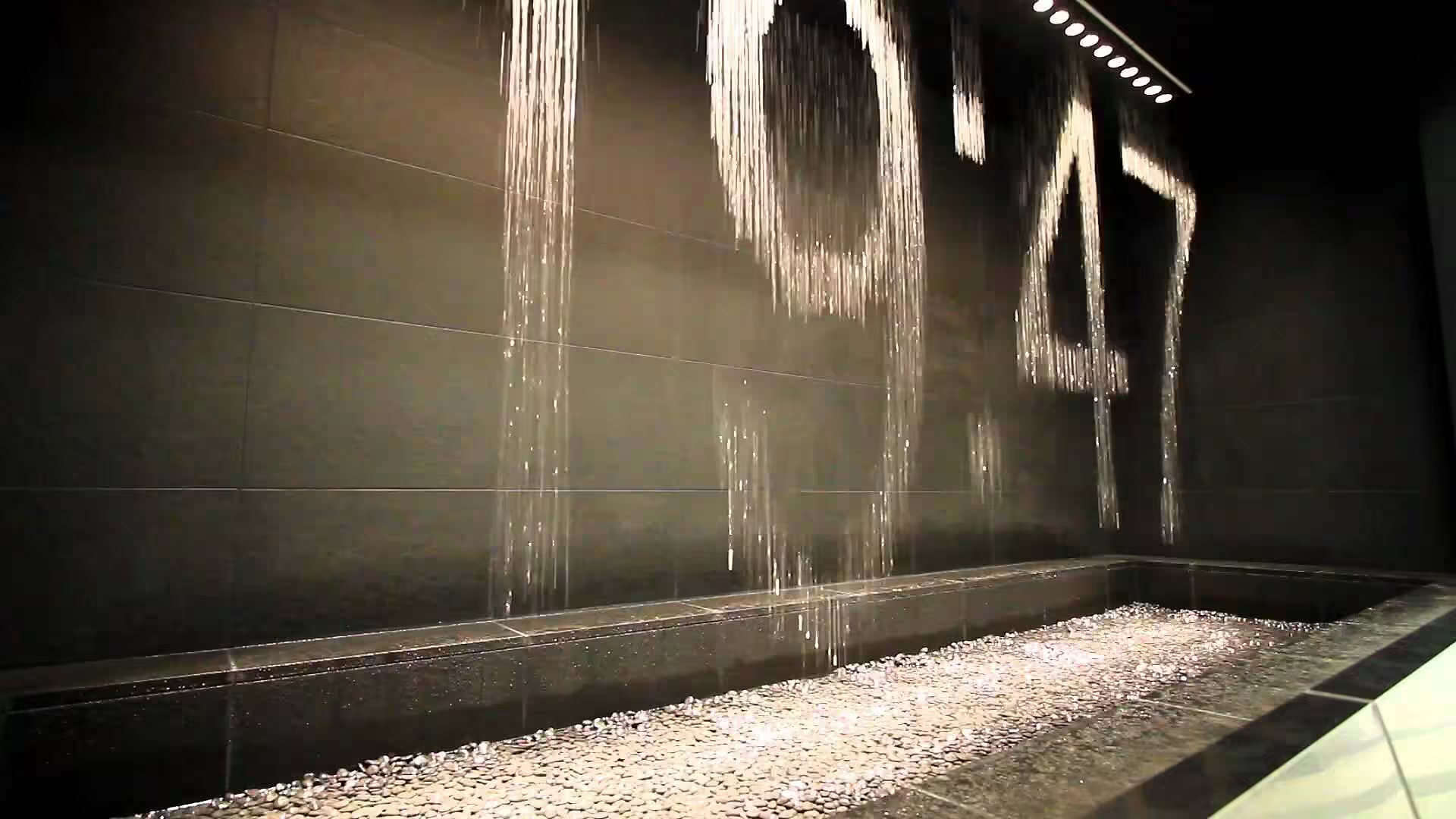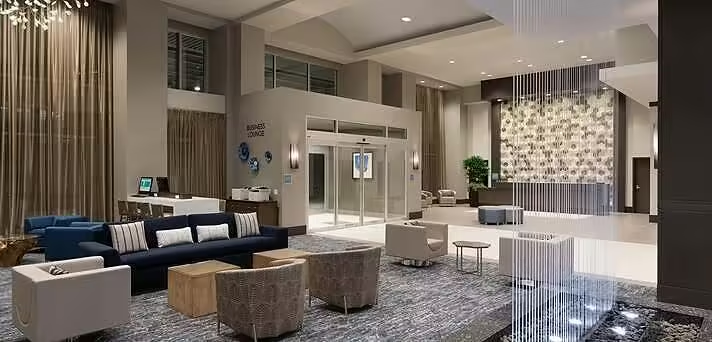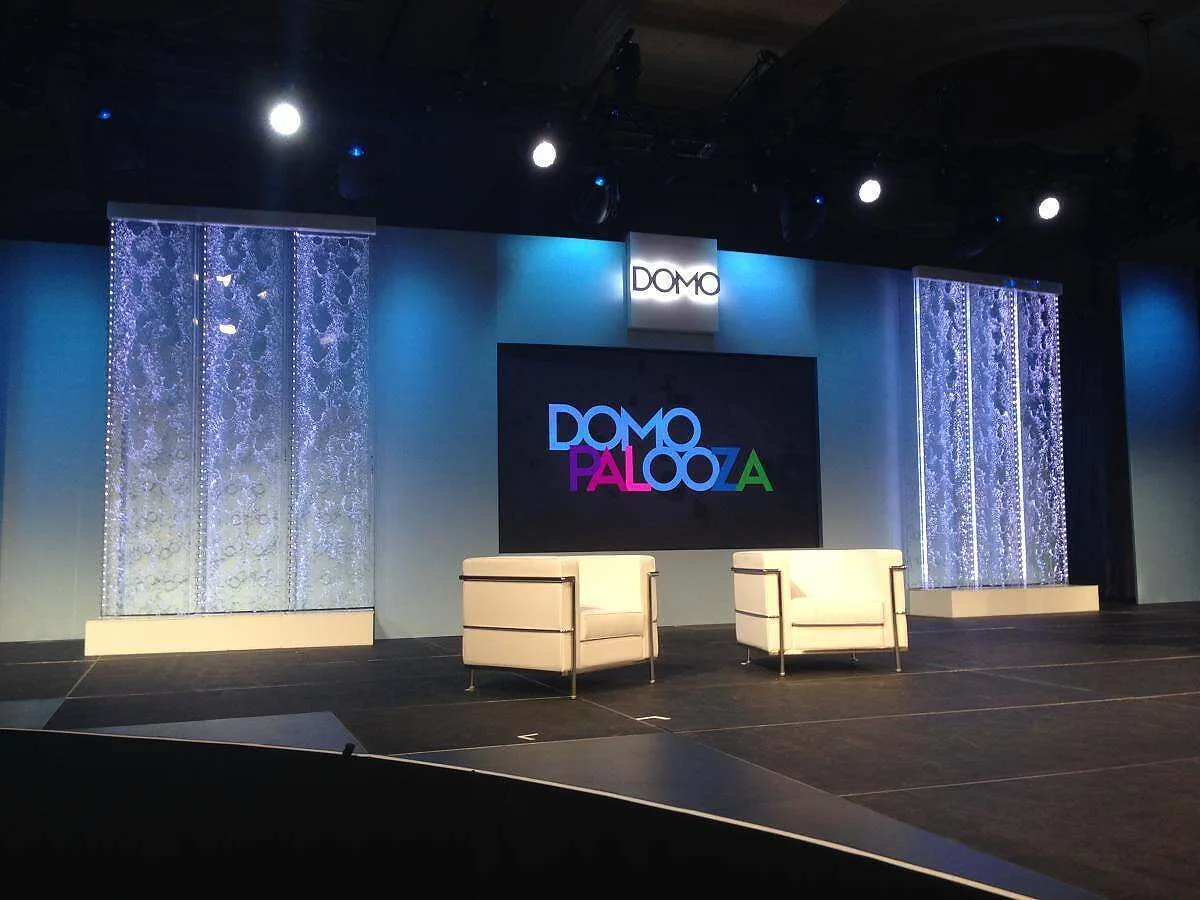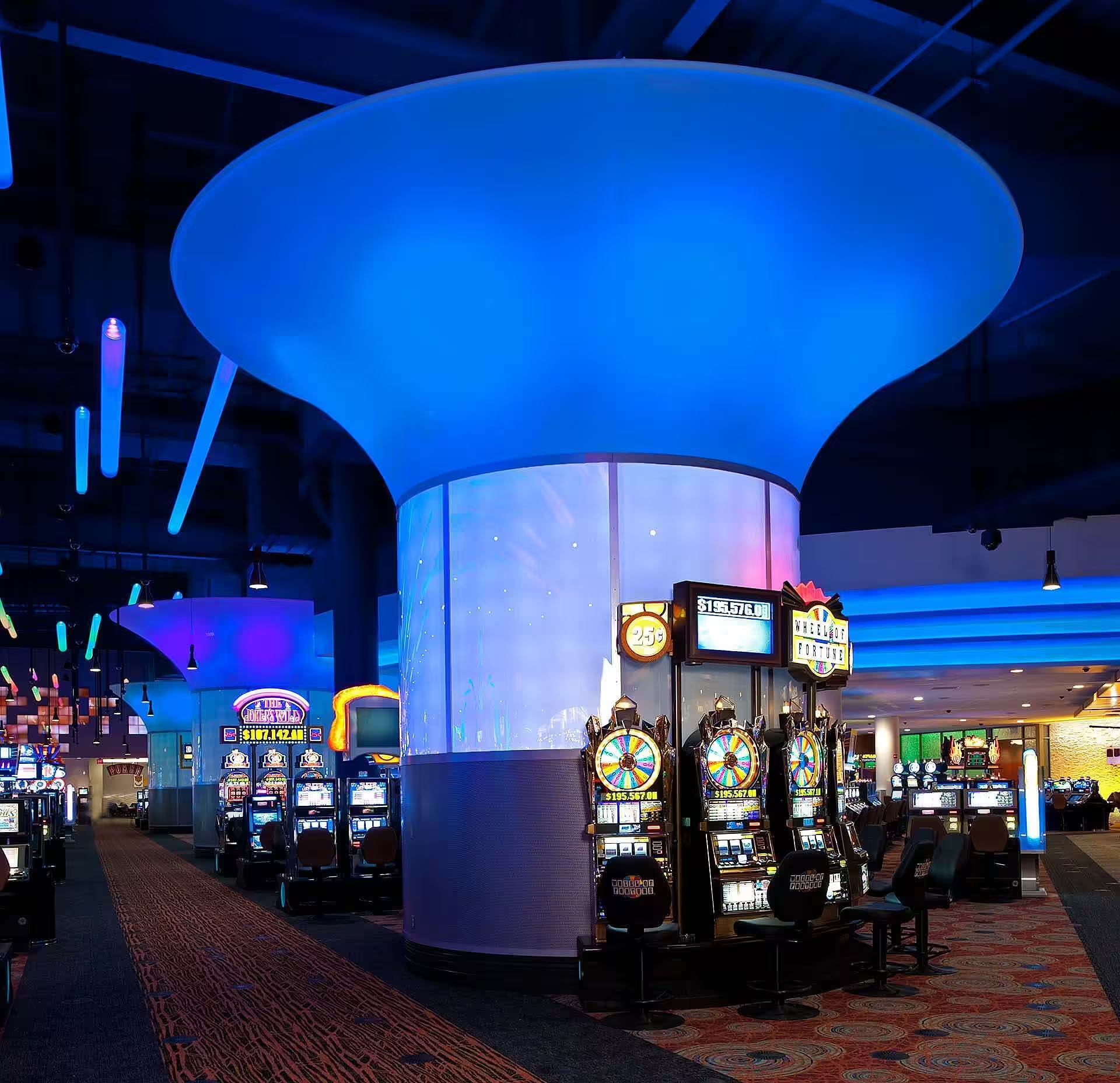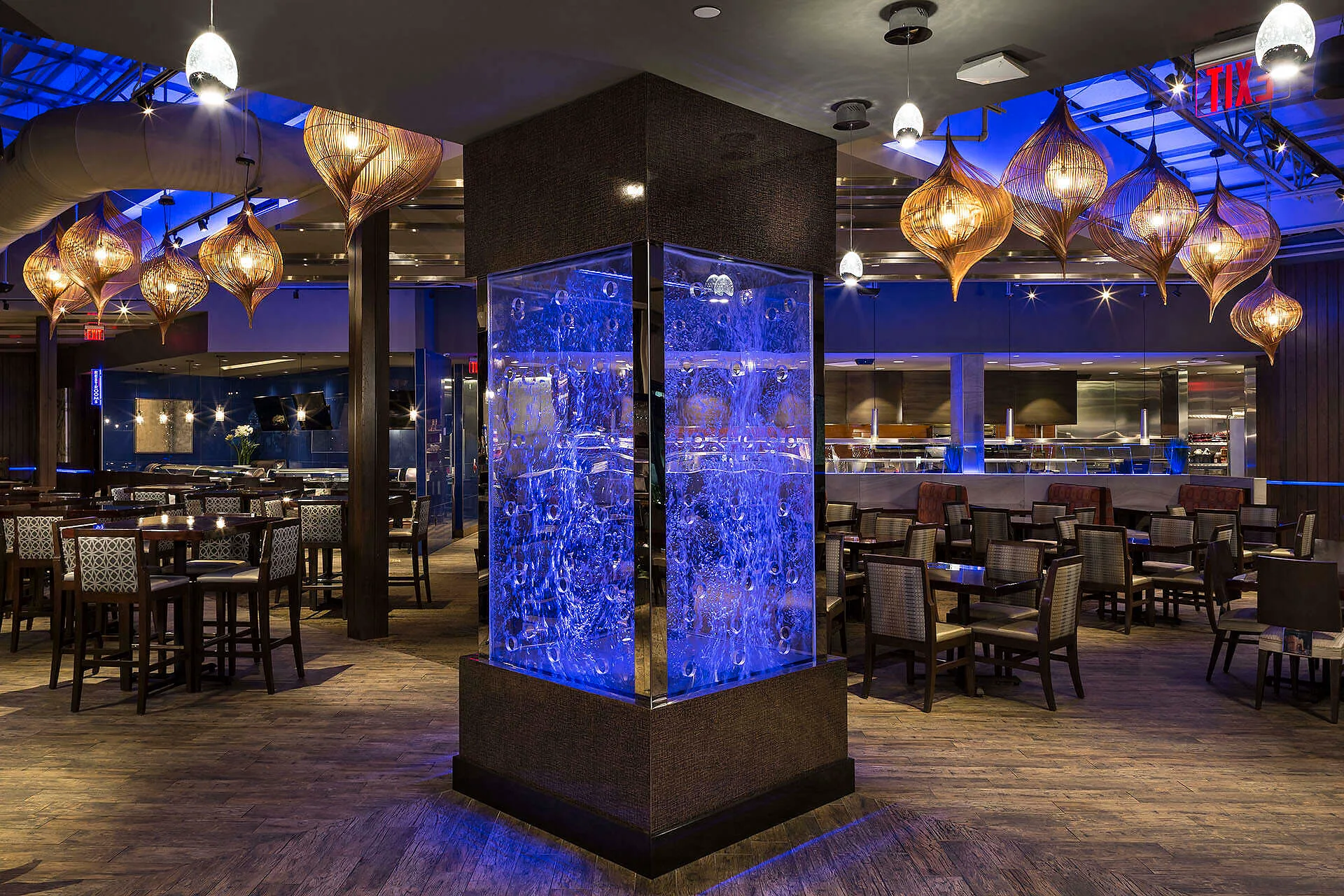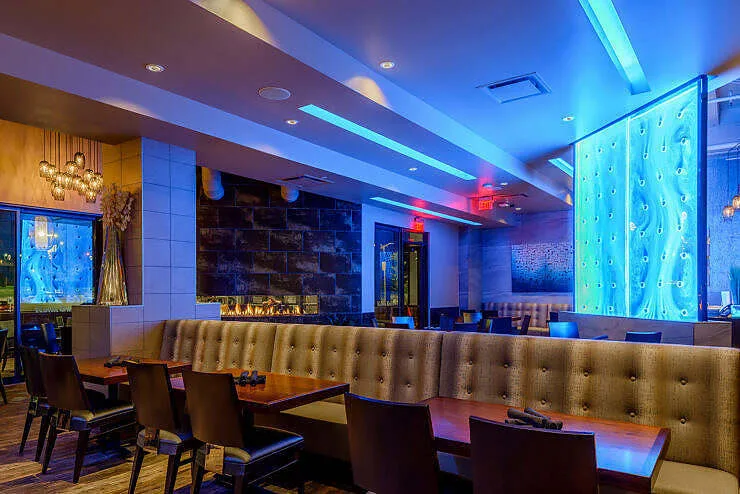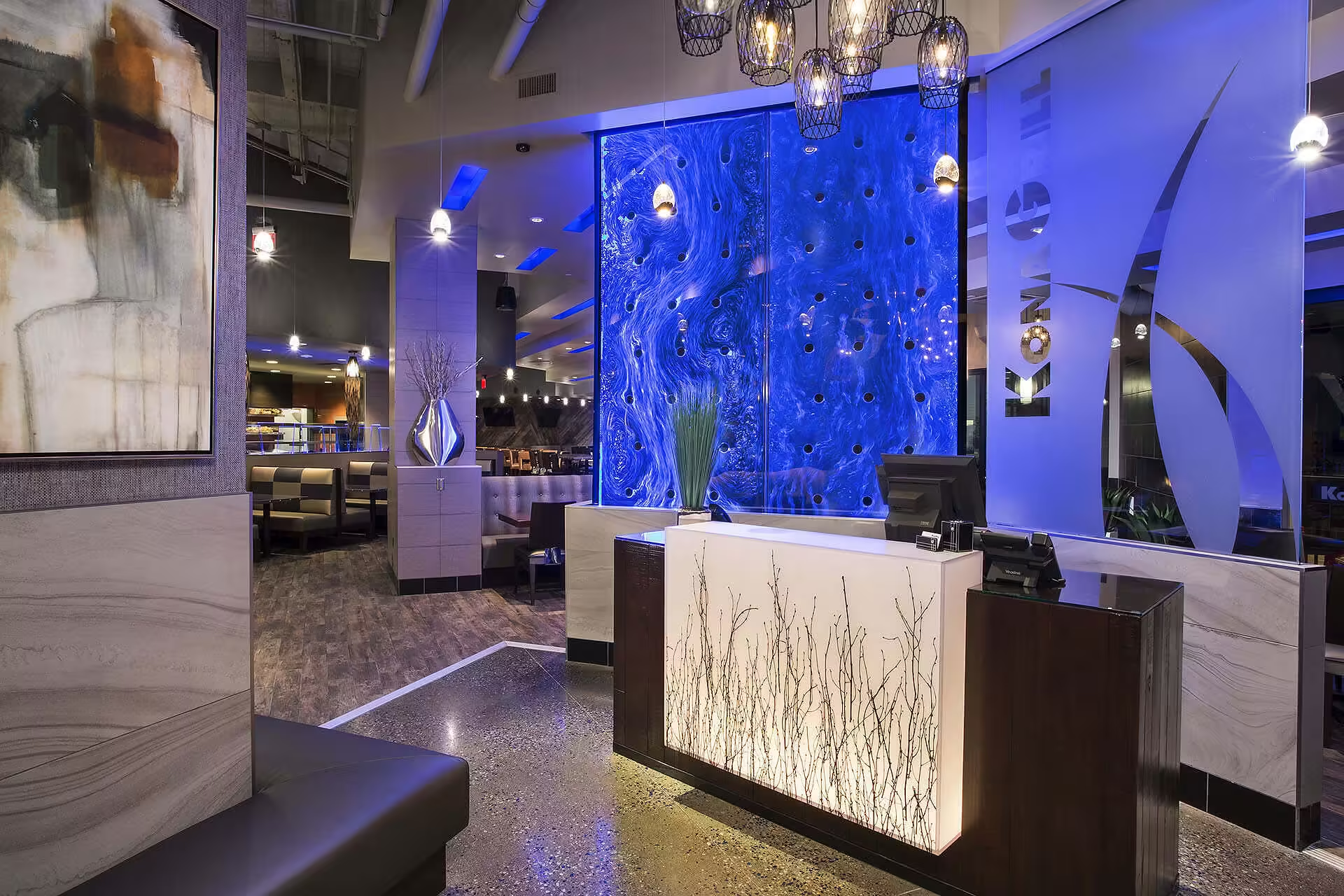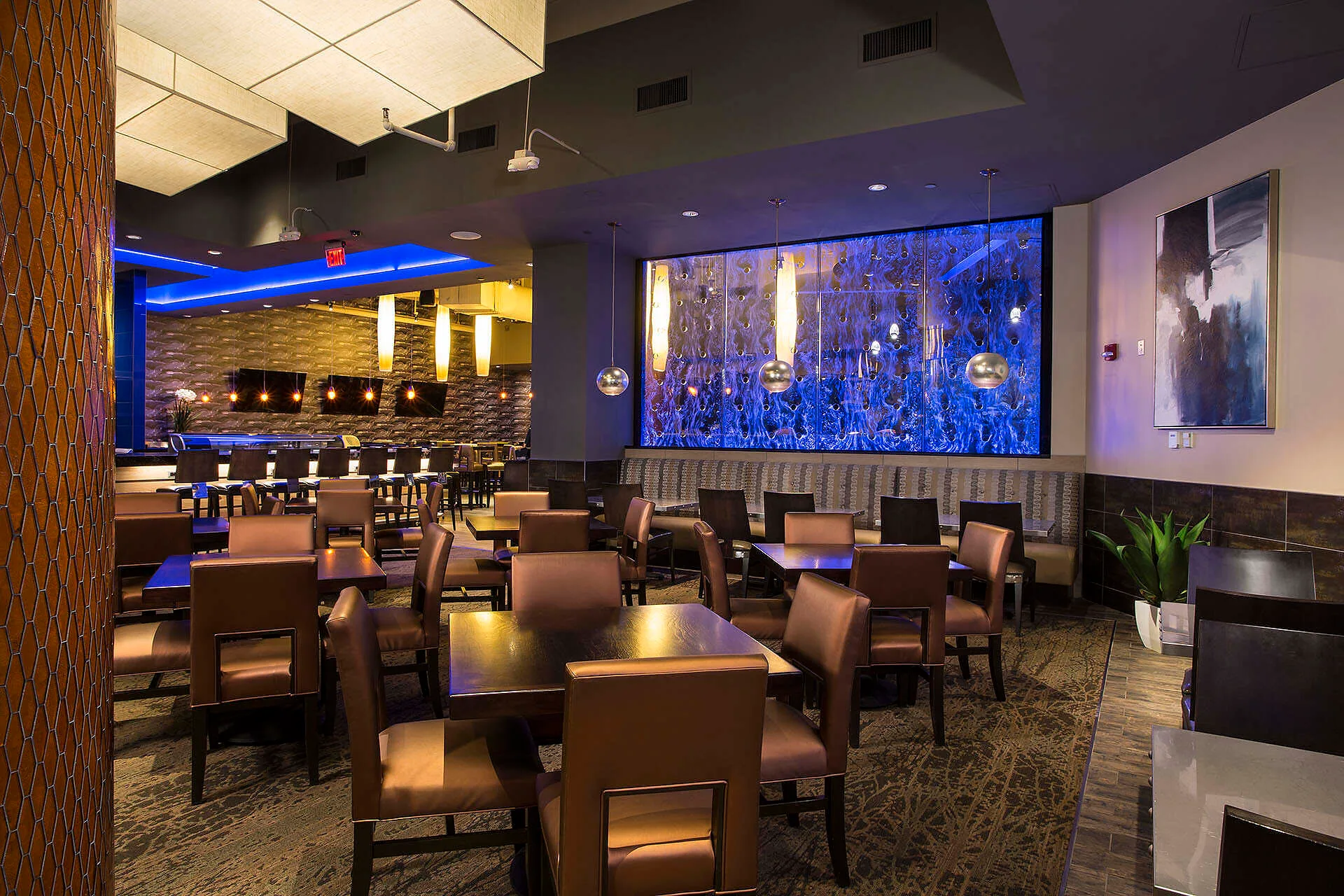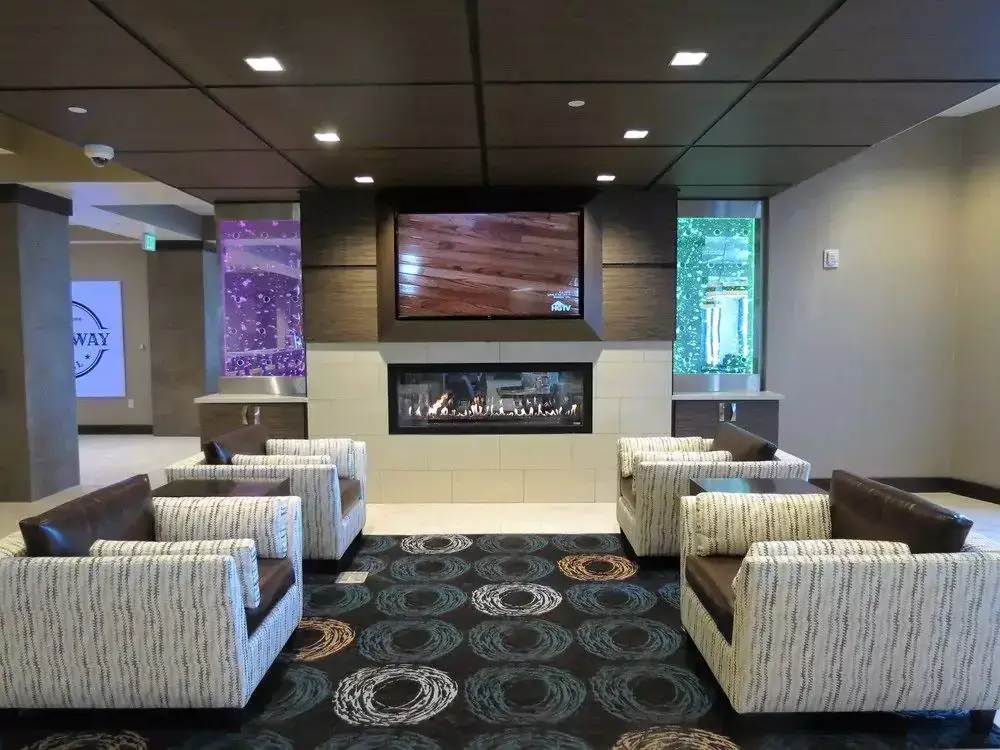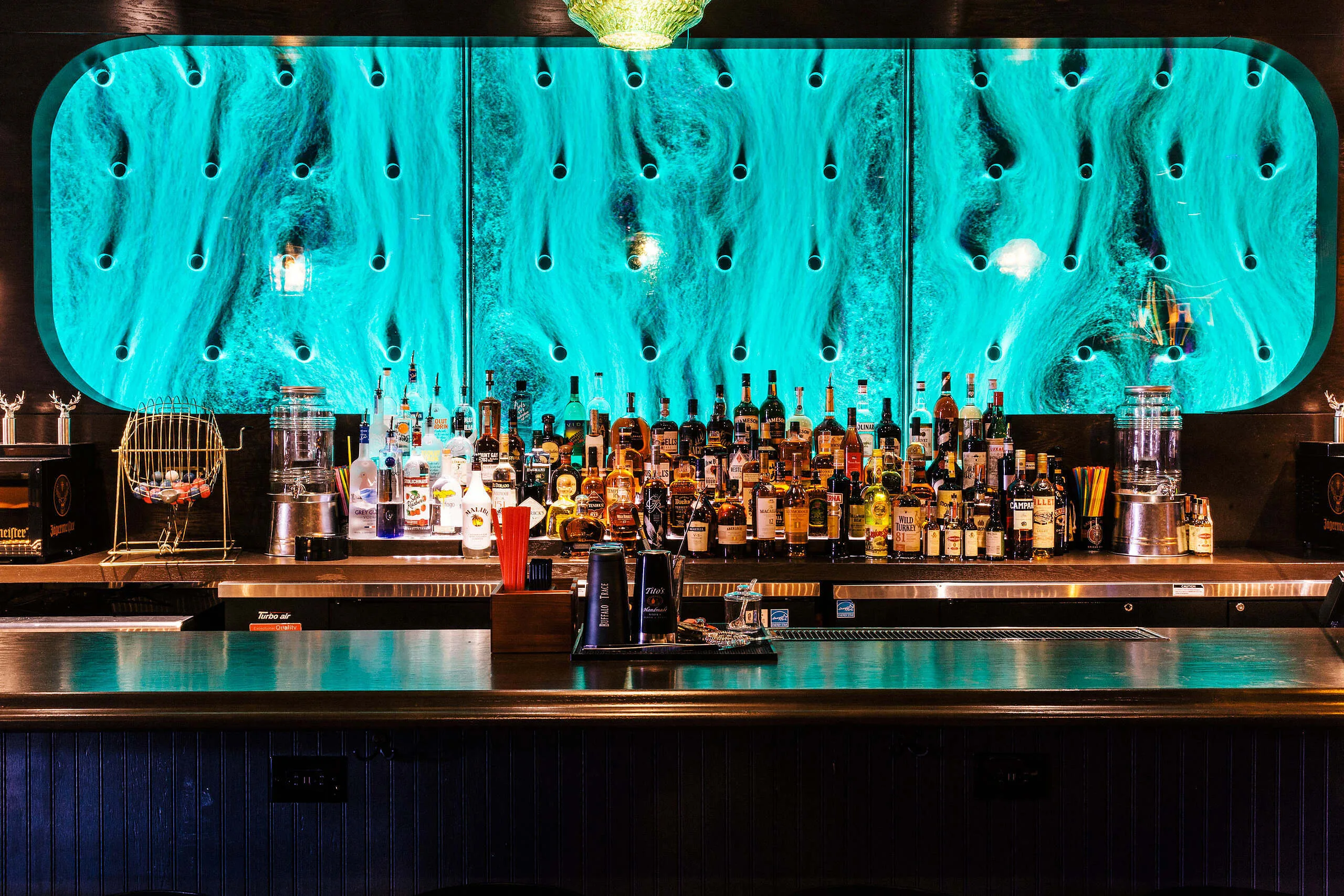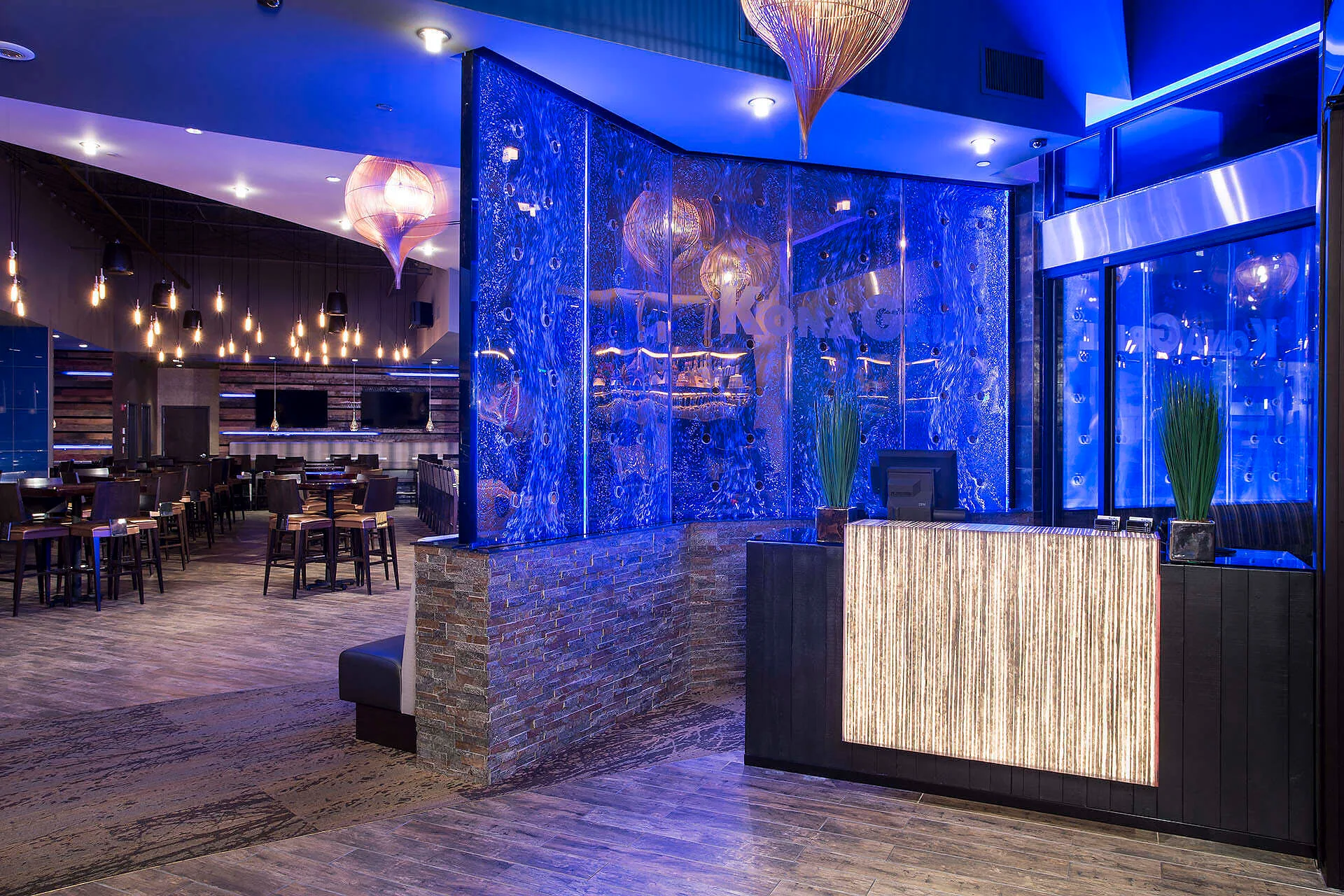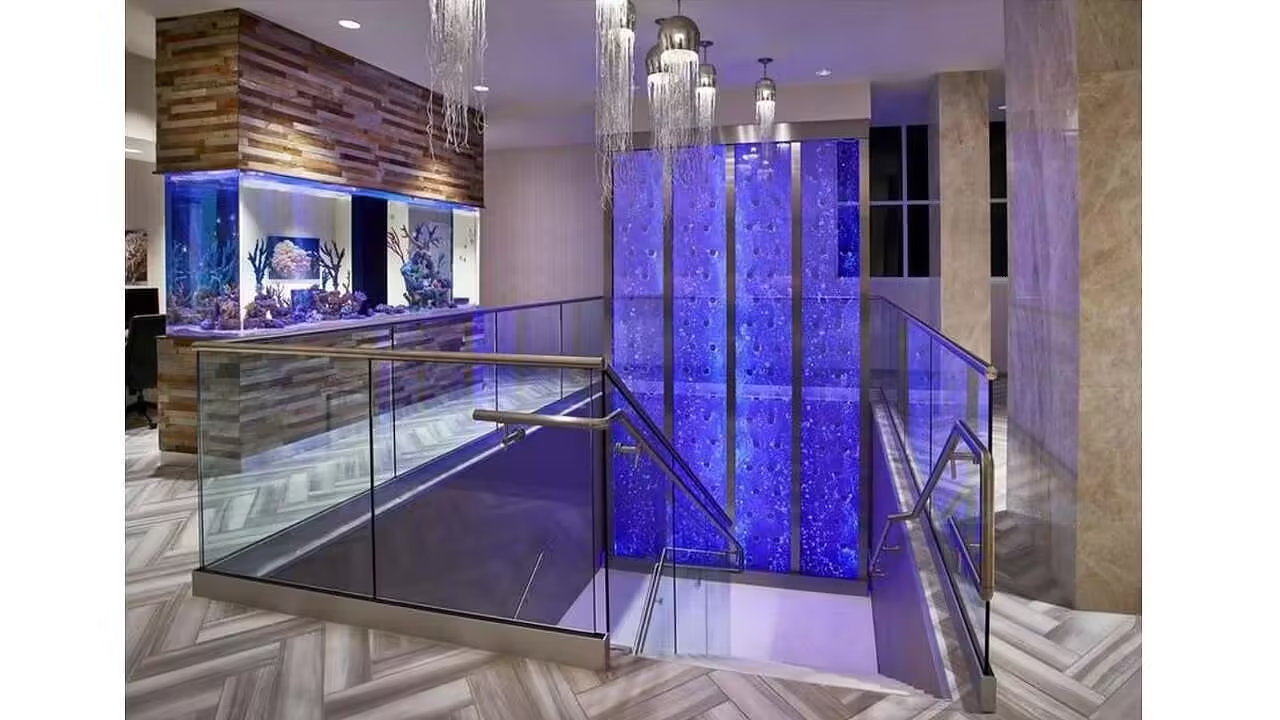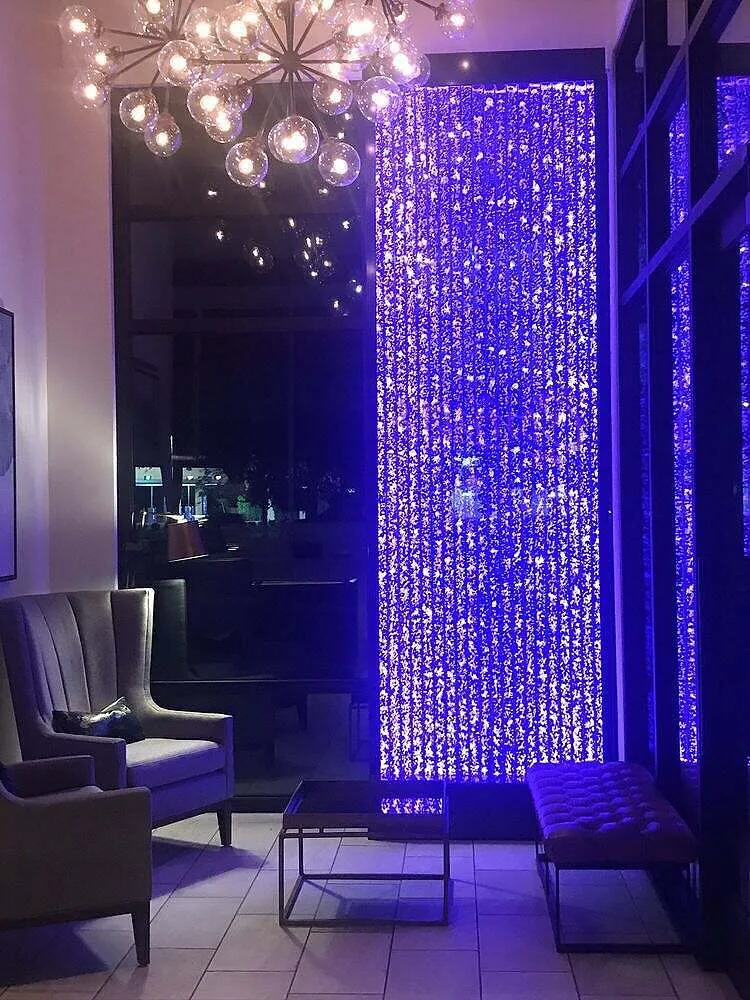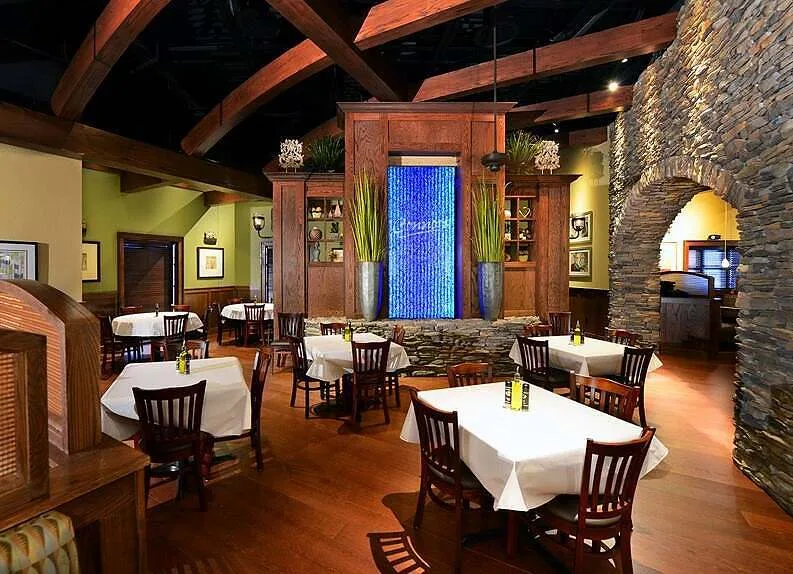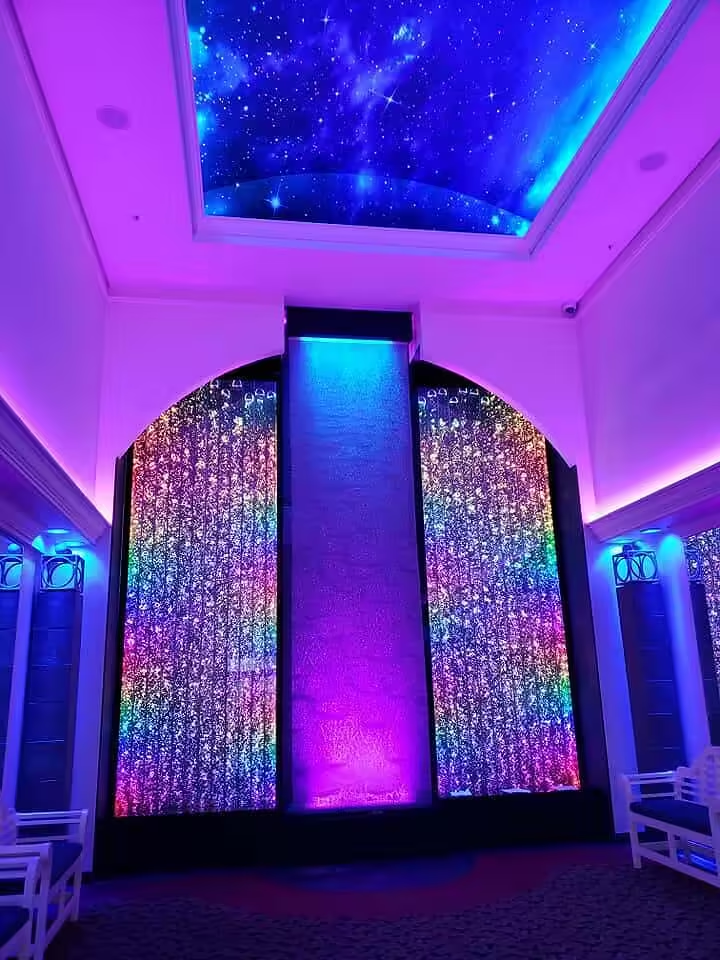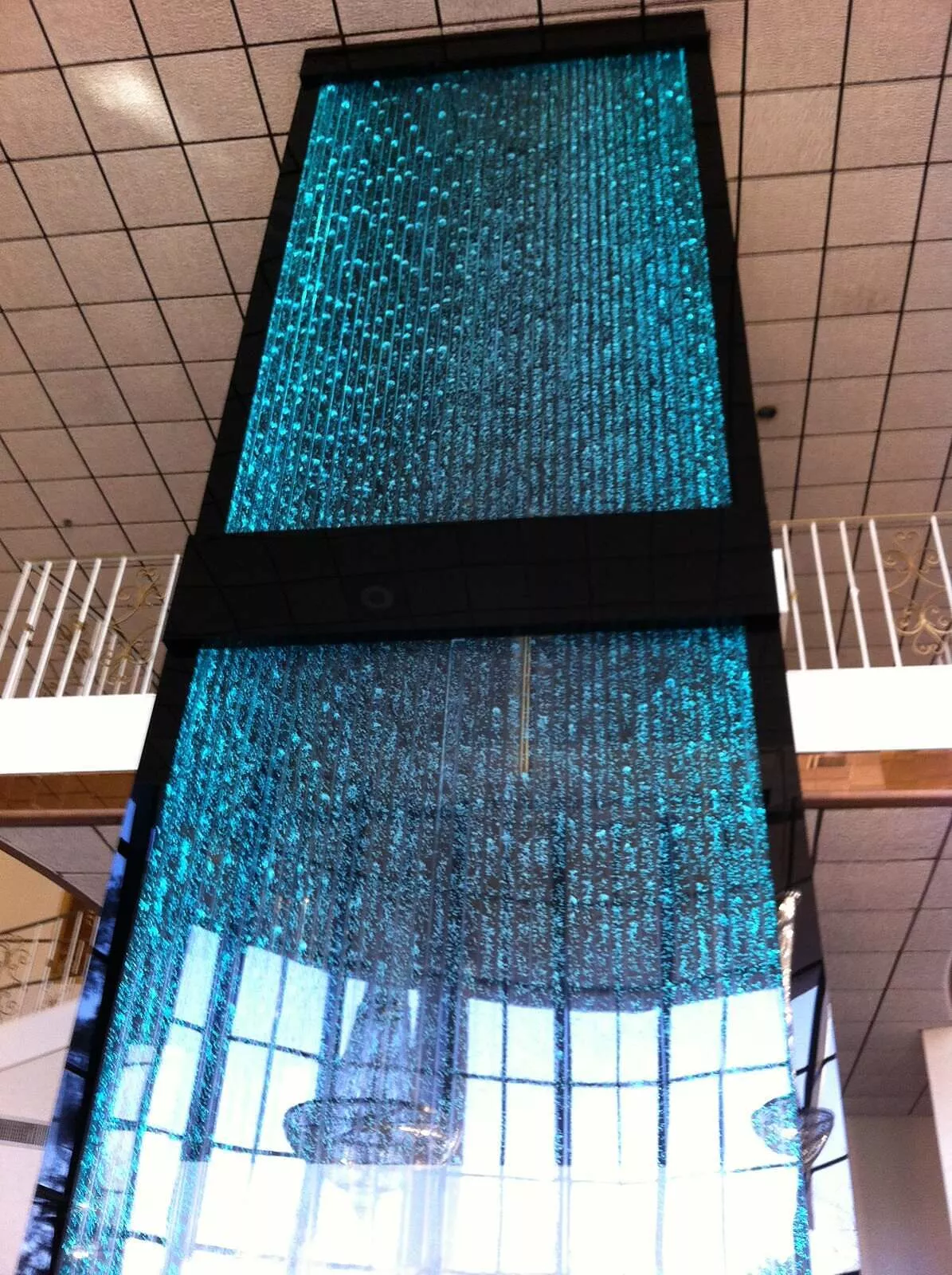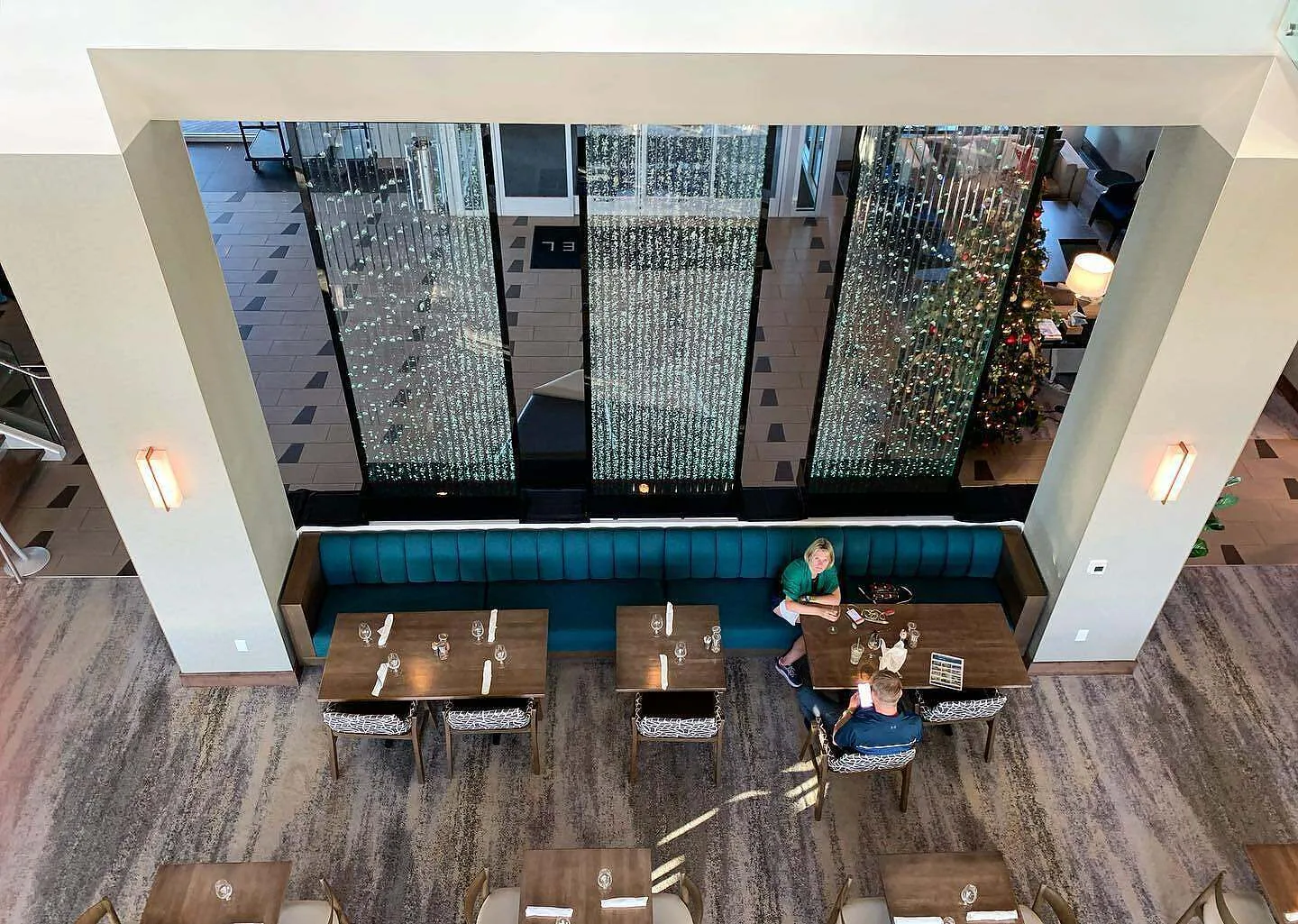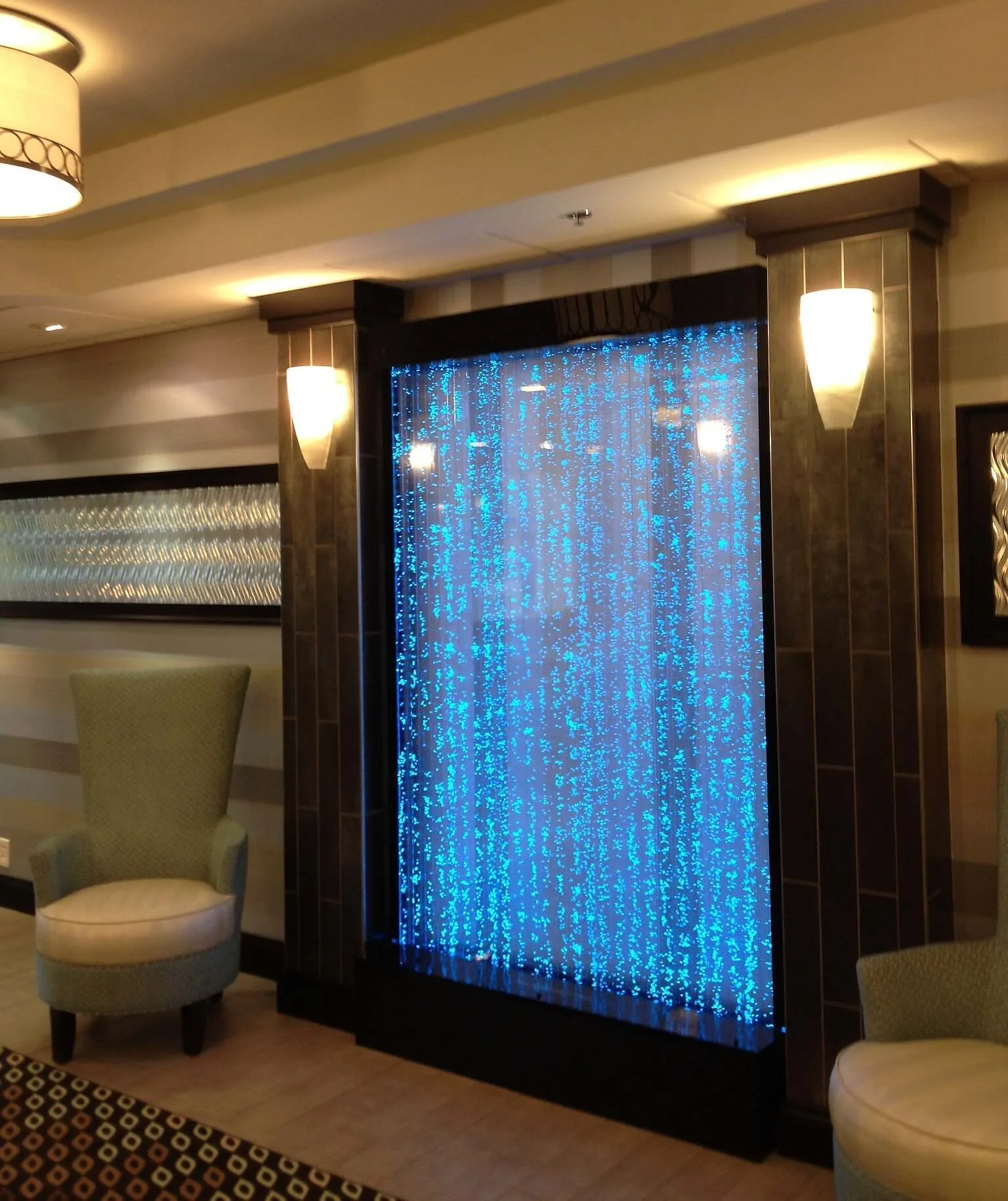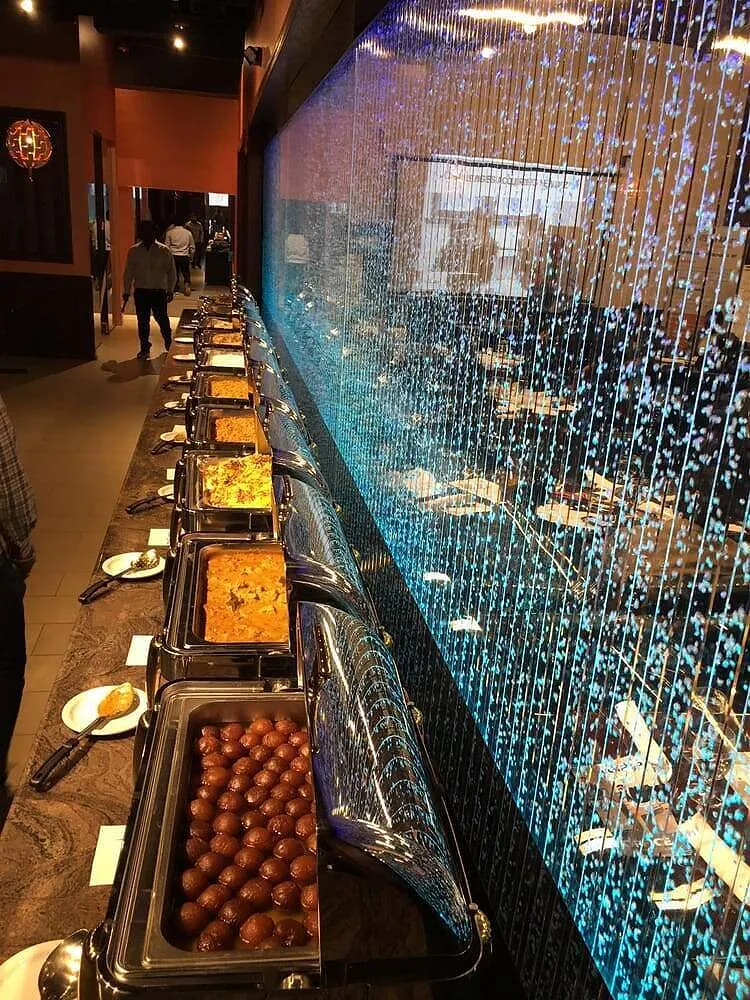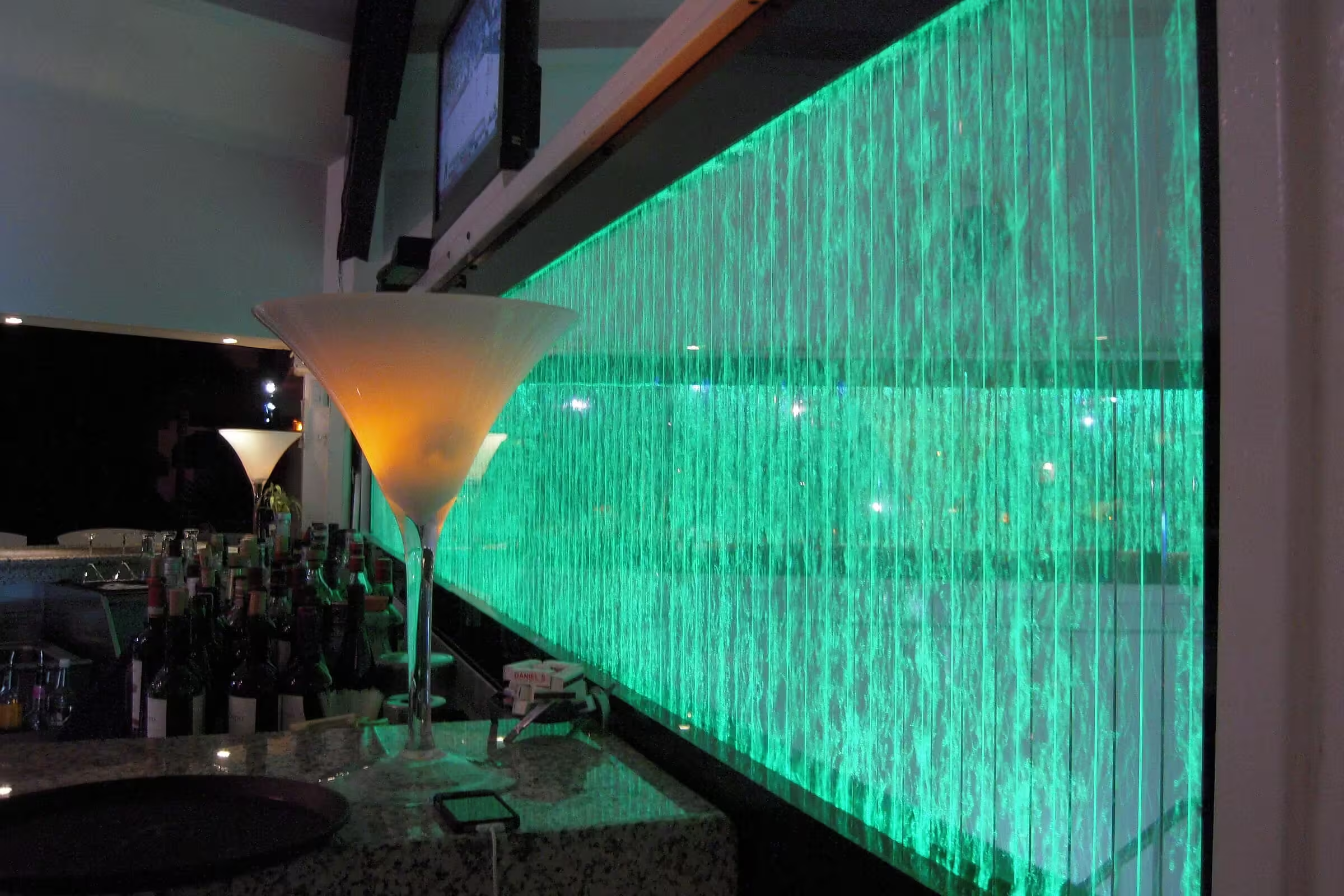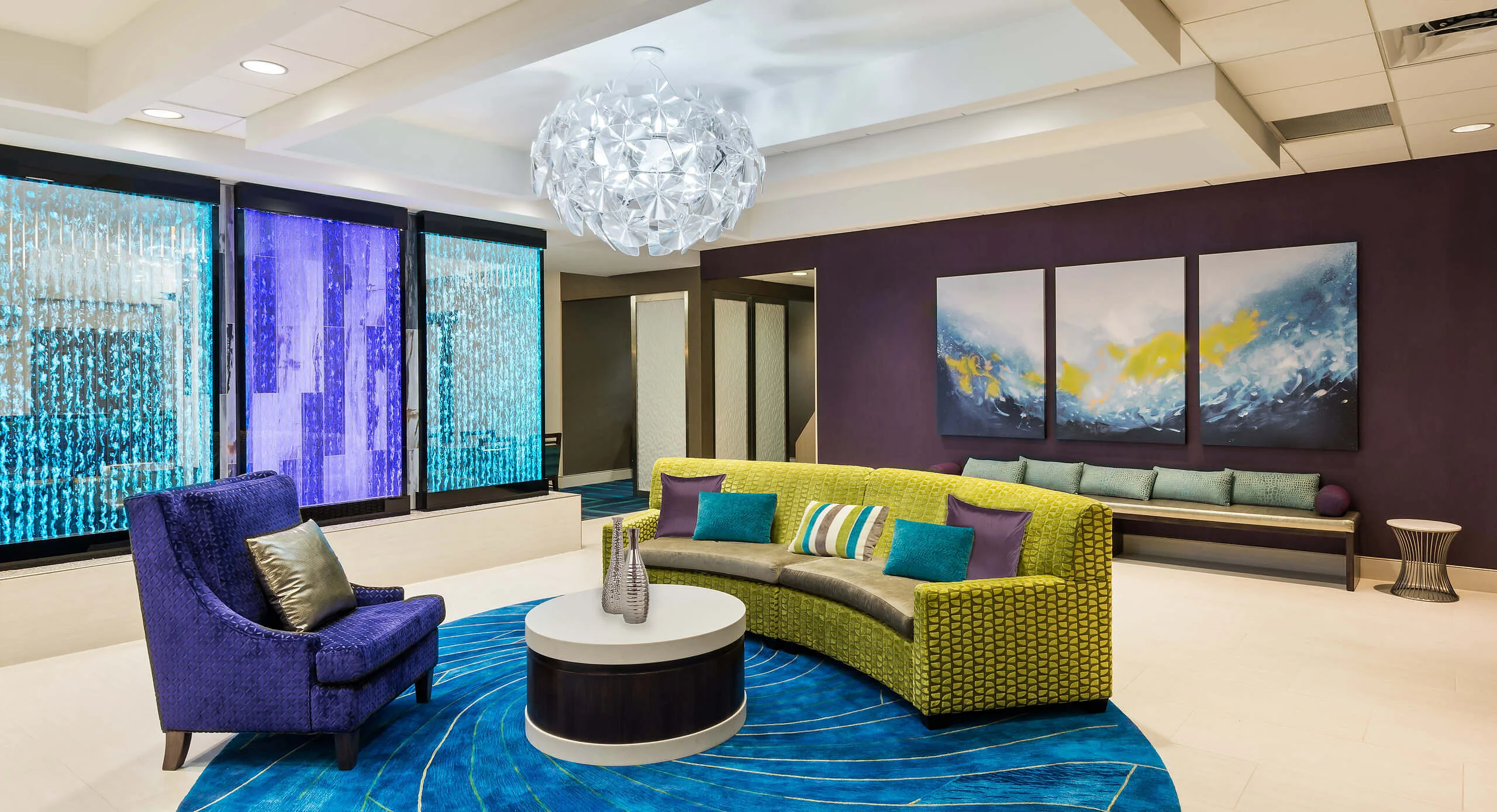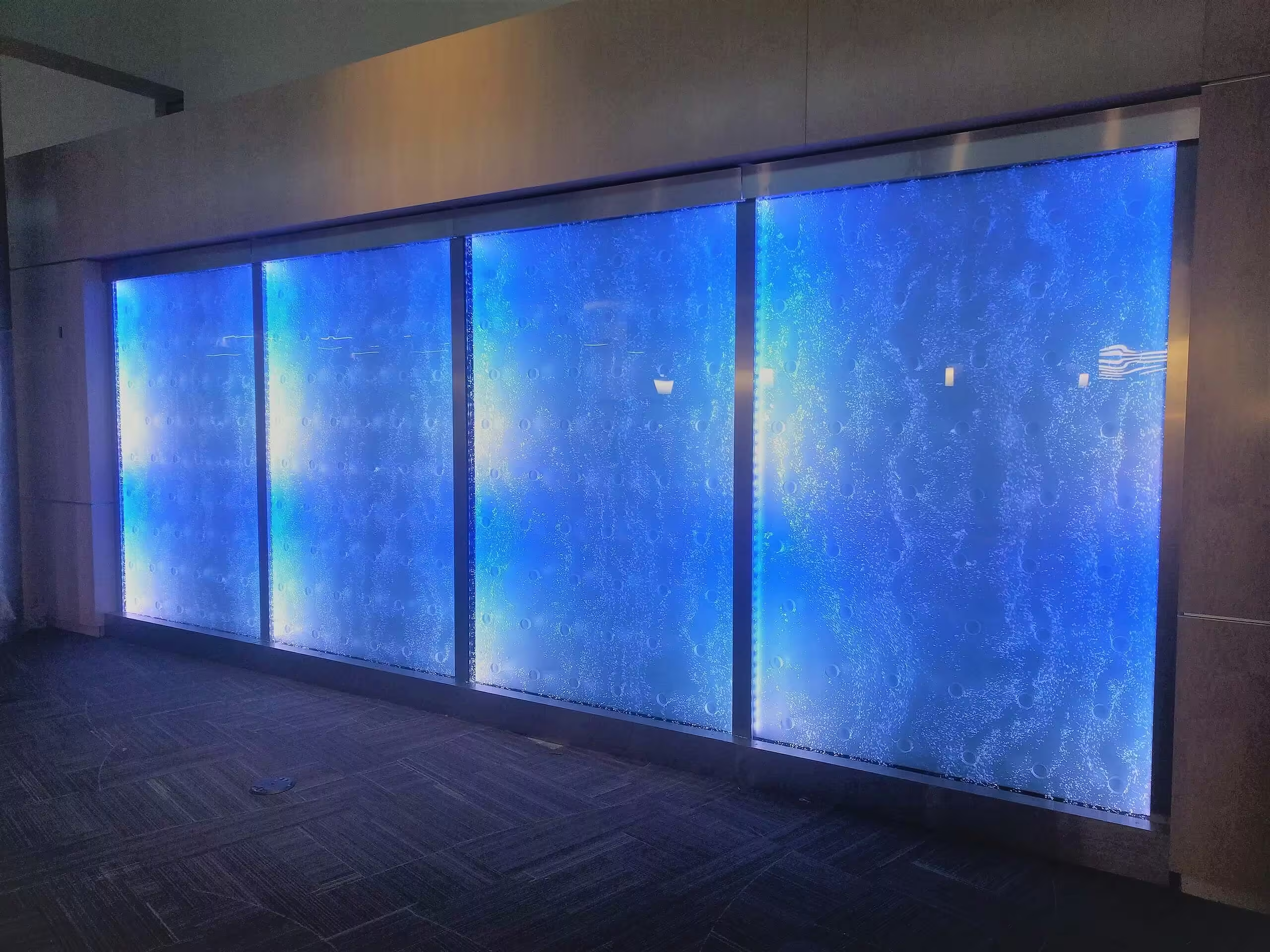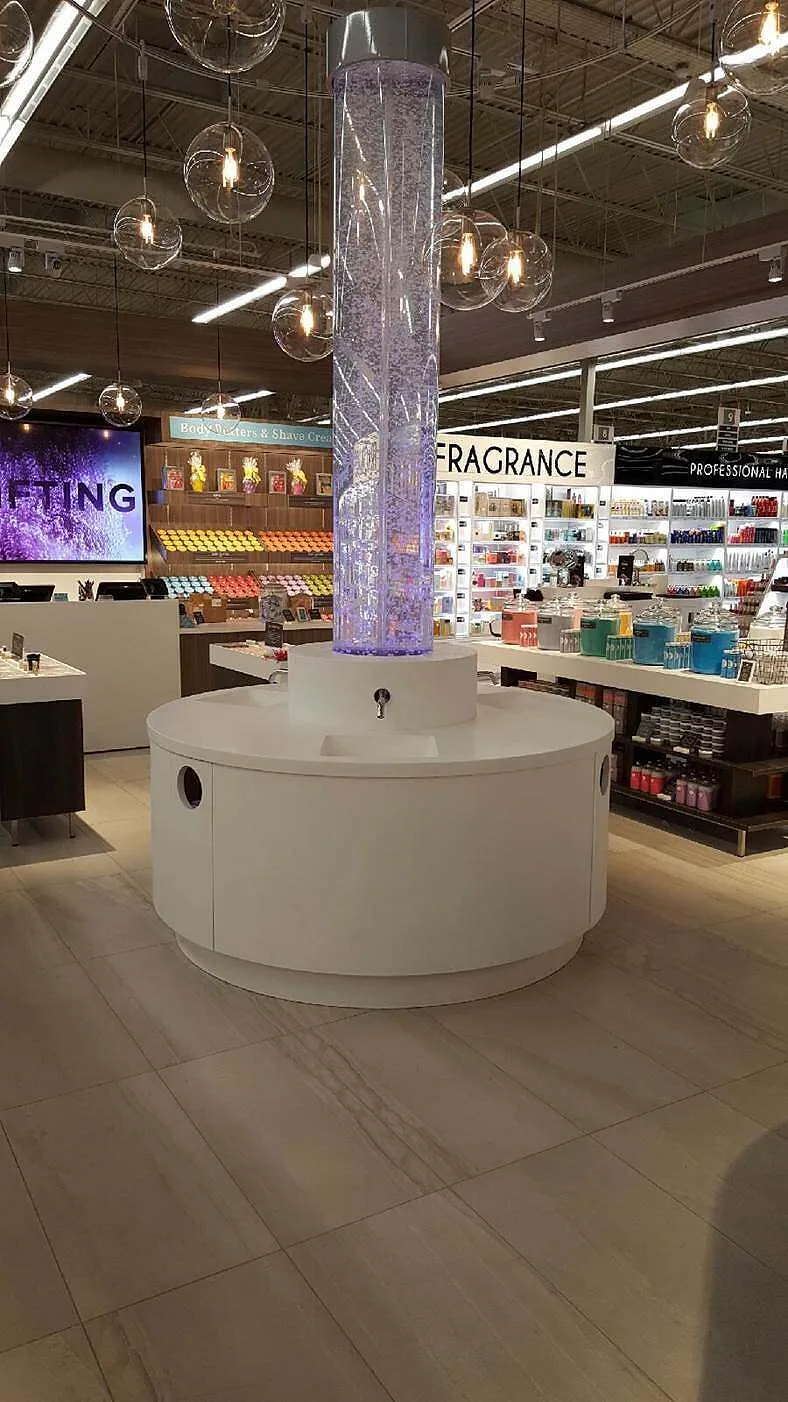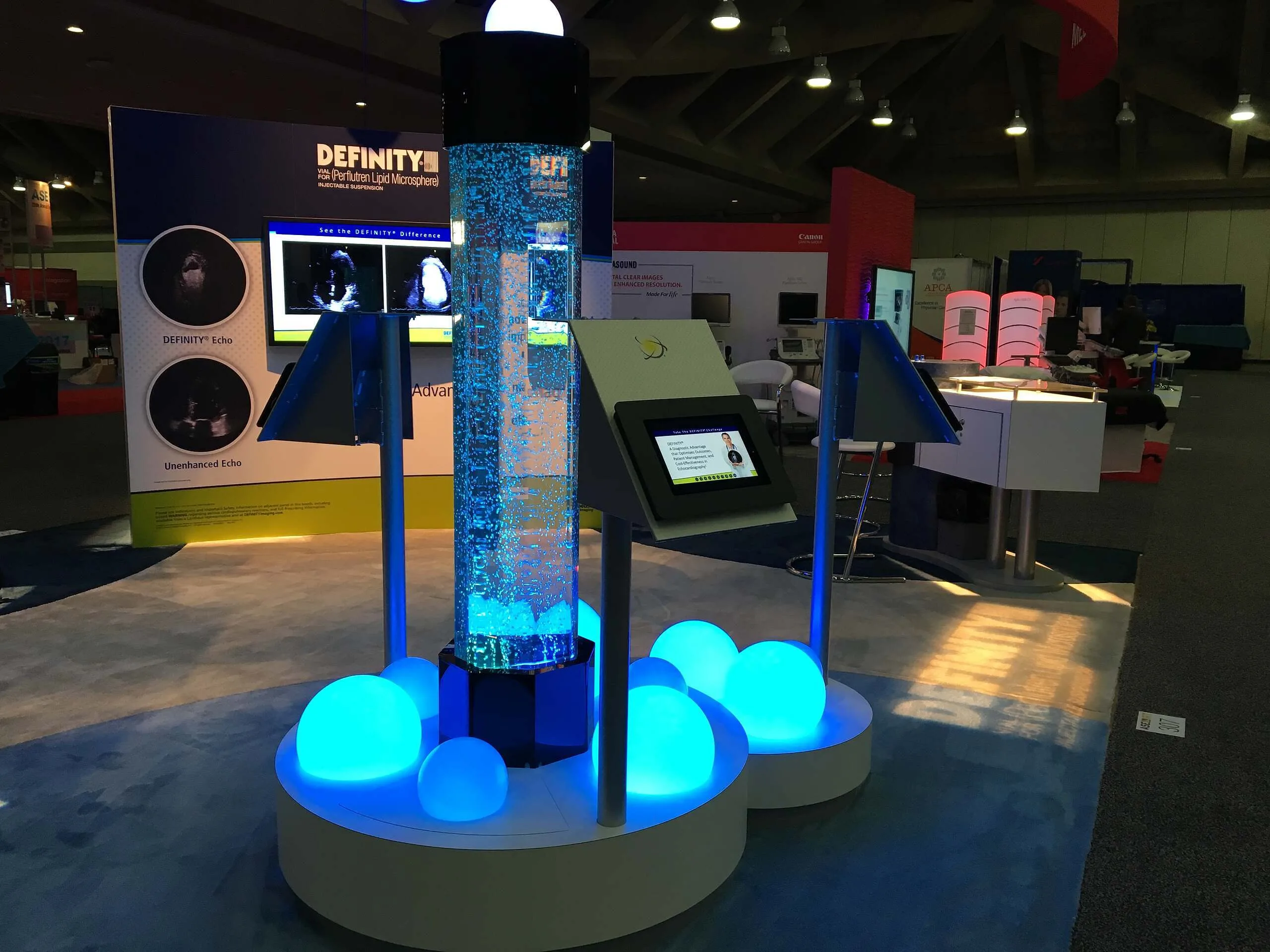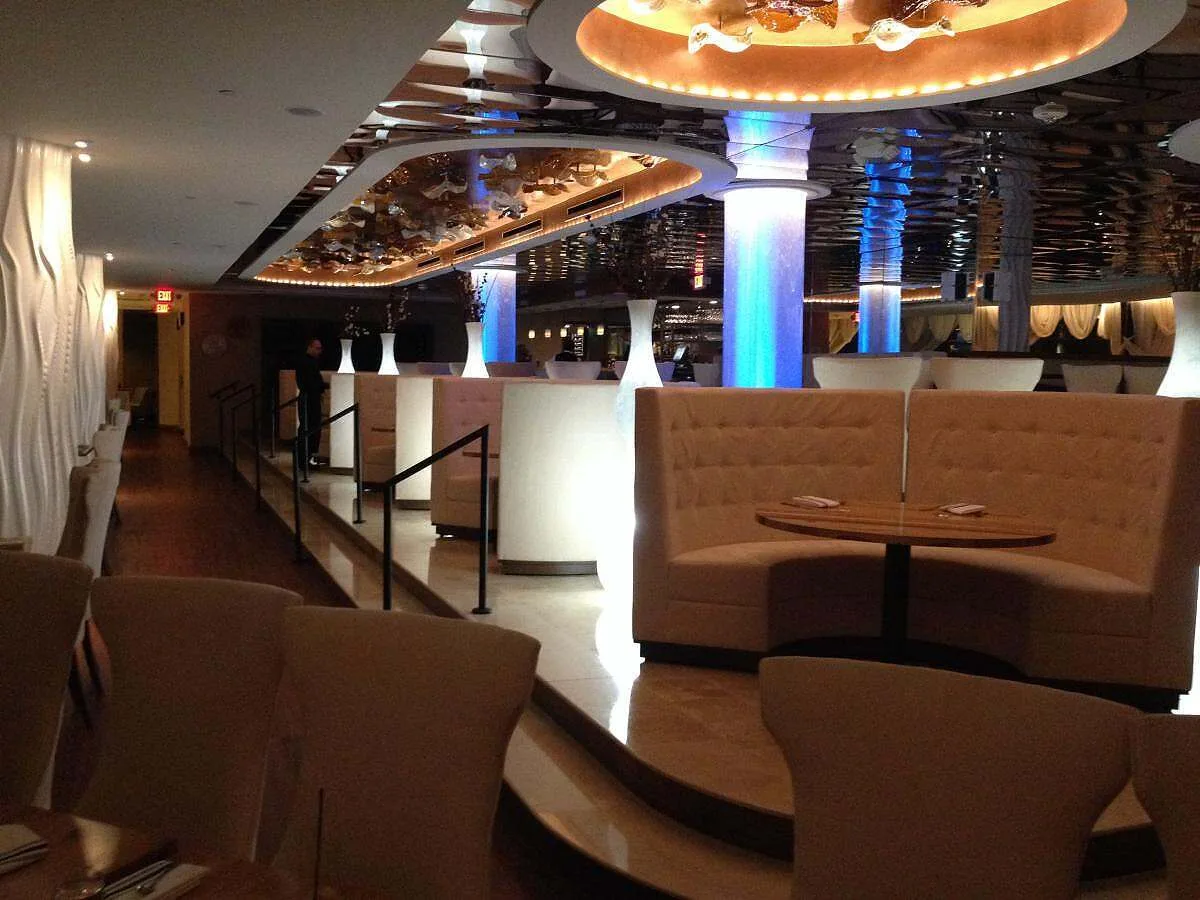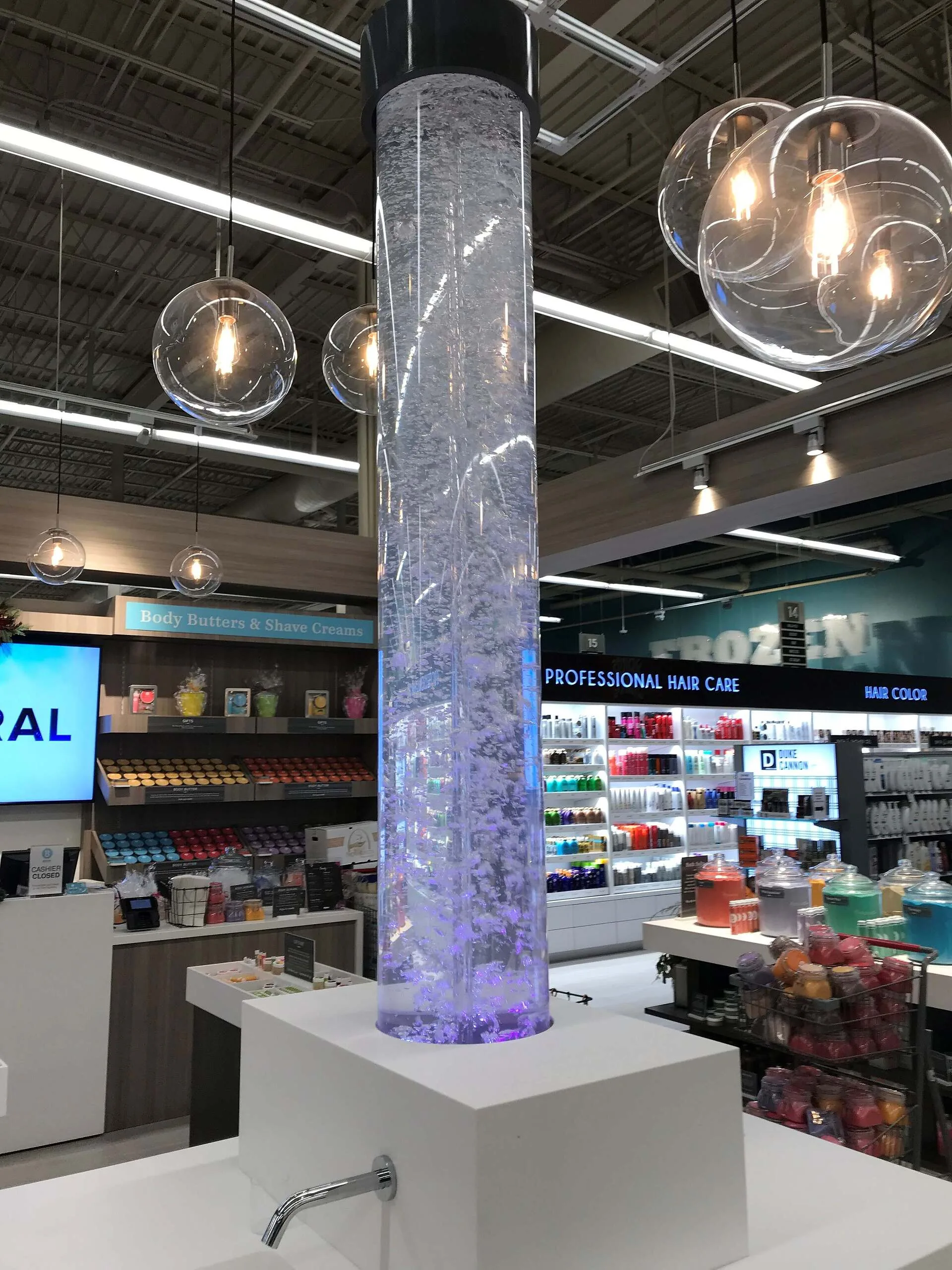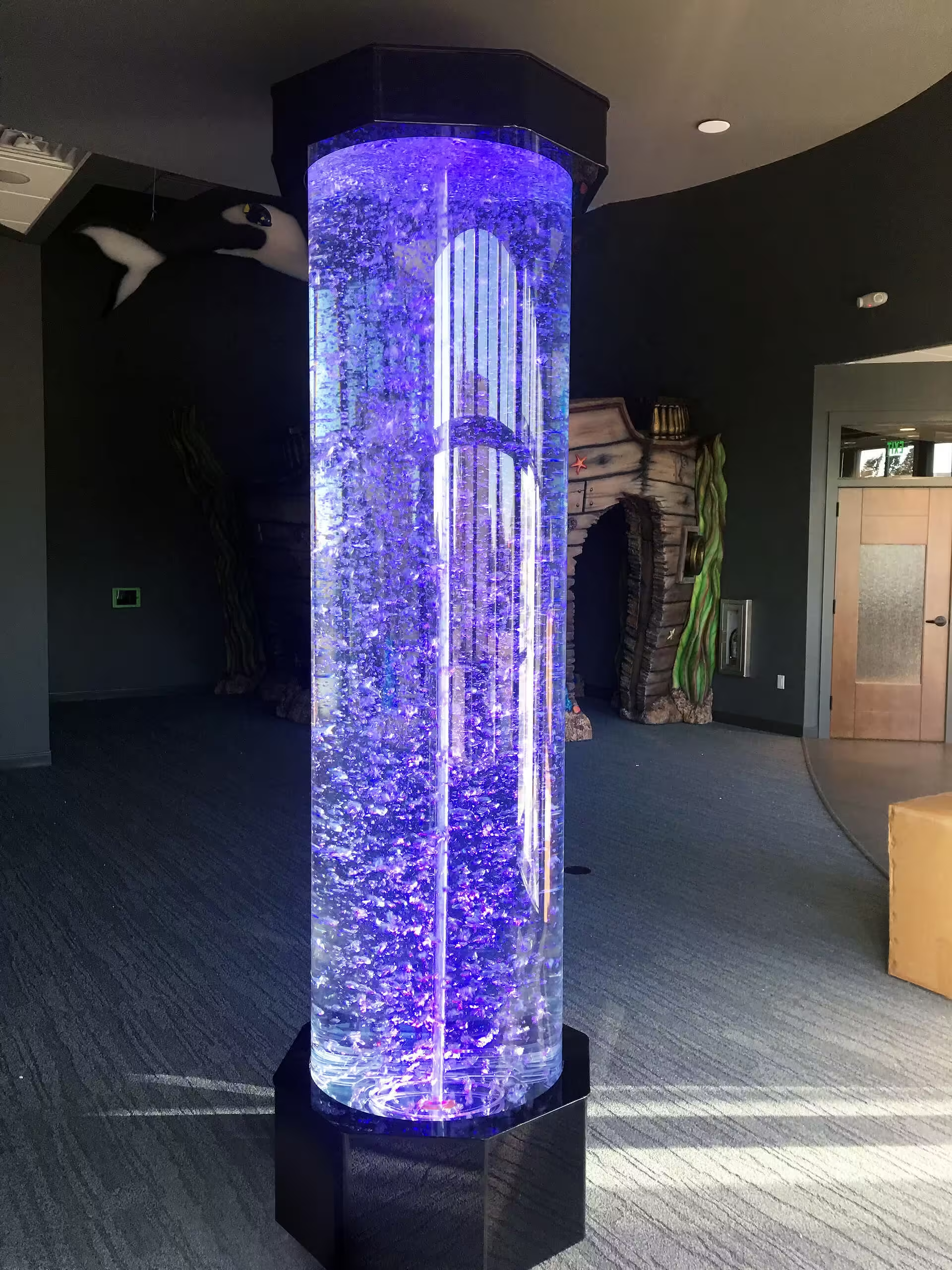Create Your Own Oasis: Indoor Waterfall Fountain Guide
Imagine stepping into your home, office, or business and being greeted by the gentle sound of cascading water flowing down a custom water wall, instantly transforming your space into a tranquil haven. An indoor waterfall or glass waterfall not only enhances the aesthetic appeal of your space but also introduces a calming ambiance that promotes relaxation and well-being. Why settle for ordinary decor when you can create your own natural retreat with a stunning rain glass water wall or a sleek, modern design framed in stainless steel? Midwest Tropical custom water features can incorporate what your vision is for your space. Our custom built water walls are hand crafted with the best commercial grade materials and a wide array of options to choose from. Our state of the art manufacturing facility can offer glass water walls, mirror glass water walls, bronze coated mirror glass water walls, as well a reflection pool that can hold glass water walls.
Crafting your own indoor water fountain is an exciting project that combines creativity with functionality. Whether you choose a minimalist indoor water wall or a dramatic, illuminated design, the process is simpler than it seems. By following step-by-step guides, you can select materials like tempered glass, stainless steel frames, and efficient LED lighting to design a feature that suits your style. The soothing sound of flowing water will not only elevate your interior design but also serve as a natural humidifier and stress reliever.
From smaller floor designs to large-scale installations, the possibilities are endless. A rain glass water wall with LED lighting can create a mesmerizing visual effect, while a stainless steel-framed glass waterfall exudes modern elegance. Whether you’re an experienced enthusiast or just starting out, a water wall offers an opportunity to personalize your space while enjoying the therapeutic benefits of cascading water.
What to Consider When Designing Your Water Wall
When designing a custom indoor waterfall, the choice of materials is critical for durability, aesthetics, and functionality. Here are some of the best materials to consider:
Materials for an Indoor Waterfall
1. Glass
– Rain Glass or Clear Glass: Glass is a popular choice for indoor water walls and glass waterfalls due to its sleek, modern appearance. Rain glass adds texture and diffuses light beautifully, creating a mesmerizing effect as water cascades down.
– Tempered Glass: This type of glass is highly durable and resistant to breakage, making it ideal for safety and longevity in water features.
2. Stainless Steel
– Stainless steel is often used for the frame or basin of an indoor waterfall. It is corrosion-resistant, easy to clean, and provides a polished, contemporary look. A stainless steel frame complements glass panels perfectly and ensures structural stability.
3. Natural Stone
– Materials like slate, granite, or marble give a rustic and natural aesthetic to the waterfall. These are durable and long-lasting but can be heavy, so they require sturdy installation surfaces.
4. Fiberglass
– Lightweight yet durable, fiberglass is an excellent option for custom water walls. It can be finished to resemble stone or other textures while being easier to handle than heavier materials like concrete or stone.
Additional Considerations:
– Use waterproof paints or sealants to protect materials from water damage.
– Decorative elements like river rocks or mosaic tiles can enhance the visual appeal of your waterfall.
By combining materials like rain glass, stainless steel frames, and natural or faux stone, you can create an elegant and durable indoor waterfall tailored to your style and space requirements.
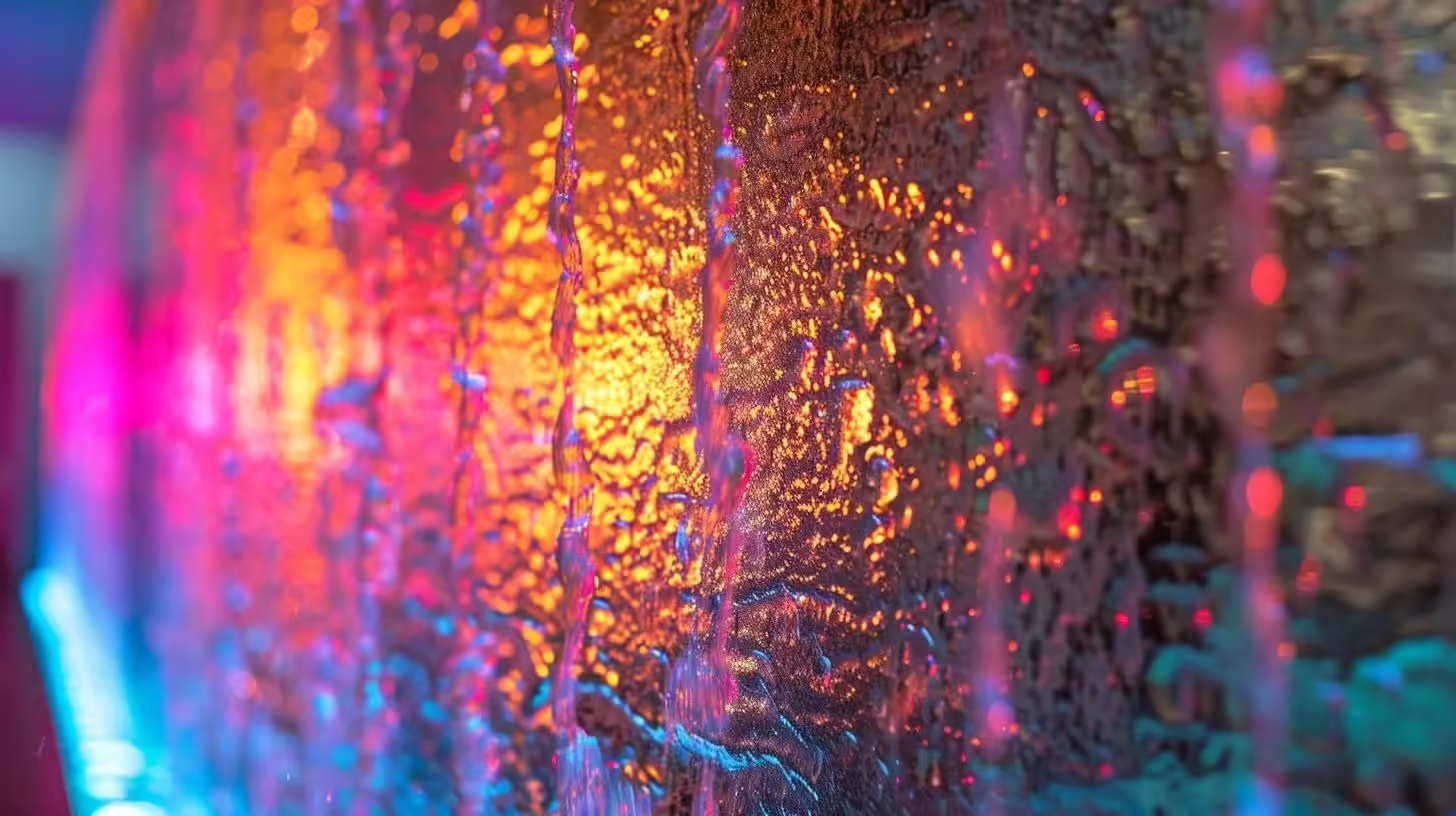
Unique Lighting Options
Incorporating lighting into your **indoor waterfall design** can dramatically enhance its visual appeal and create a serene ambiance. Here are some effective techniques and tips for integrating lighting into your custom water feature:
1. Submersible LED Lights
– Placement: Submersible LED lights can be installed at the base of the waterfall to illuminate the cascading water from below. This highlights the movement of water and creates a glowing effect as the light interacts with air bubbles and ripples.
– Customization: These lights come in various colors, including programmable RGB options, allowing for dynamic light shows or subtle, static illumination depending on the desired mood.
2. Uplighting
– Technique: Place lights at the bottom of the waterfall to shine upward, emphasizing textures on the surface (e.g., rain glass or natural stone) or decorative elements like sculptures.
– Effect: Uplighting creates dramatic shadows and depth, making the water feature a focal point in the room.
3. Backlighting
– Placement: Install lights behind a glass waterfall or rain glass panel to create a glowing silhouette effect. This technique works especially well with textured glass or translucent materials.
– Mood: Backlighting adds a soft, diffused glow that enhances the waterfall’s calming presence.
4. Downlighting
– Technique: Position lights above the waterfall to simulate natural moonlight or ambient lighting. This approach works well if your design includes overhanging elements like a canopy or ceiling structure.
– Subtlety: Downlighting creates an elegant and understated look without overpowering the water feature.
5. Flexible LED Strips
– Application: Use flexible neon LED strips to outline specific features of your indoor waterfall, such as the edges of a stainless steel frame or along the basin.
– Highlighting Movement: Position these strips where water meets horizontal surfaces to accentuate flow and movement to create unique water displays.
6. Dynamic Lighting Effects
– Programmable LEDs: Incorporate dynamic lighting that changes color, intensity, or pattern over time for a captivating display. This can be synchronized with sound or music for added impact.
– Interactive Features: Motion sensors can trigger light sequences as someone approaches, adding an engaging and modern touch.
7. Color Temperature and Mood
– Use warm white lights (2700K–3000K) for a cozy, inviting atmosphere or cool white lights (4000K–5000K) for a crisp, modern look. RGB LEDs allow you to experiment with vibrant colors for playful or seasonal themes.
8. Waterproof Fixtures
– Ensure all fixtures are waterproof with high IP ratings to prevent damage and ensure safety in wet environments. Submersible fixtures should also be easy to maintain and clean periodically to avoid algae buildup.
Tips for Success:
– Plan Early: Incorporate lighting into your design from the beginning to ensure proper wiring and fixture placement.
– Experiment: Test light angles and positions during installation to achieve the desired effects, as water bends light in unpredictable ways.
– Balance Light and Shadow: Avoid over-lighting by balancing illuminated areas with darker spaces for a more natural and sophisticated appearance.
By combining techniques like uplighting, backlighting, and programmable LEDs with thoughtful placement, your indoor waterfall can become an illuminated masterpiece that transforms your space into a serene oasis.
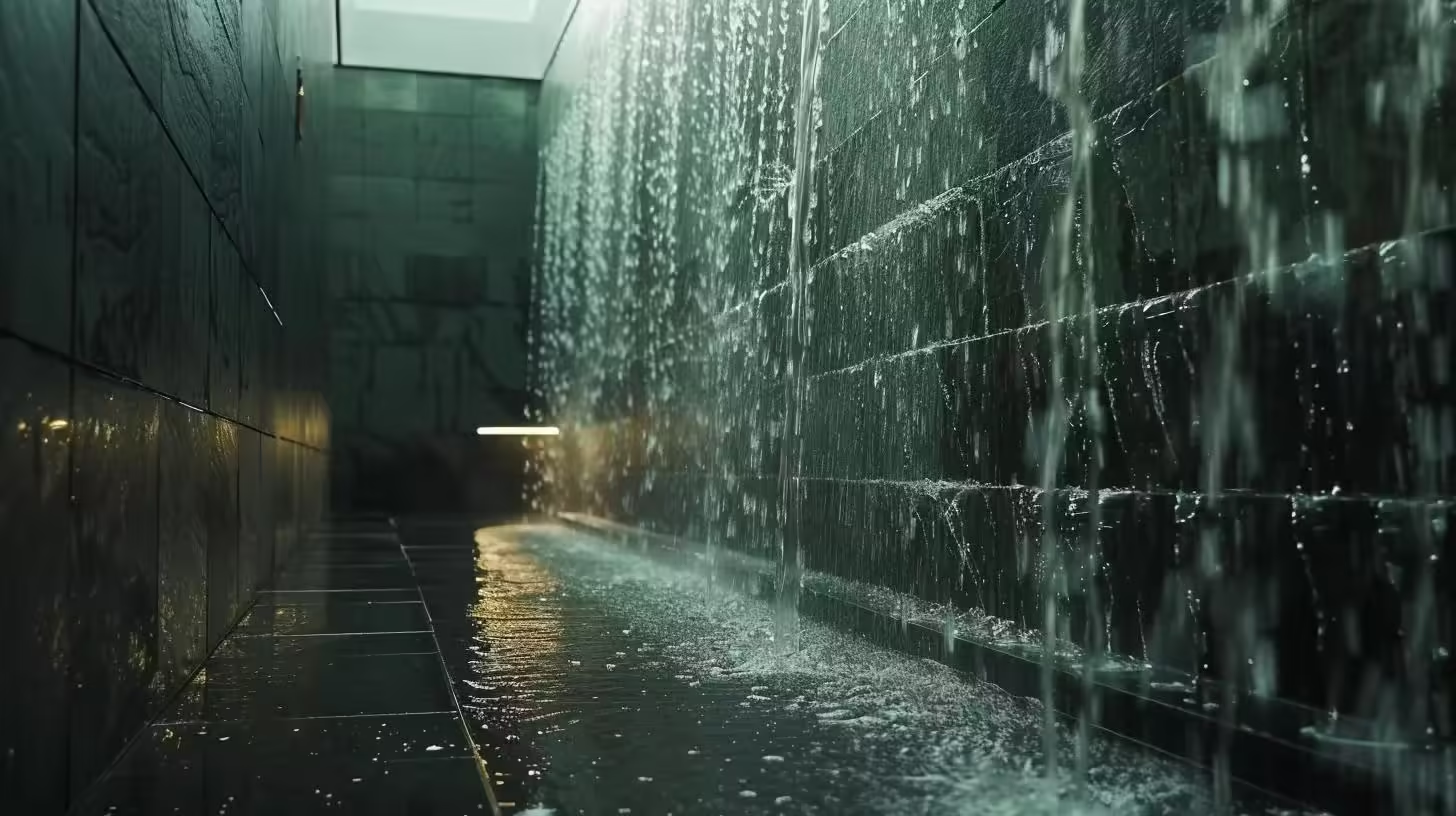
Adjusting Natural Water Wall Sounds
To soundproof an indoor waterfall fountain, you can address both the mechanical noise (from the pump and vibrations) and the water sound (from splashing or cascading). Below are the best strategies:
1. Minimize Pump Noise
– Use Anti-Vibration Pads: Place rubber or foam pads beneath the pump to absorb vibrations and prevent them from transferring to the base or surrounding surfaces. Soft silicone hoses can also reduce vibration transmission through plumbing connections.
– Isolate the Pump: Build a small, insulated box around the pump using materials like rock wool, high-density rubber, or foam. Ensure it is waterproof and allows for proper ventilation to avoid overheating.
– Regular Maintenance: Clean the pump regularly to prevent debris buildup, which can cause it to work harder and produce more noise.
2. Reduce Splashing Sounds
– Adjust Water Flow: Lower the water pressure or flow rate to reduce splashing noise. A bypass valve can help regulate water flow without overworking the pump.
– Use Porous Materials: Add rocks, gravel, or vegetation at the base of the waterfall to absorb impact noise from falling water. These materials diffuse sound and create a quieter flow.
– Widen Water Flow: Design a broader cascade or use textured surfaces like rain glass panels to slow down water movement, reducing sharp splashing sounds.
3. Soundproof Surrounding Structures
– Add Mass and Insulation: Use dense materials like concrete or wood for the frame and line it with acoustic insulation (e.g., rock wool or foam) to dampen sound transmission.
– Soft Backdrops: Install sound-absorbing materials (e.g., felt panels, curtains, or acoustic tiles) near the fountain to minimize echo and reverberation in the room.
4. Optimize Placement
– Elevate Off Hard Floors: Place the fountain on a thick foam slab or carpeted surface to prevent sound from amplifying through hard flooring.
– Distance from Walls: Position the fountain away from walls that could reflect and amplify sound.
5. Enhance Waterfall Design
– Rain Glass Water Walls: Opt for textured glass panels like rain glass, which create a smooth, quieter flow compared to free-falling water.
– Stainless Steel Frames: Use stainless steel frames with rubber gaskets to reduce vibrations while maintaining structural stability and modern aesthetics. For more details, you can visit our page on stainless steel water features.
By combining these techniques—such as isolating the pump, using porous materials for splash reduction, and incorporating acoustic insulation—you can significantly reduce unwanted noise while maintaining the soothing ambiance of your indoor waterfall fountain.

Using Technology to Enhance a Glass Waterfall
Technology can significantly enhance the experience of a glass waterfall, transforming it into an interactive, visually stunning, and functional centerpiece. Here are some innovative ways to integrate technology:
Interactive Features
1. Digital Water Curtains: Use programmable nozzles to create dynamic patterns, shapes, or even text on the falling water. These curtains can display personalized messages, logos, or choreographed designs synchronized with music and lighting through DMX controllers.
2. Mobile App Integration: Develop apps to control water flow, lighting effects, or display patterns remotely. Users can customize their experience by adjusting settings via smartphones or tablets.
3. Touchless Interaction: Incorporate sensors that detect movement and allow users to “conduct” the waterfall by controlling its flow or lighting with gestures.
Lighting Enhancements
1. Responsive LED Lighting: Embed LEDs within or around the glass waterfall that change colors or intensity based on sound, movement, or time of day. This creates a dynamic visual effect that evolves with the environment.
2. Projection Mapping: Use 3D projection mapping to display animated visuals on the glass or cascading water. This can include seasonal themes, abstract art, or interactive visuals for events.
Educational and Informative Features
1. Informational Displays: Add digital screens near the waterfall to provide information about water conservation, the water cycle, or the technology behind the feature.
2. Augmented Reality (AR): Place QR codes around the waterfall that lead to AR experiences when scanned, offering virtual tours or insights into the design and sustainability aspects of the feature.
Sustainability and Automation
1. Solar-Powered Systems: Integrate solar panels to power pumps and lighting, making the feature eco-friendly while reducing energy costs.
2. Automated Monitoring: Employ remote-controlled systems like RDM technology to monitor and adjust water flow, lighting, and maintenance needs in real-time.
Immersive Experiences
1. Soundscapes: Incorporate customizable sound systems that play ambient music or nature sounds synchronized with the water’s movement for a multisensory experience.
2. Weather-Responsive Effects: Use sensors to adjust water flow or lighting based on weather conditions (e.g., increased flow during windy days or color changes with temperature shifts).
By combining these technologies, a glass waterfall becomes more than just a decorative element—it transforms into an engaging, interactive feature that captivates visitors while promoting relaxation and sustainability.
Using Mobile Apps to Control Your Waterfall
Using mobile apps to control a glass waterfall can enhance its functionality, interactivity, and overall user experience. Here are some practical and creative ways to leverage mobile app technology:
1. Water Flow Control
– Adjust the water flow intensity (e.g., from a gentle trickle to a robust cascade) directly through the app. This allows users to customize the ambiance based on their mood or setting.
– Schedule water flow patterns throughout the day, such as a calming flow in the morning and a more dynamic cascade in the evening.
2. Lighting Customization
– Use the app to change LED lighting colors and effects, creating dynamic moods or seasonal themes. For example, warm tones for relaxation or vibrant colors for celebrations.
– Synchronize lighting with music or soundscapes for an immersive experience.
3. Interactive Features
– Enable motion-sensitive lighting or water effects that can be controlled via the app, allowing users to create unique visual patterns.
– Incorporate augmented reality (AR) features in the app to project virtual elements onto the waterfall, such as seasonal decorations or artistic designs.
4. Voice Command Integration
– Pair the app with smart home systems like Alexa, Google Assistant, or Siri to allow voice commands for controlling water flow, lighting, and other features.
5. Scheduling and Automation
– Program schedules for turning the waterfall on or off, adjusting water flow, or changing lighting effects automatically at specific times of day.
– Integrate weather-based automation where the app adjusts features (e.g., lighting or flow rate) based on local weather conditions.
6. Maintenance Alerts
– Use the app to monitor pump performance, water levels, and filter conditions. It can send alerts when maintenance is required, ensuring optimal operation.
7. Entertainment Integration
– Sync the waterfall with music through Bluetooth or Wi-Fi via the app. The water flow and lights can pulse in rhythm with the music for an engaging display.
– Add interactive games where users can “paint” patterns on the waterfall using touch controls in the app.
8. Remote Accessibility
– Control all features remotely from anywhere via Wi-Fi connectivity. This is particularly useful for business installations where owners may want to adjust settings without being on-site.
By integrating mobile apps with your glass waterfall, you can create a highly customizable, interactive feature that adapts to different needs while offering convenience and enhanced user engagement.

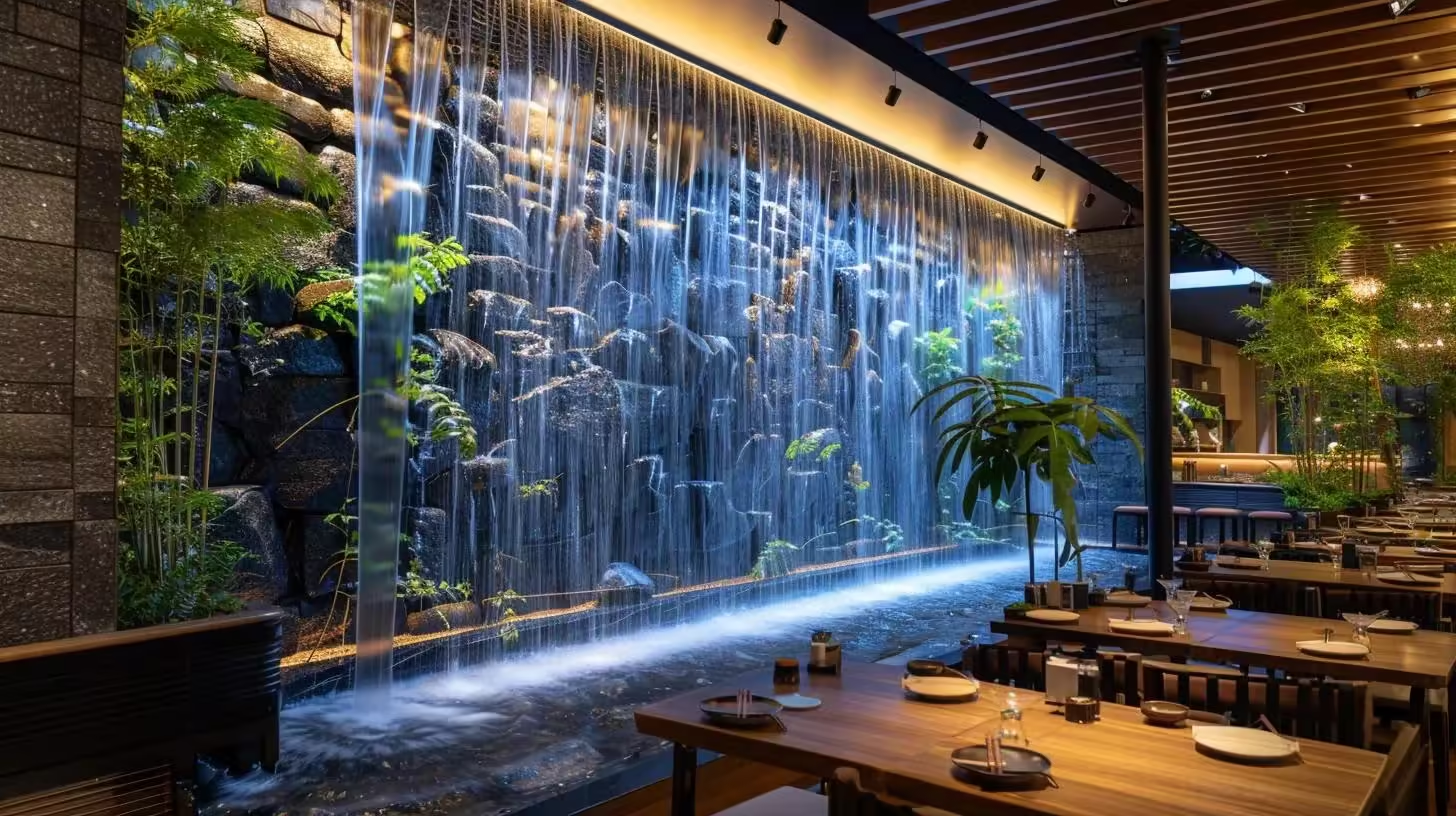
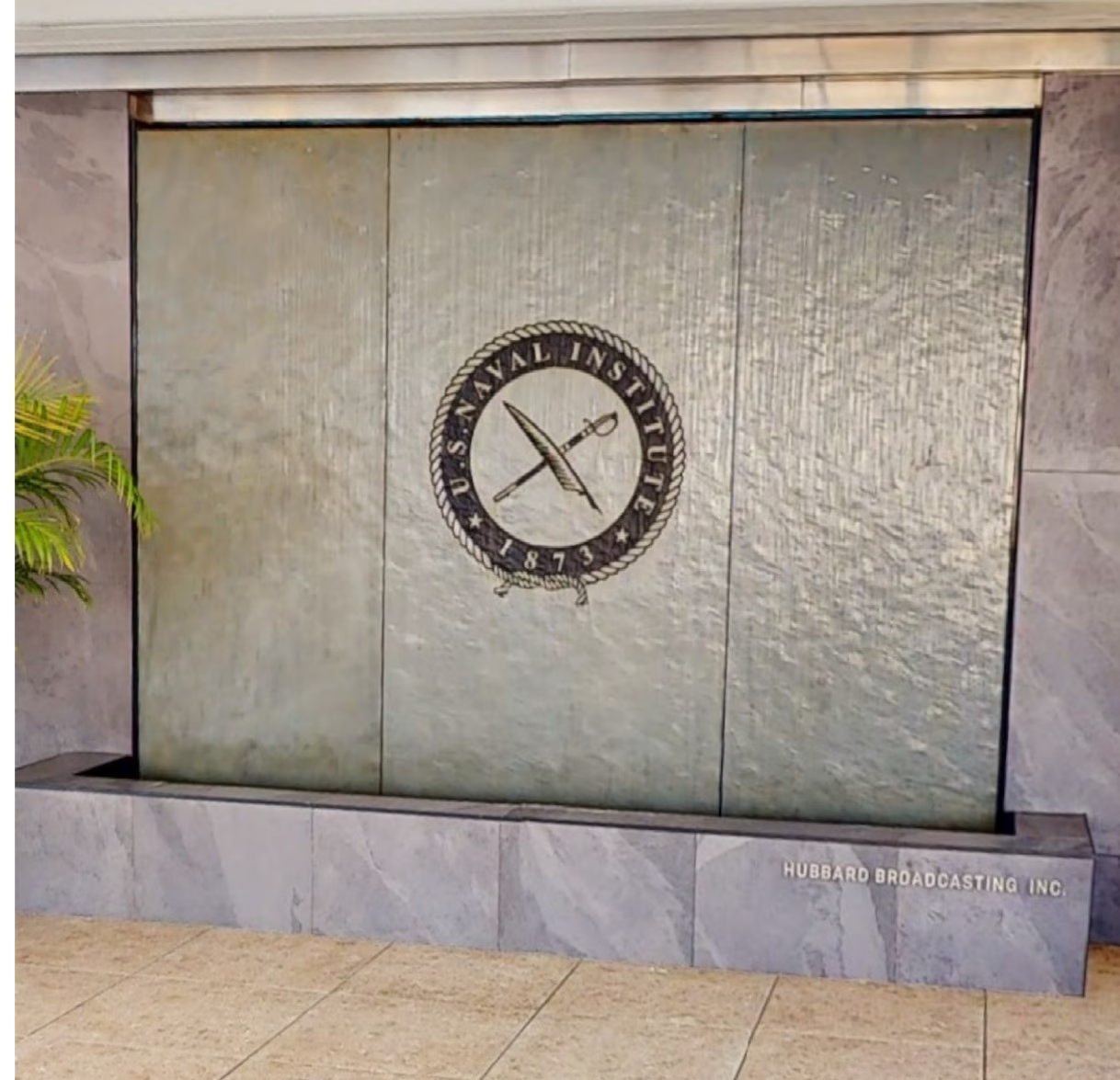
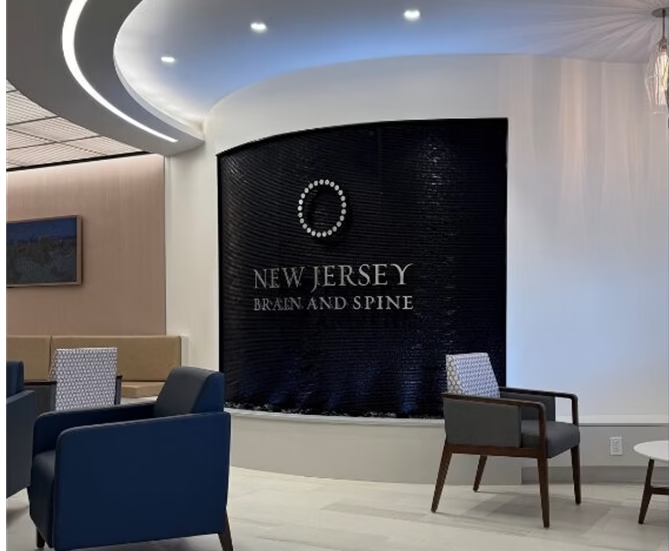
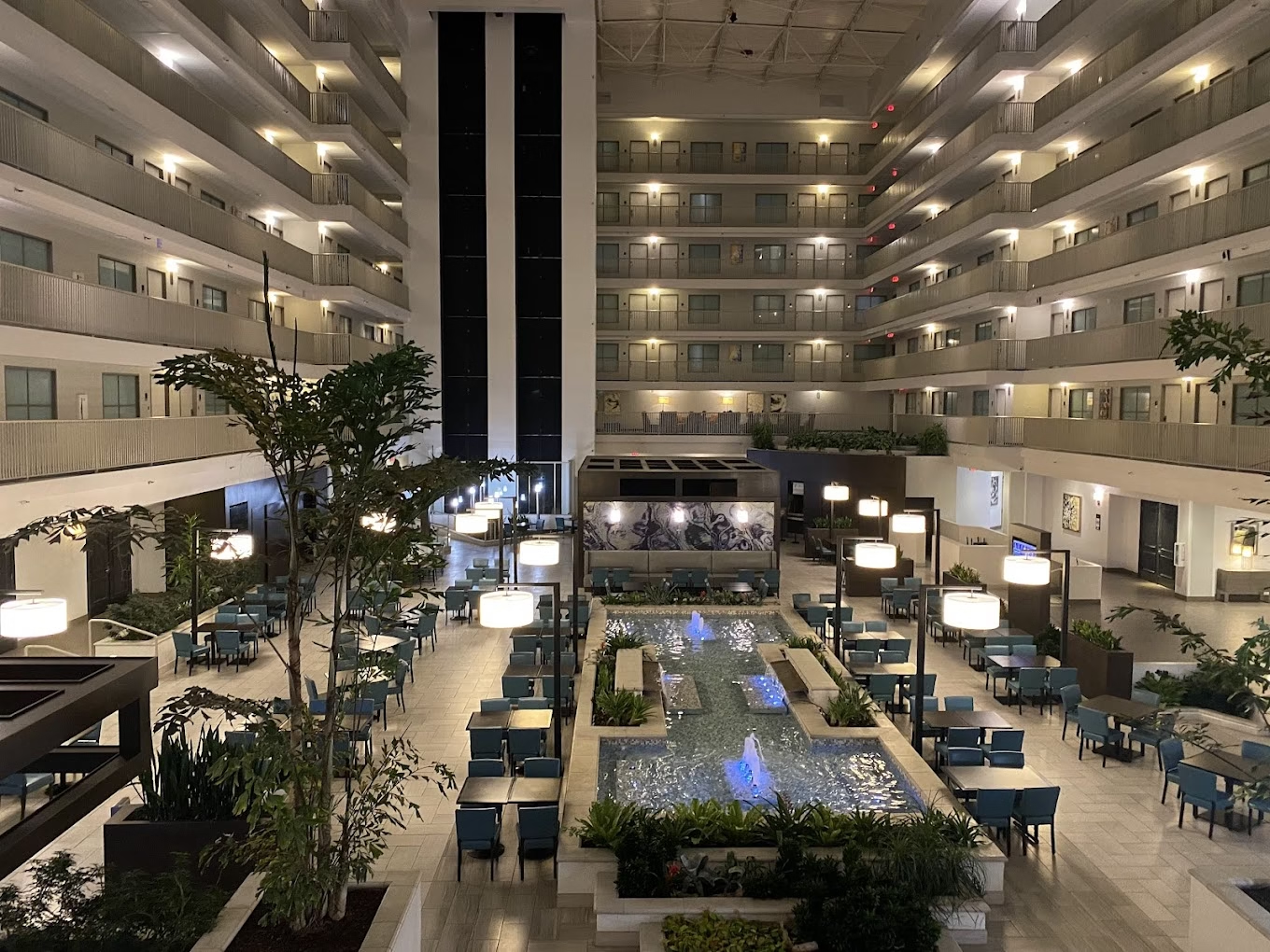
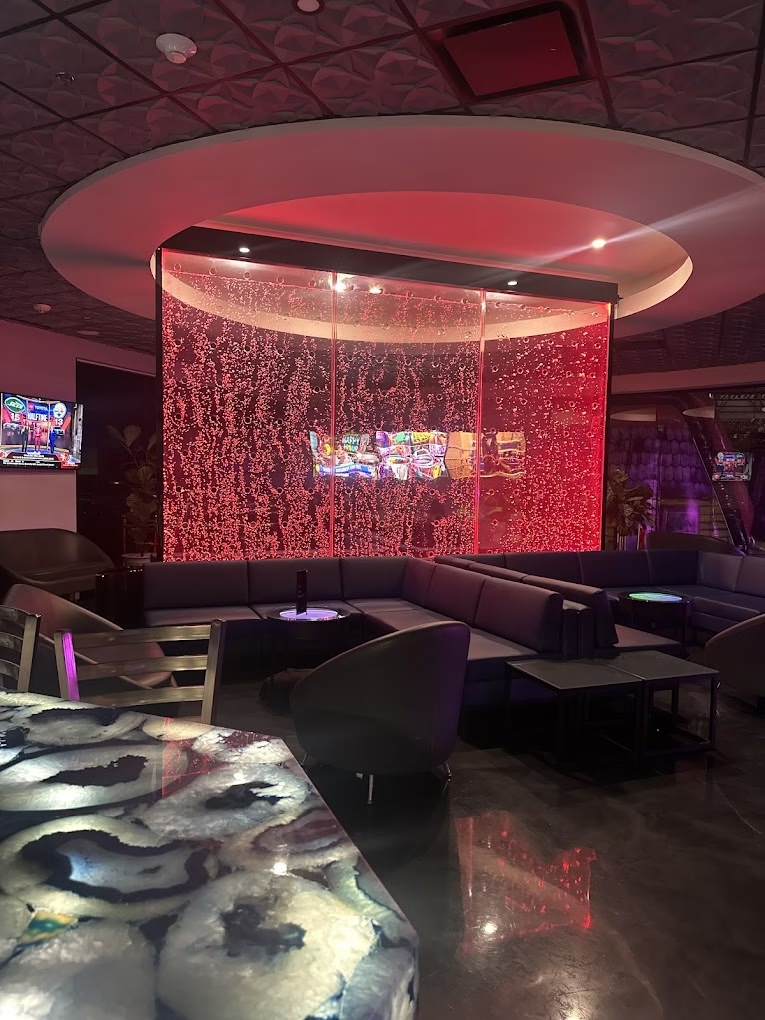
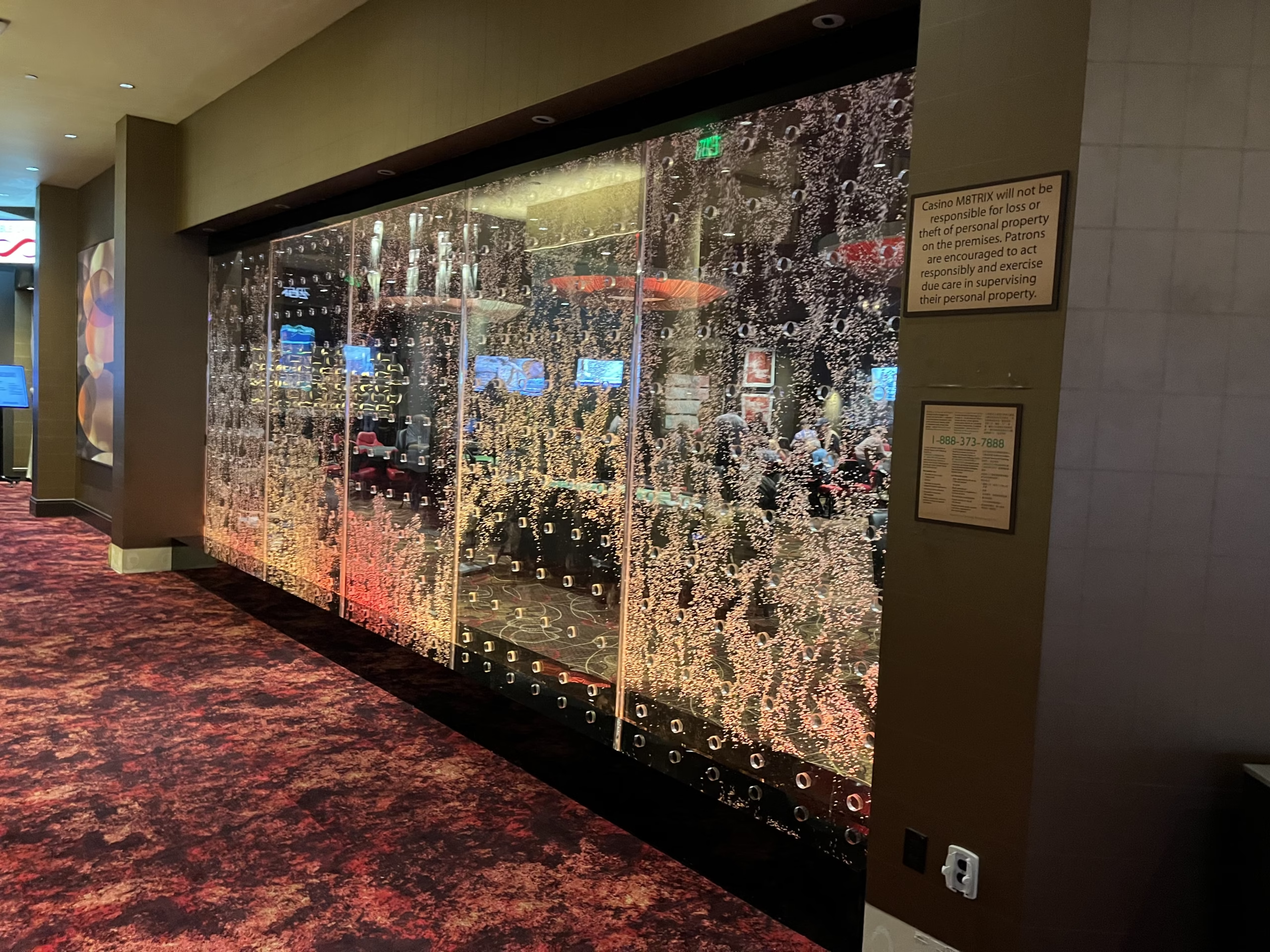
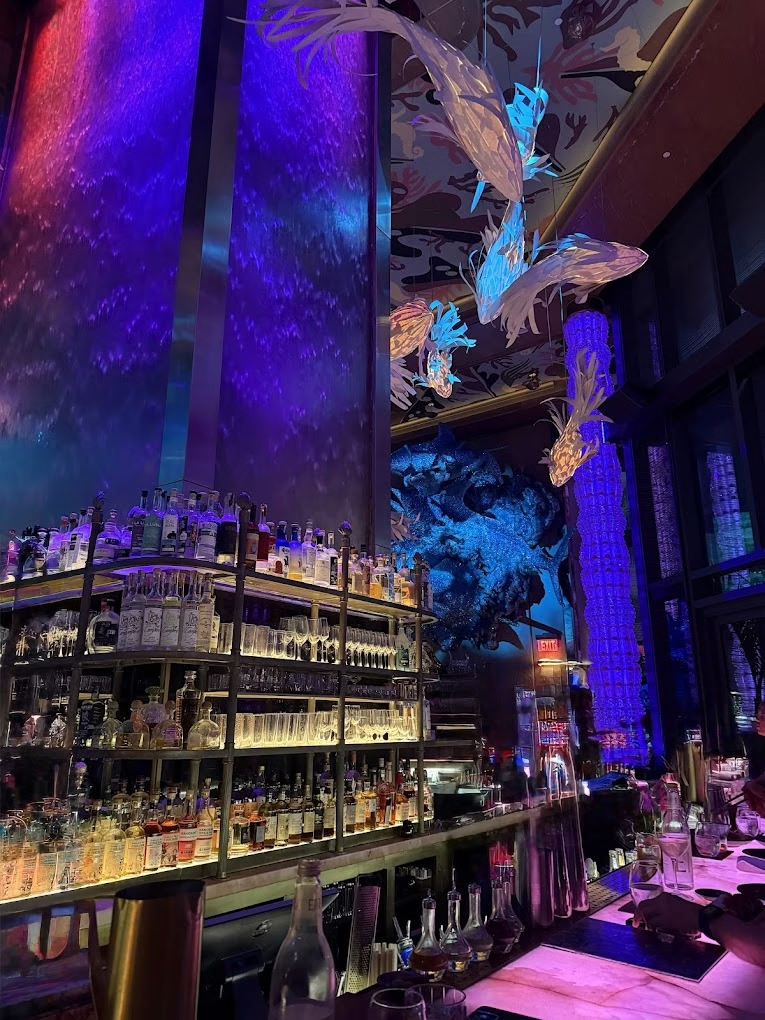
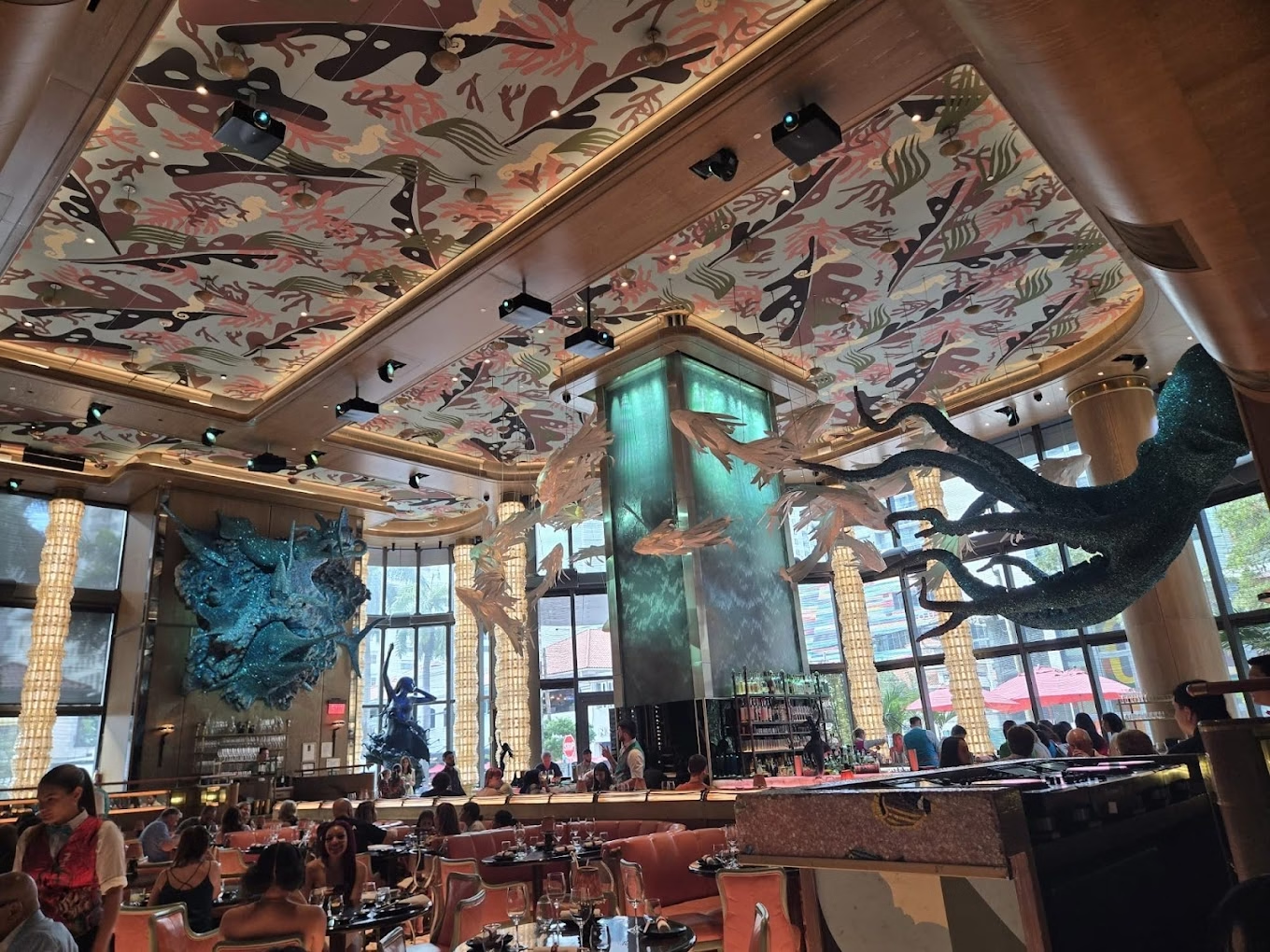
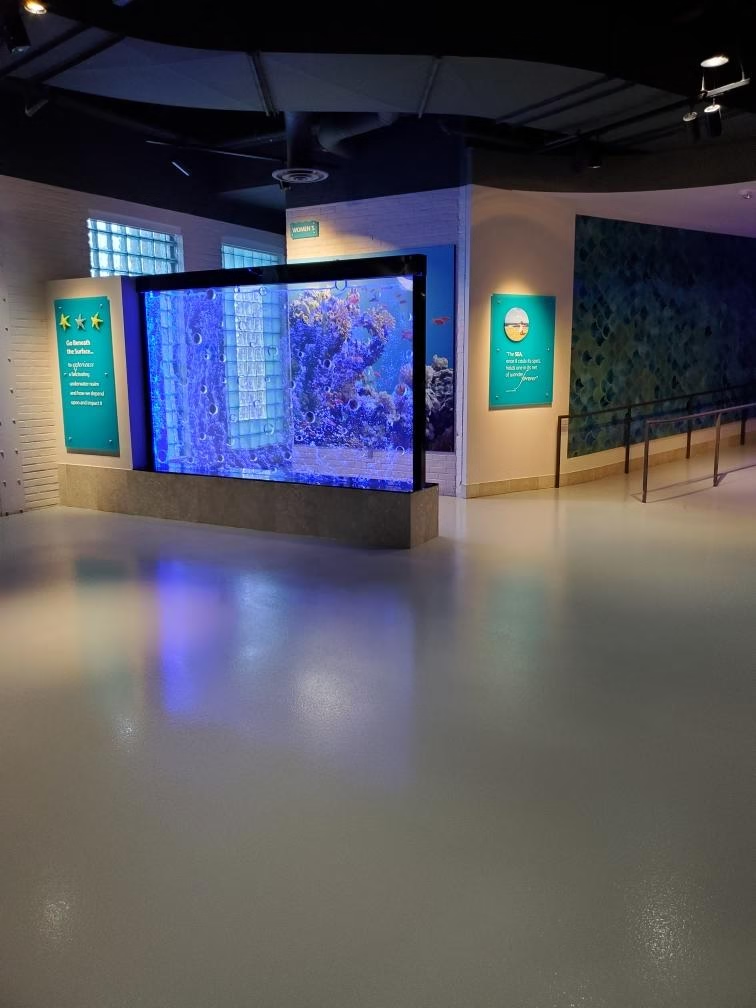
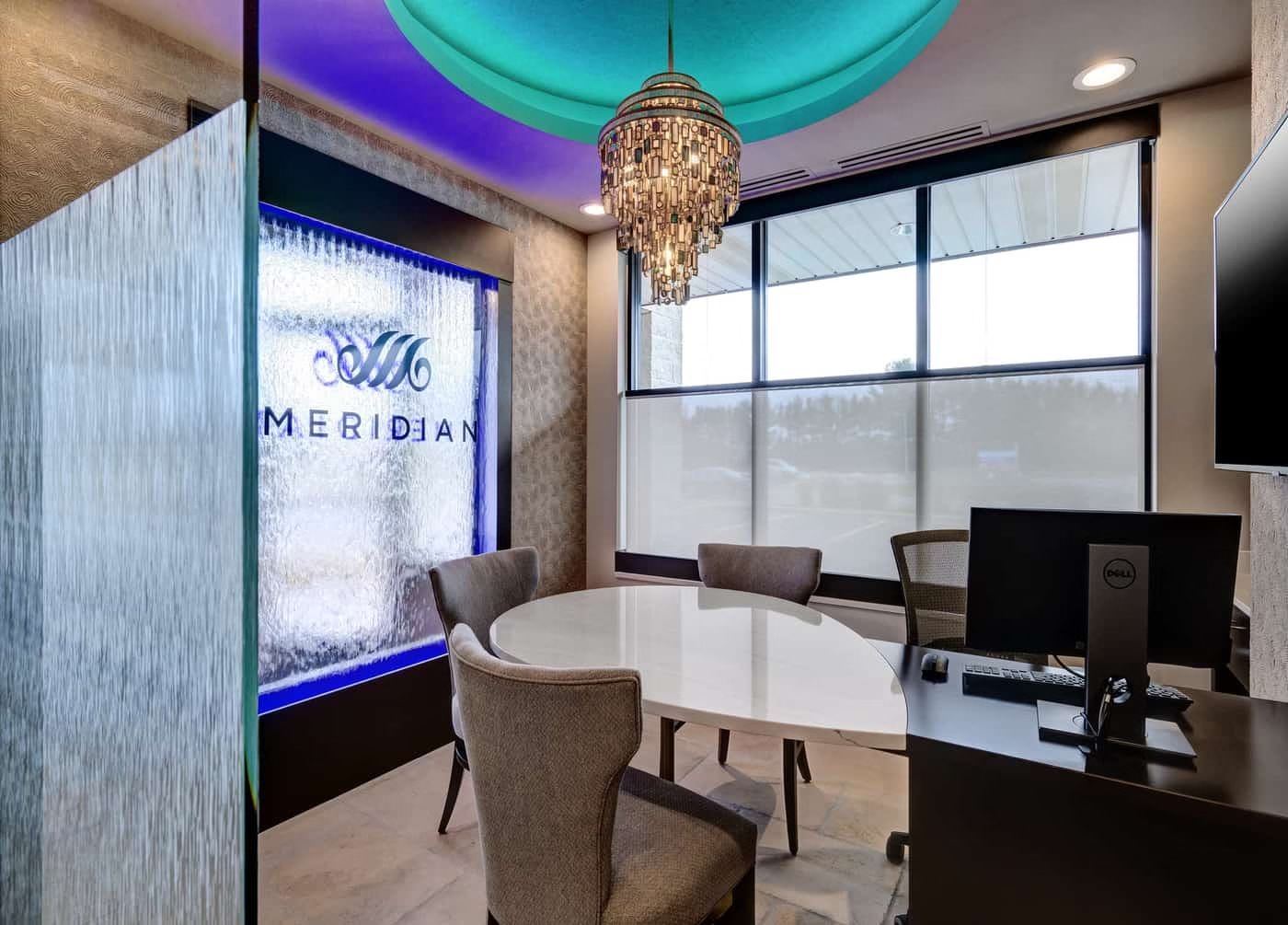
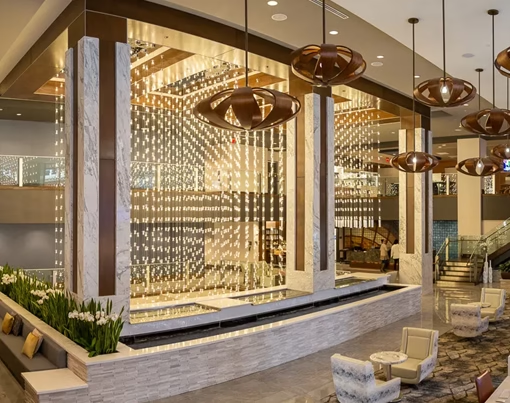
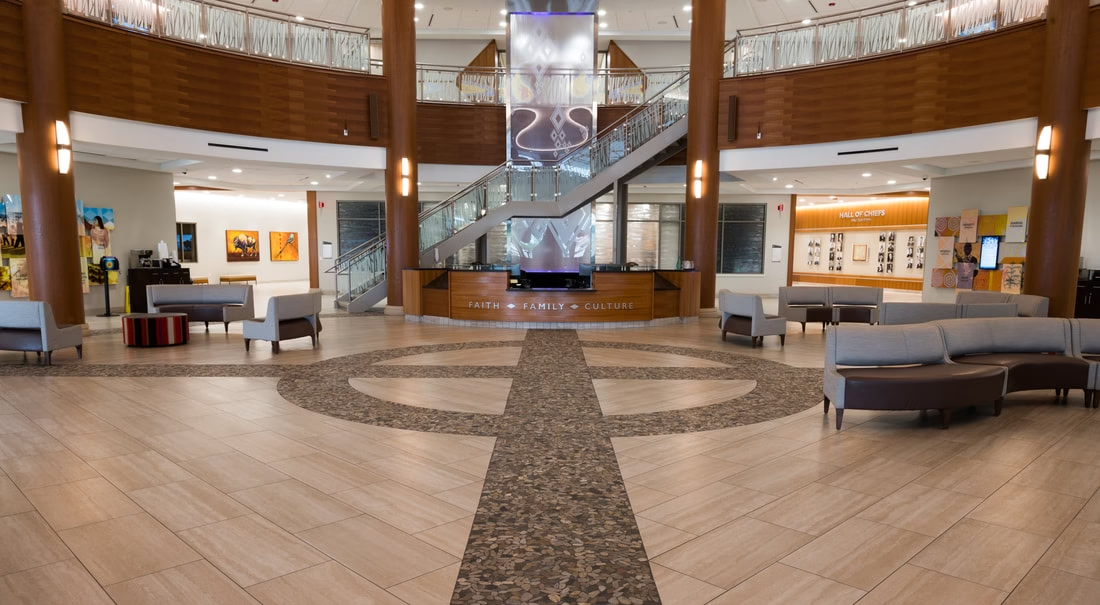
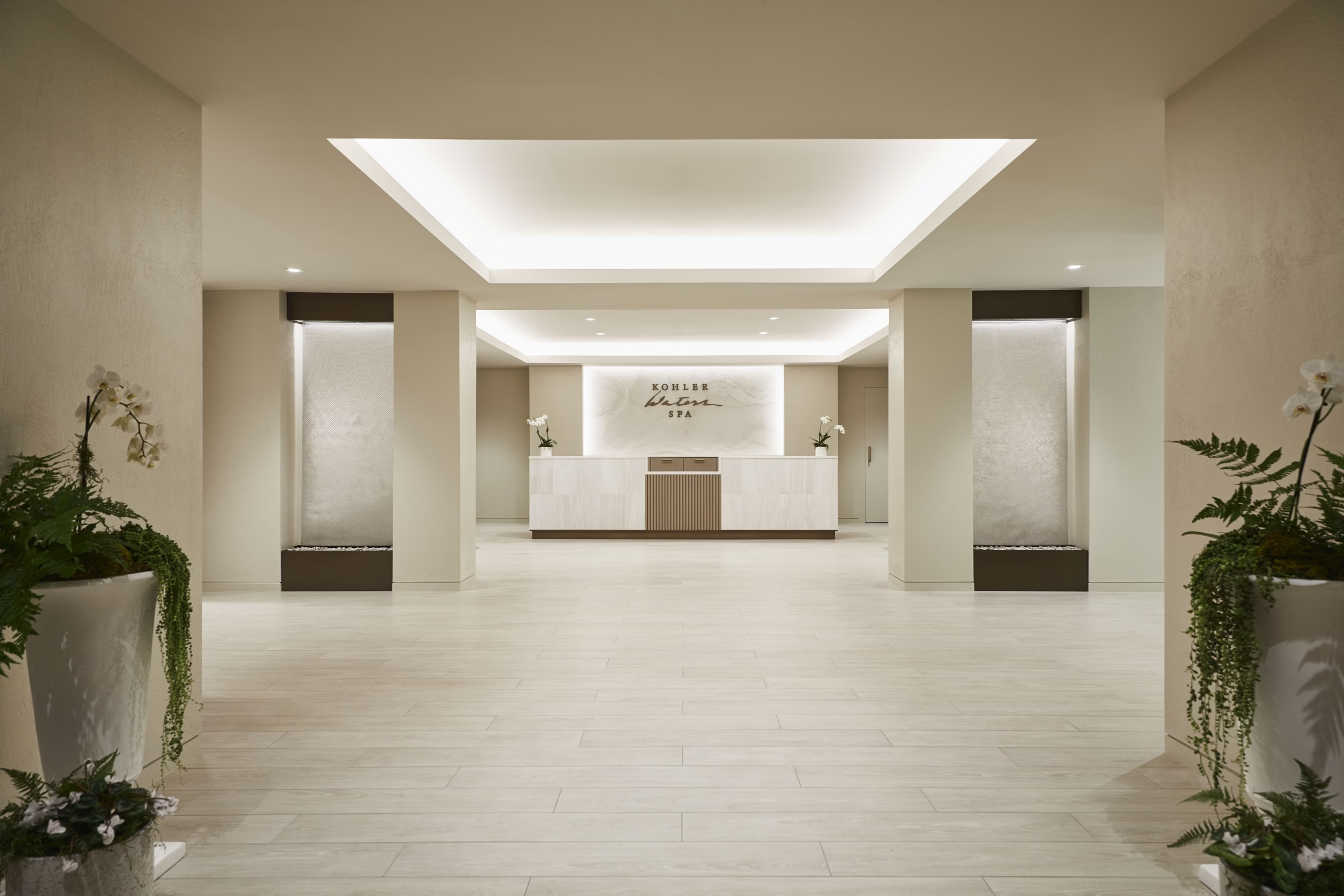
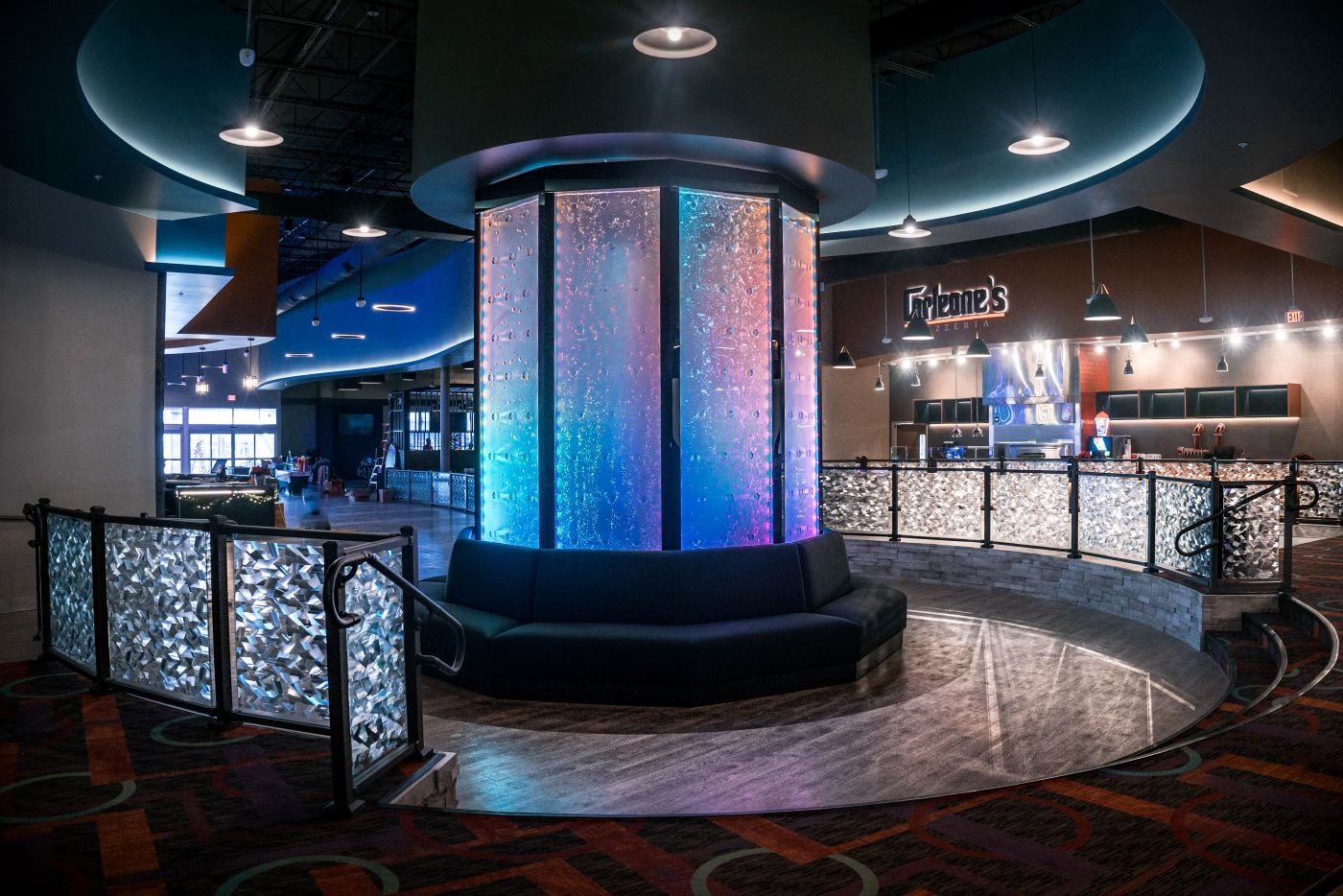
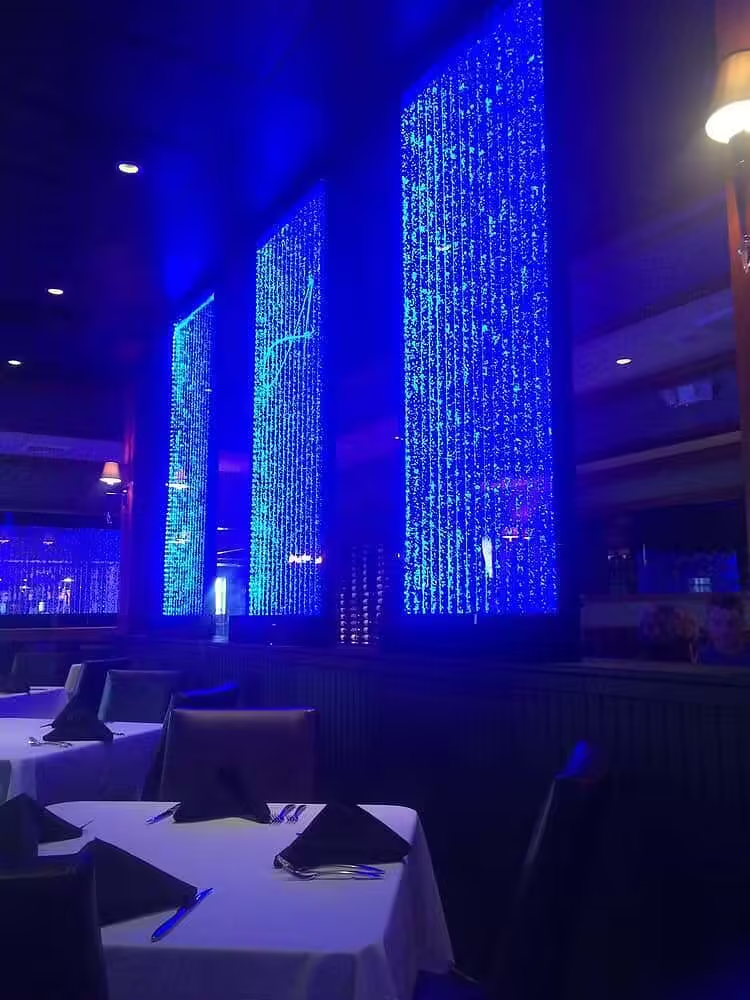
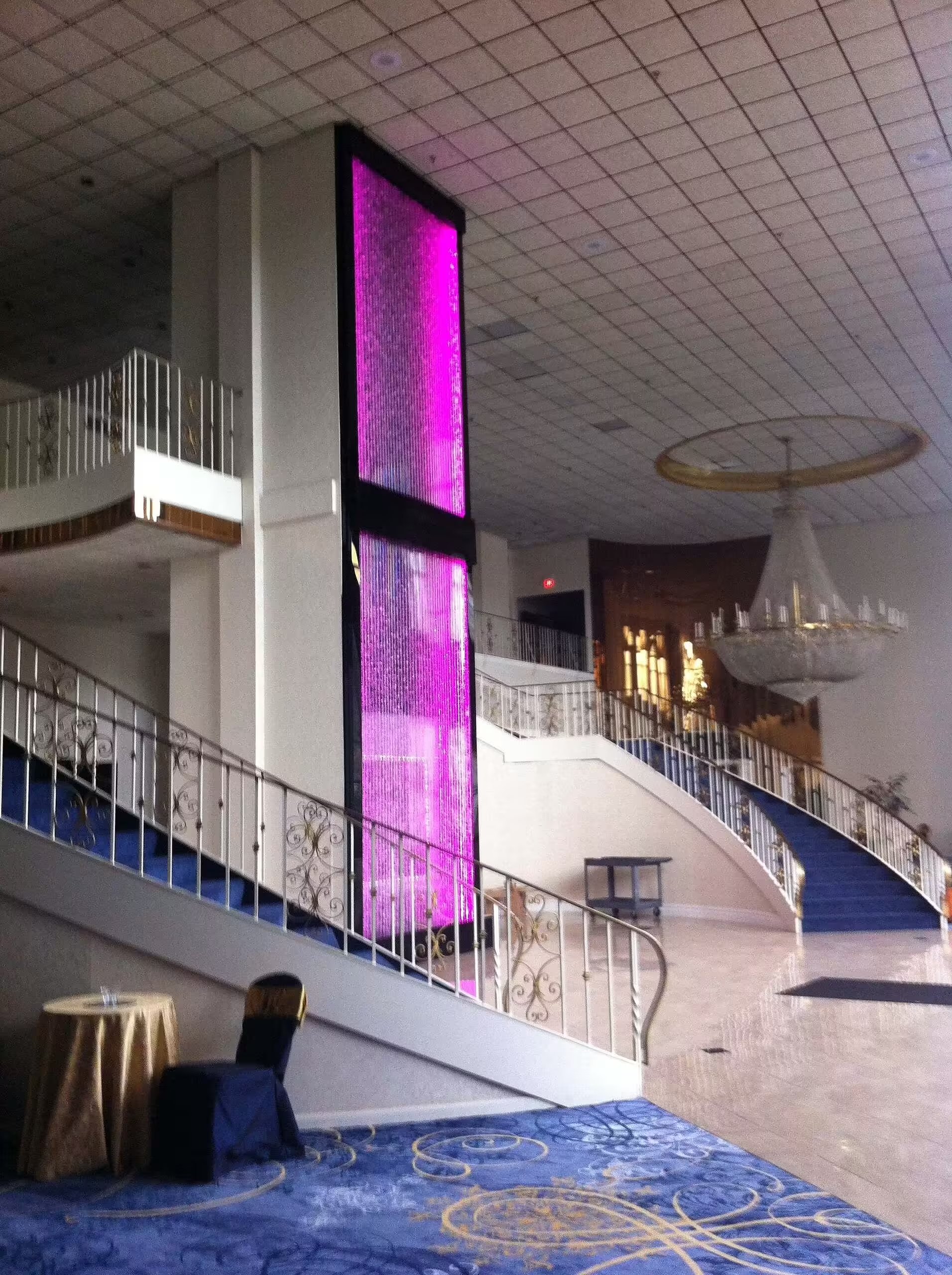
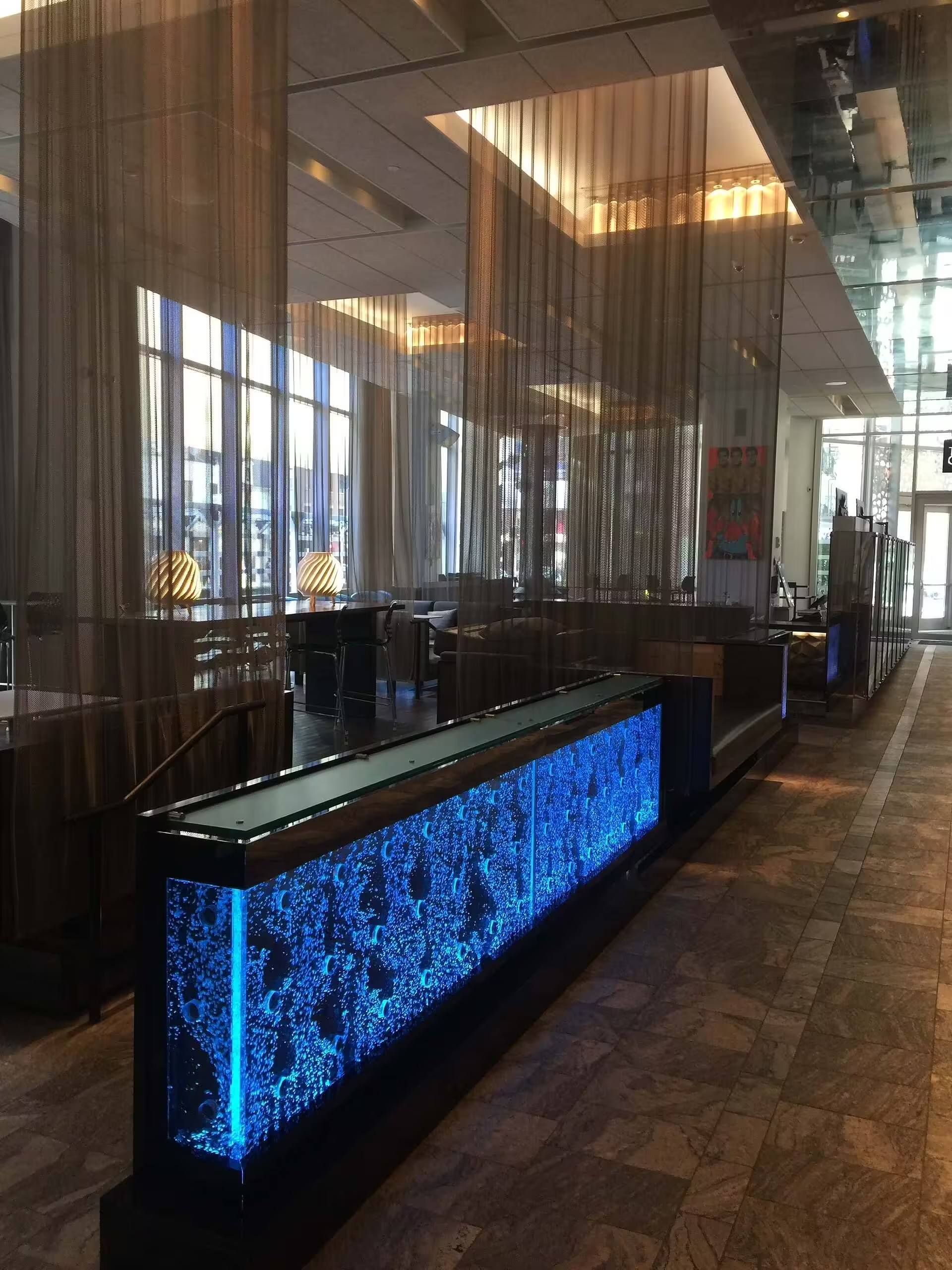
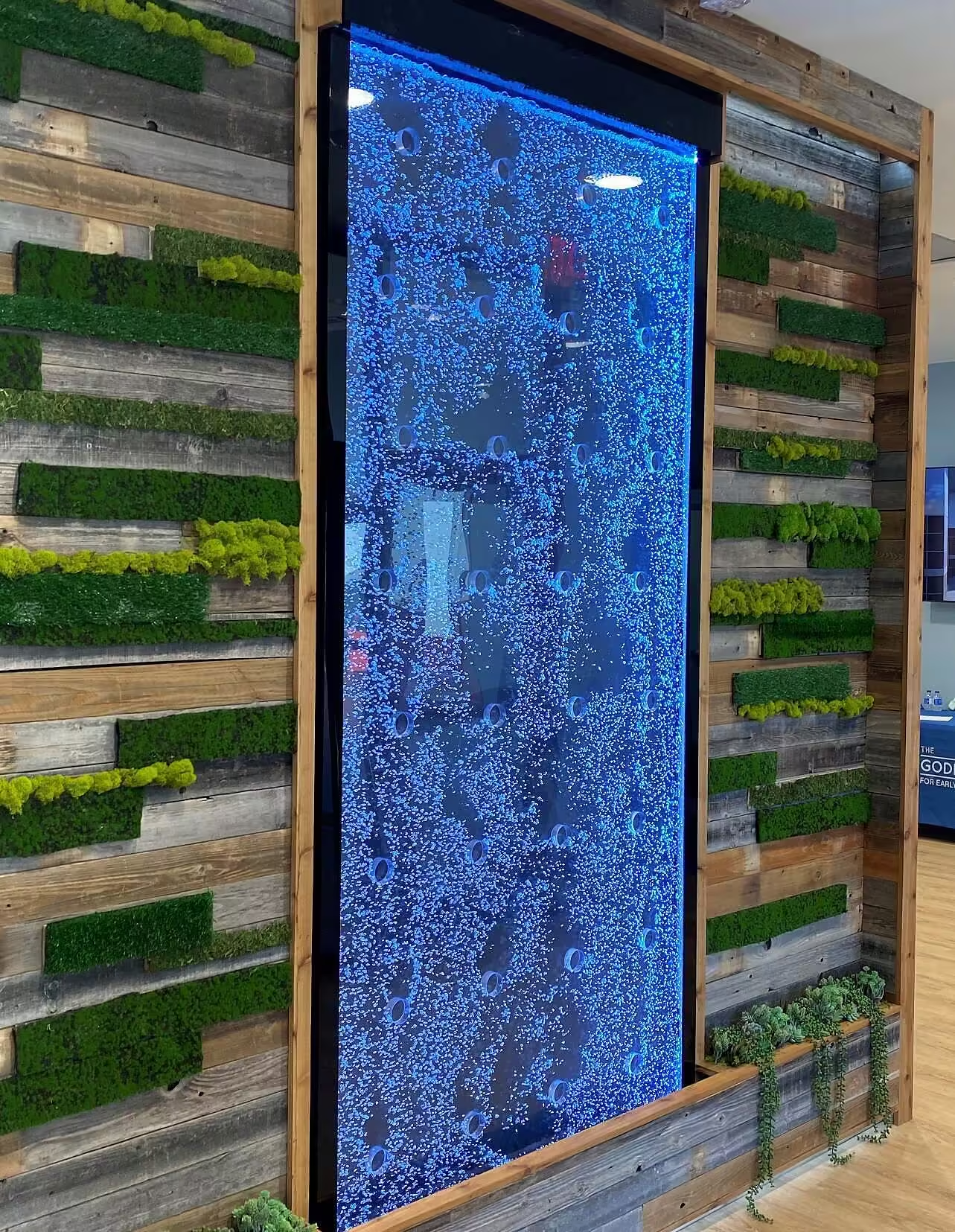
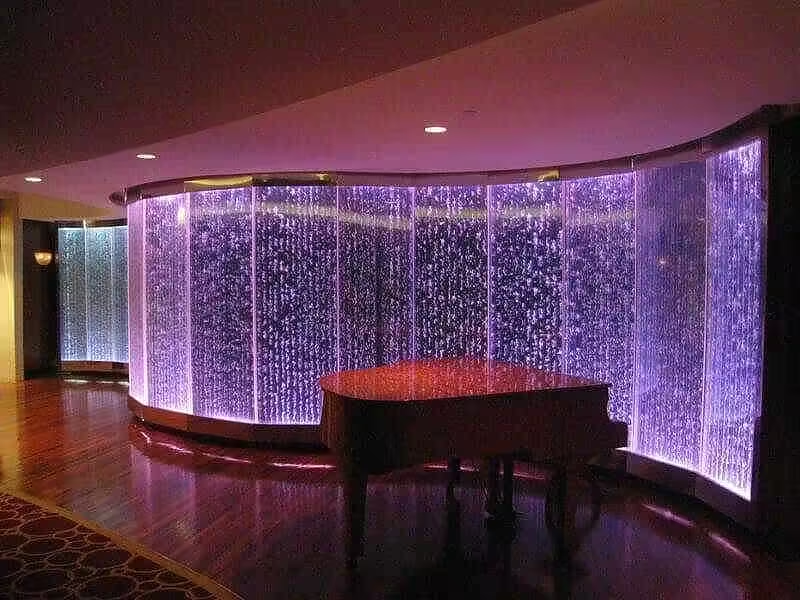
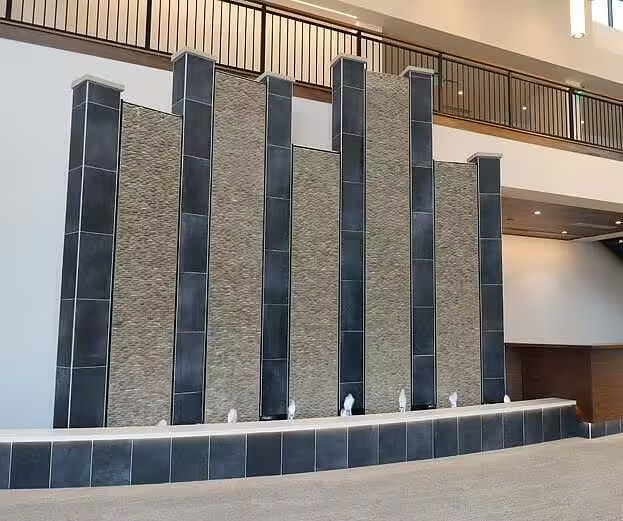
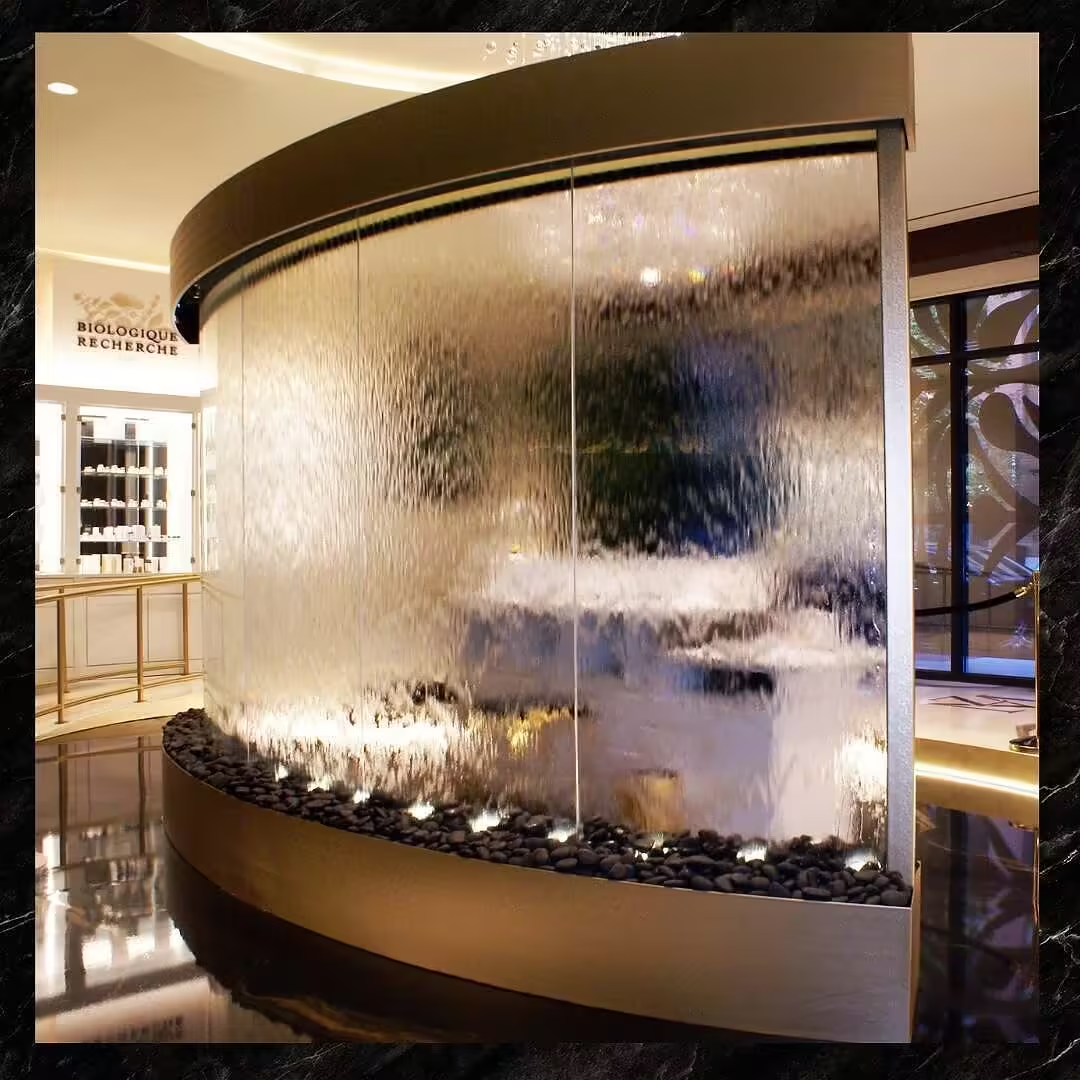
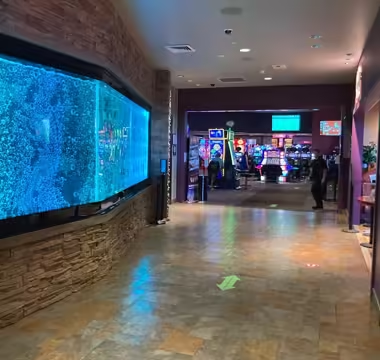
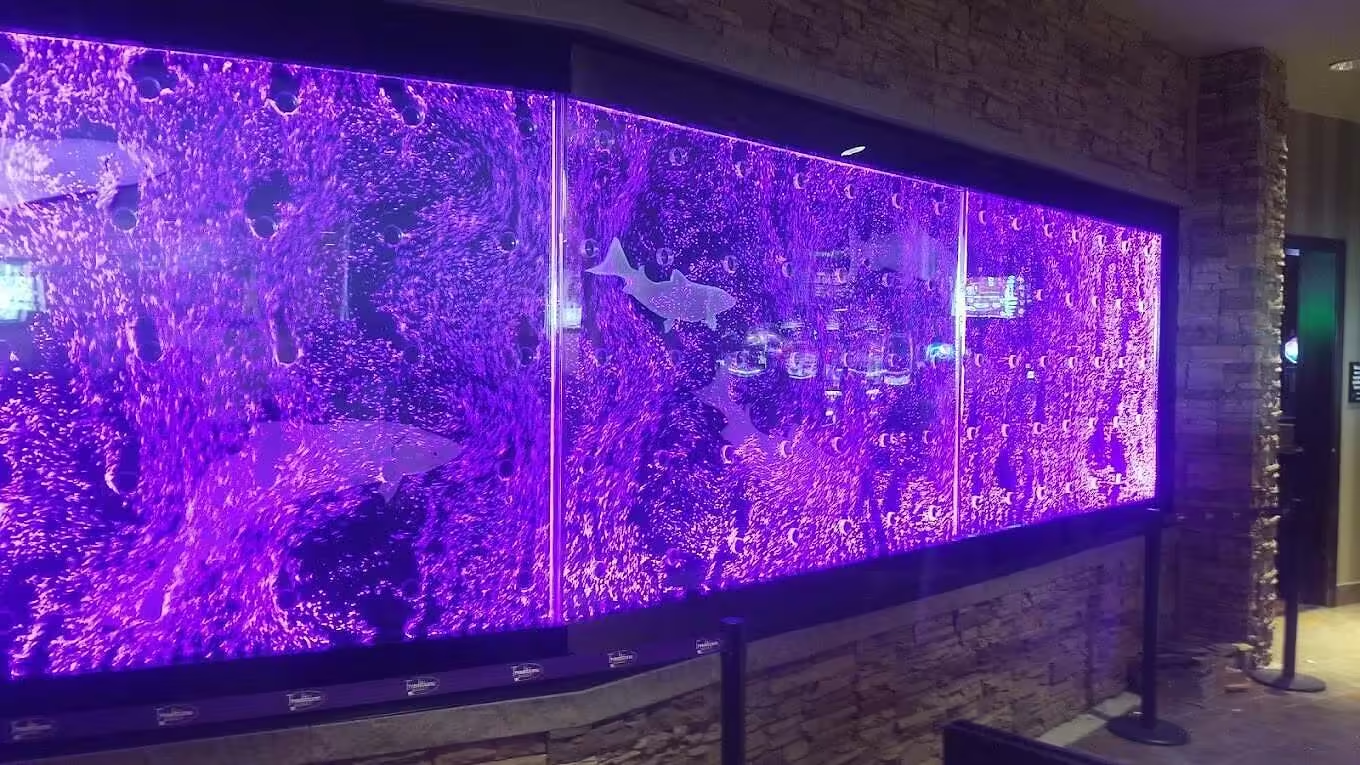
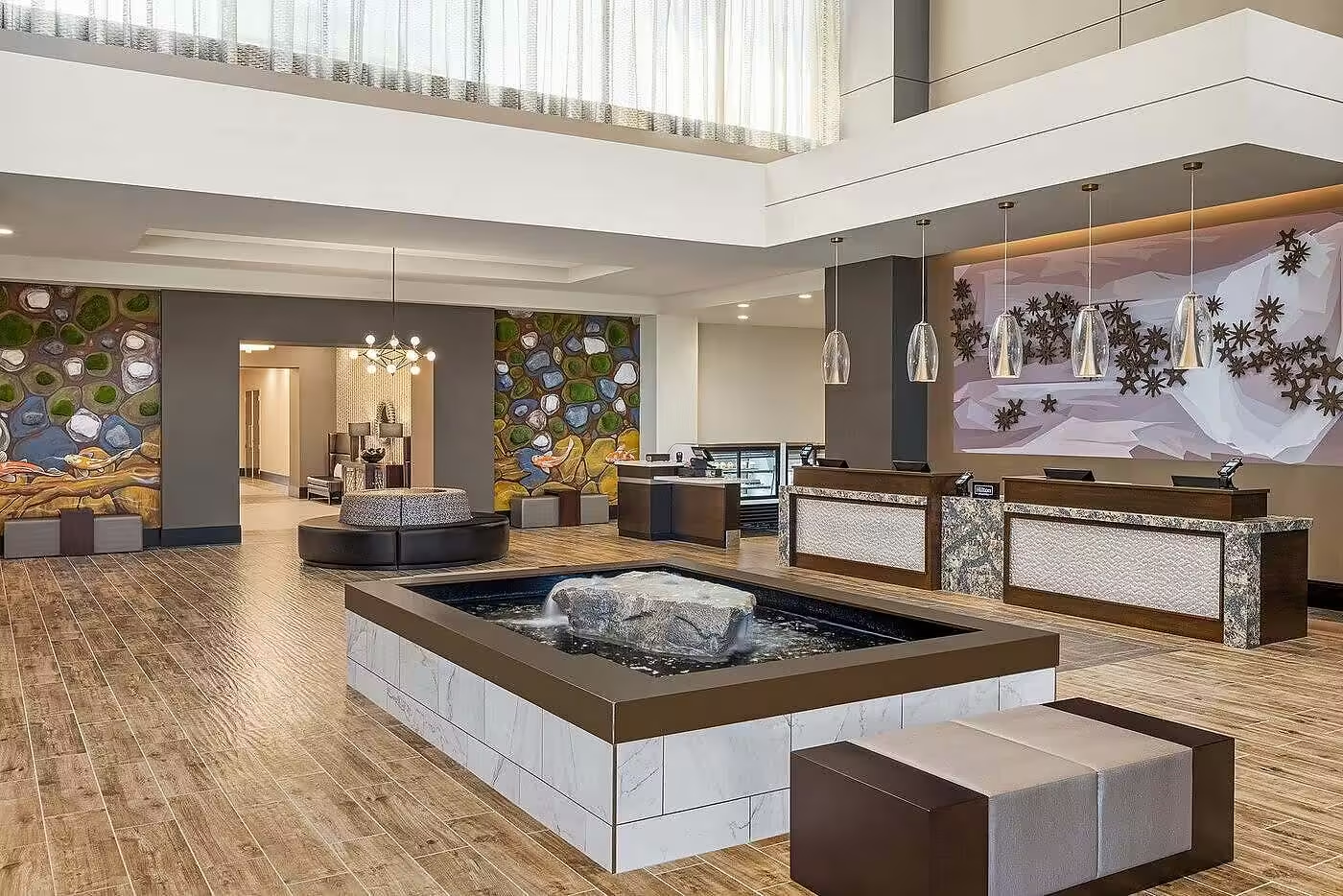
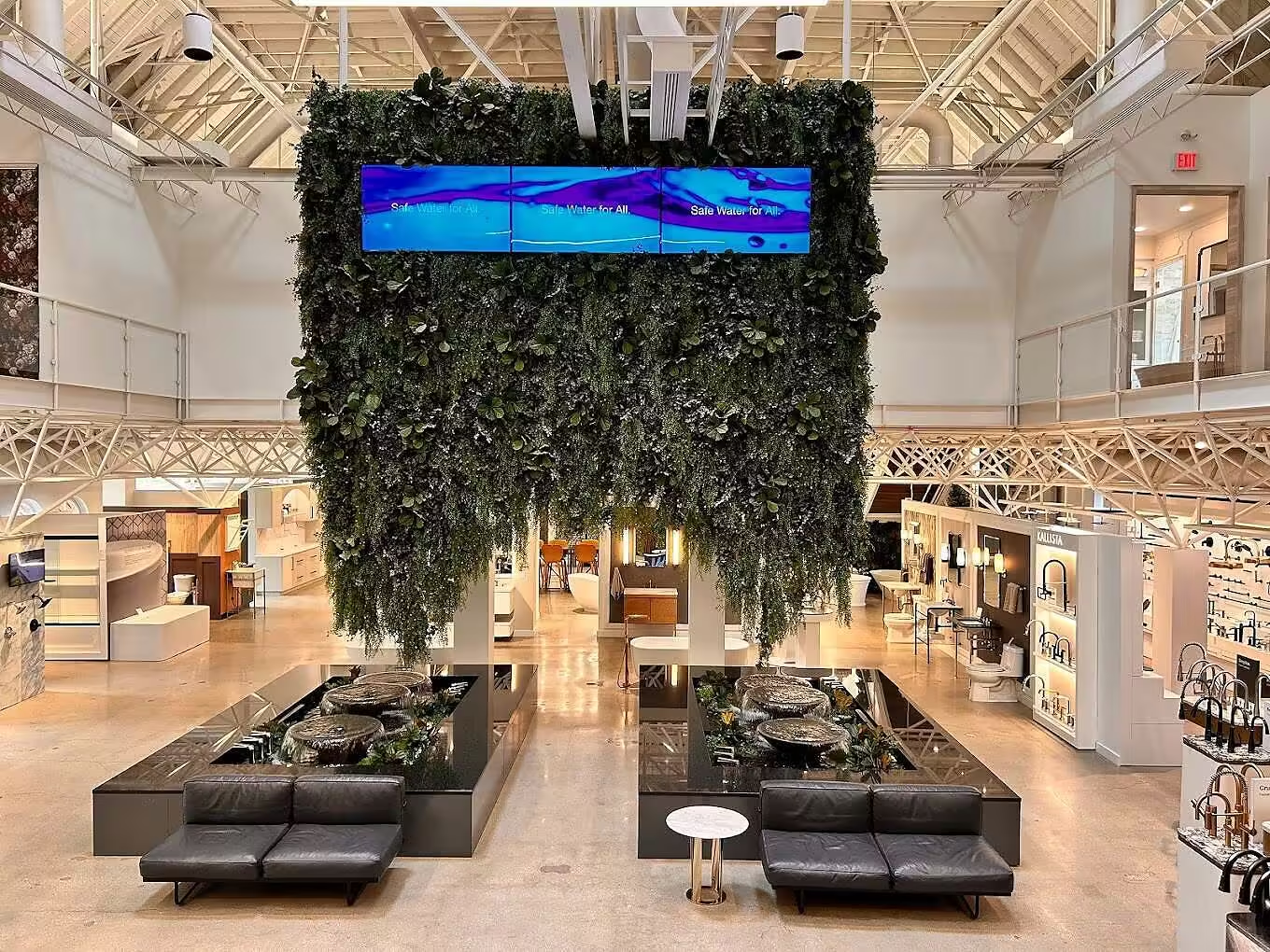
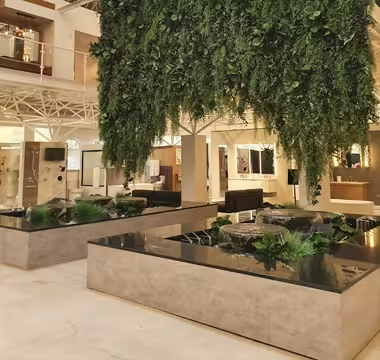
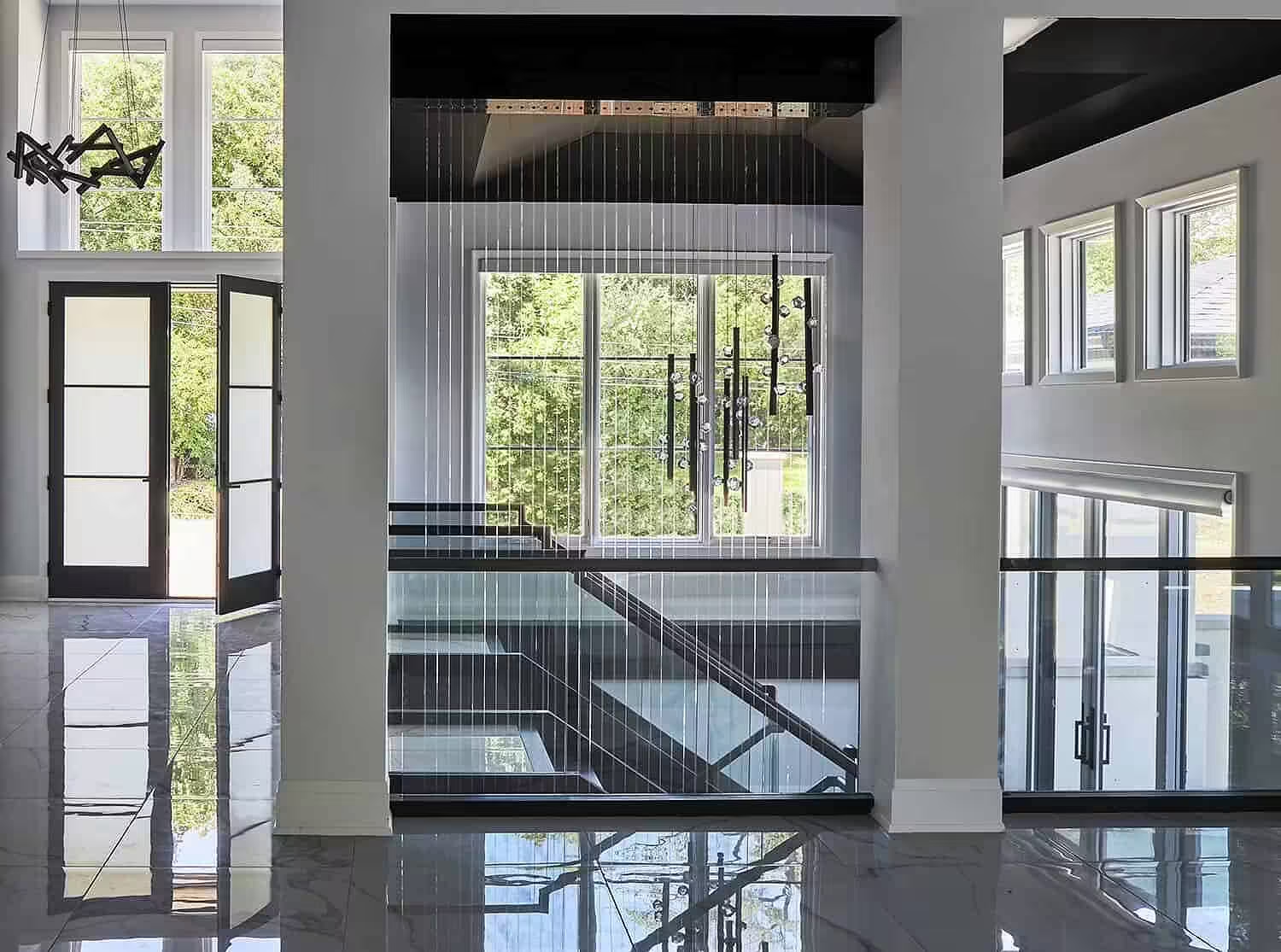
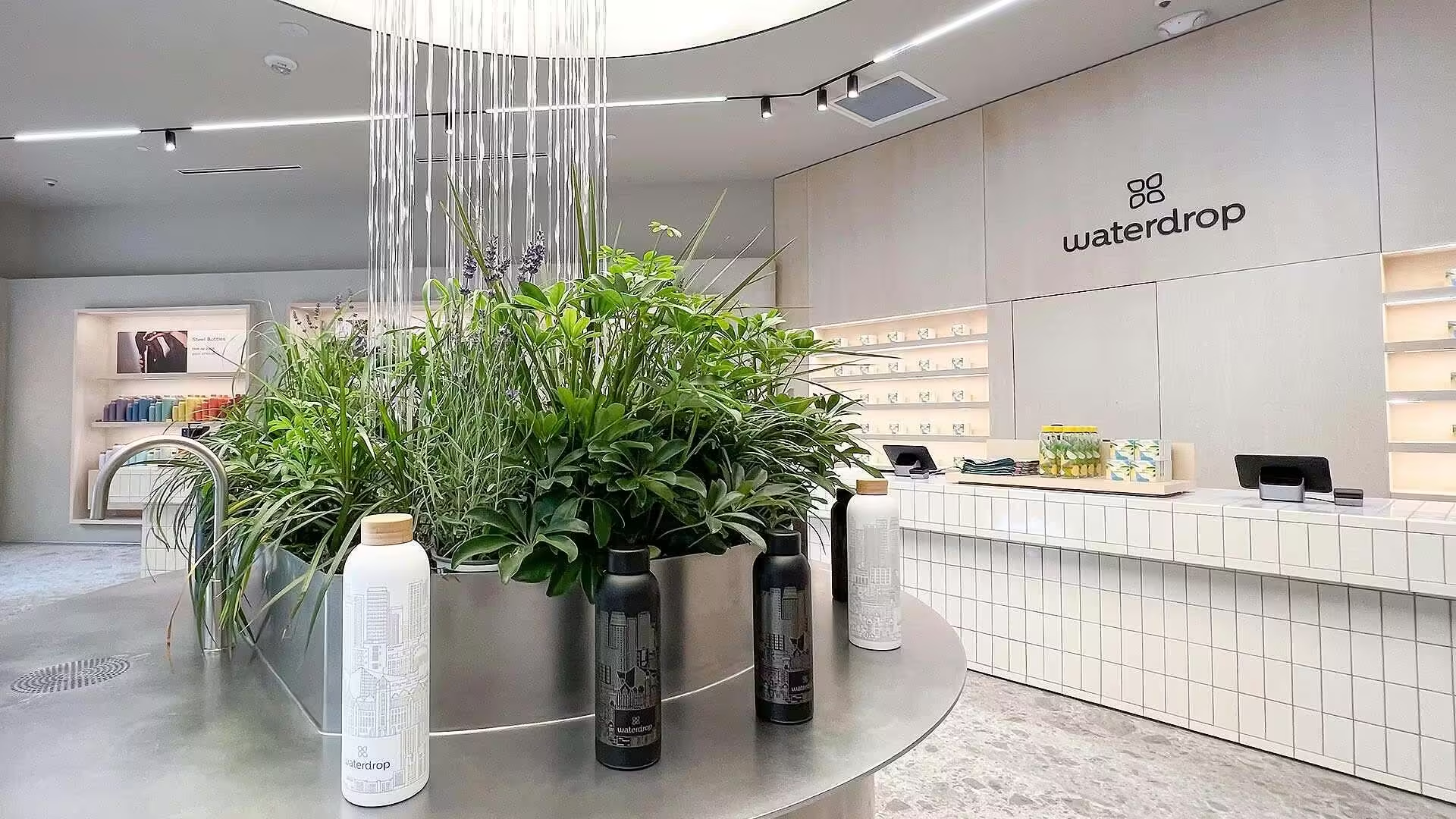
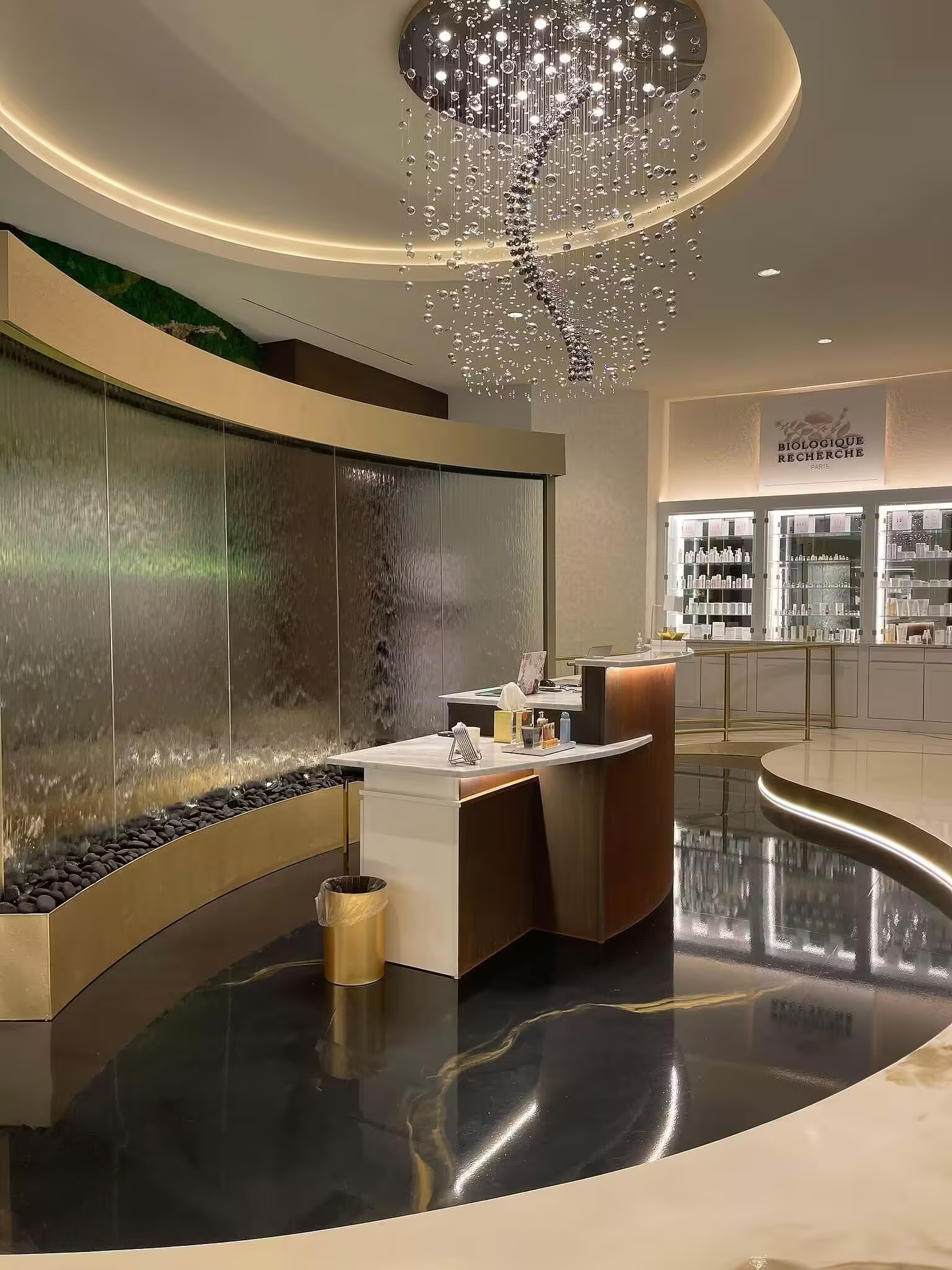
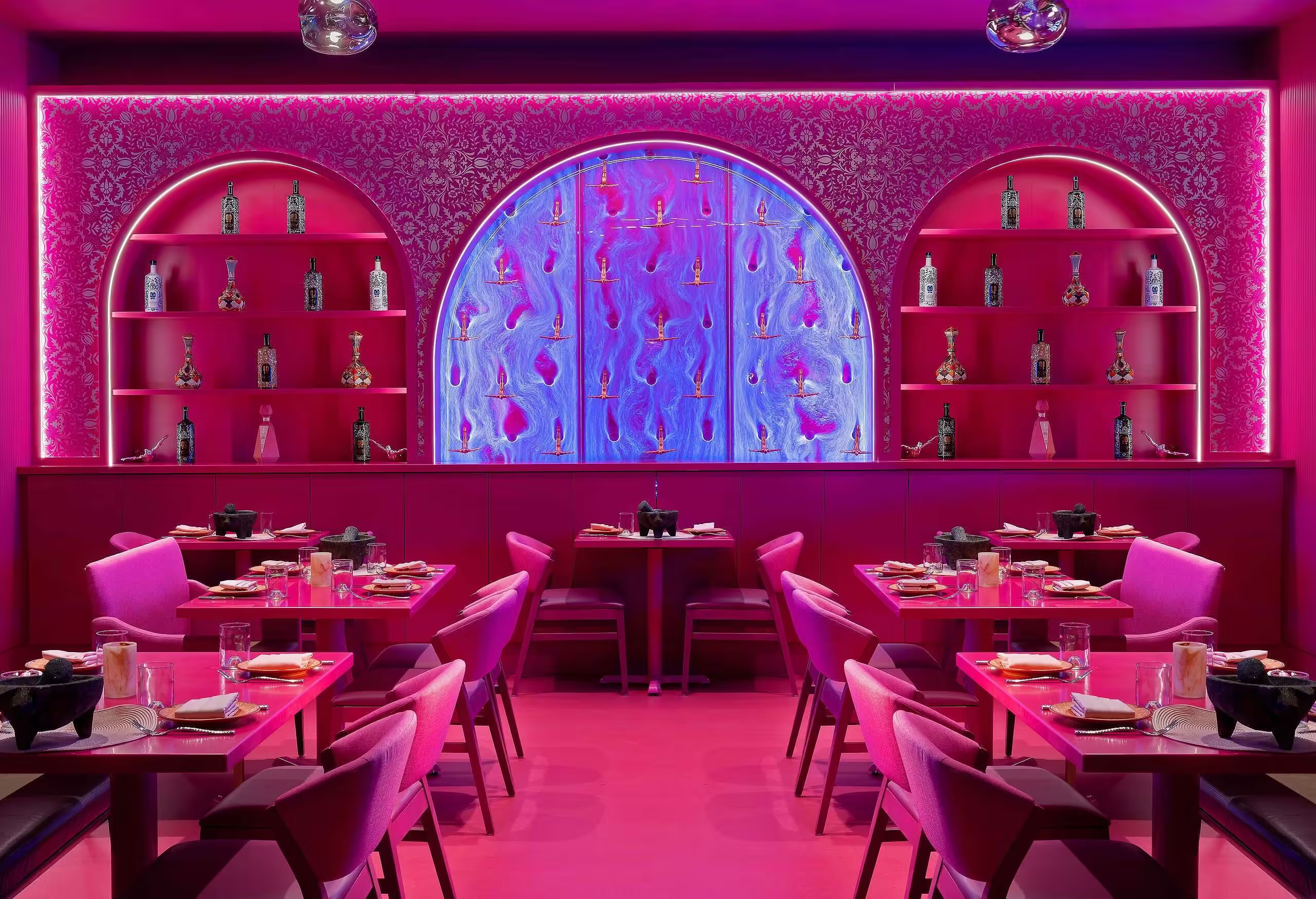

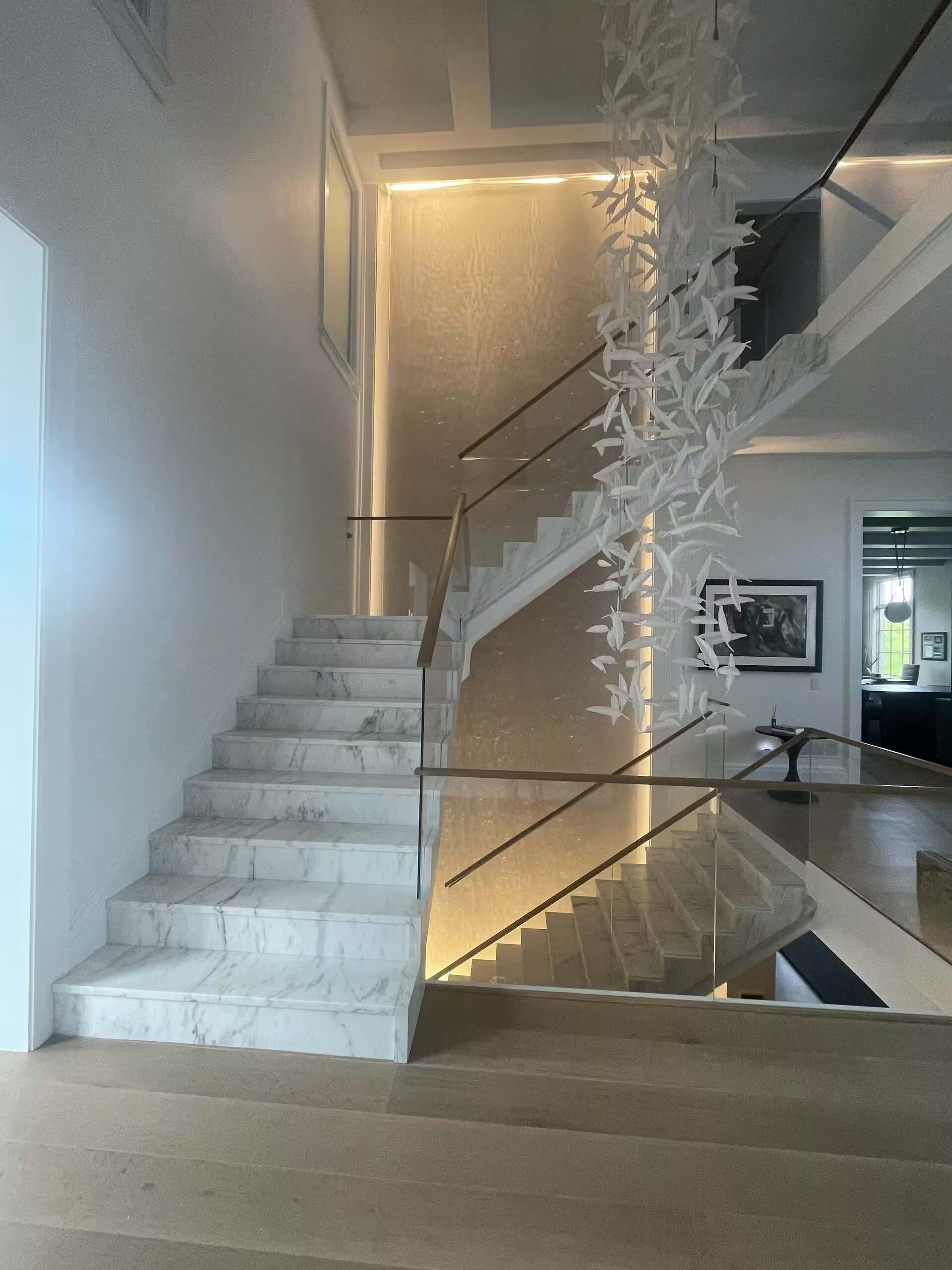
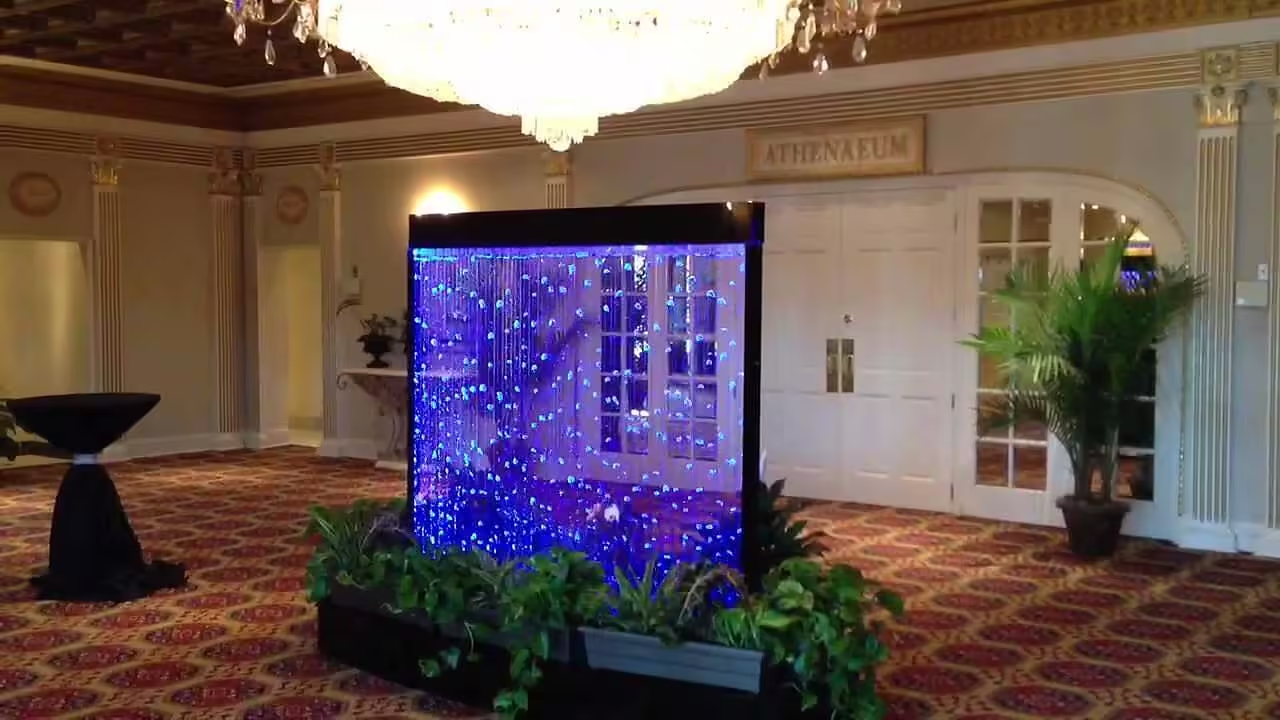
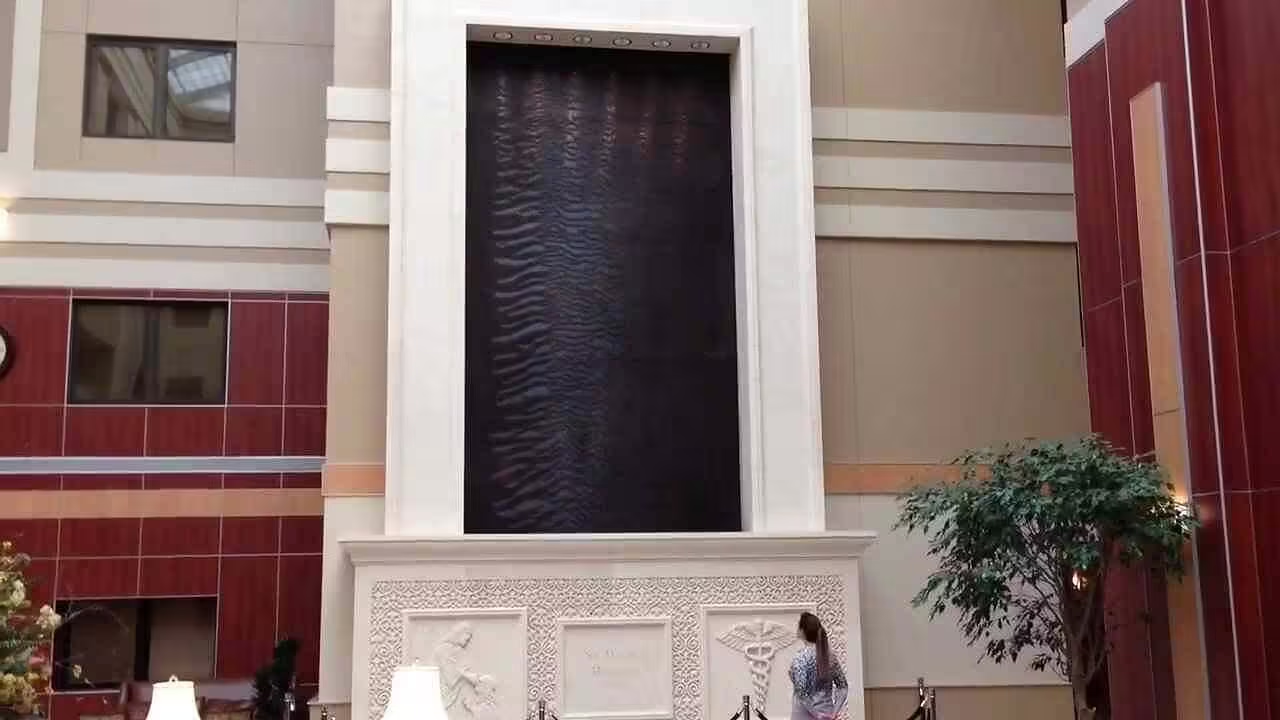
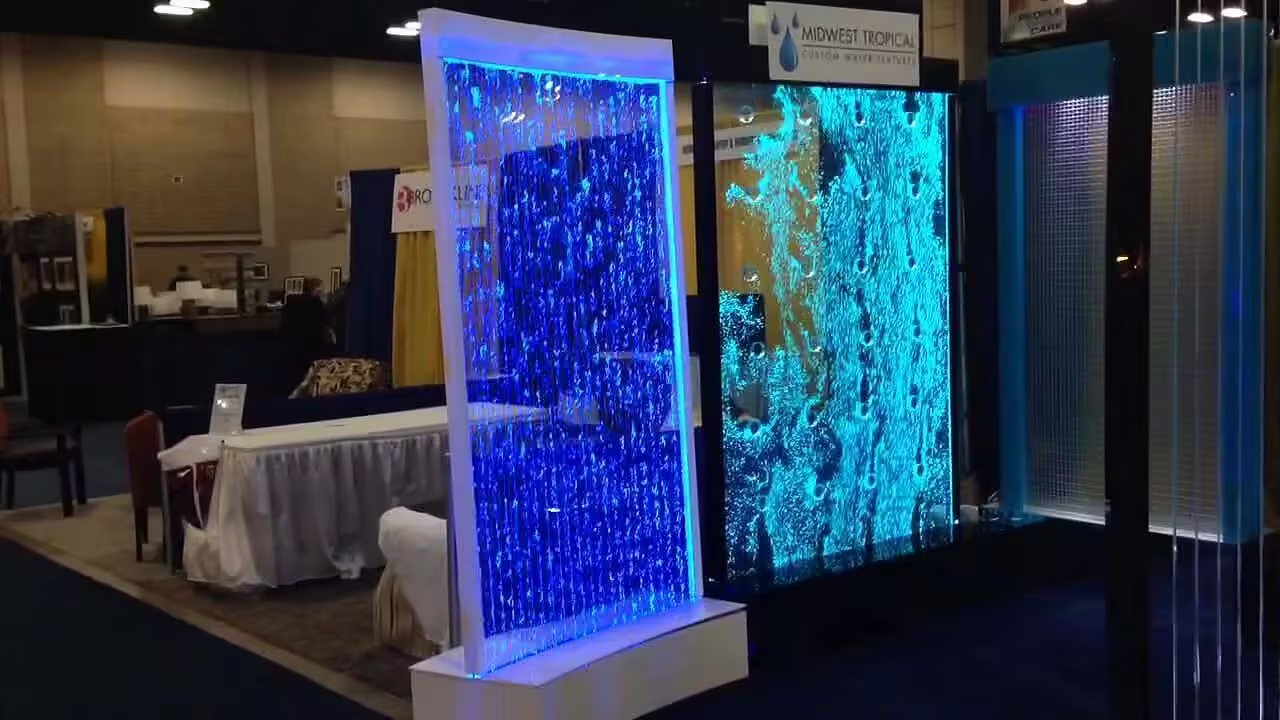
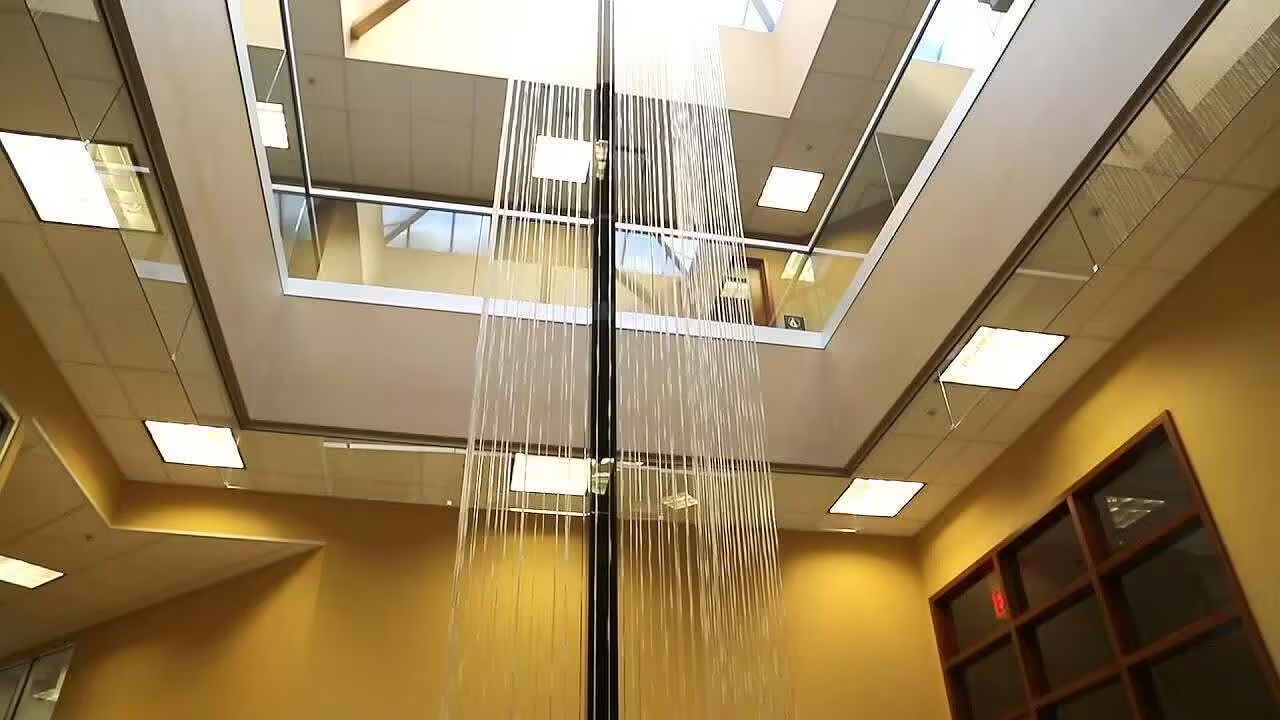
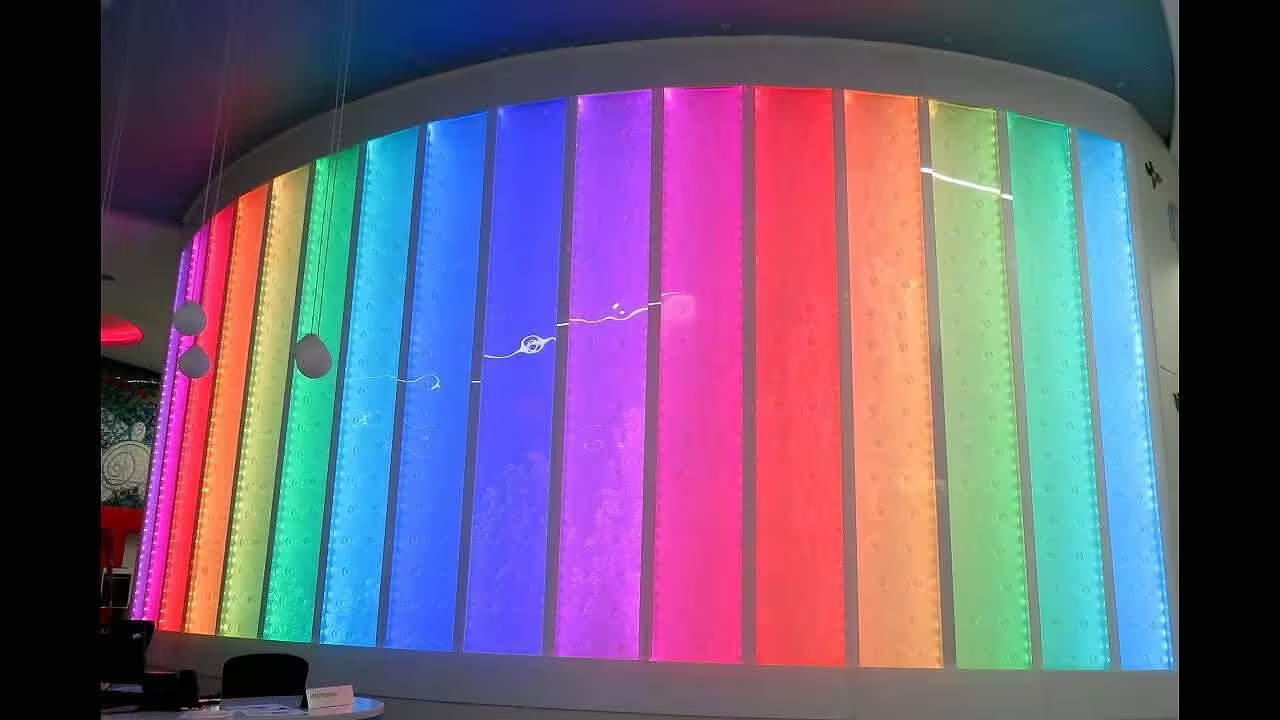
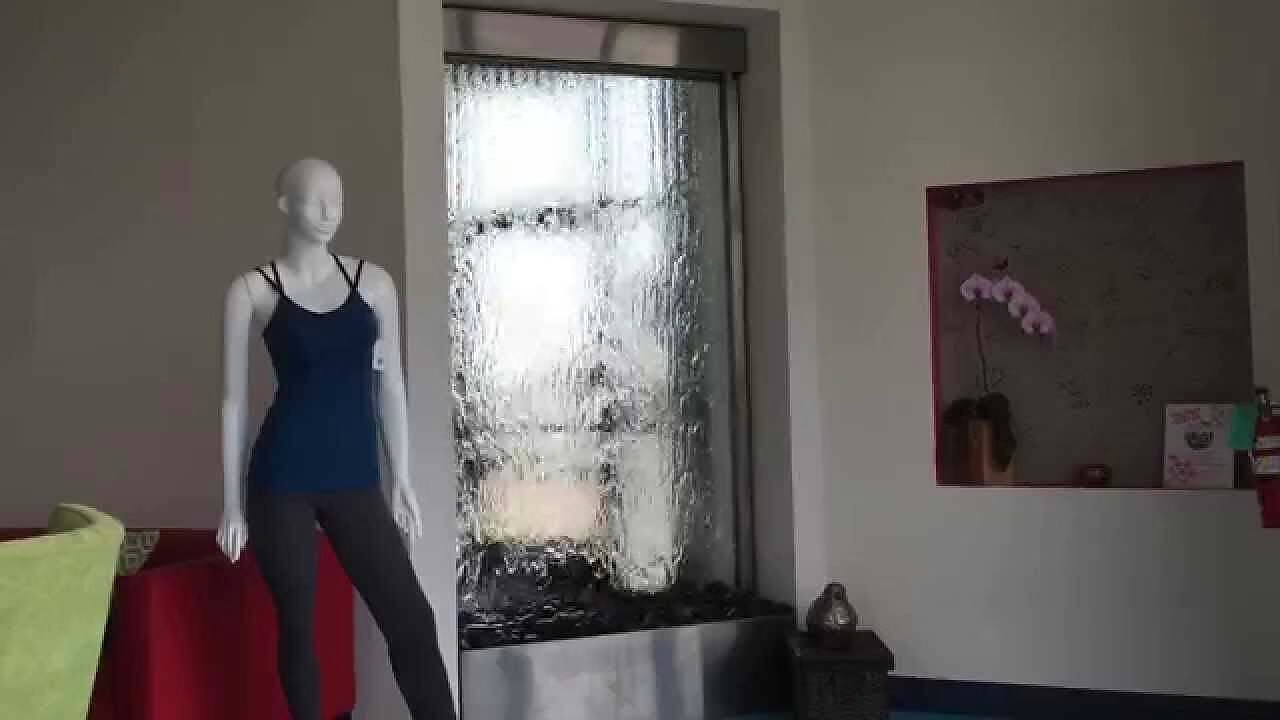

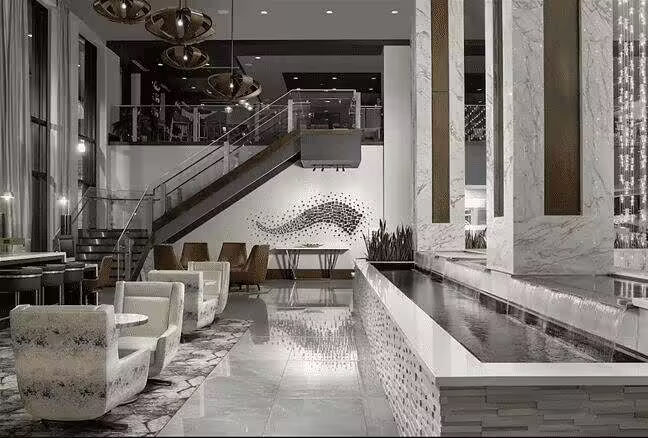
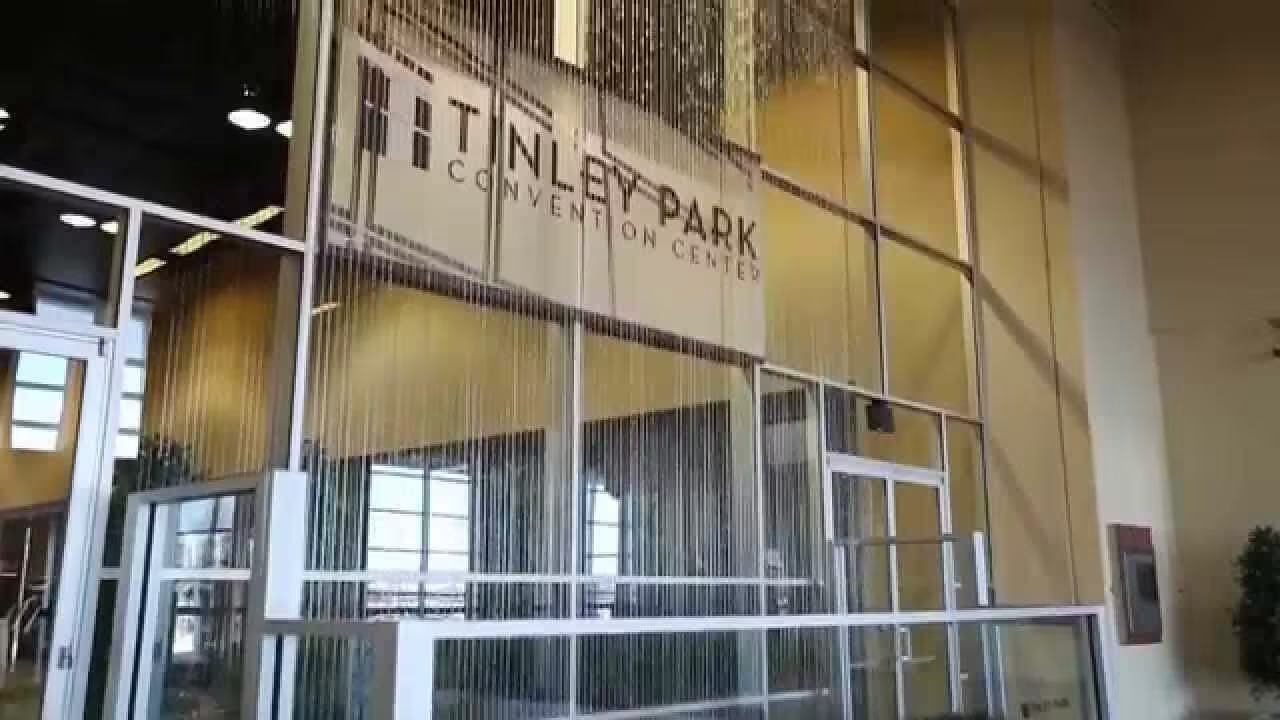
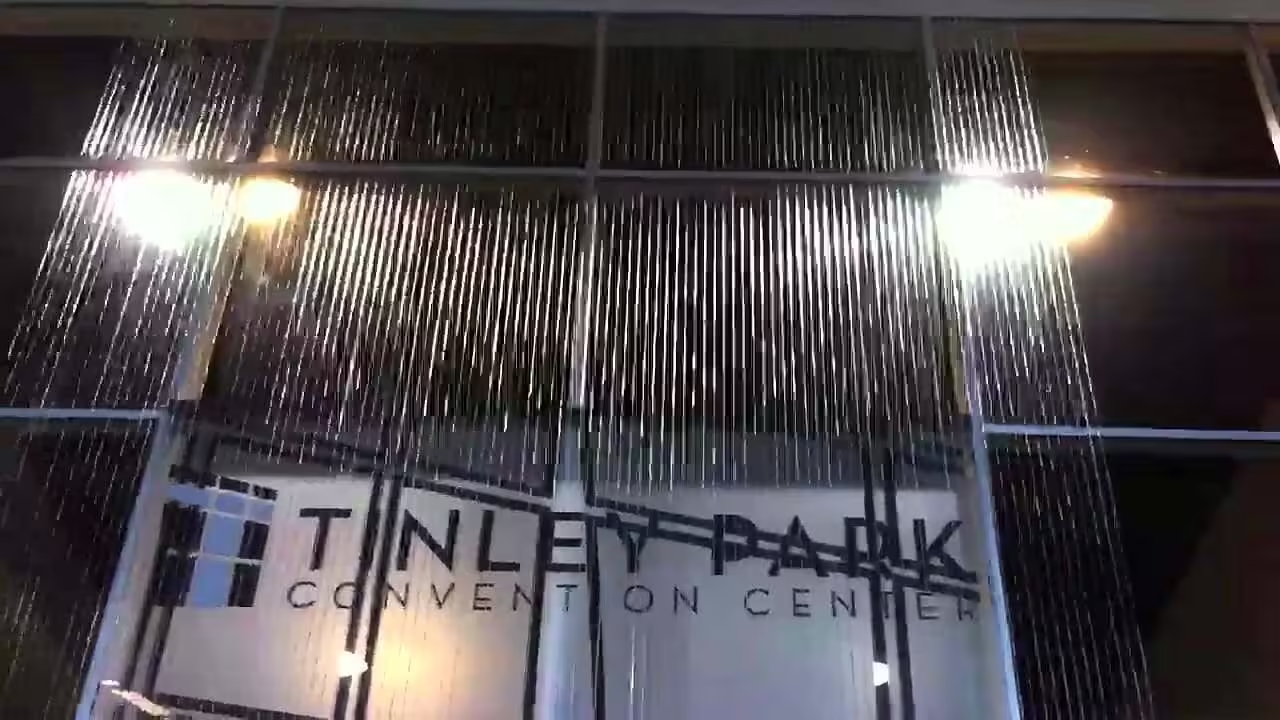
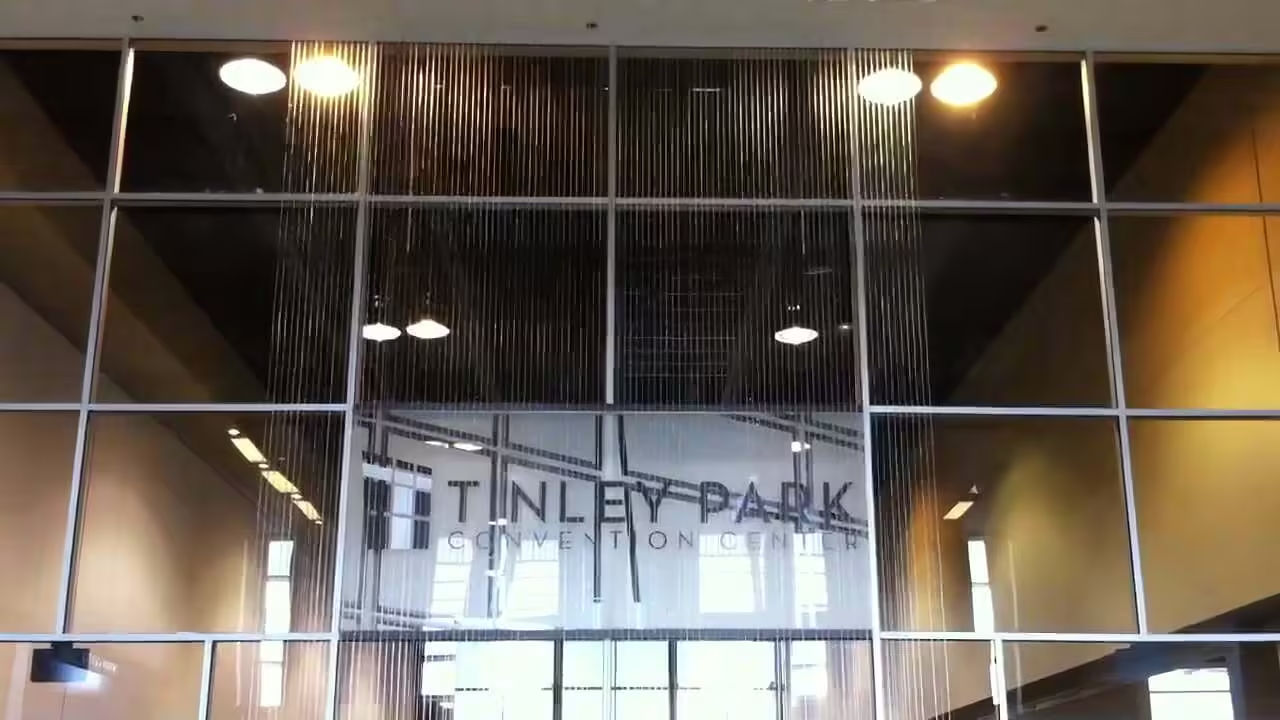
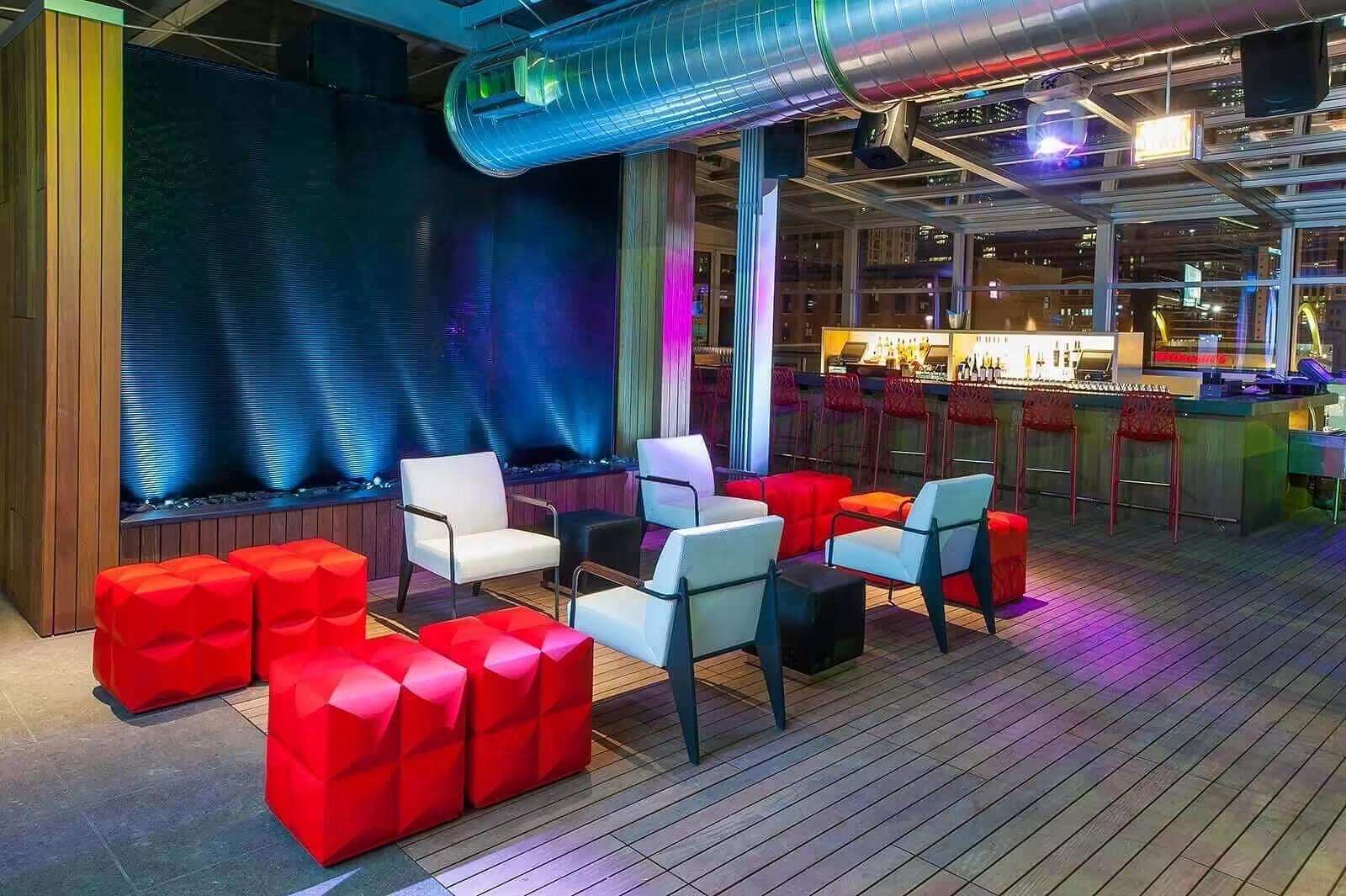
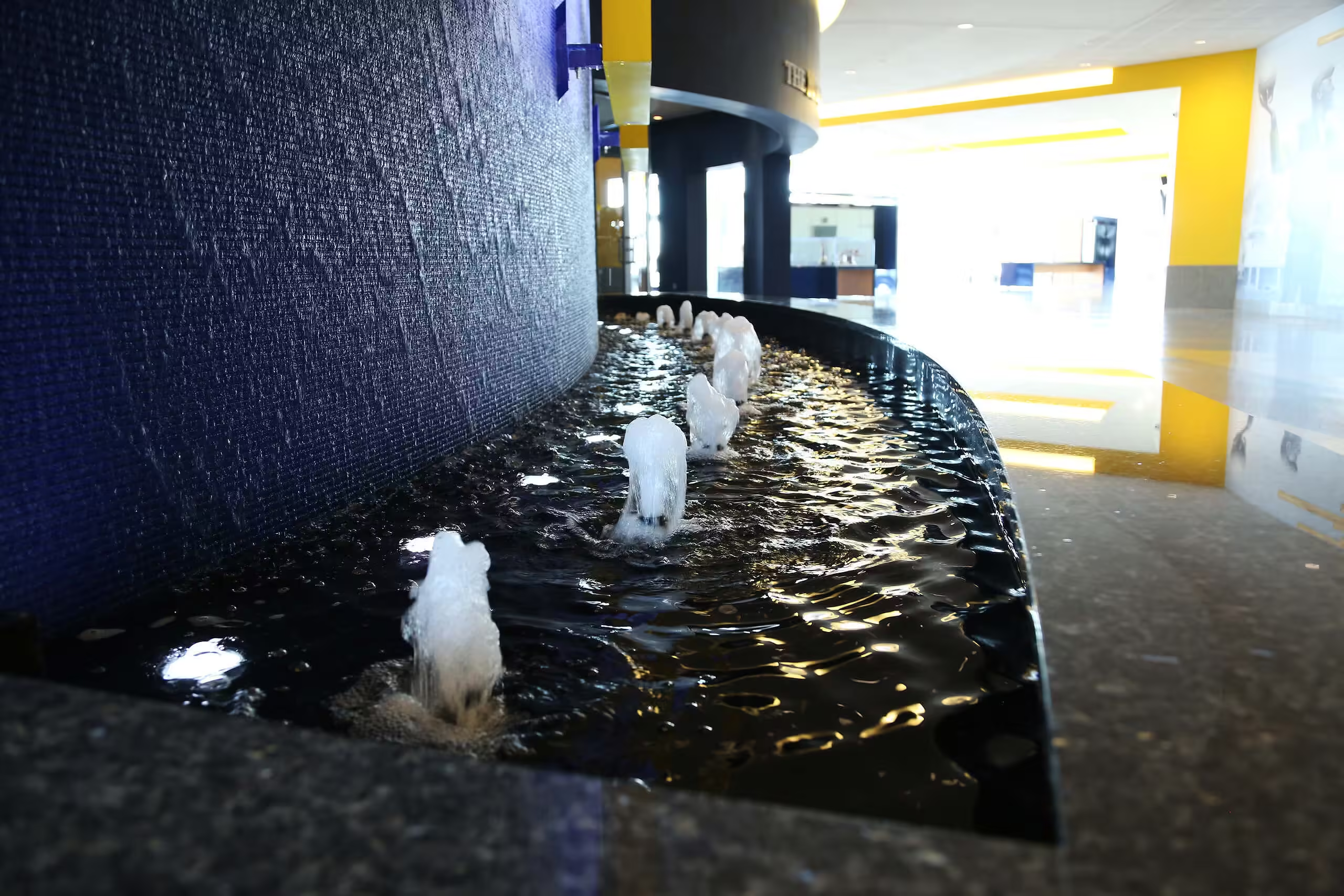
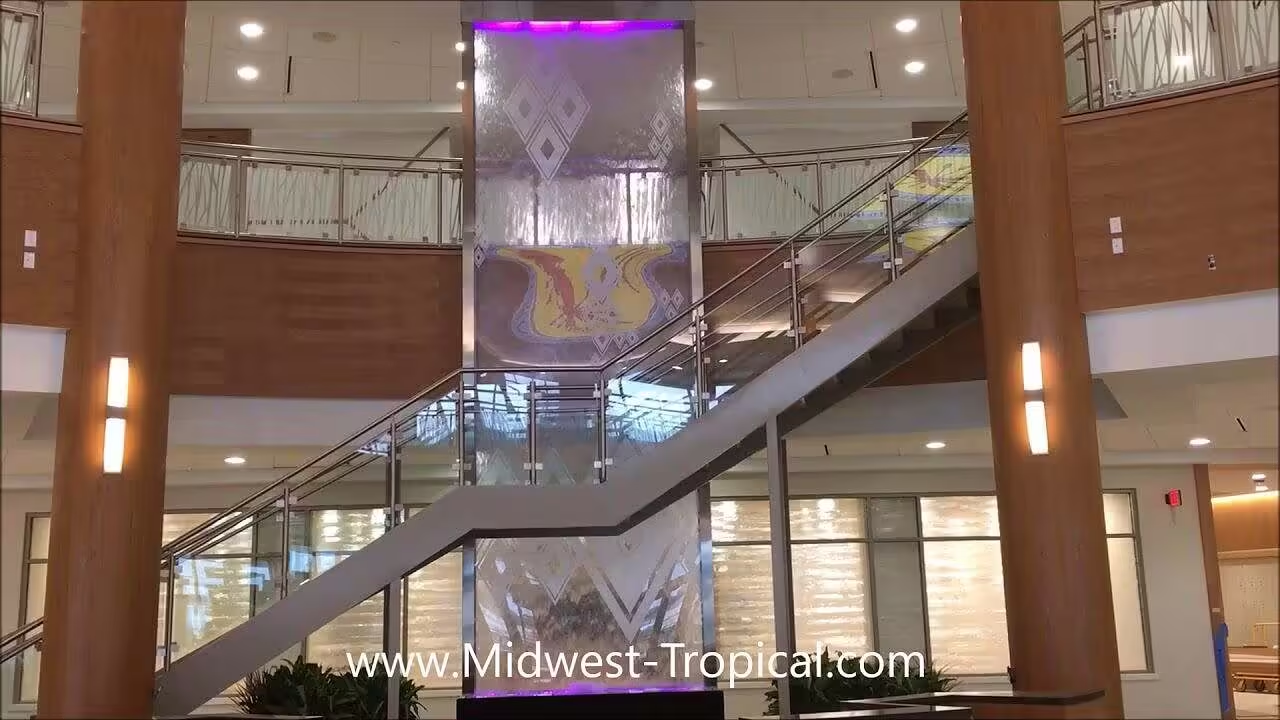
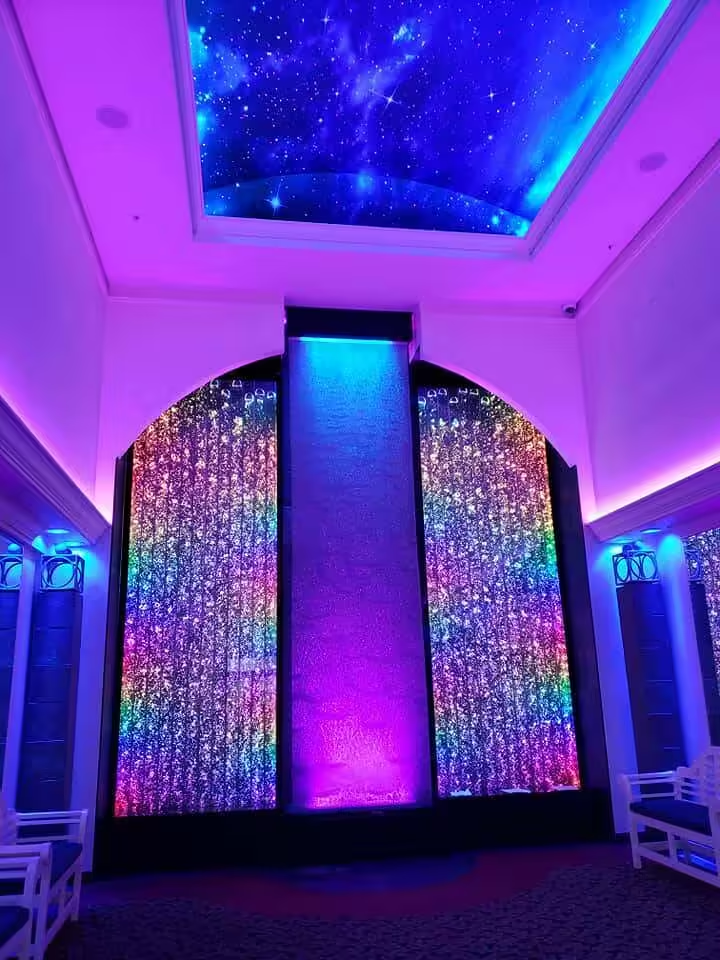
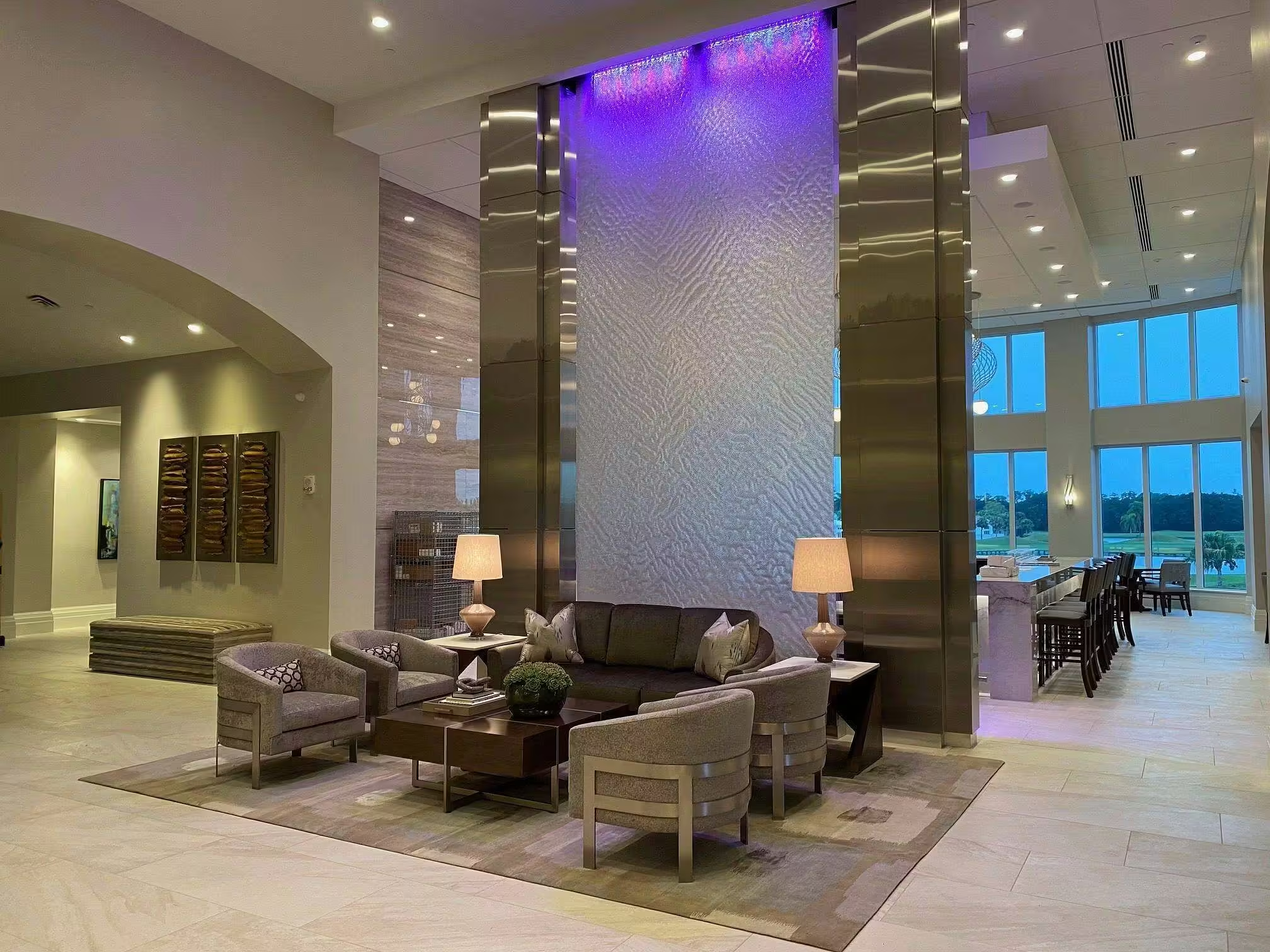
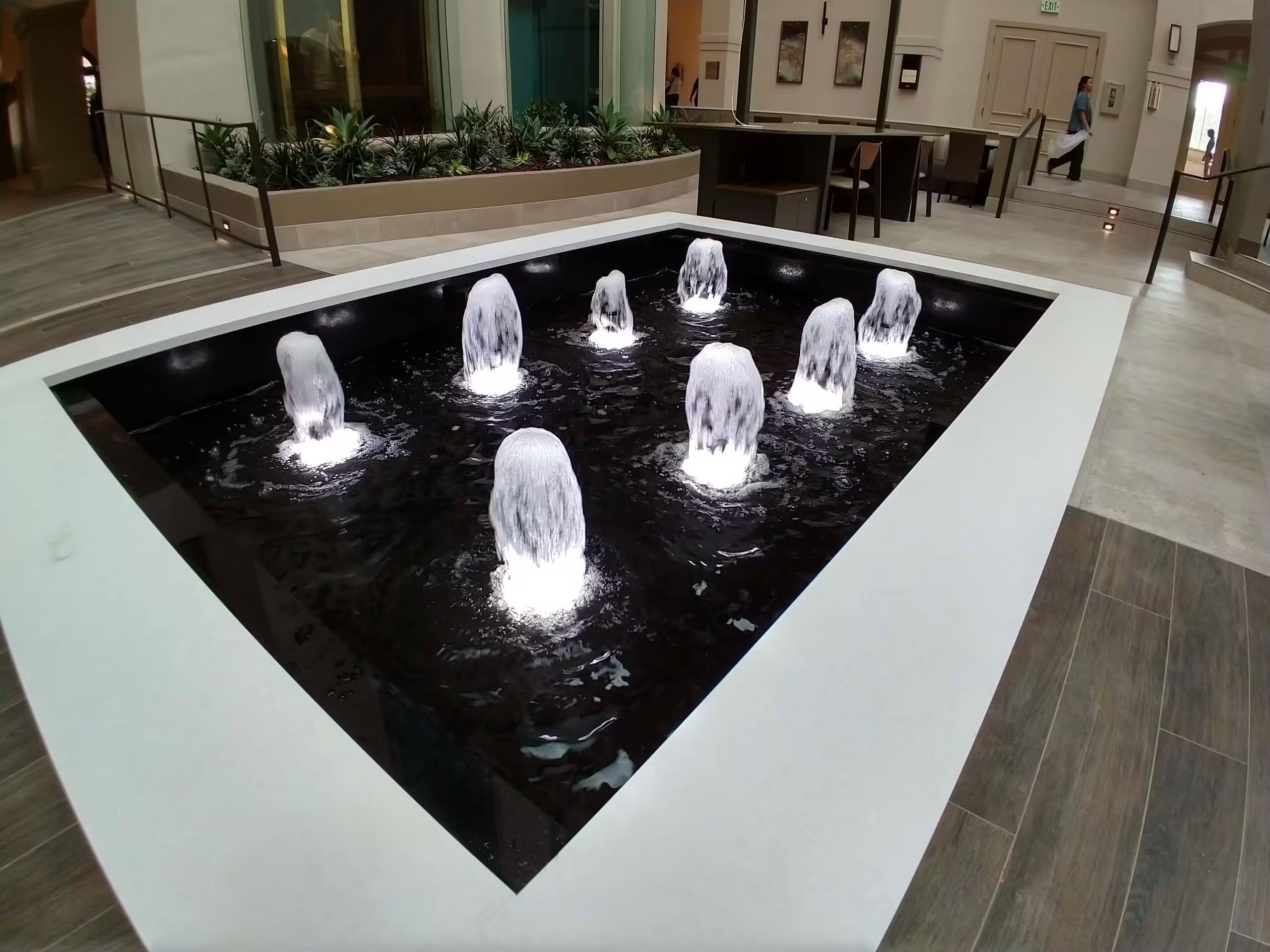
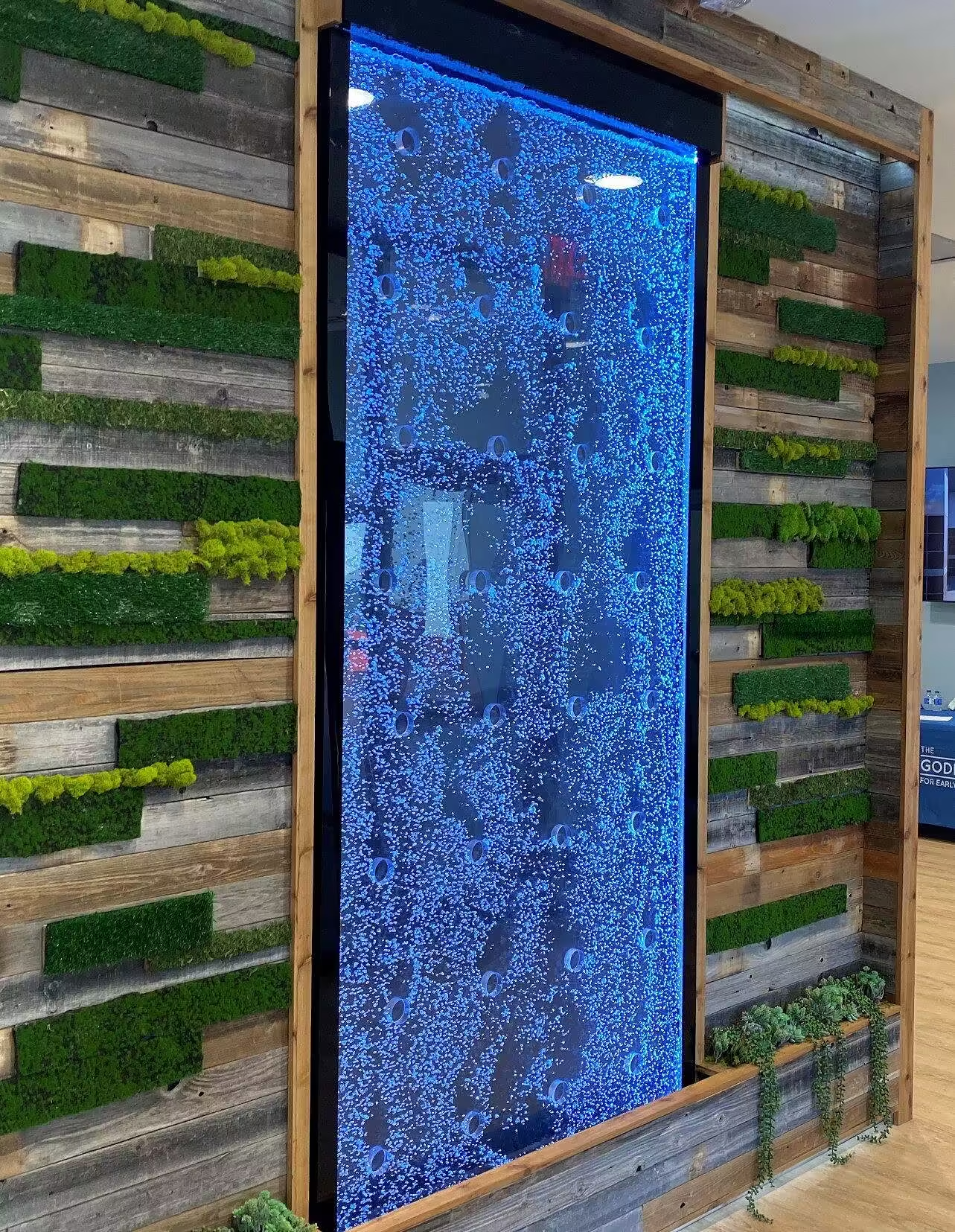
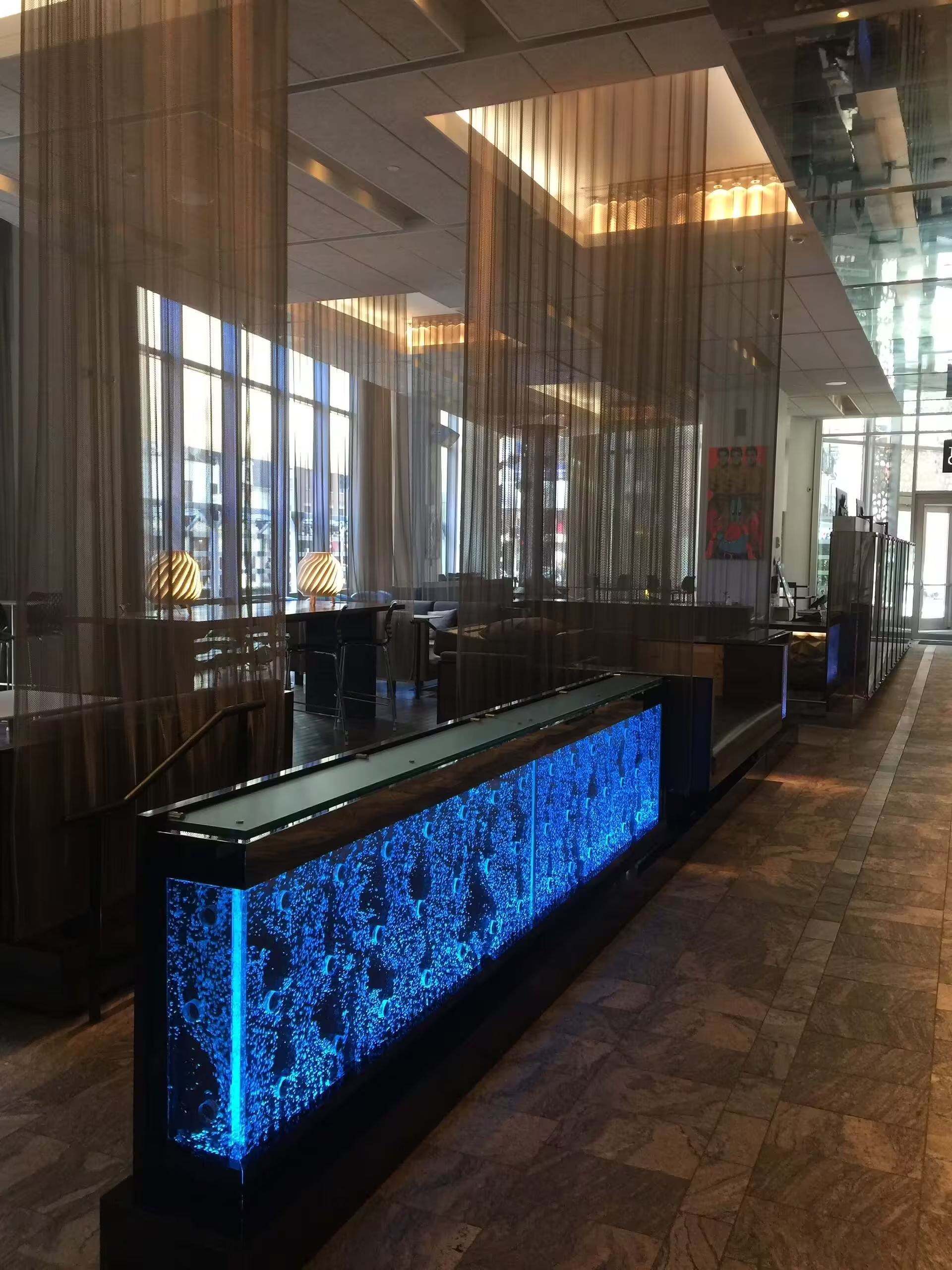
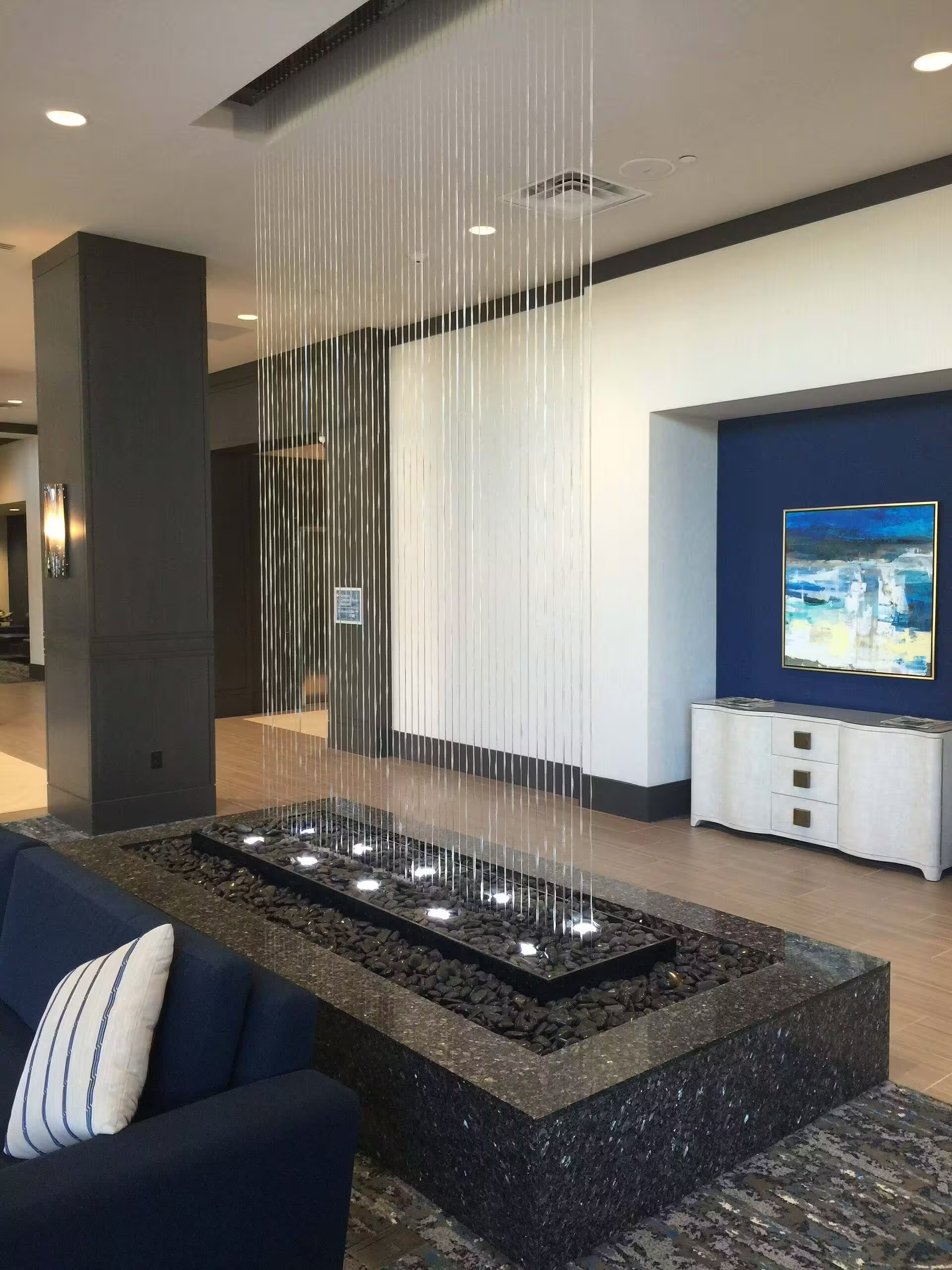
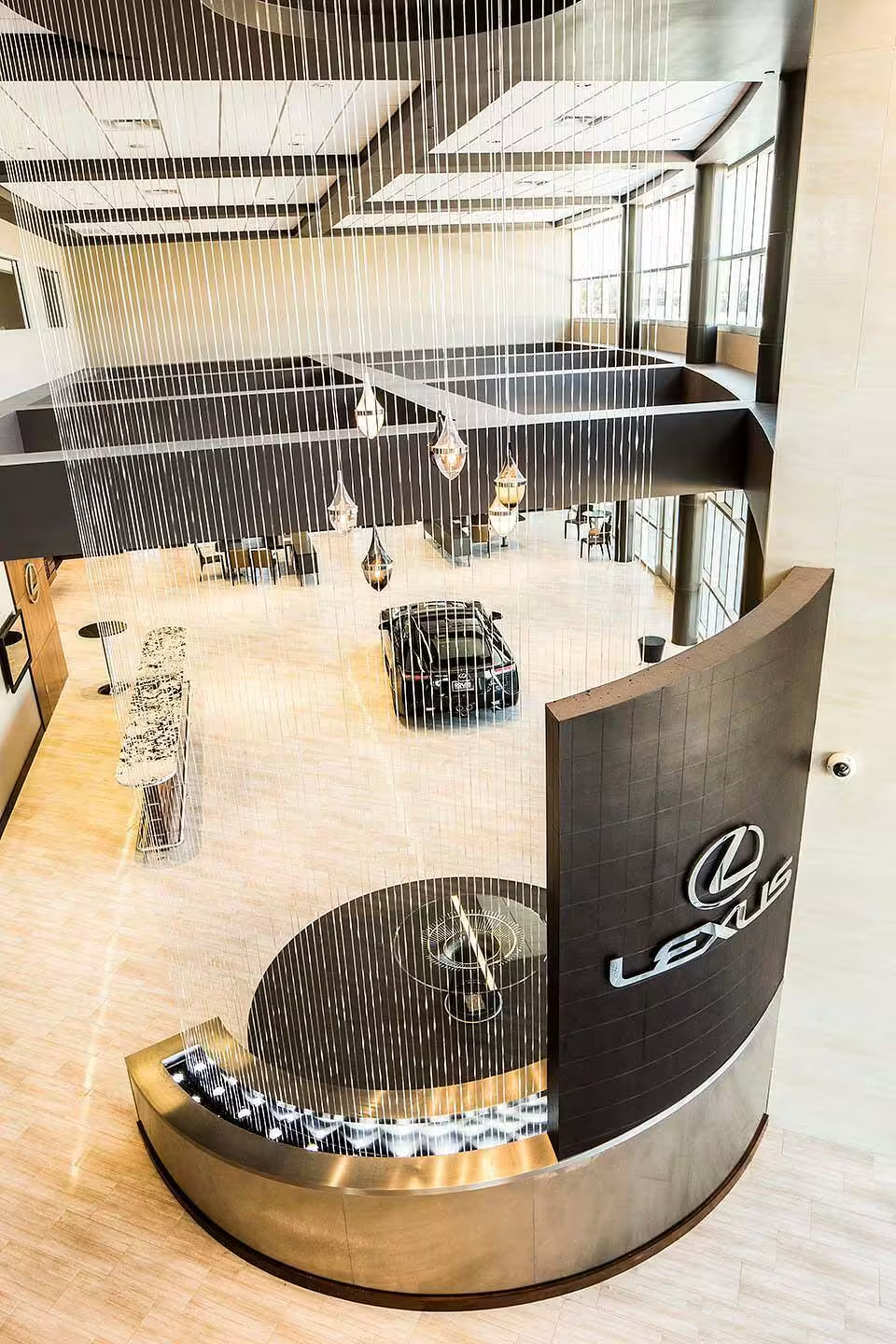
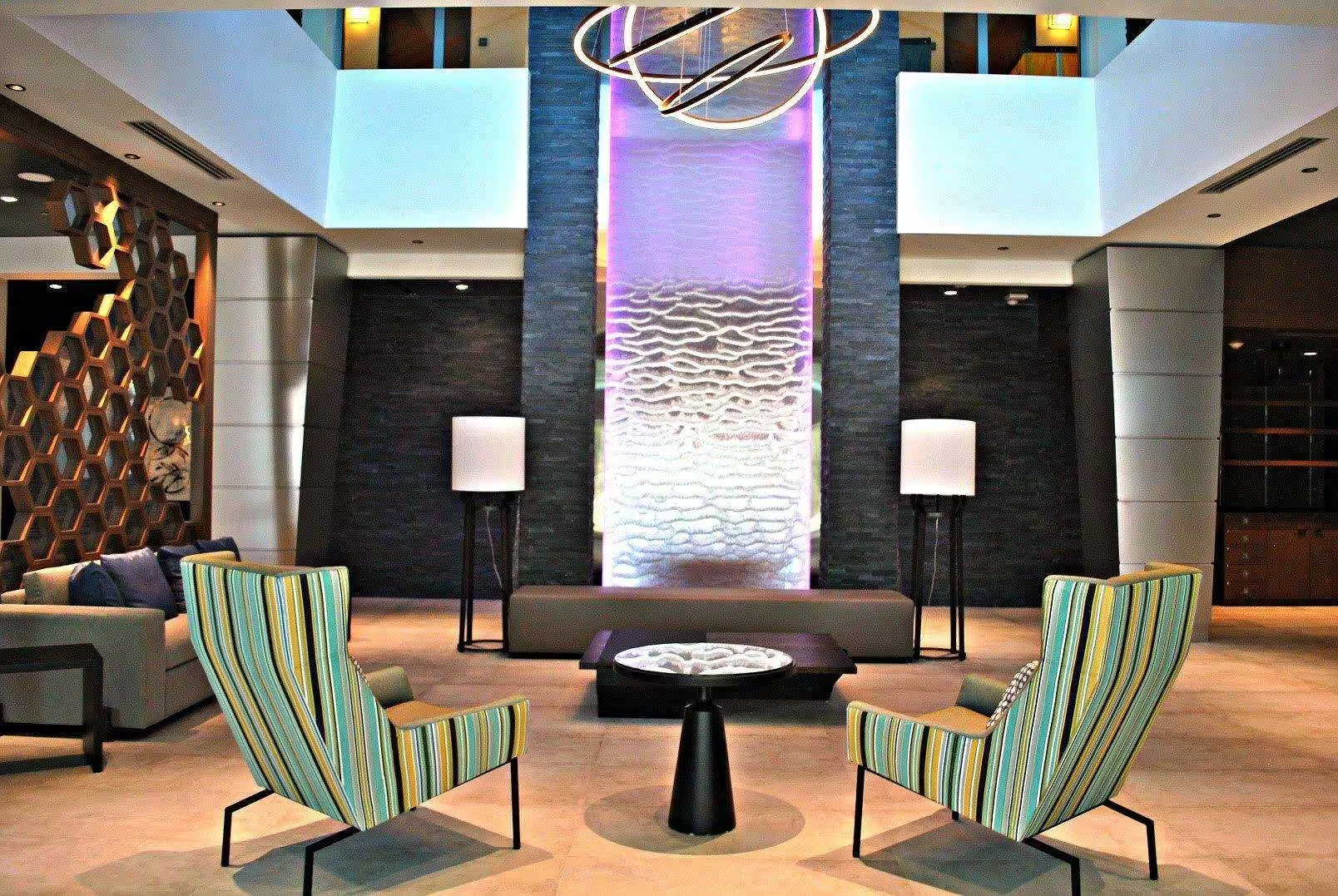
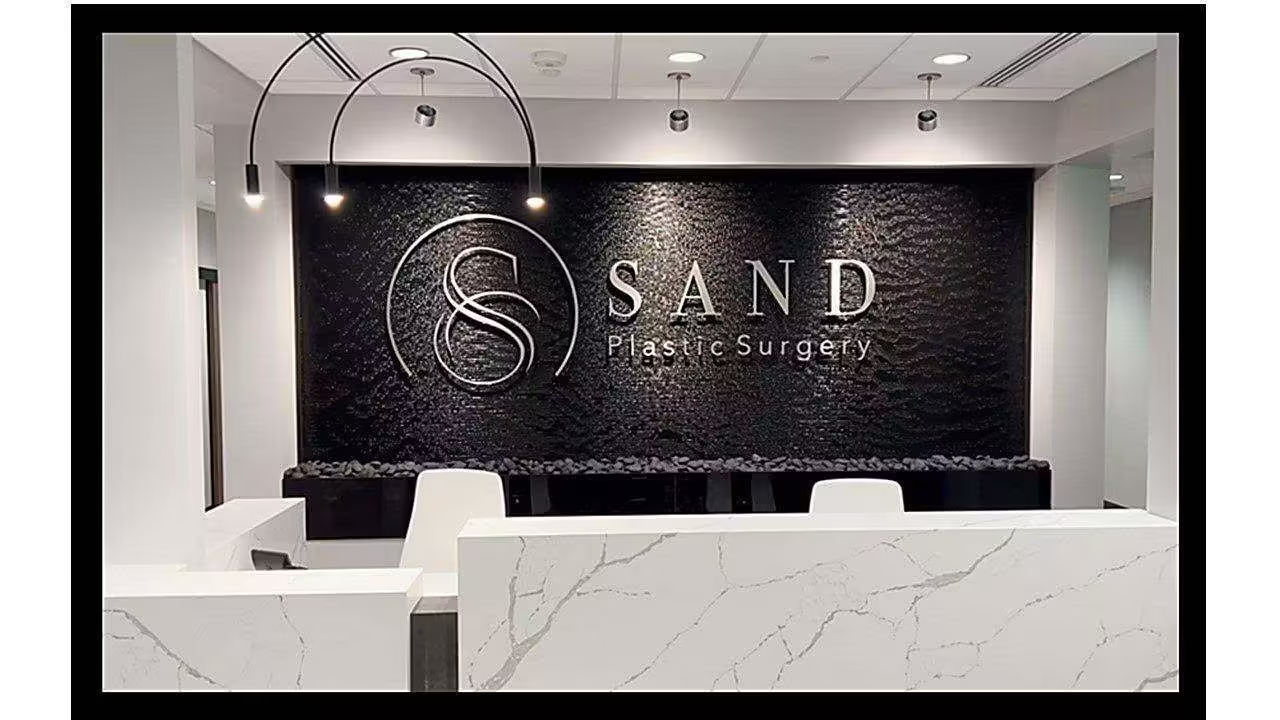
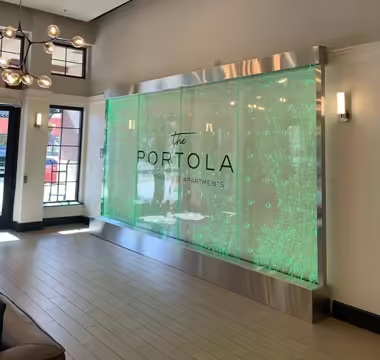
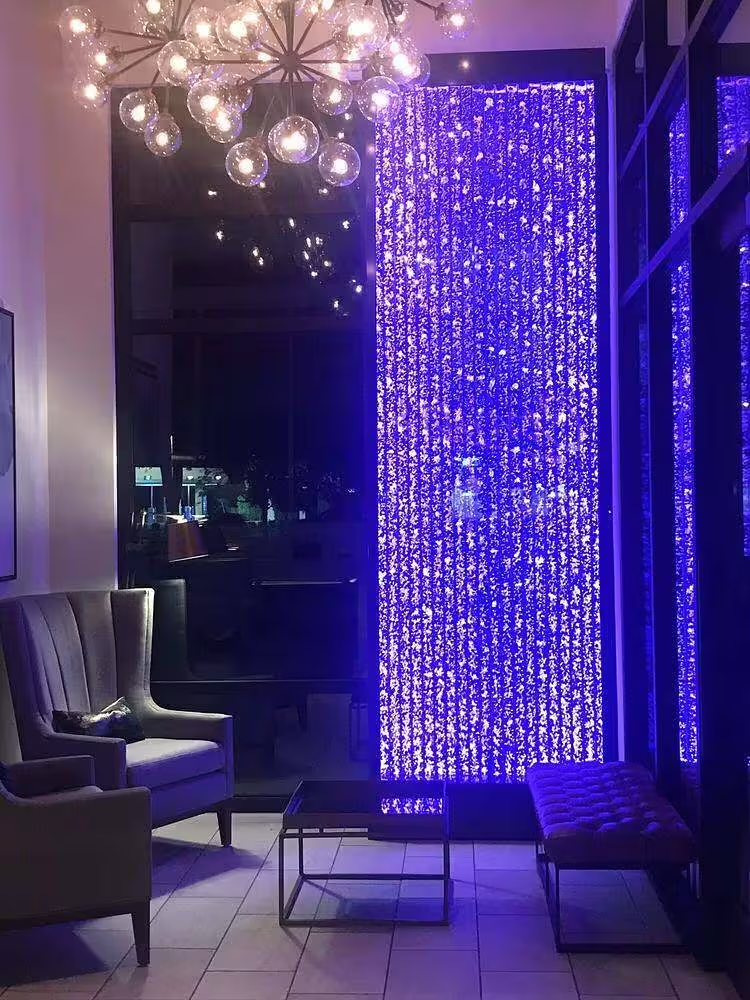
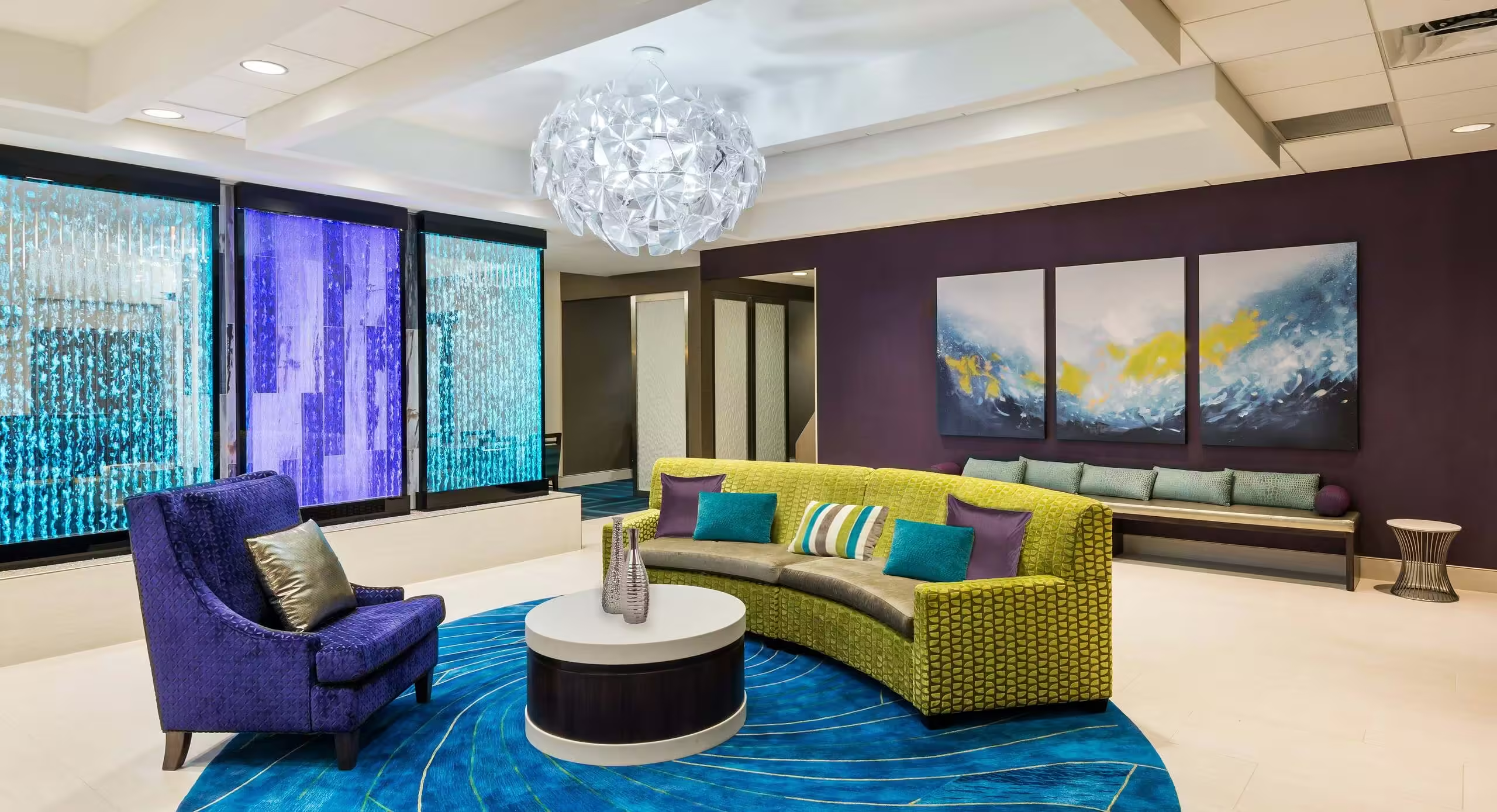
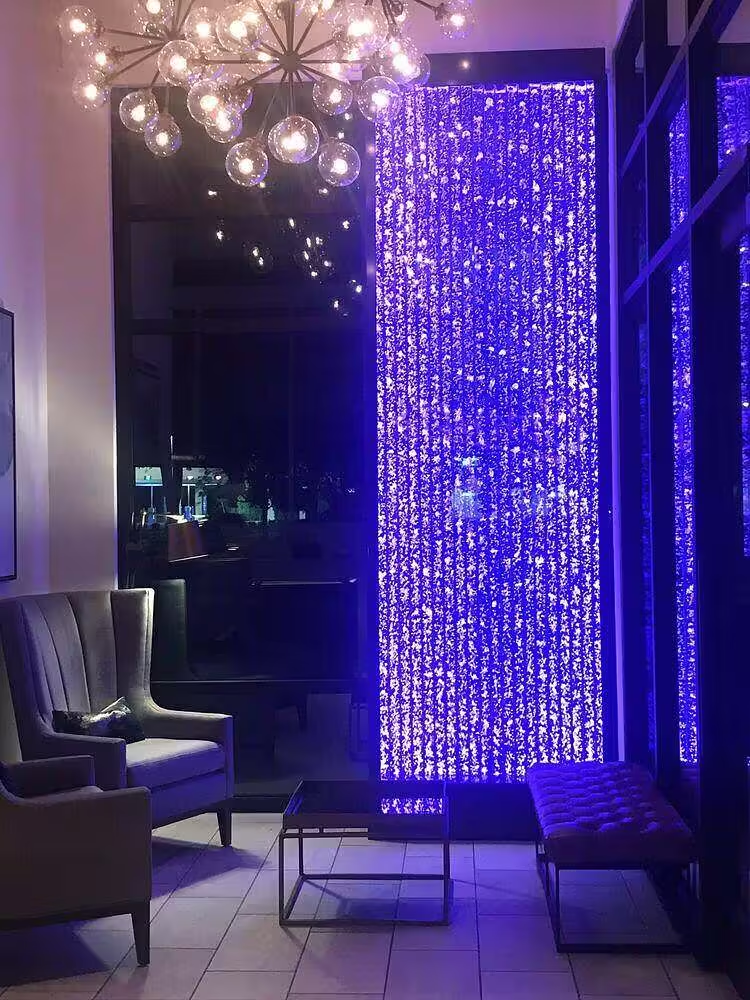
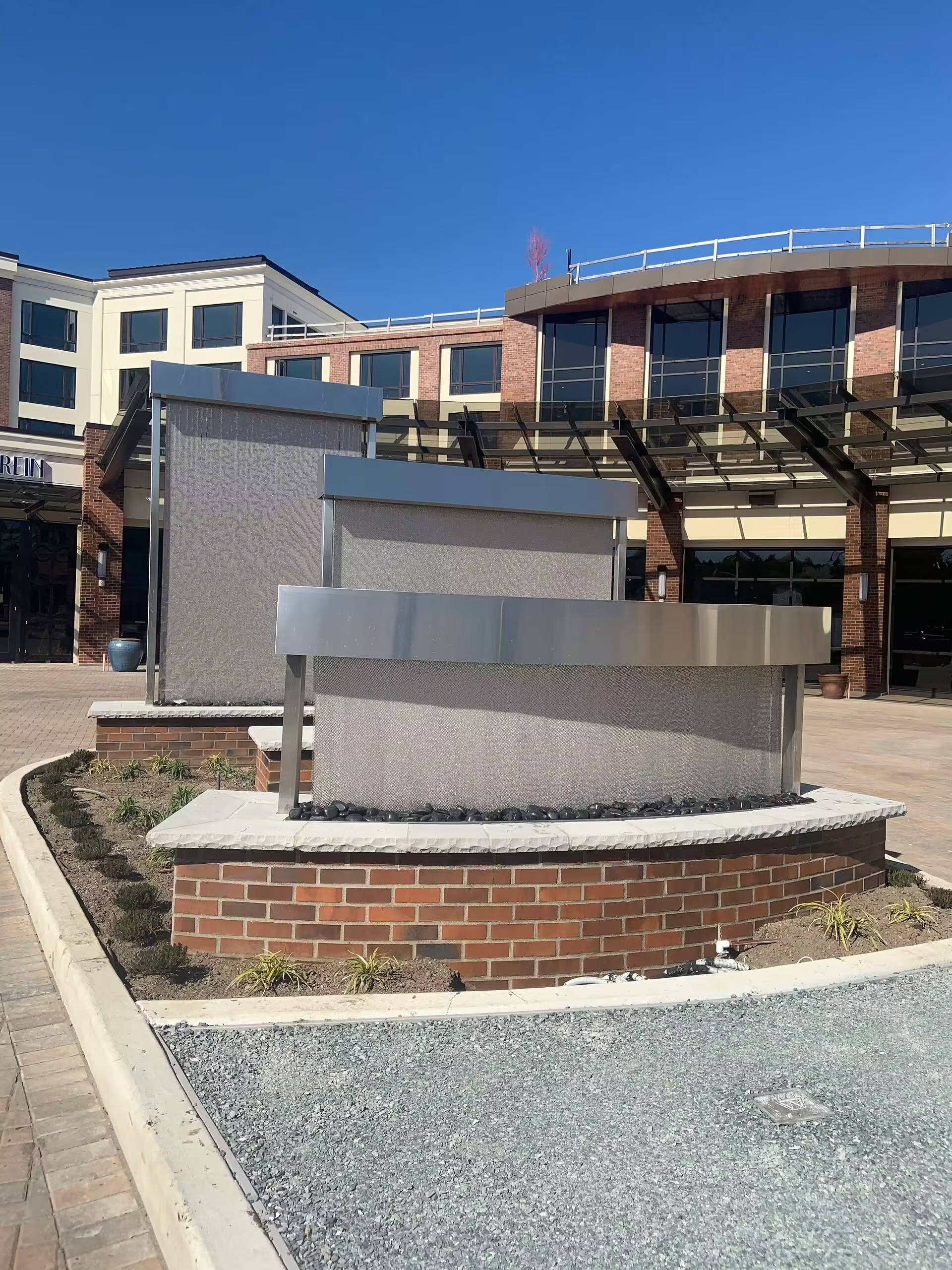
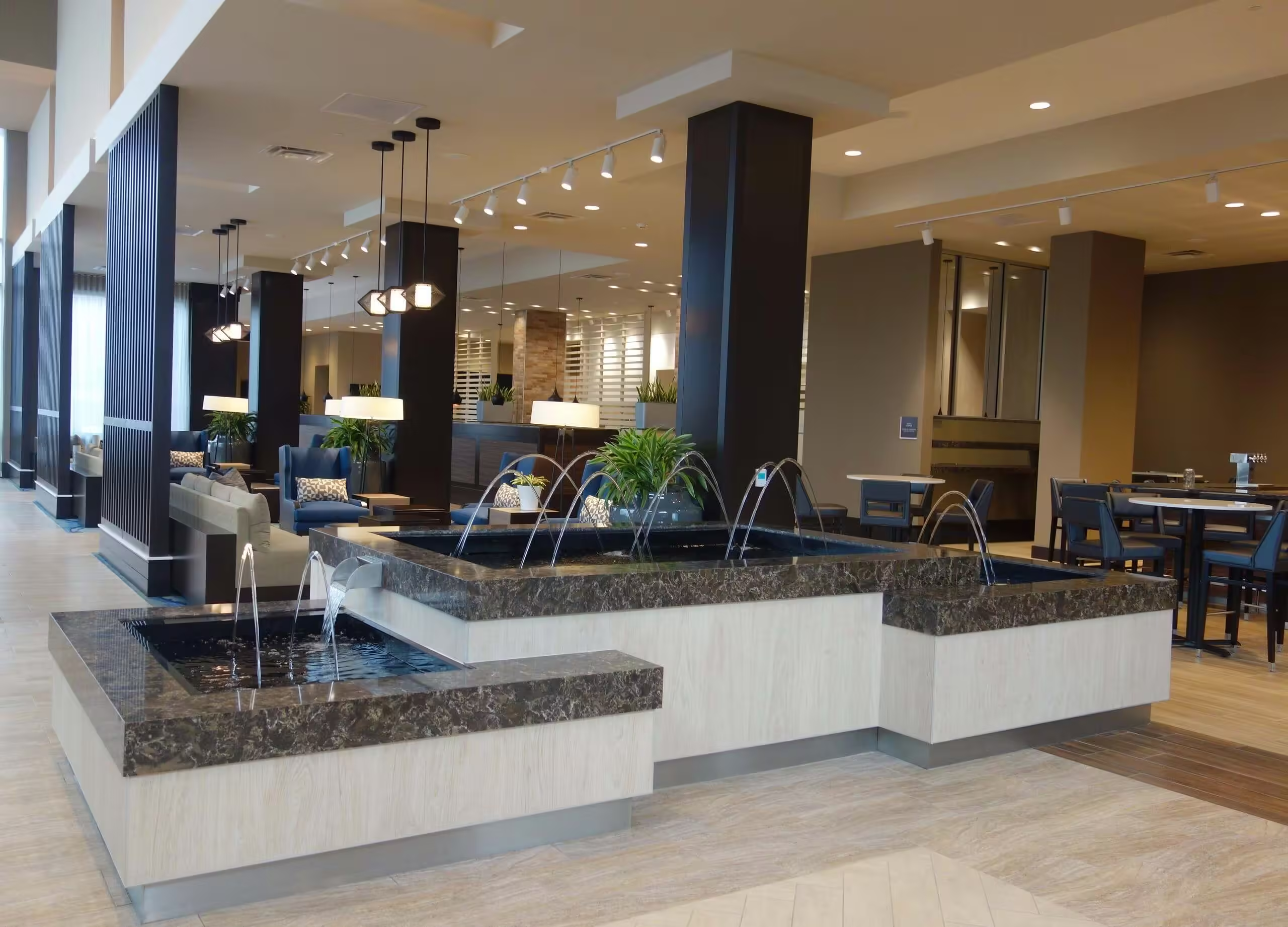
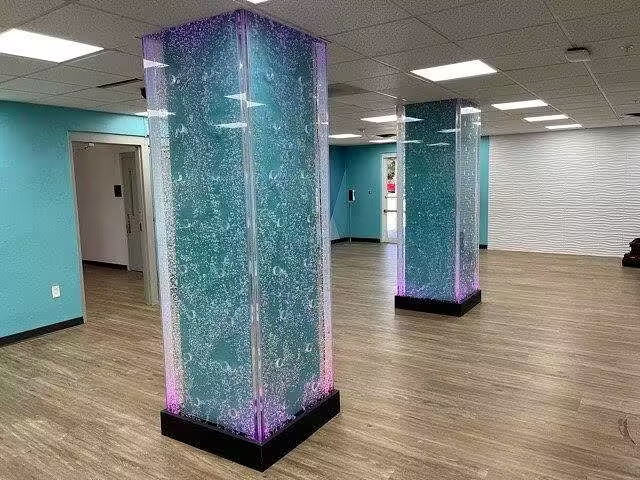
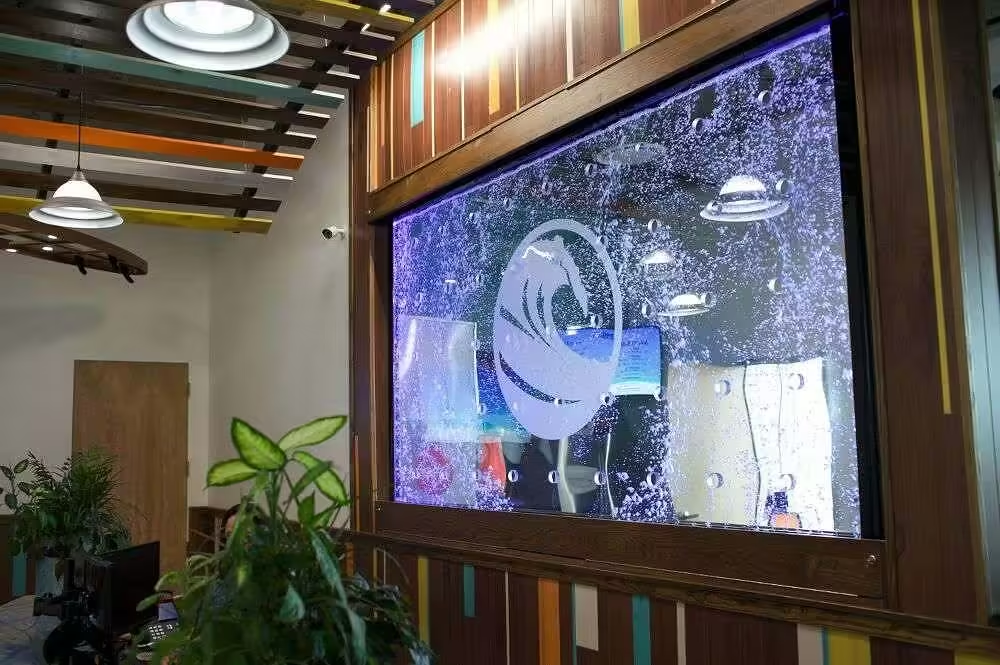
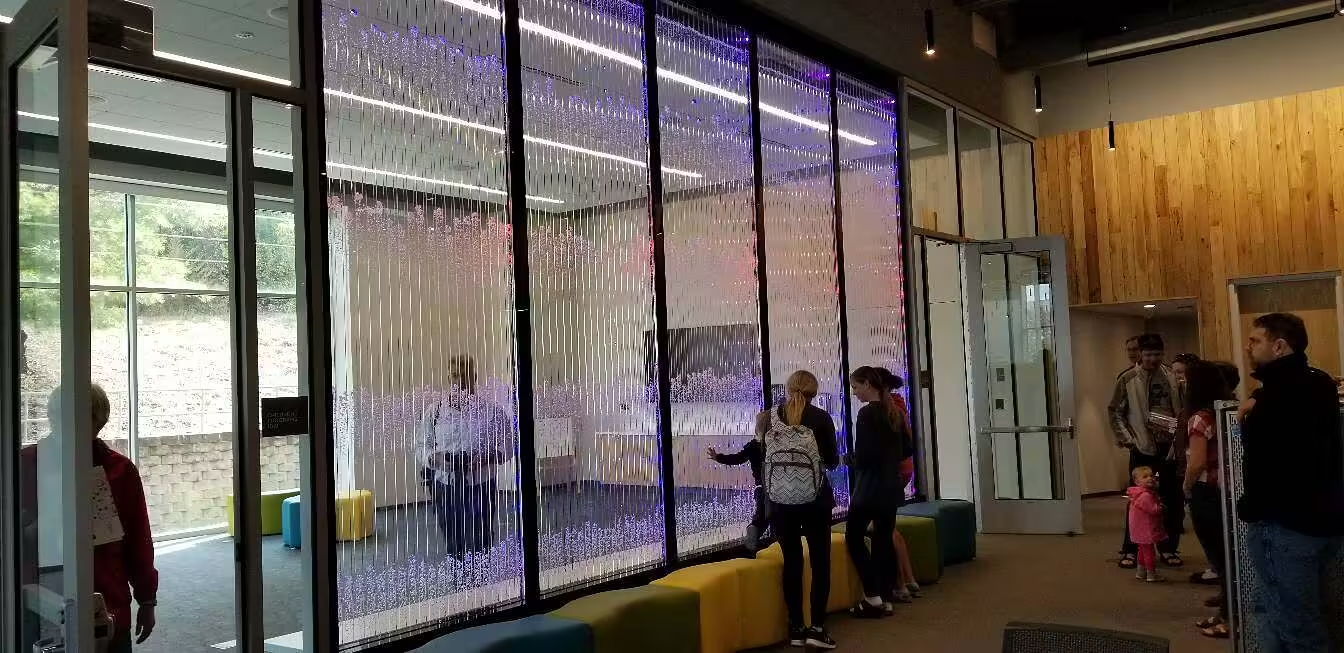
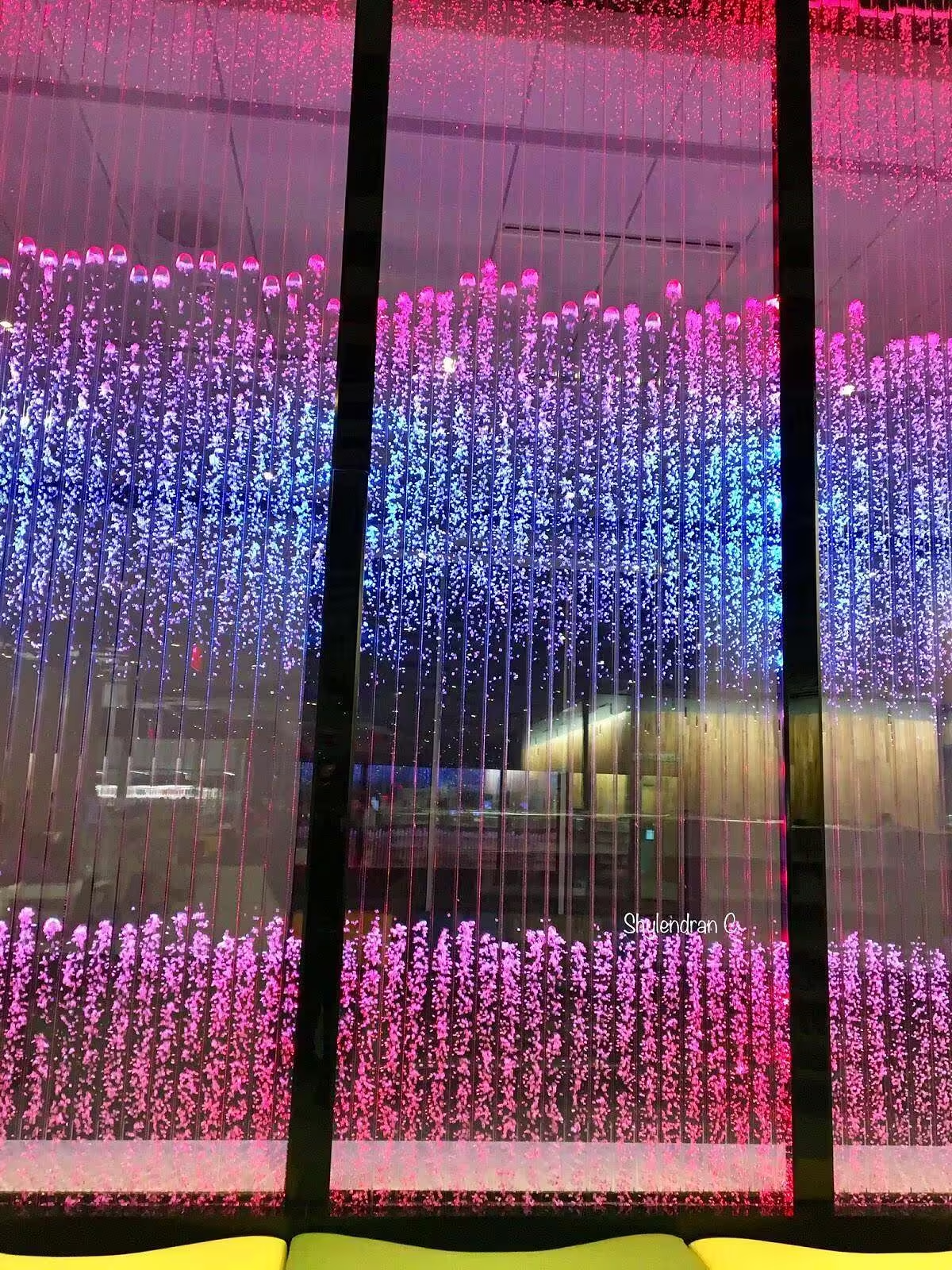

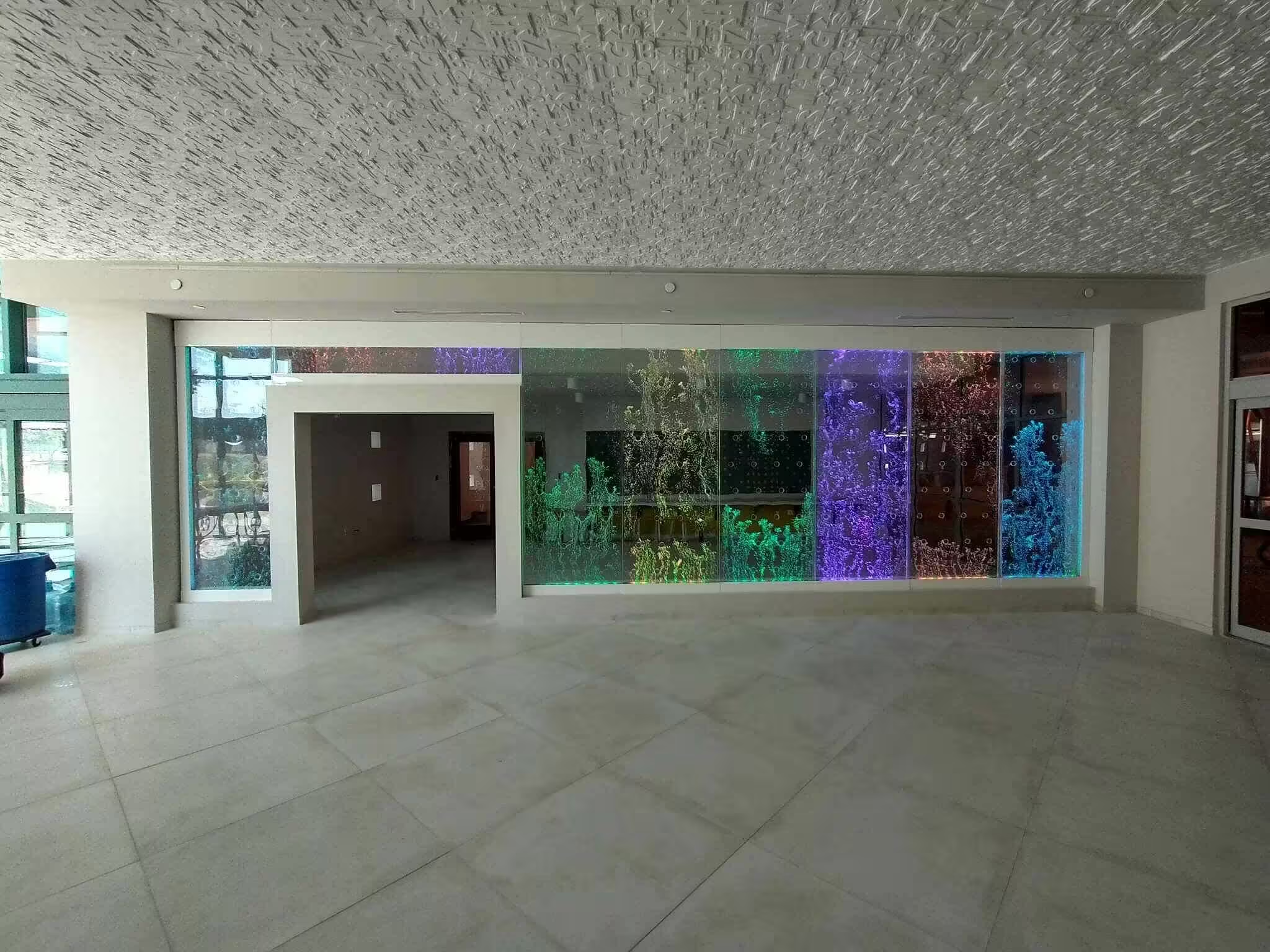
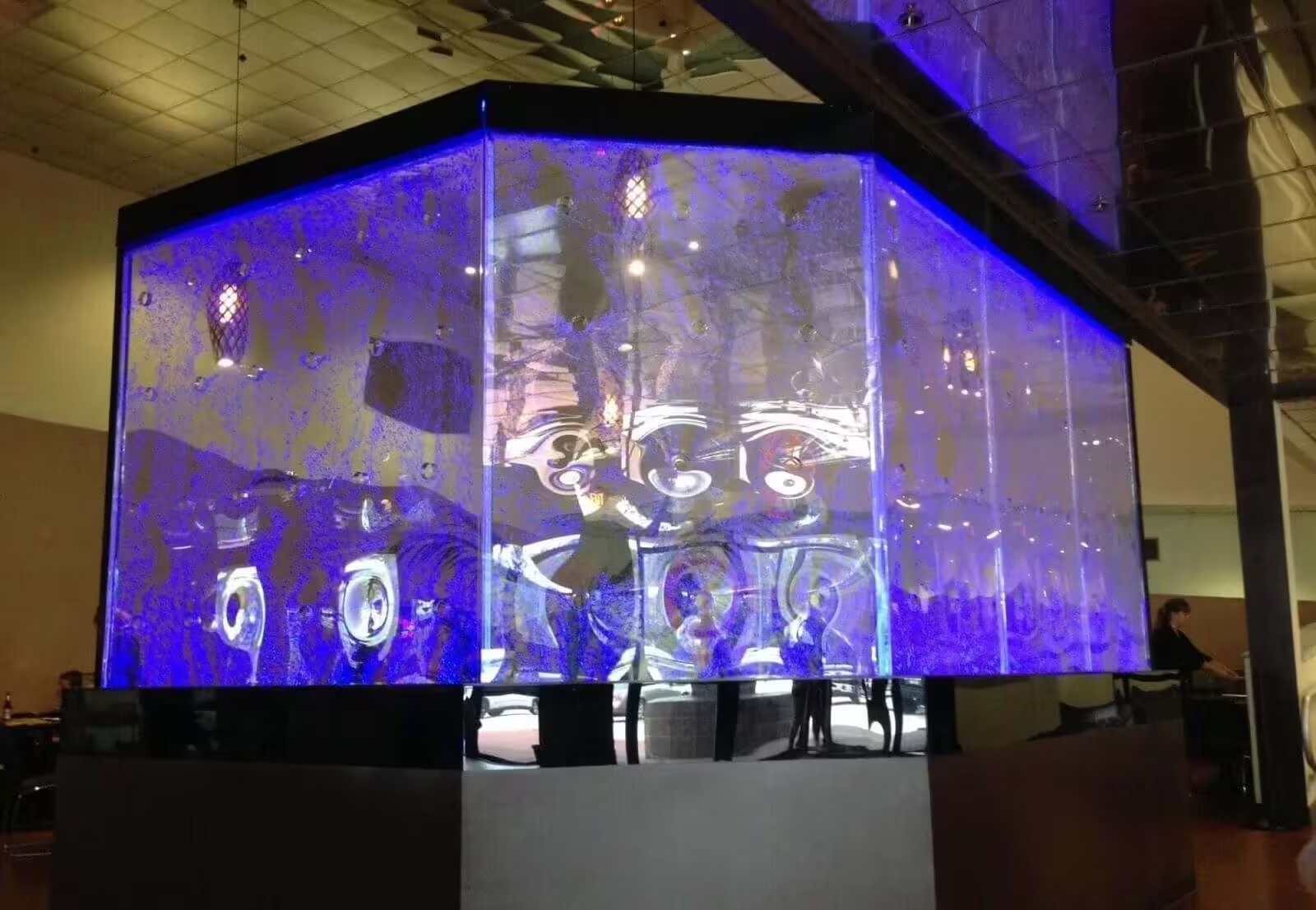
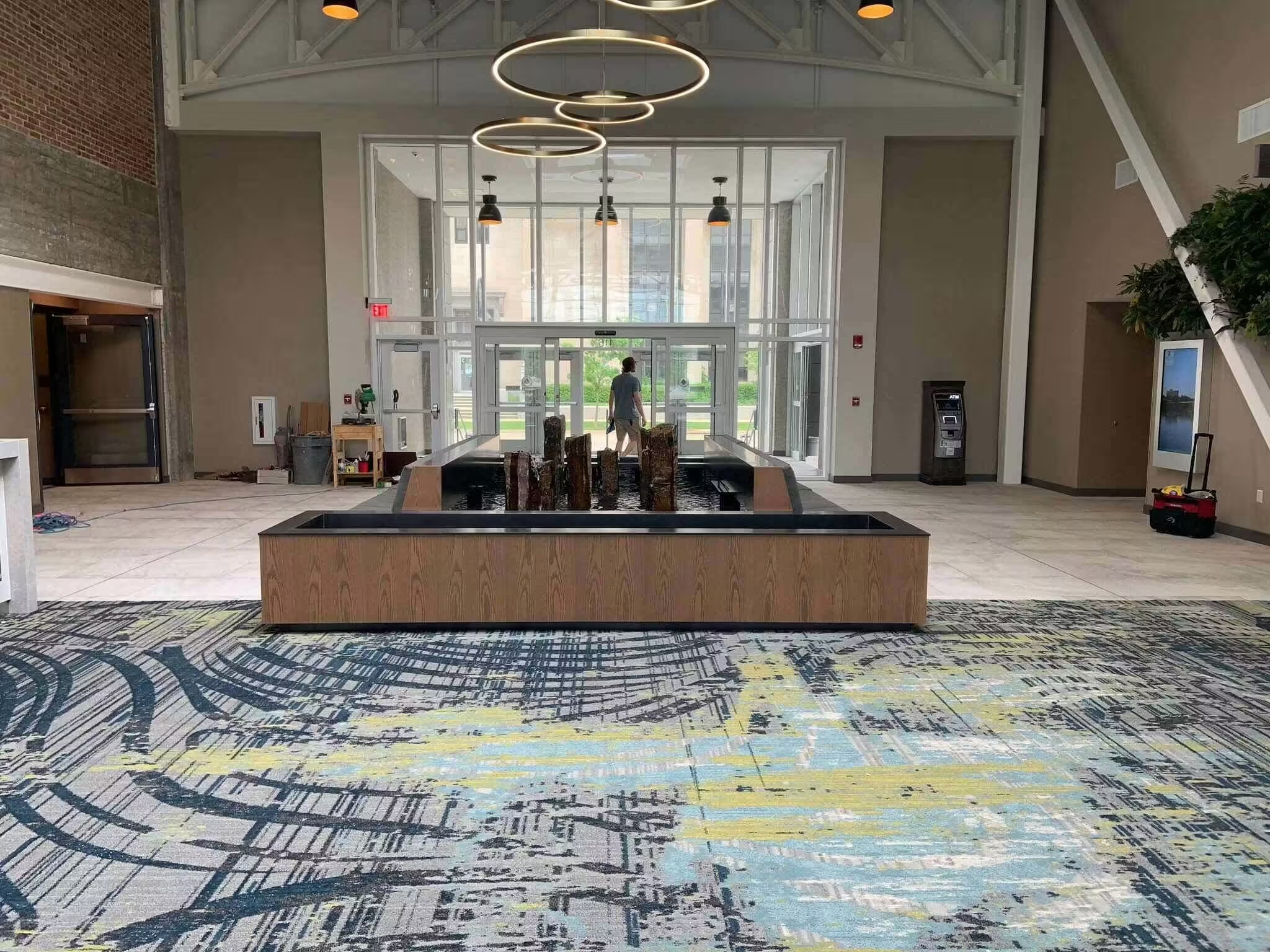
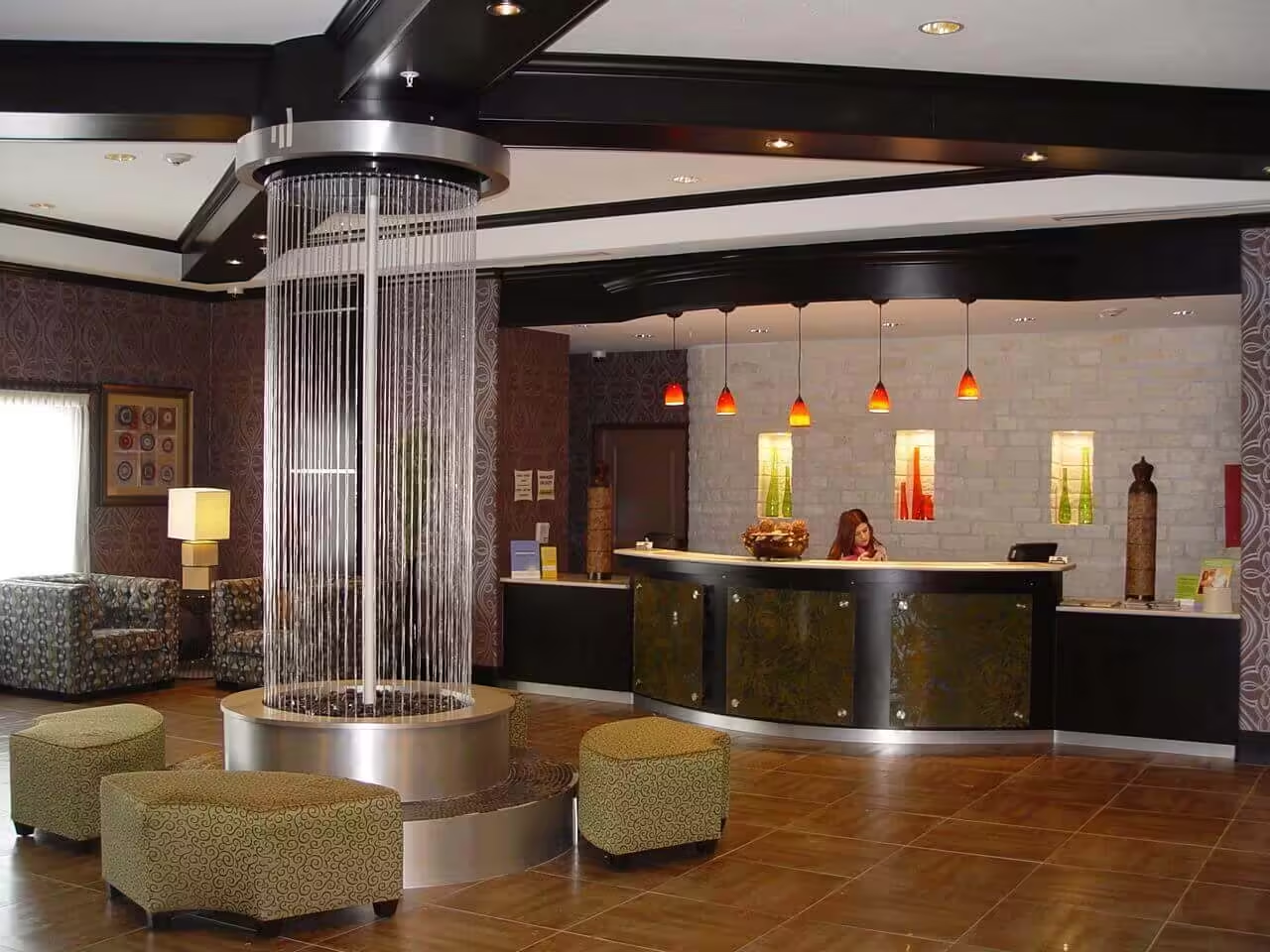
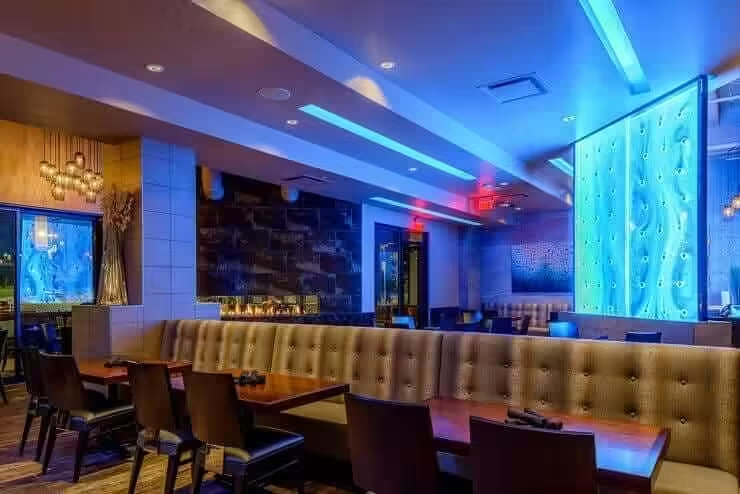
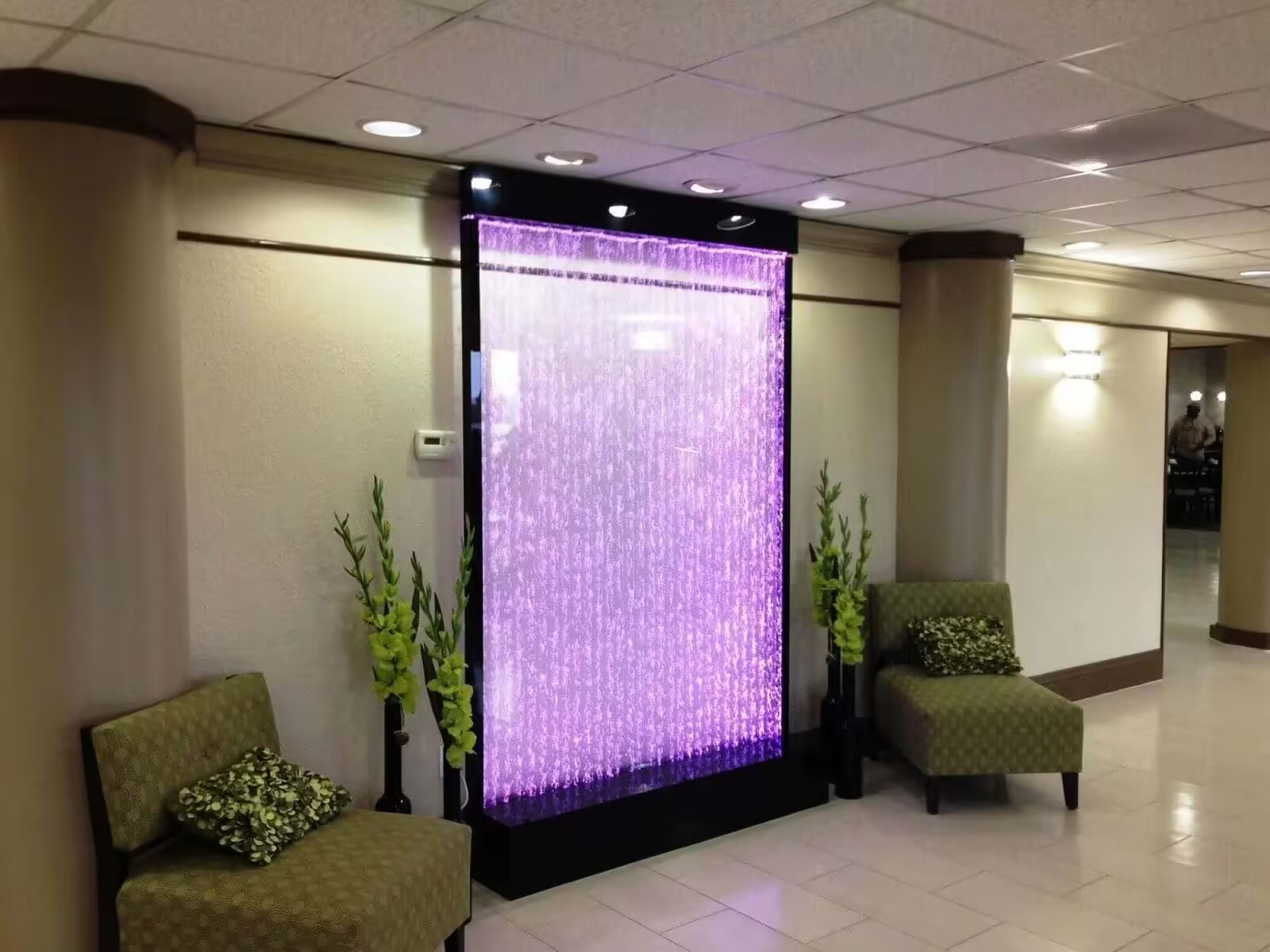
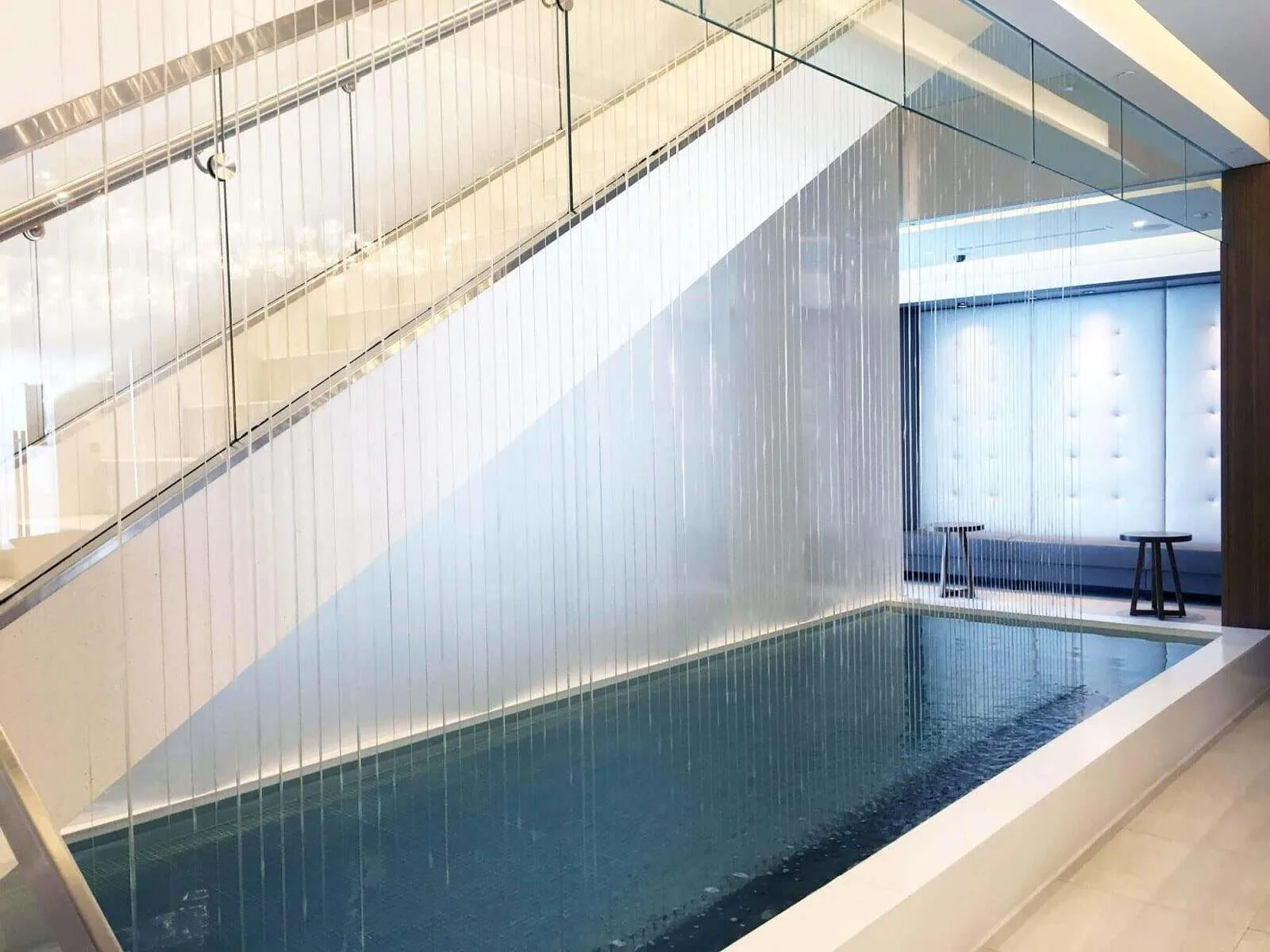
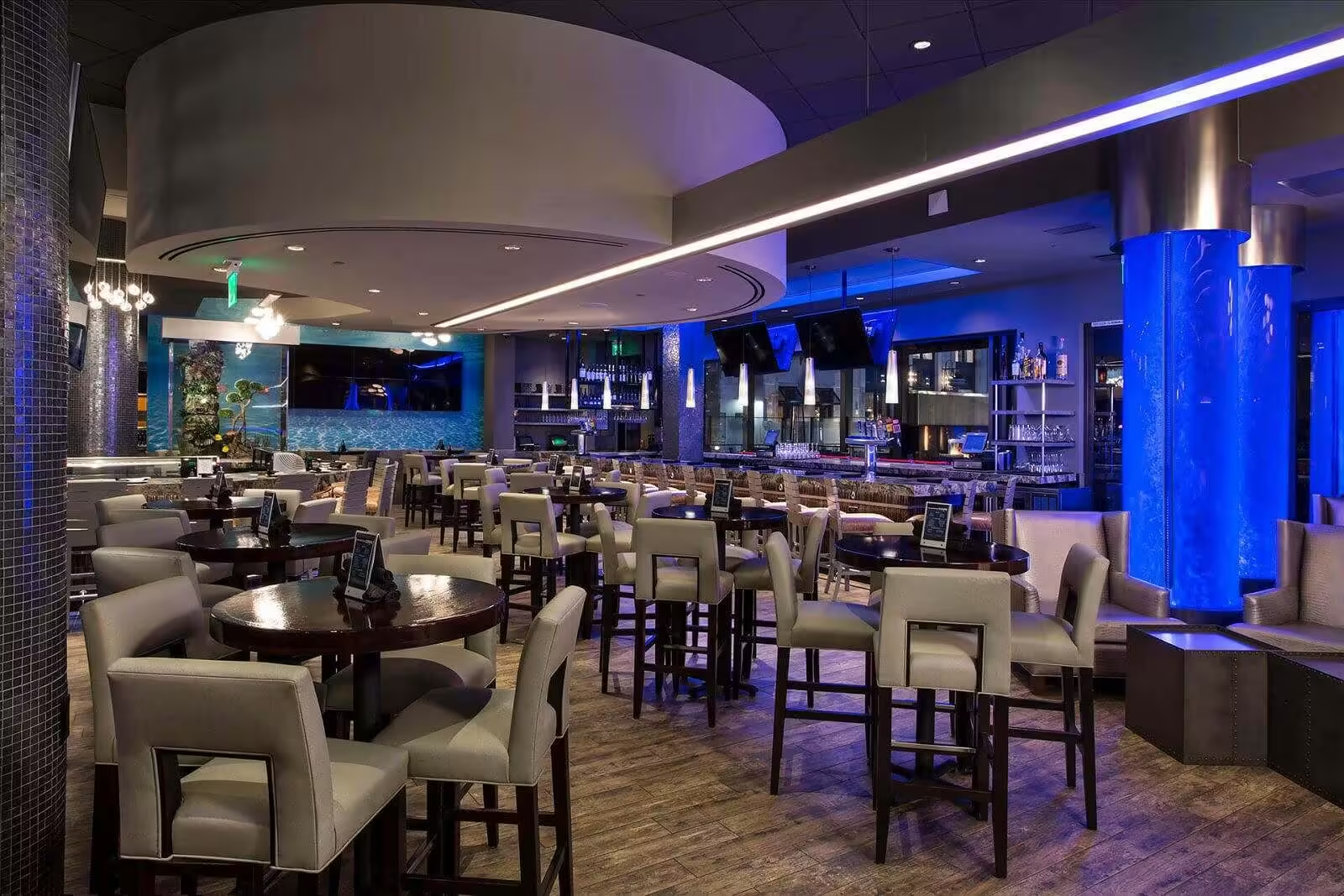
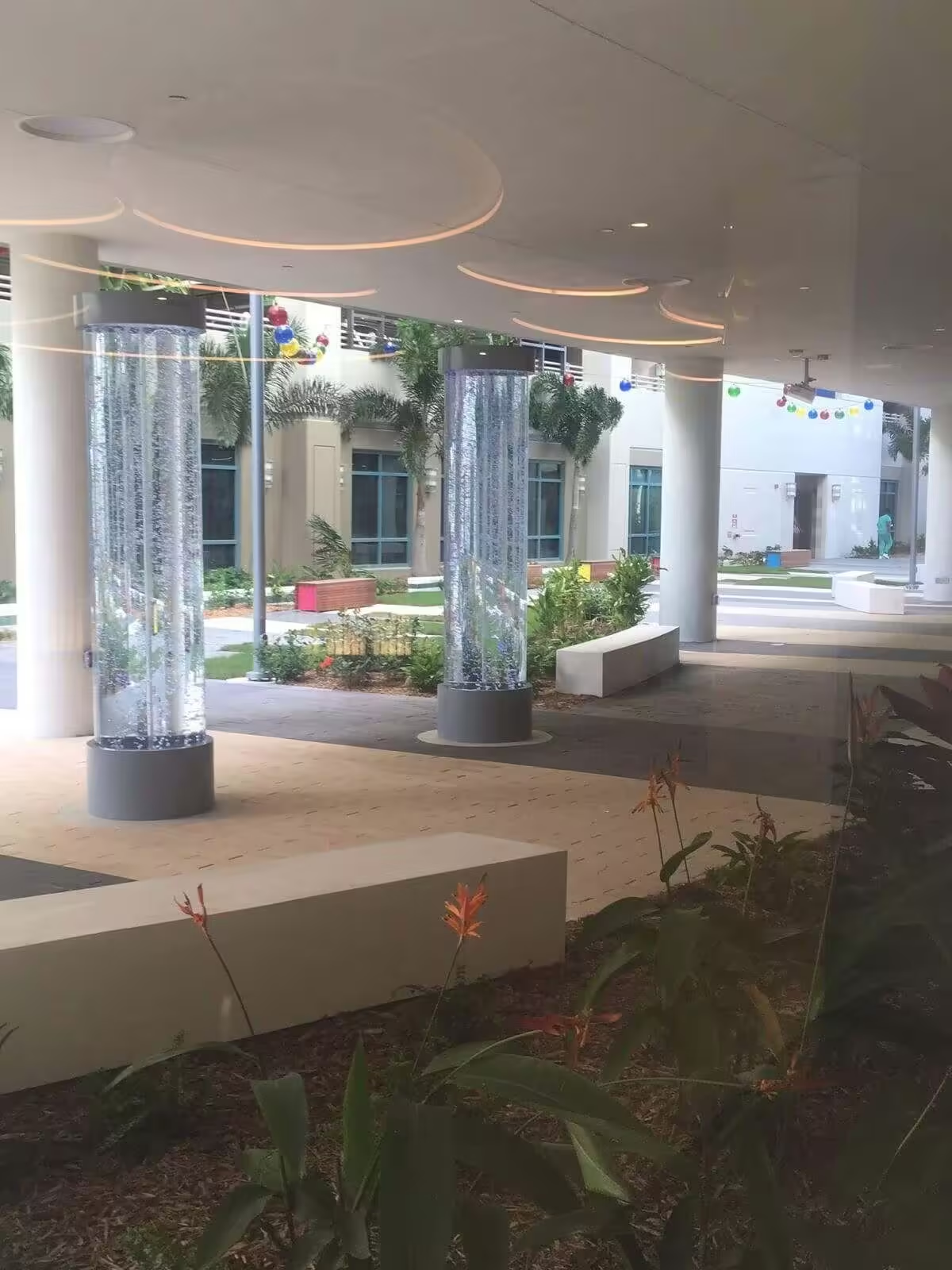
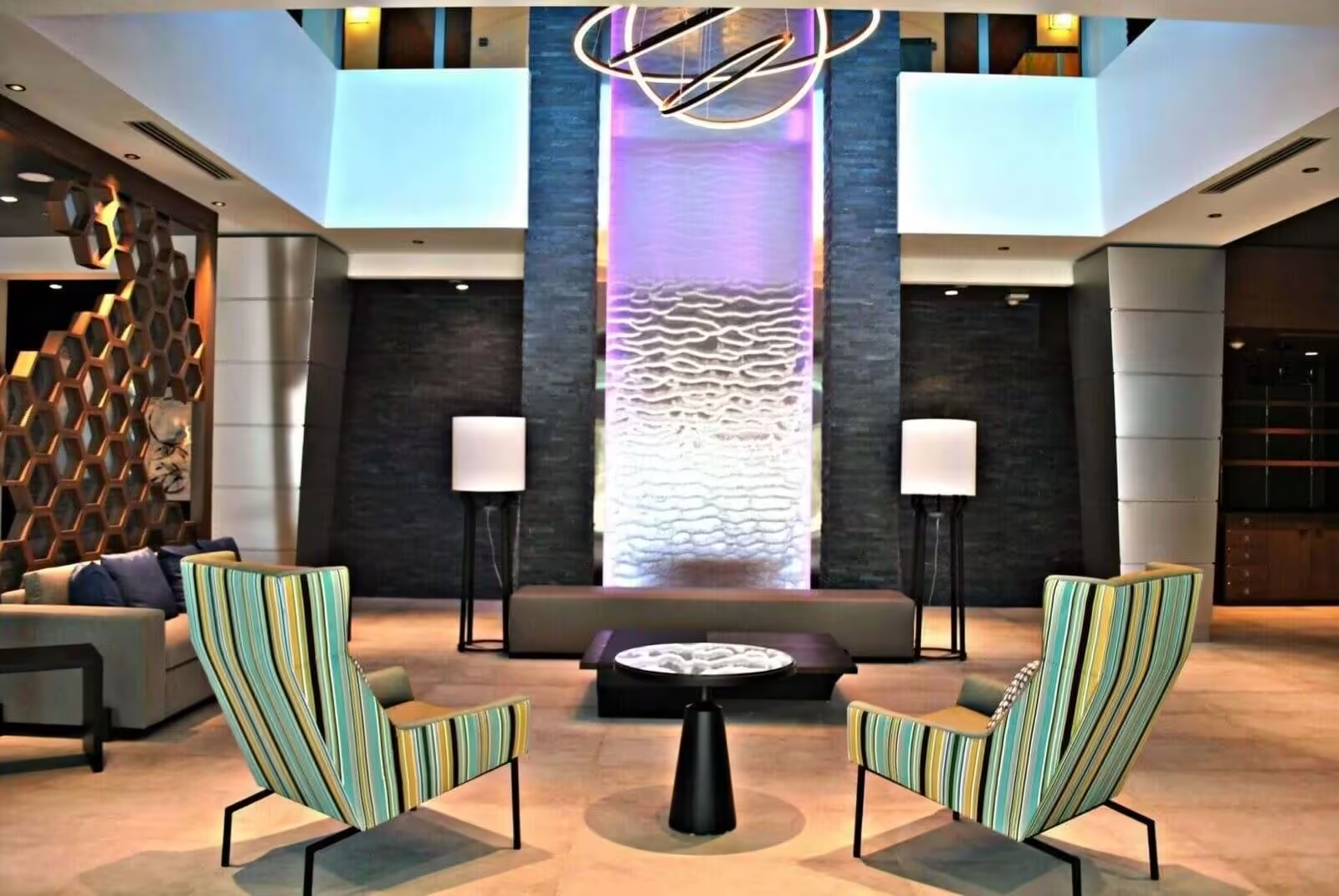
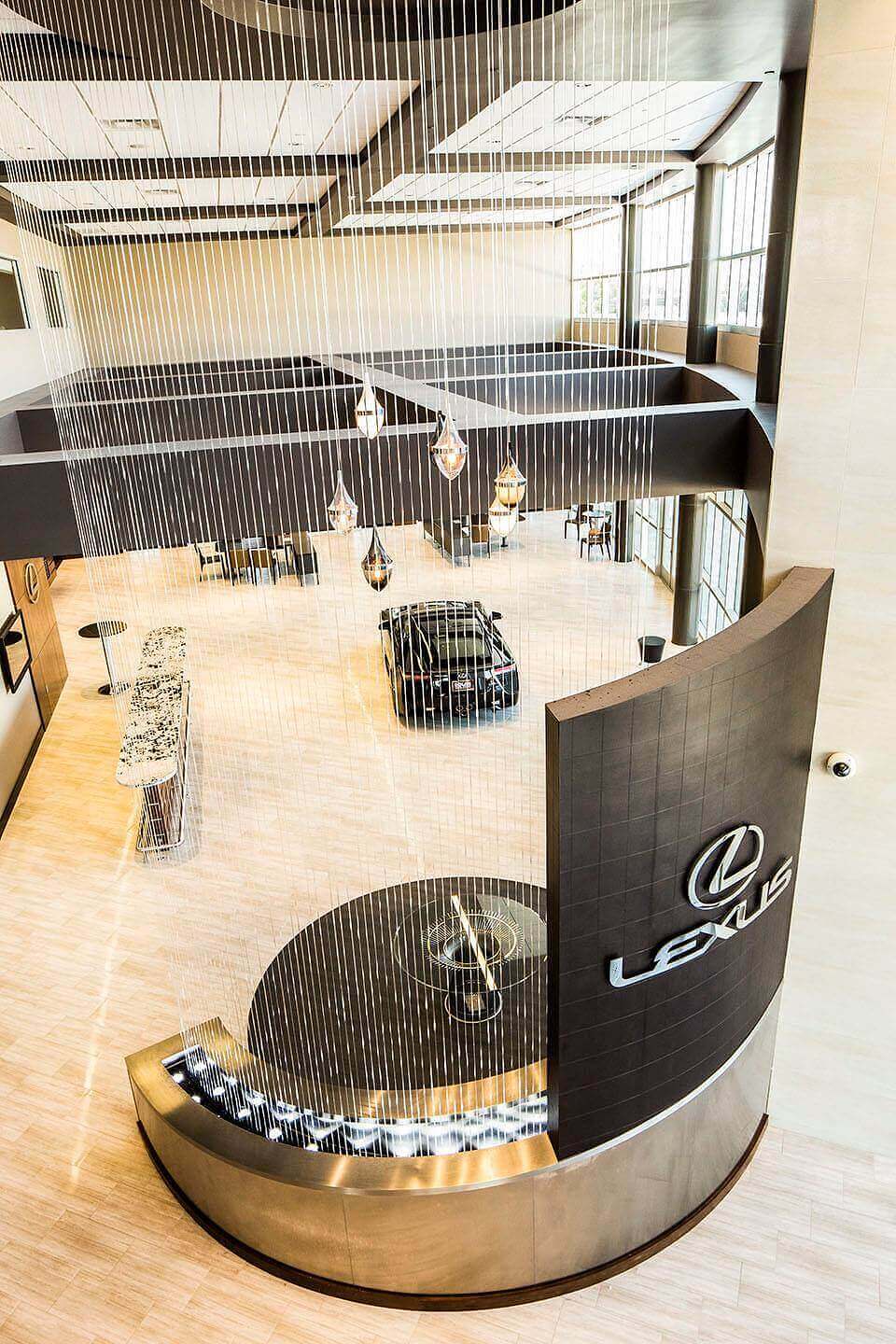
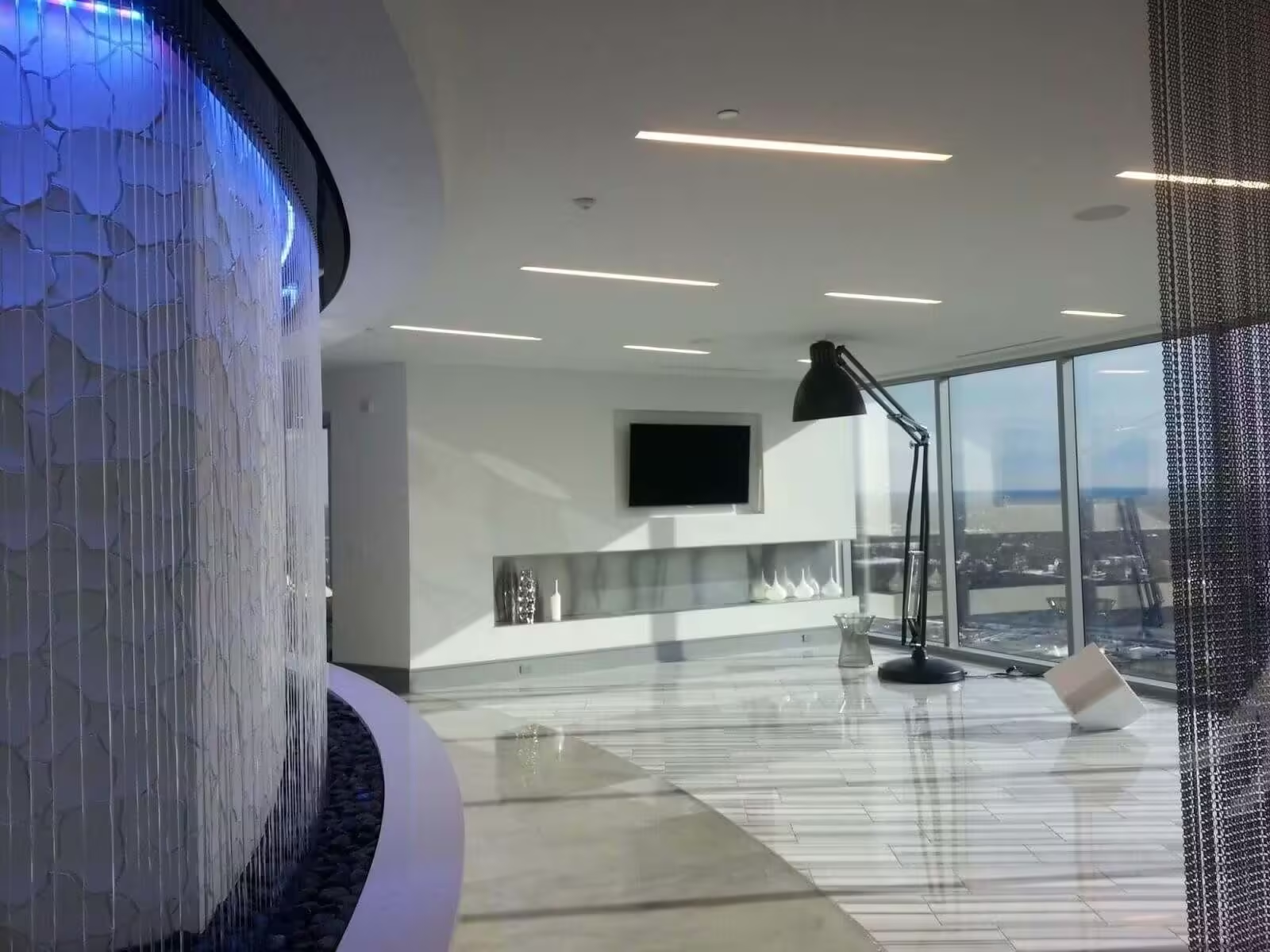
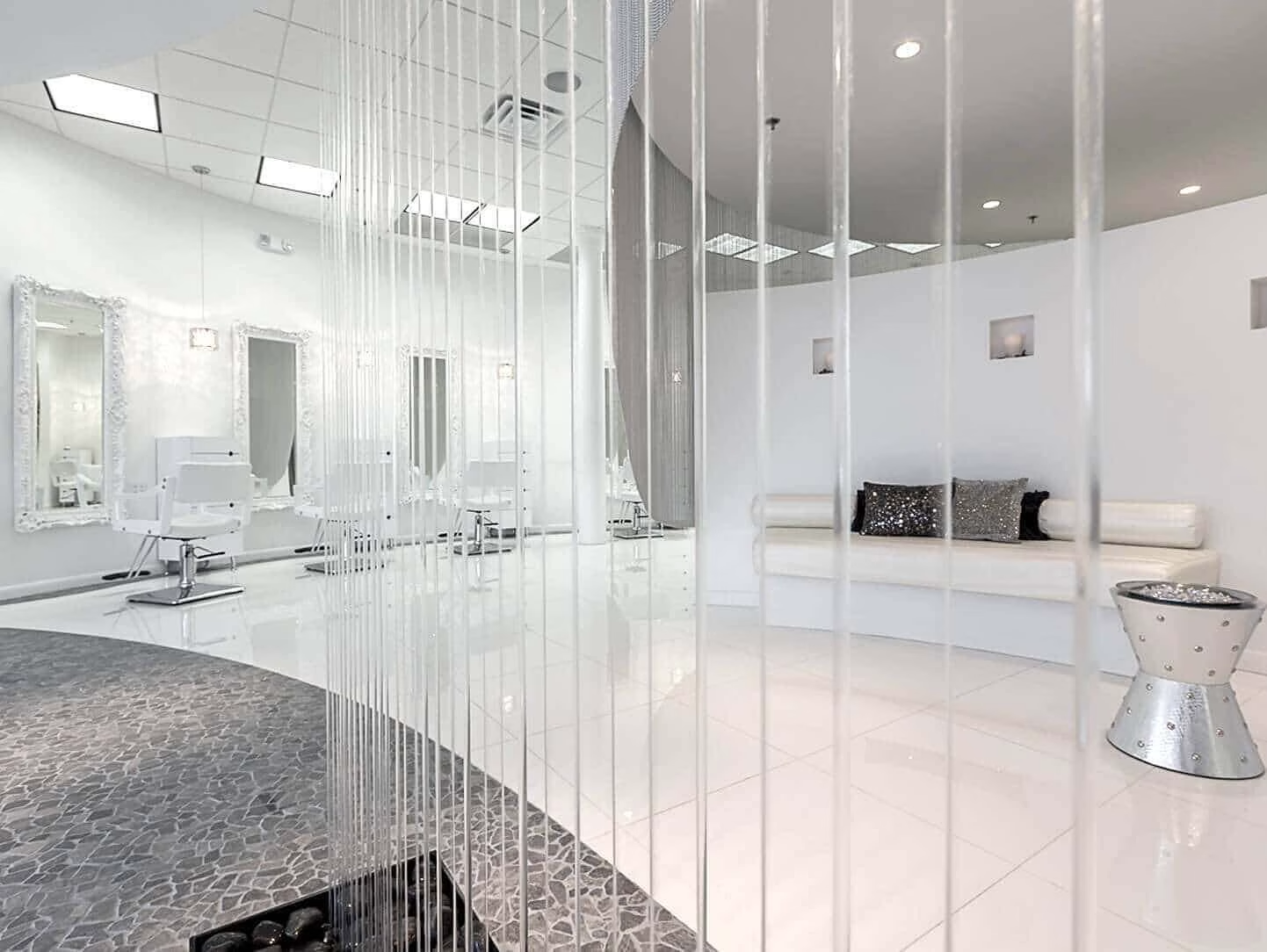
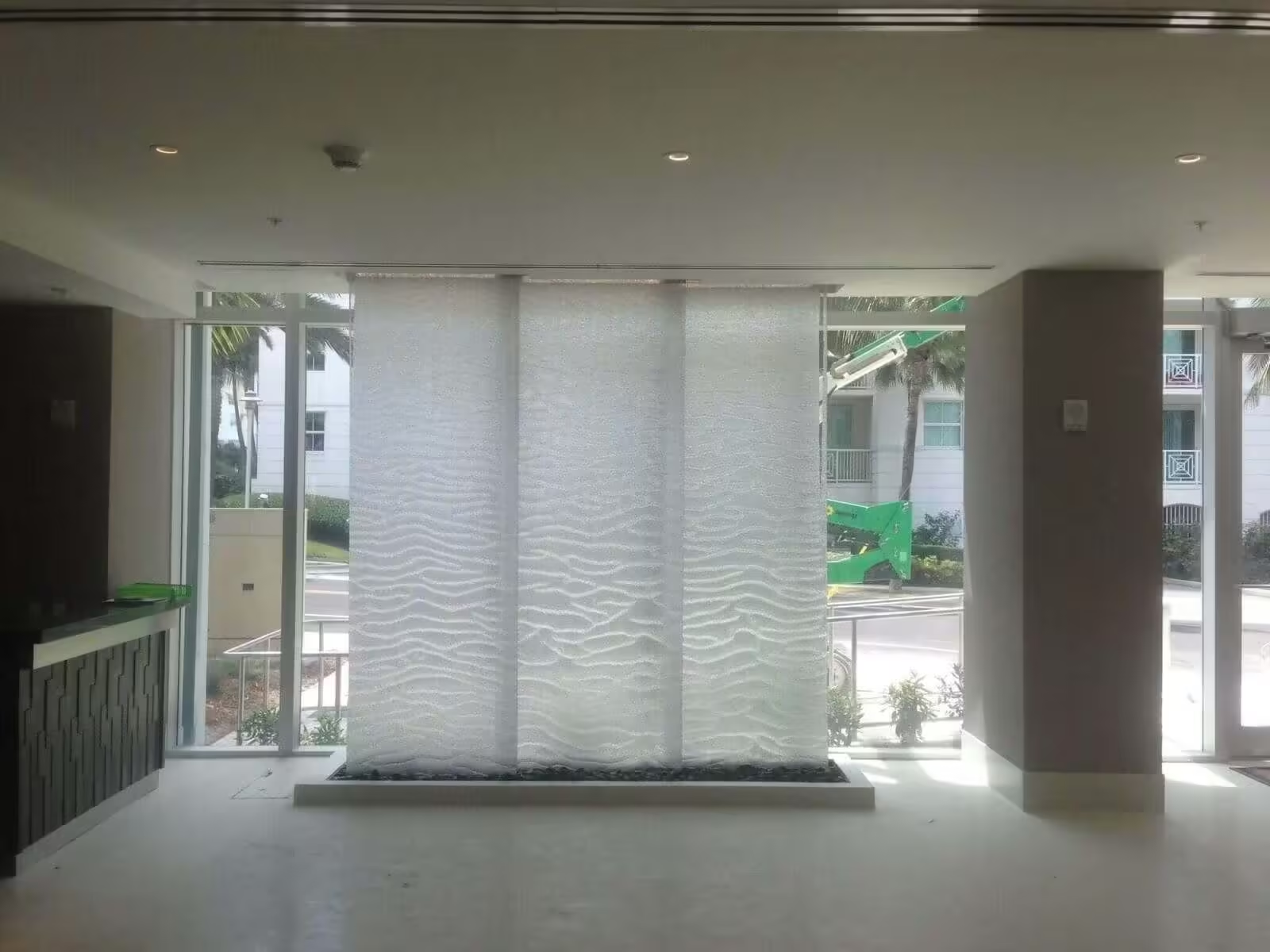
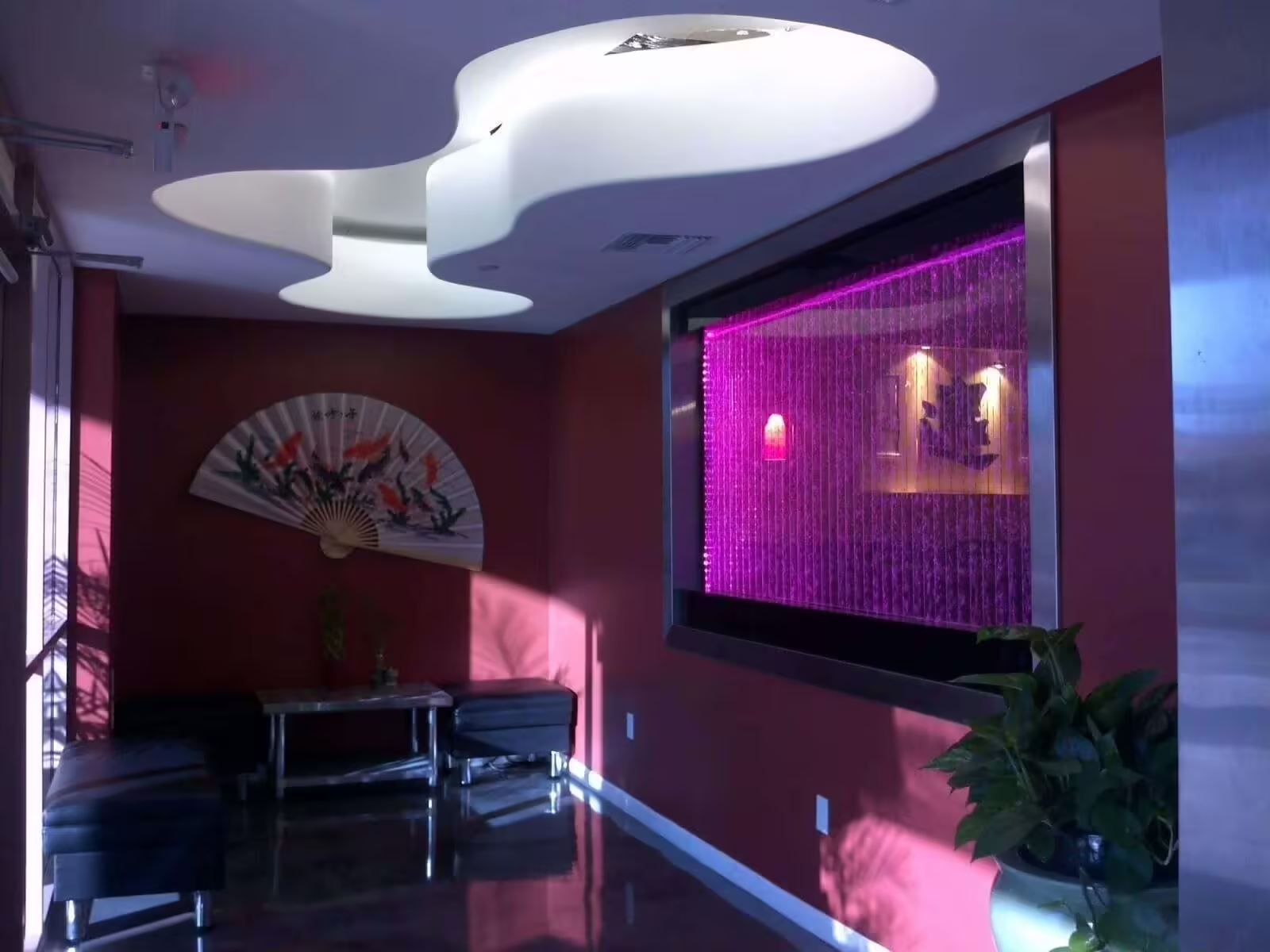
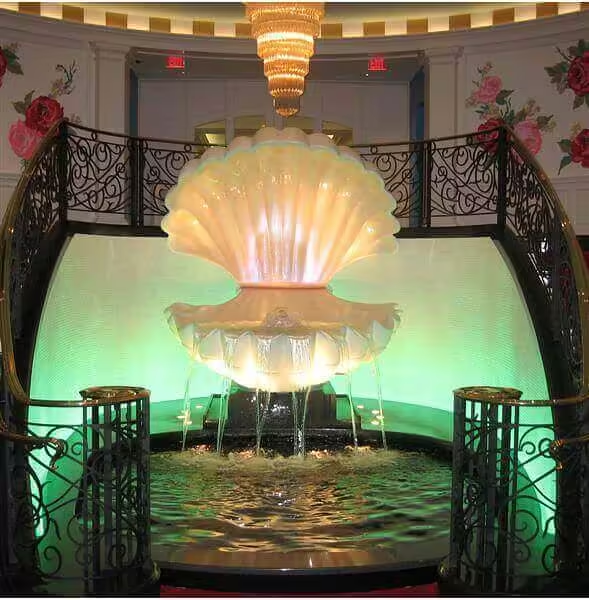

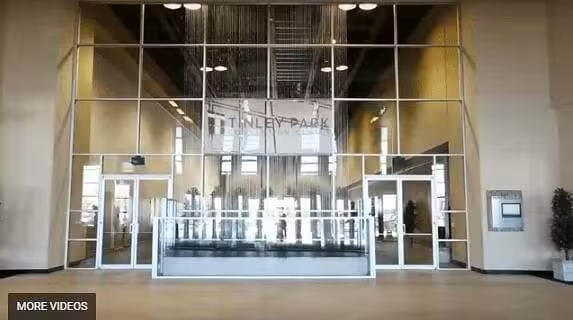
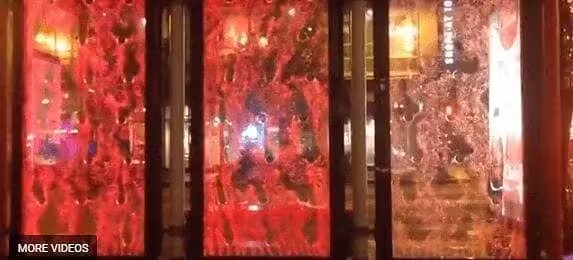
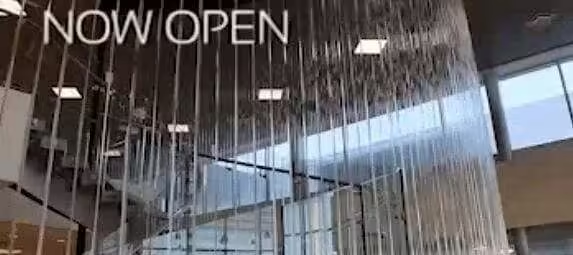
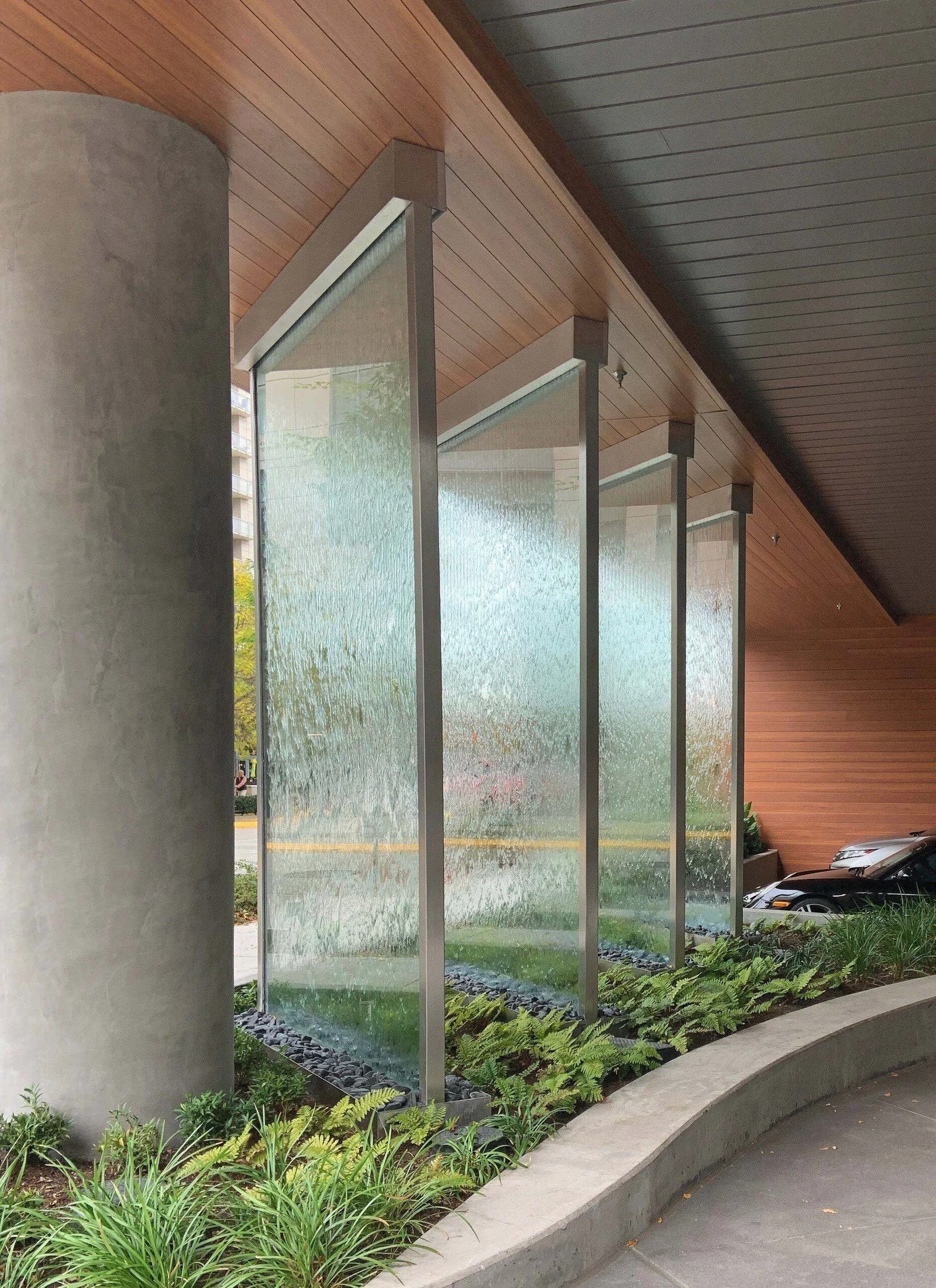
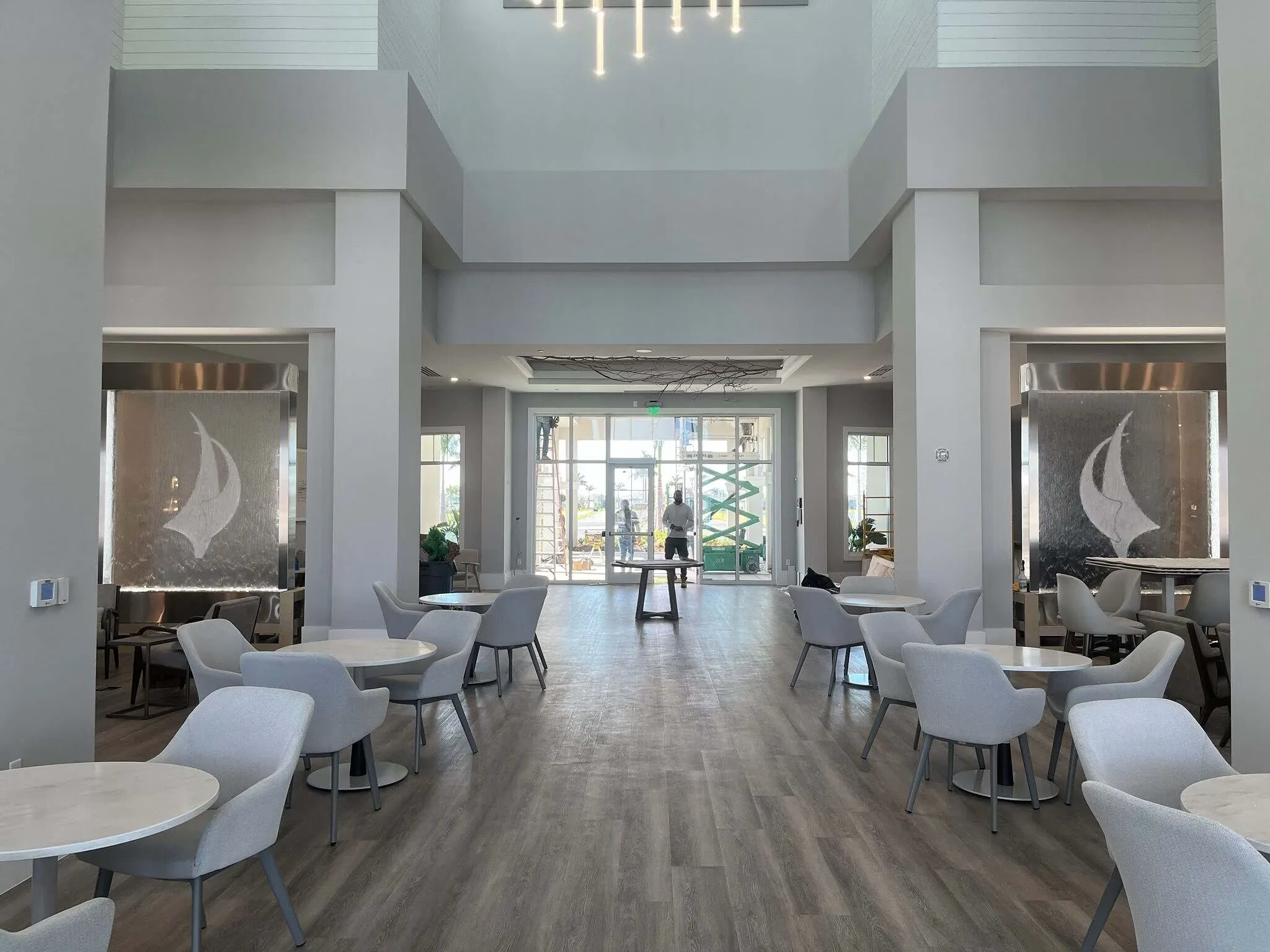
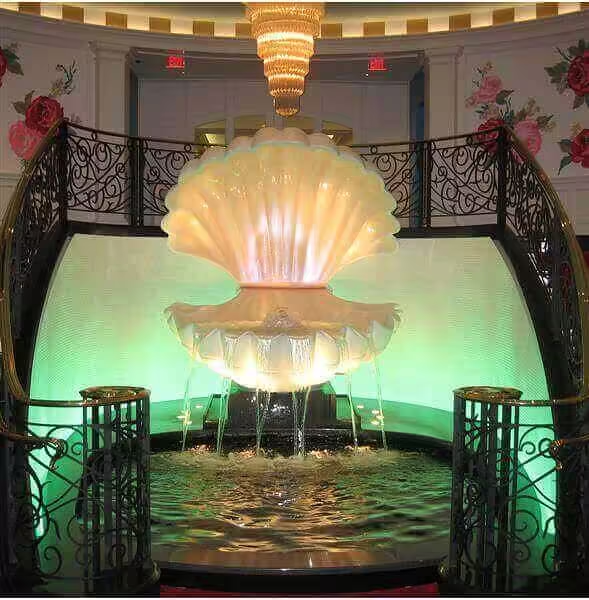
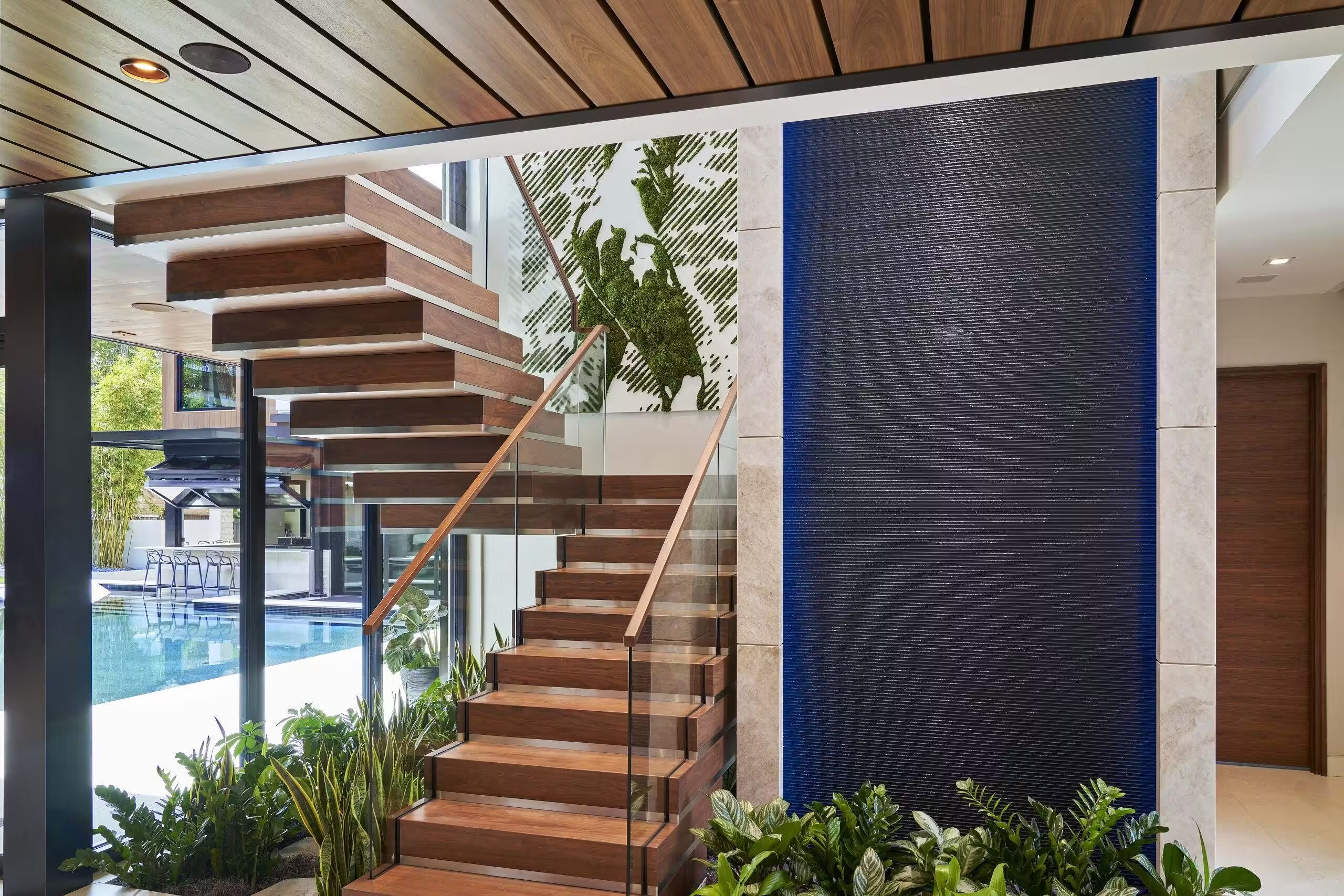
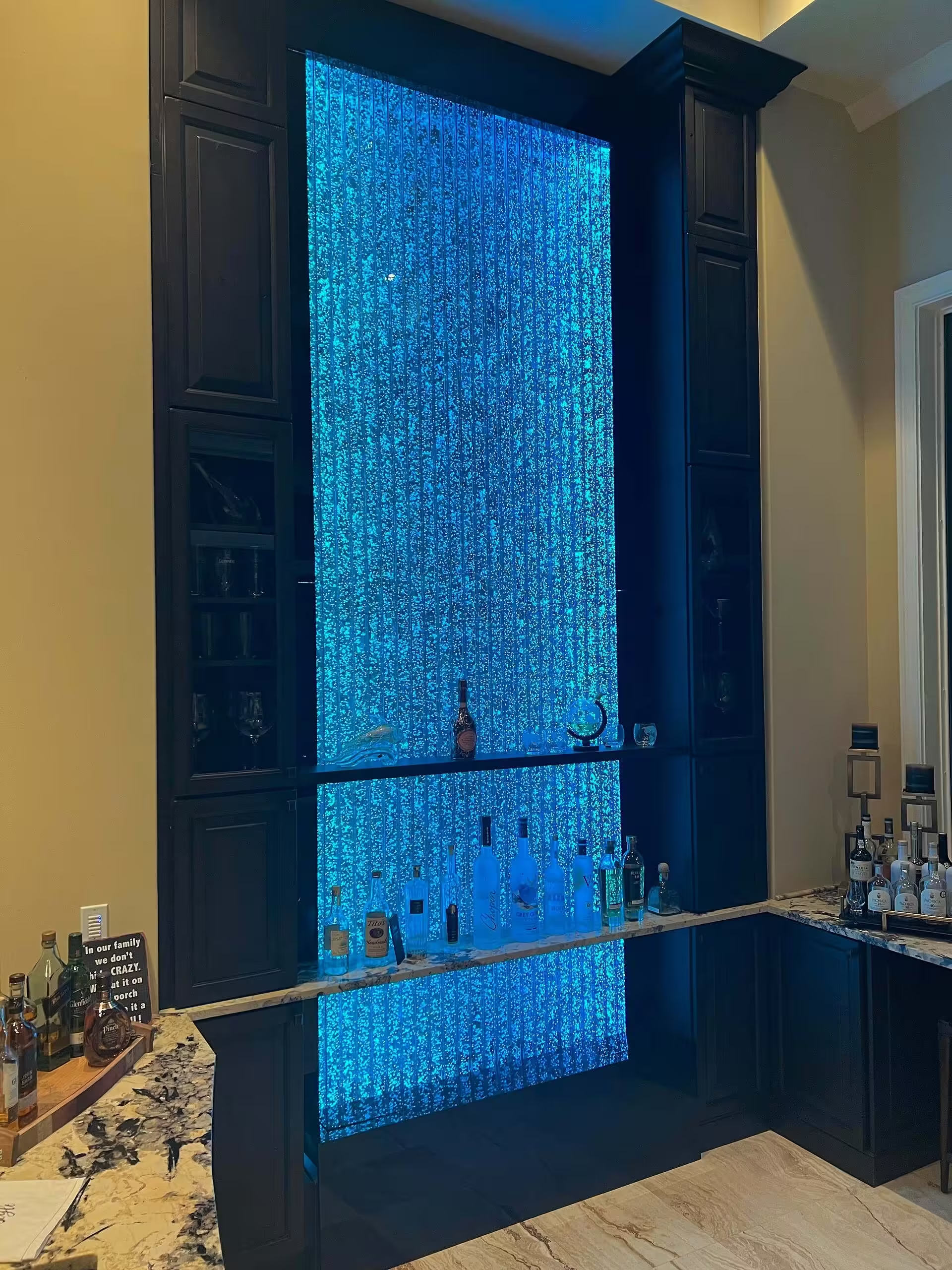

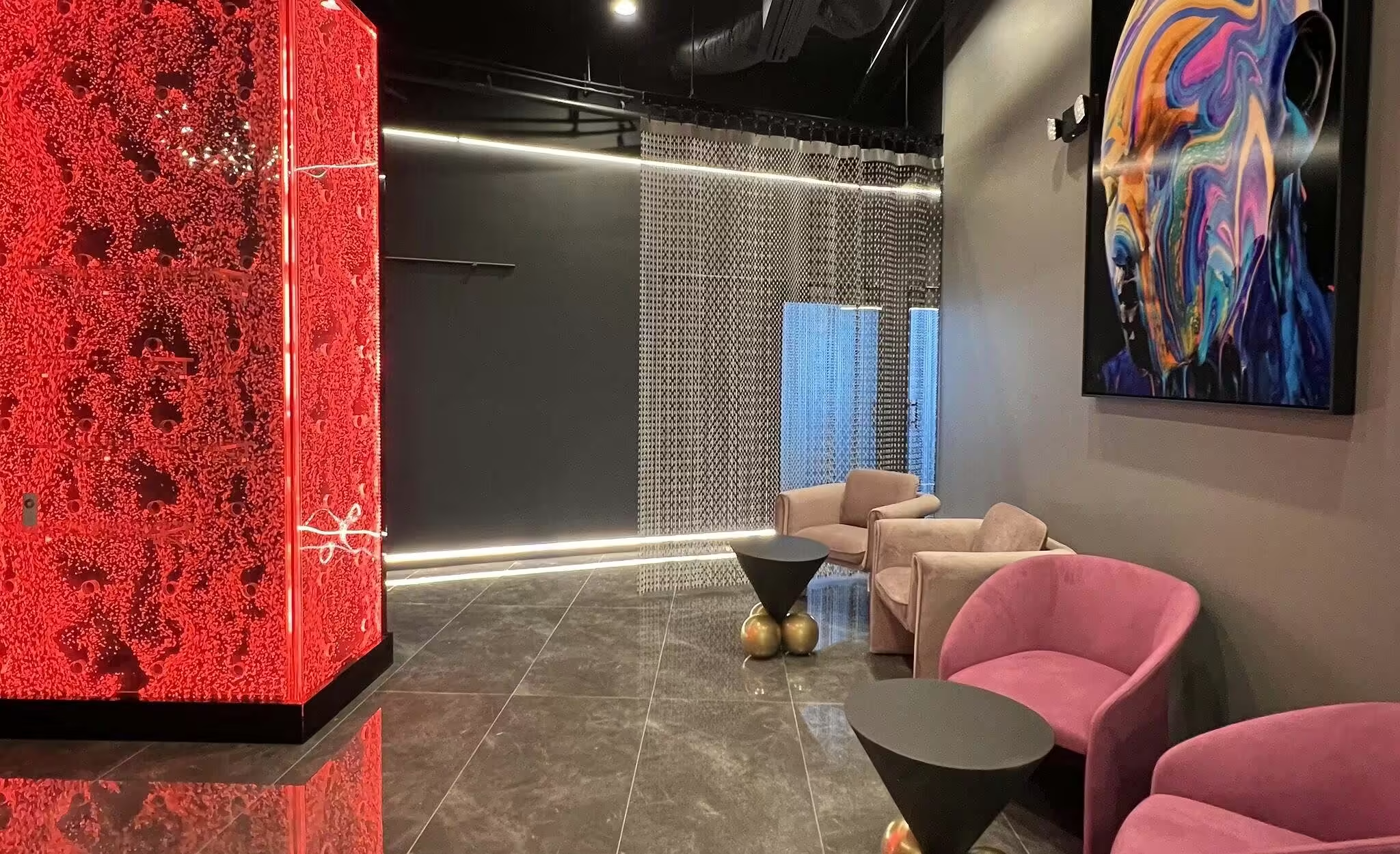
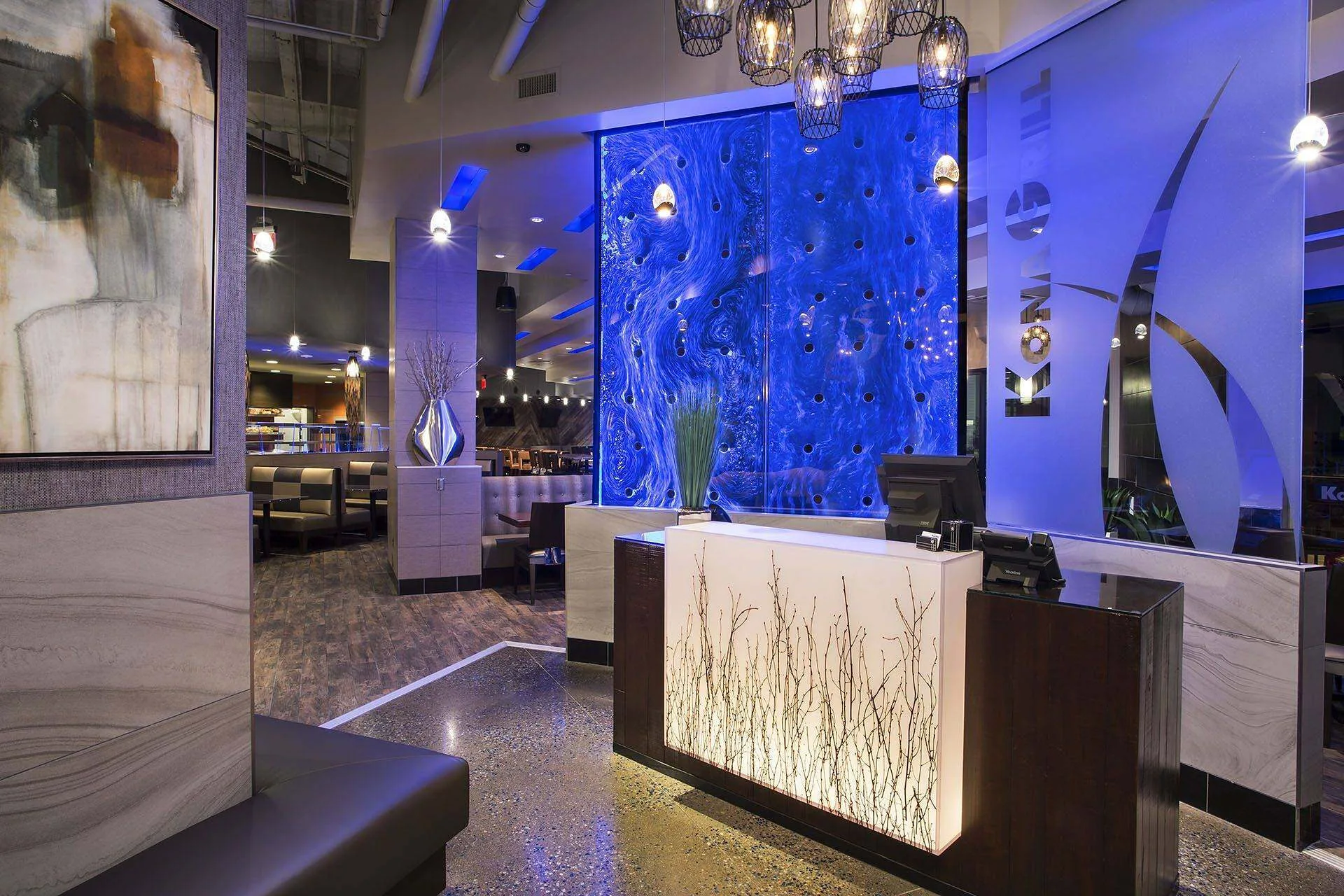
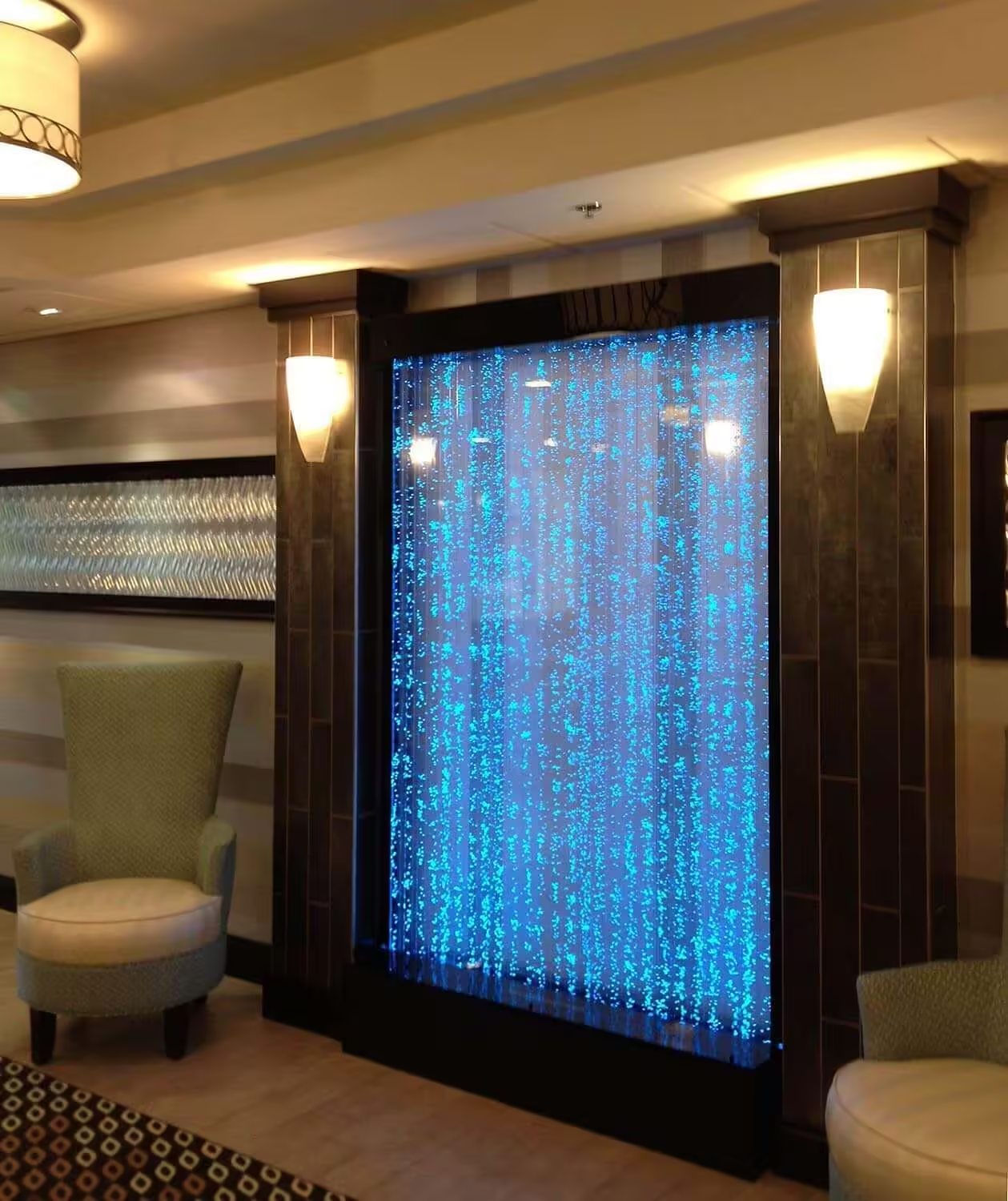
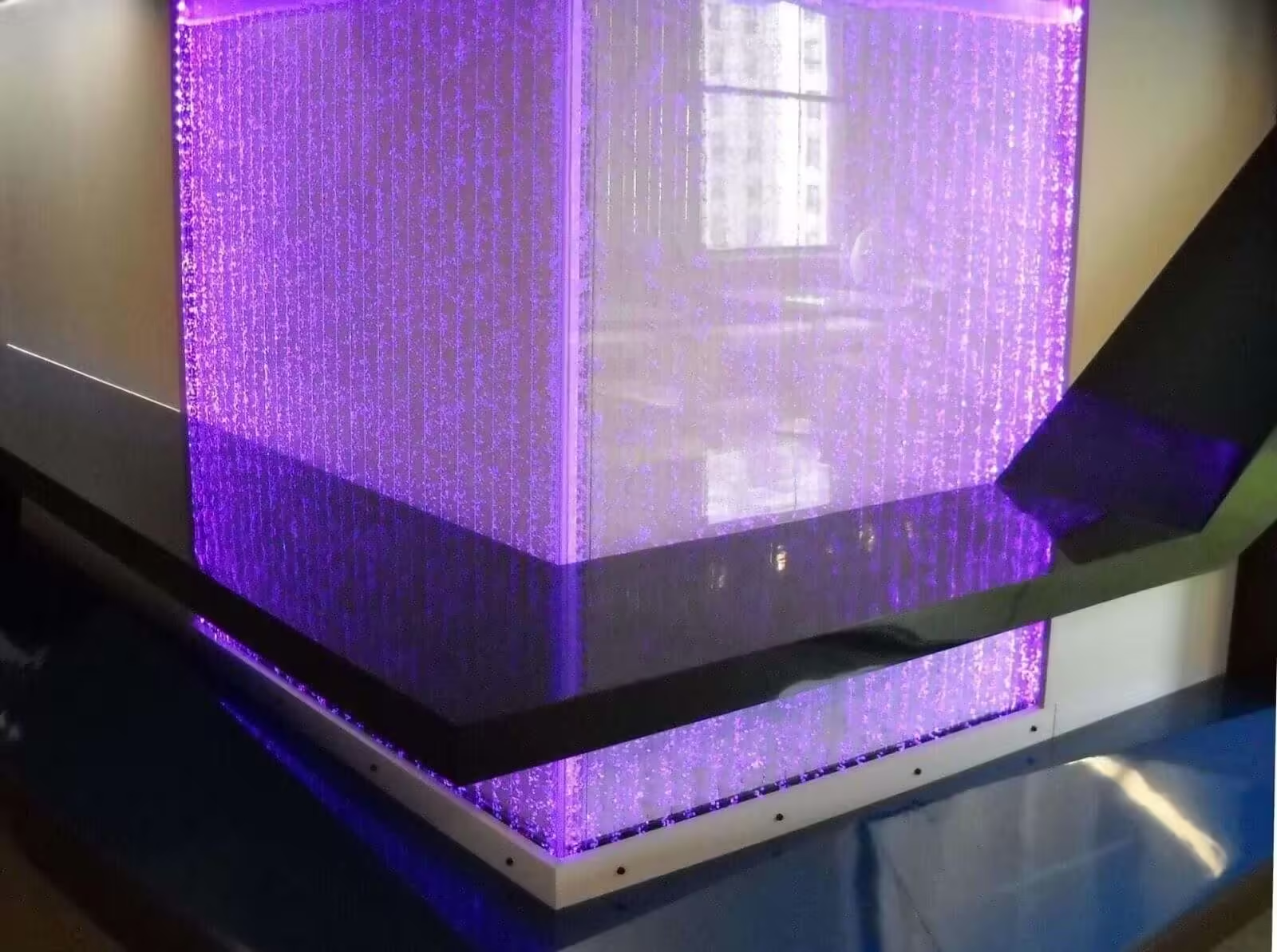
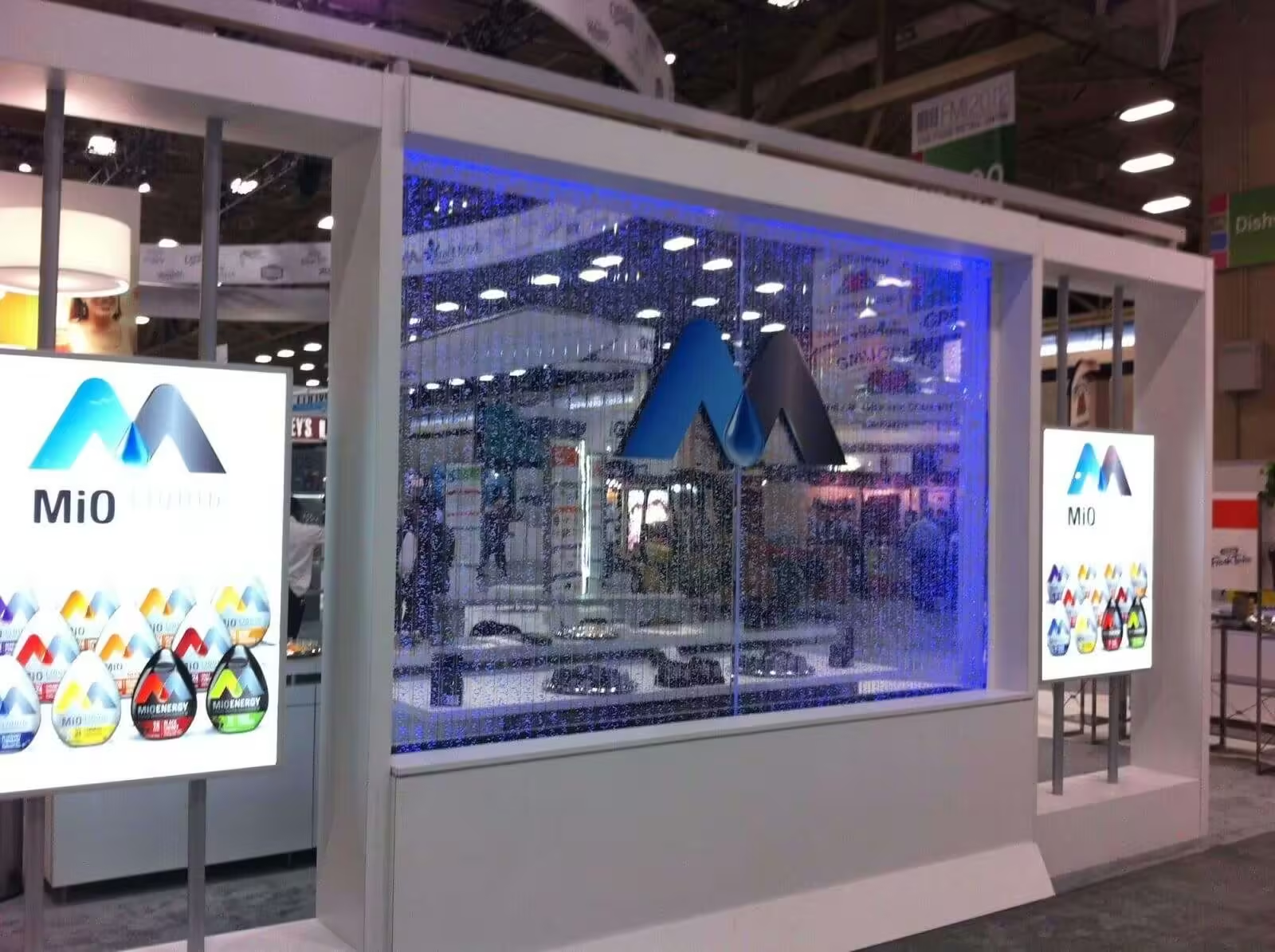
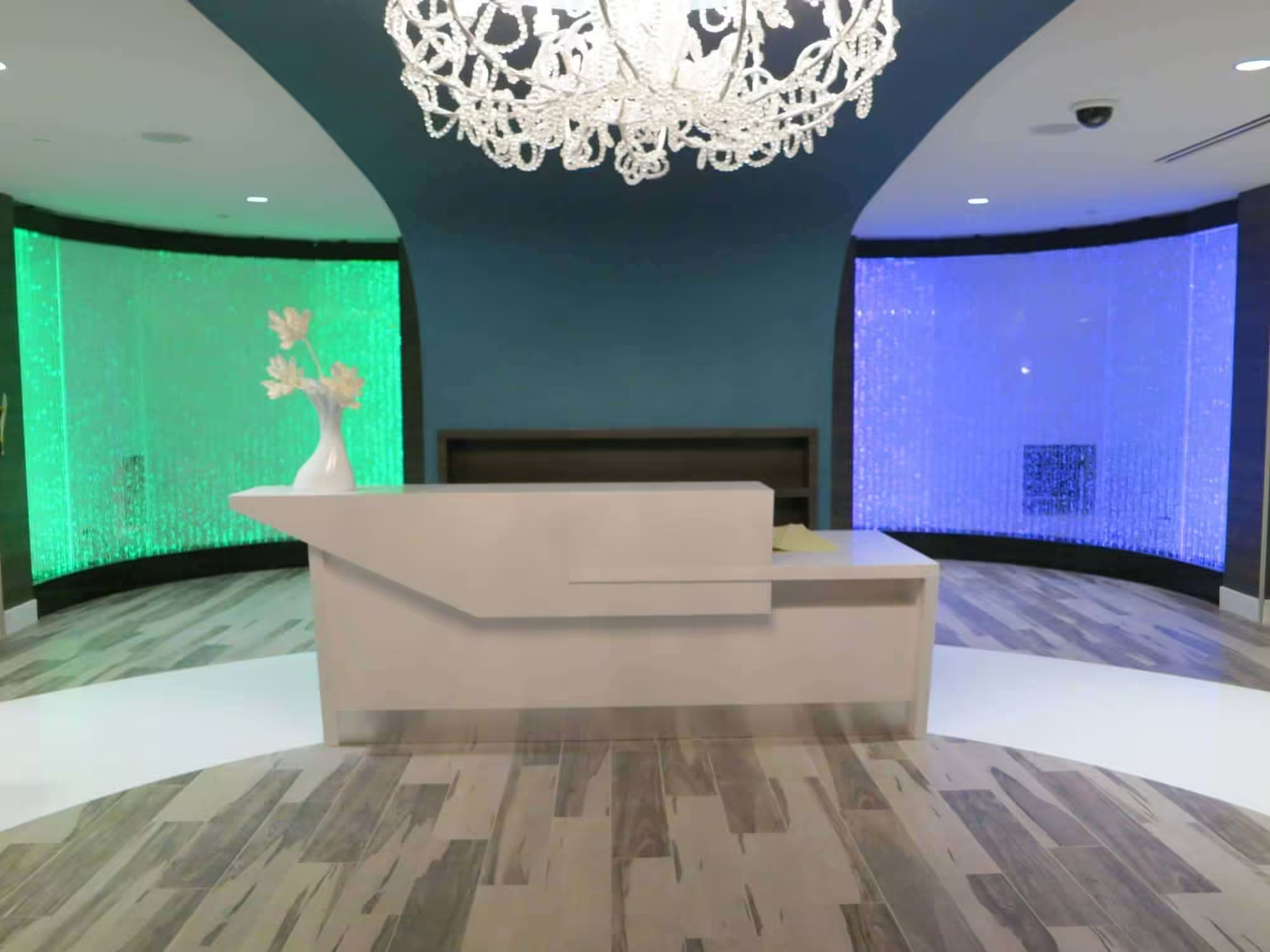
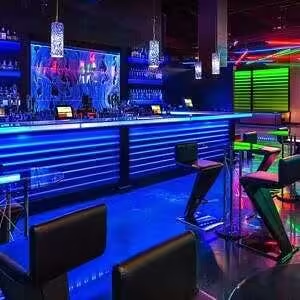
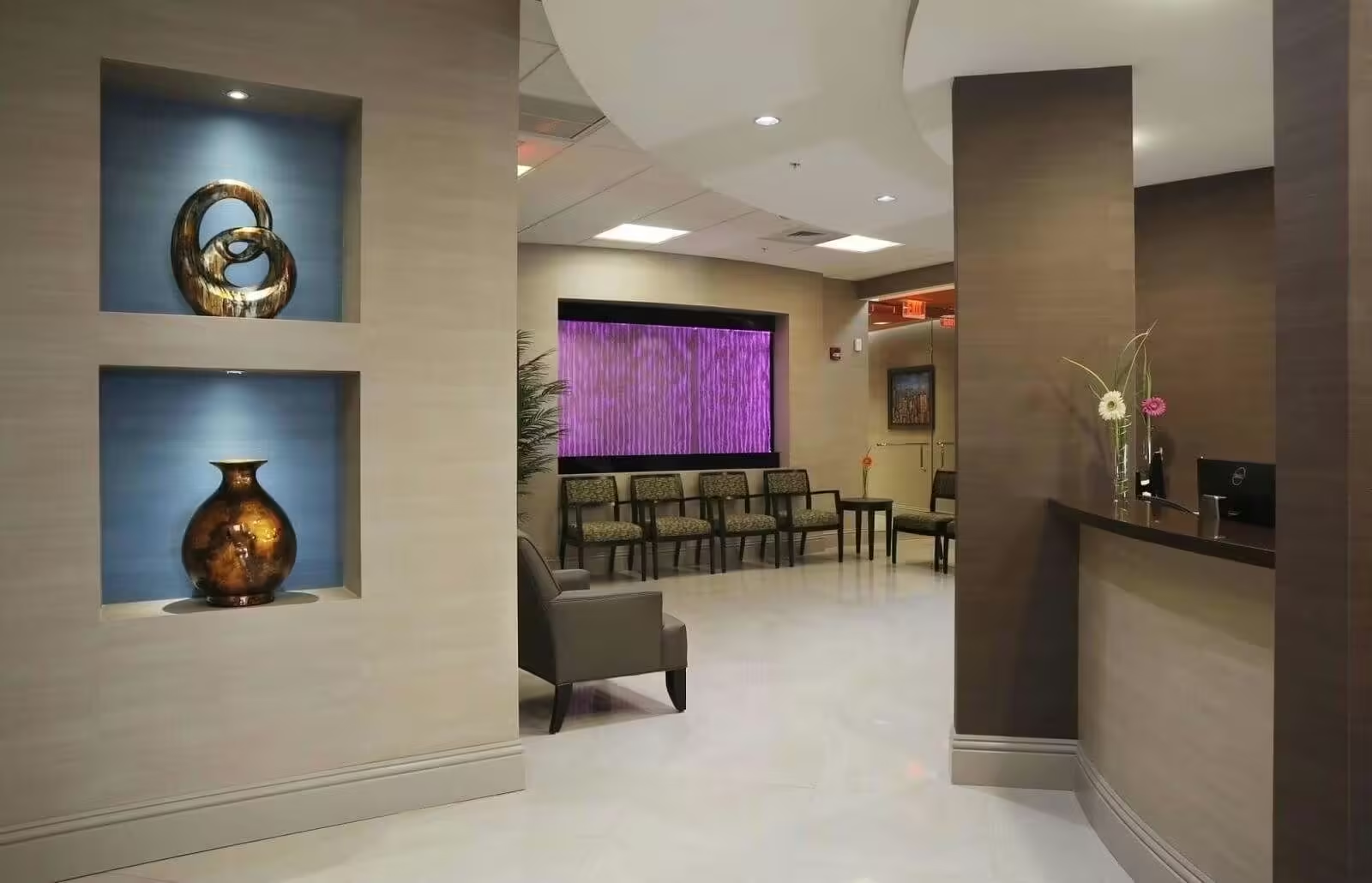
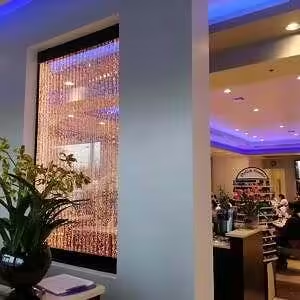
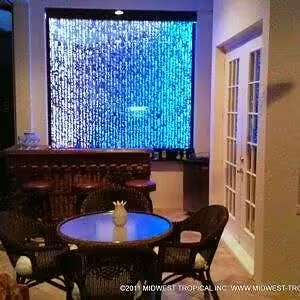
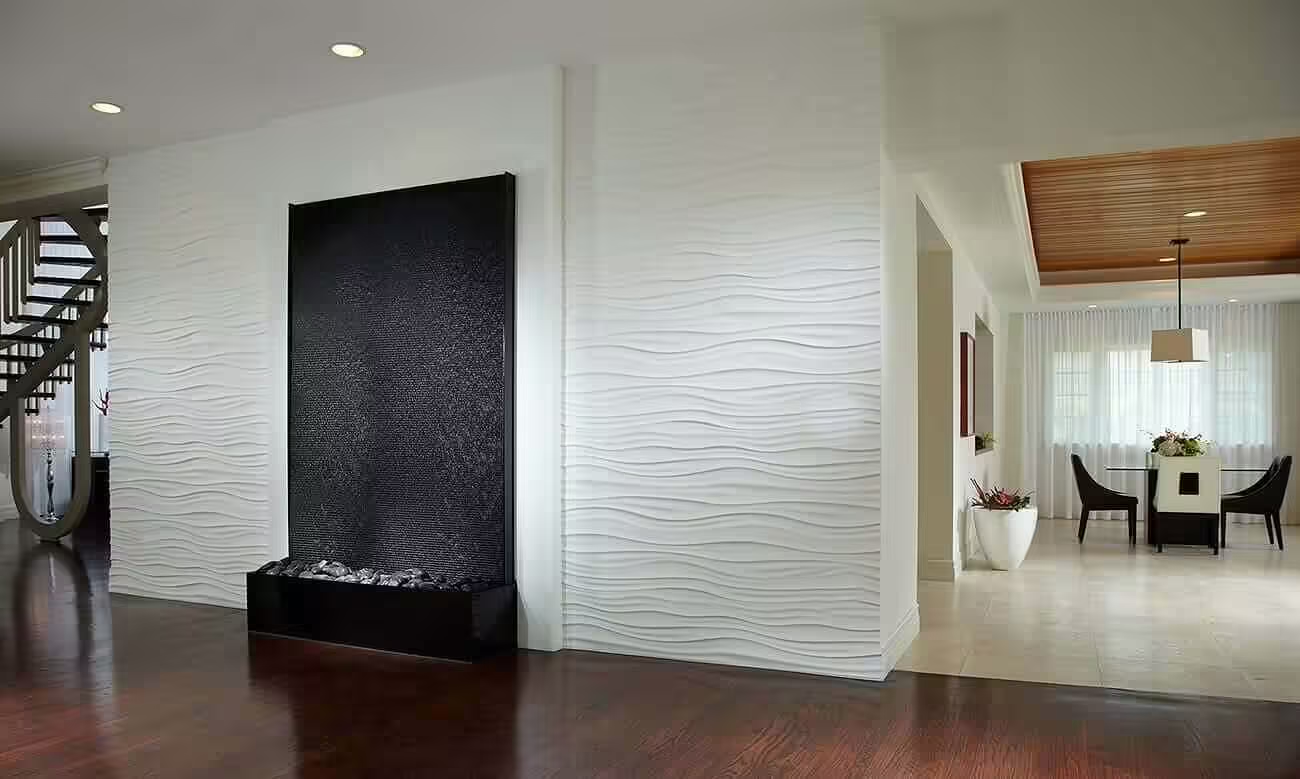
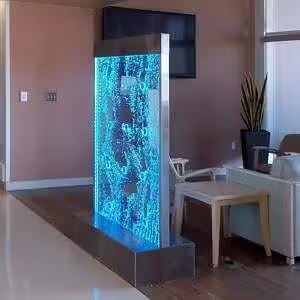
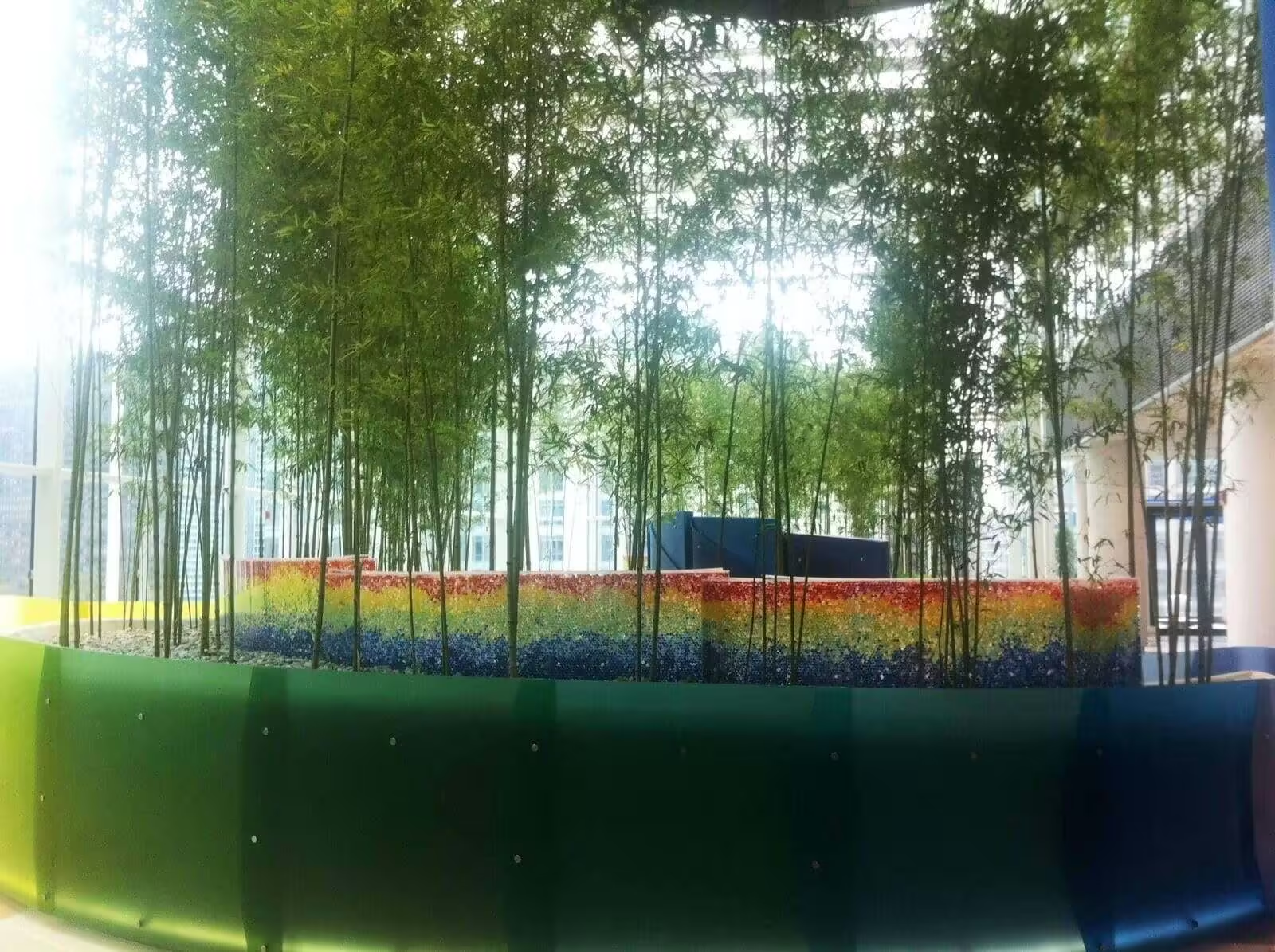
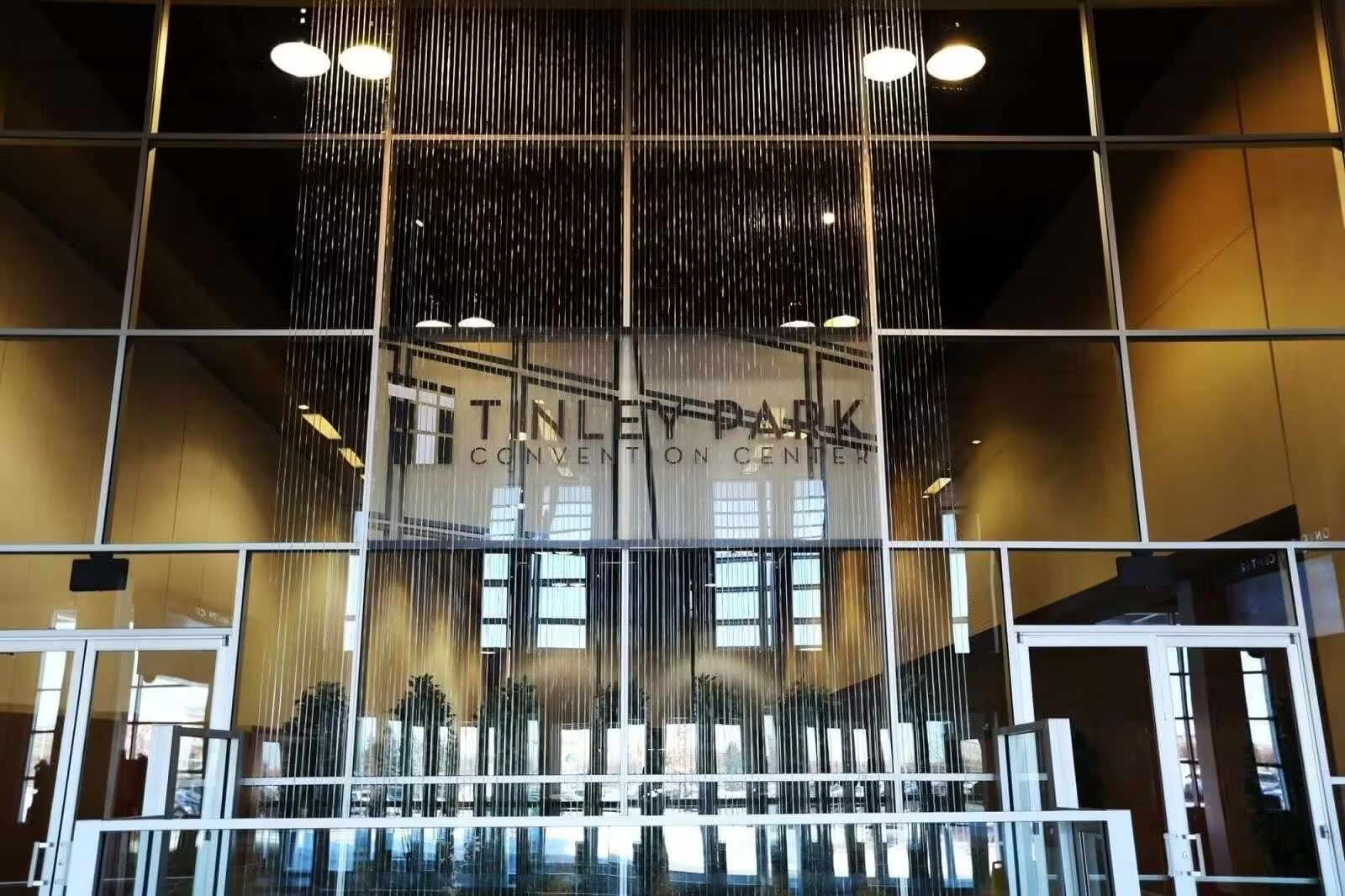
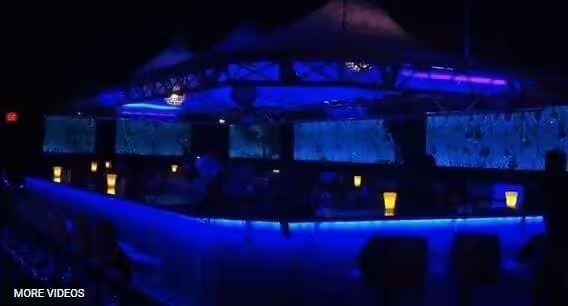
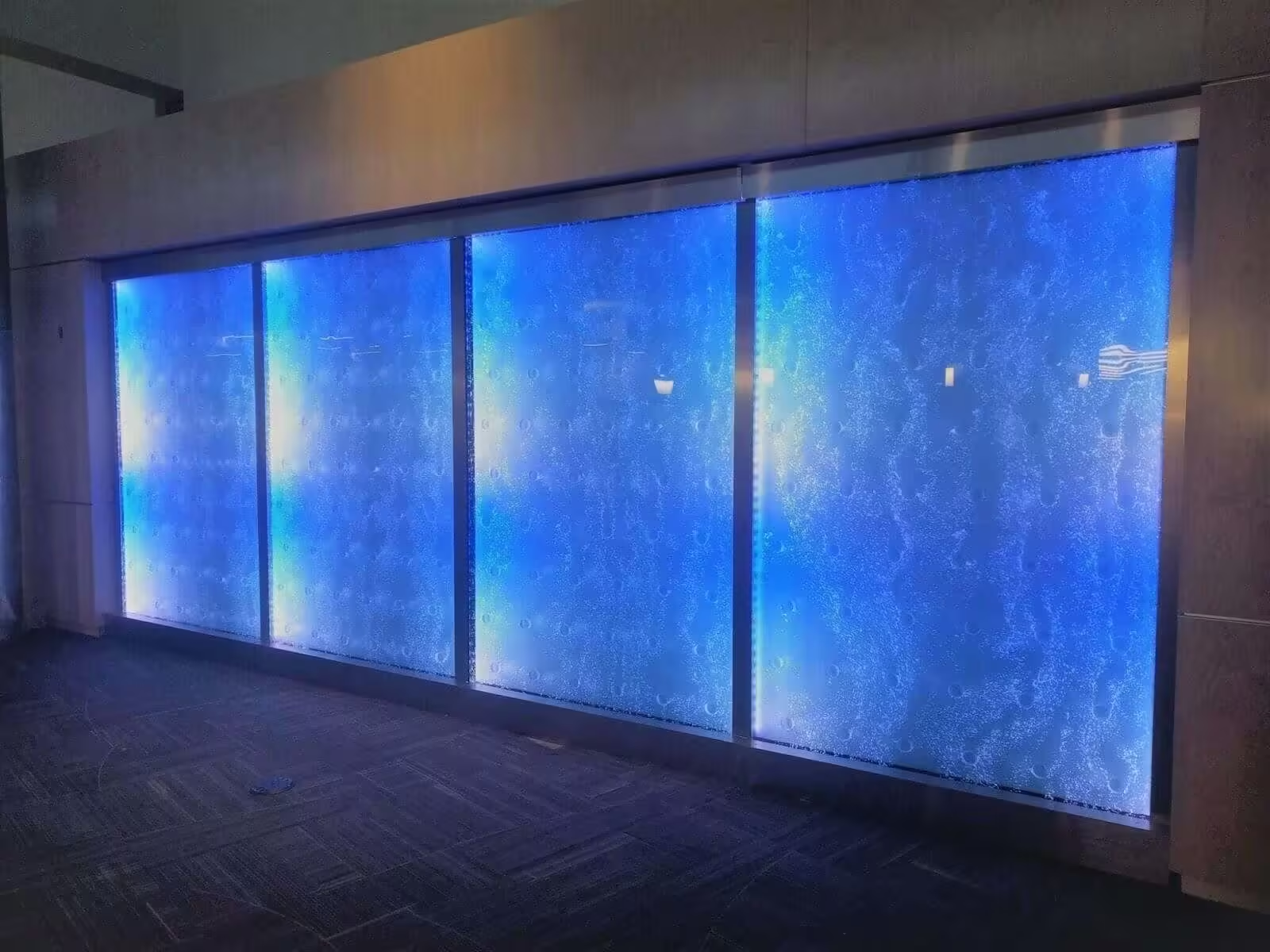
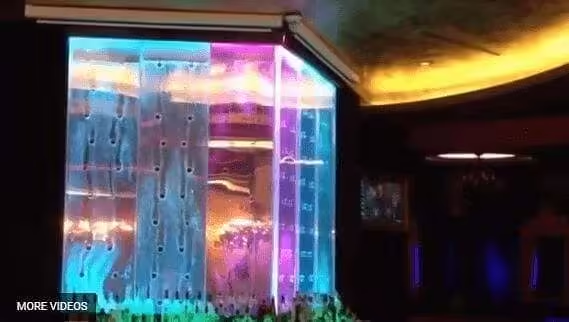
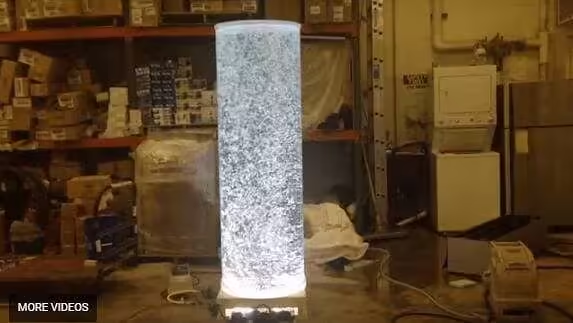
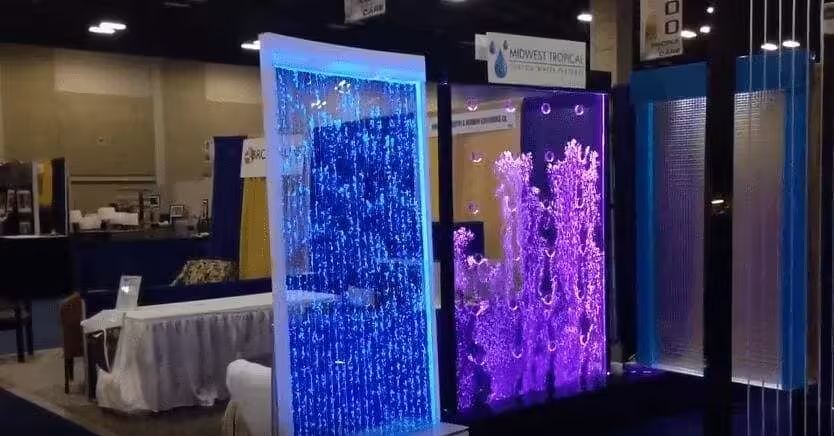
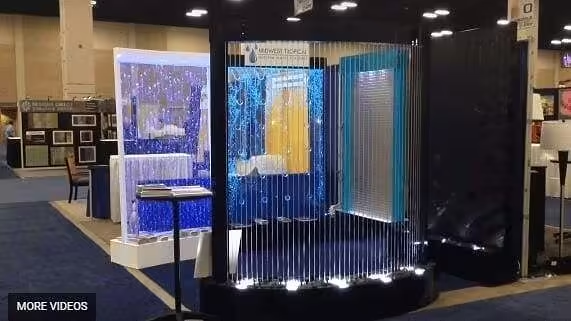
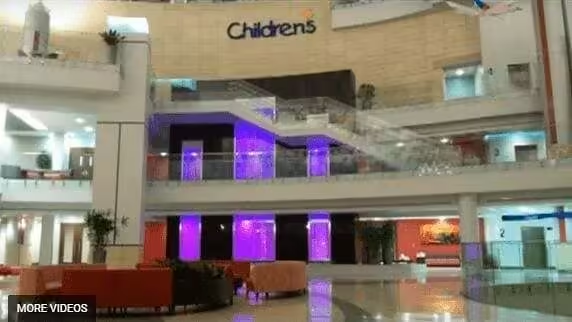
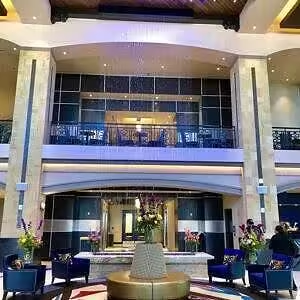
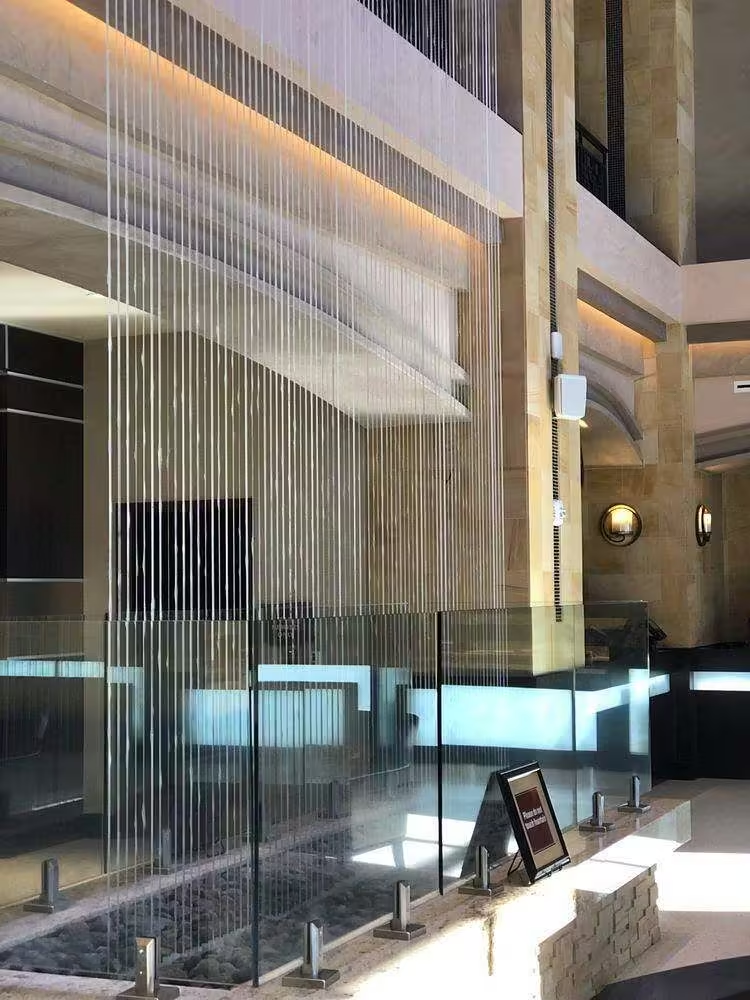

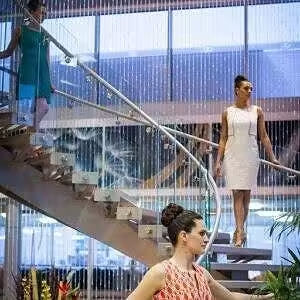
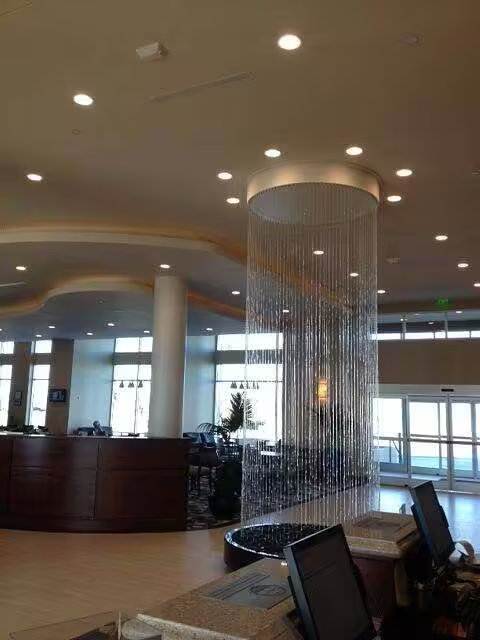
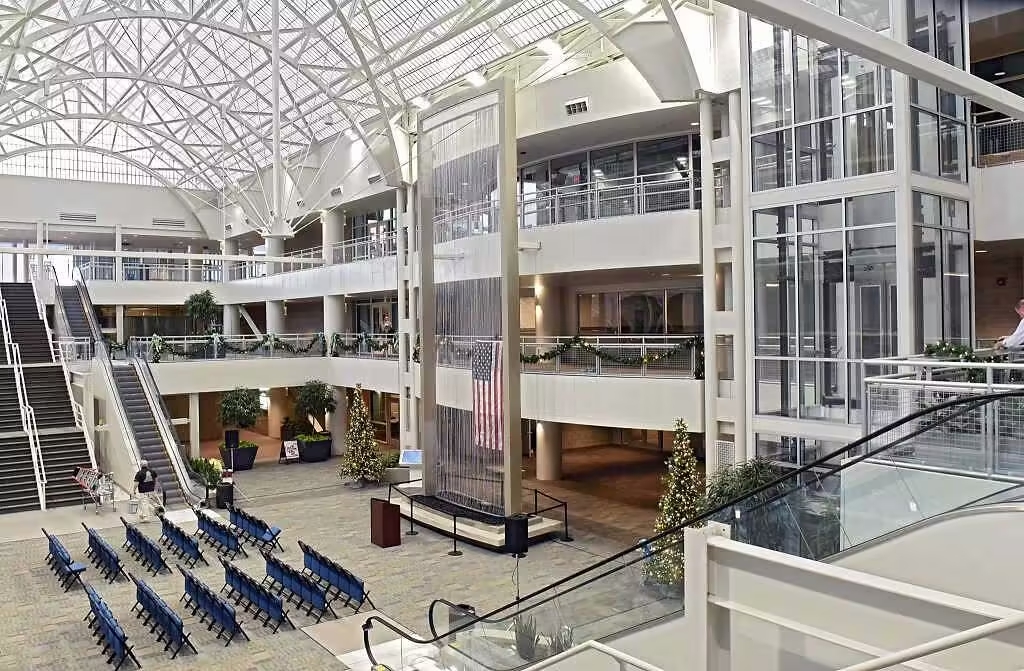
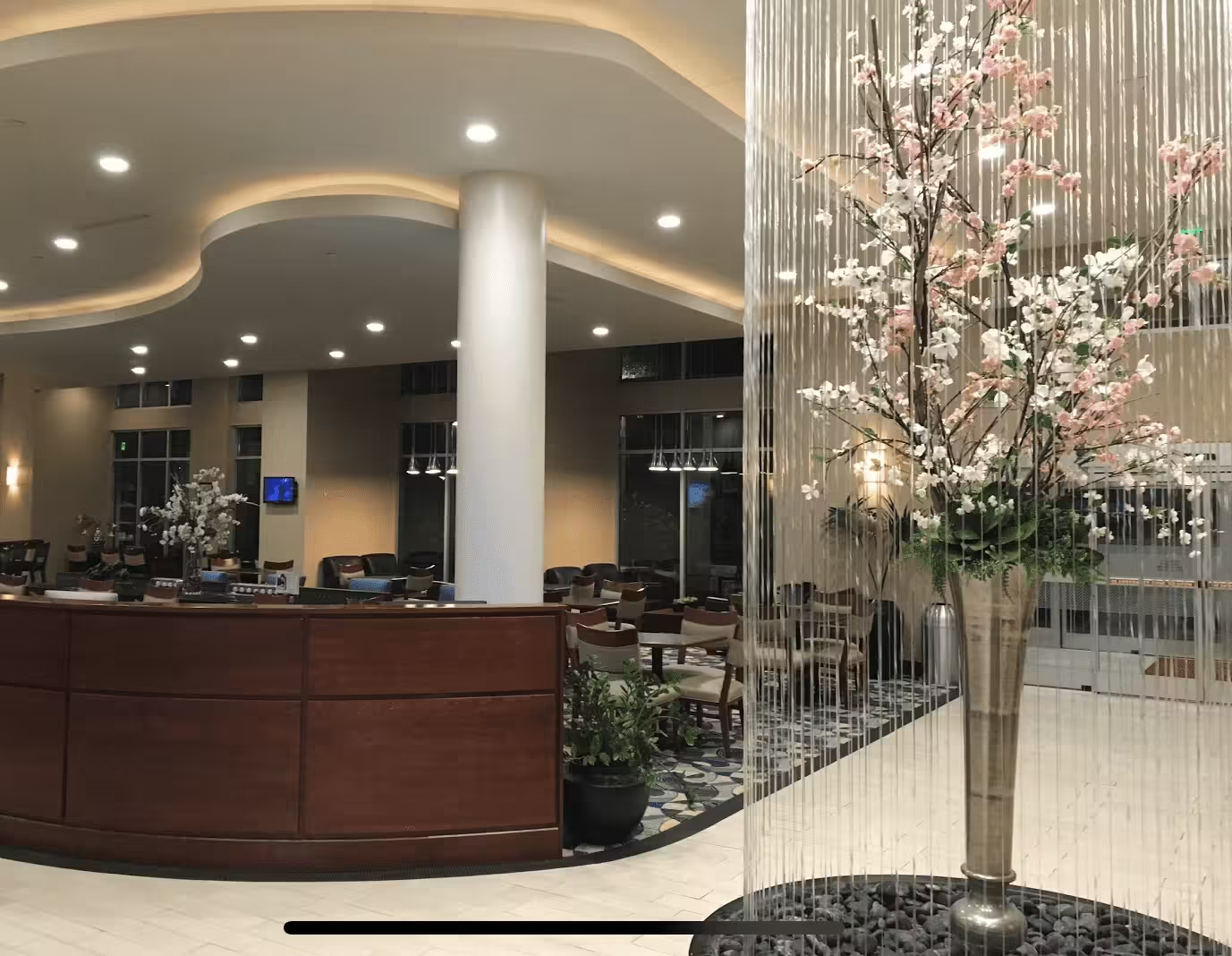
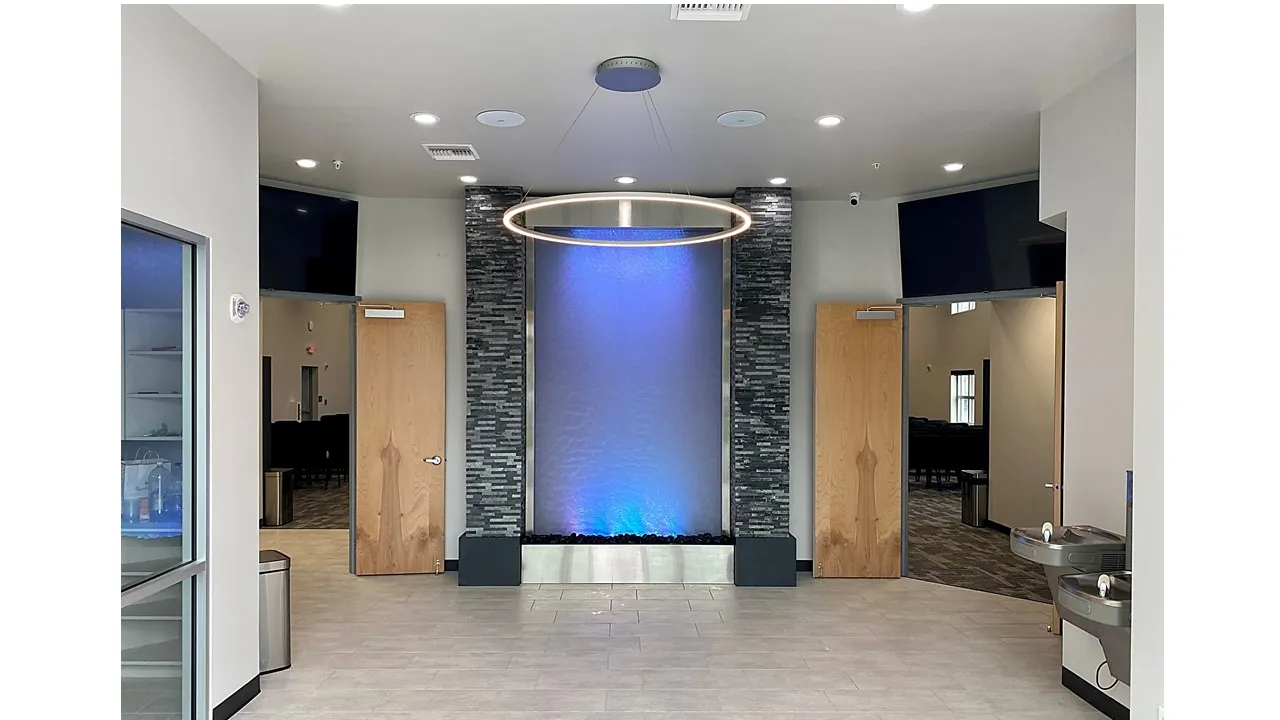
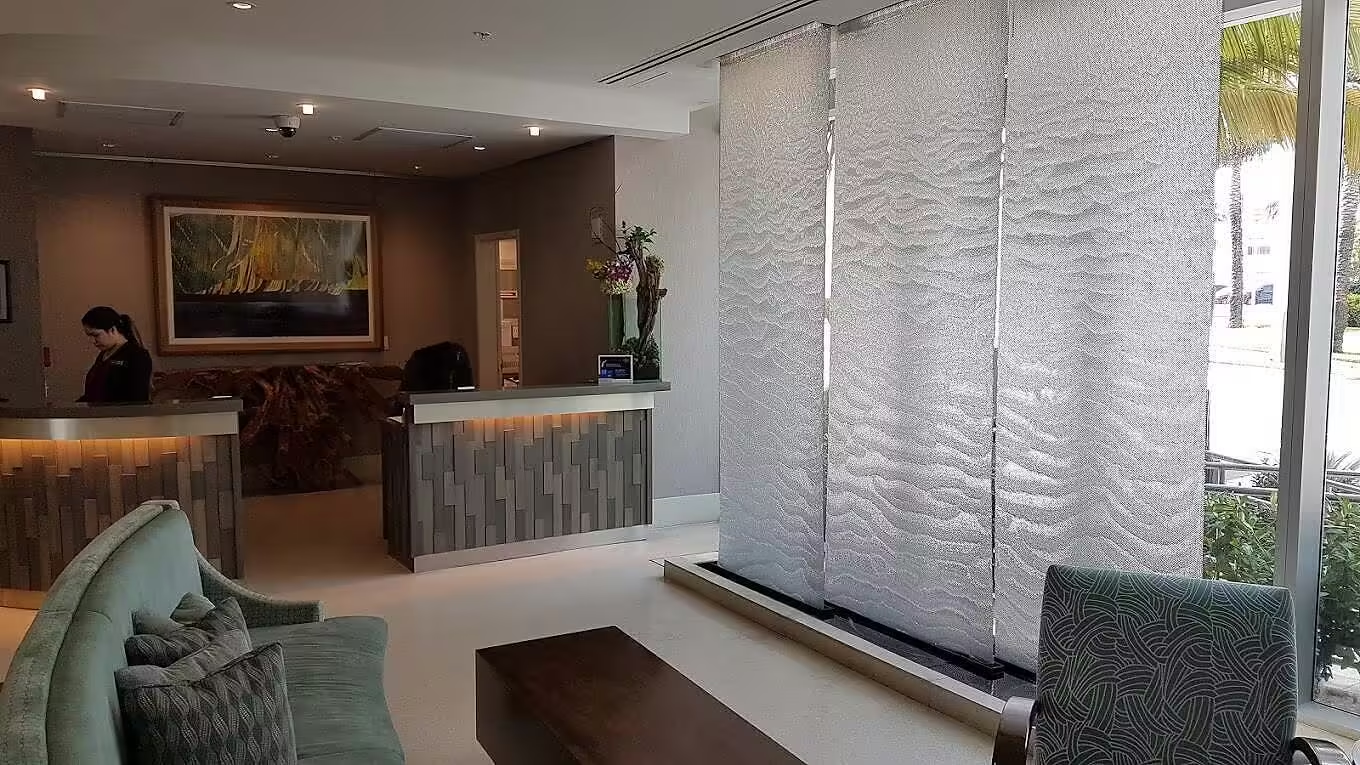
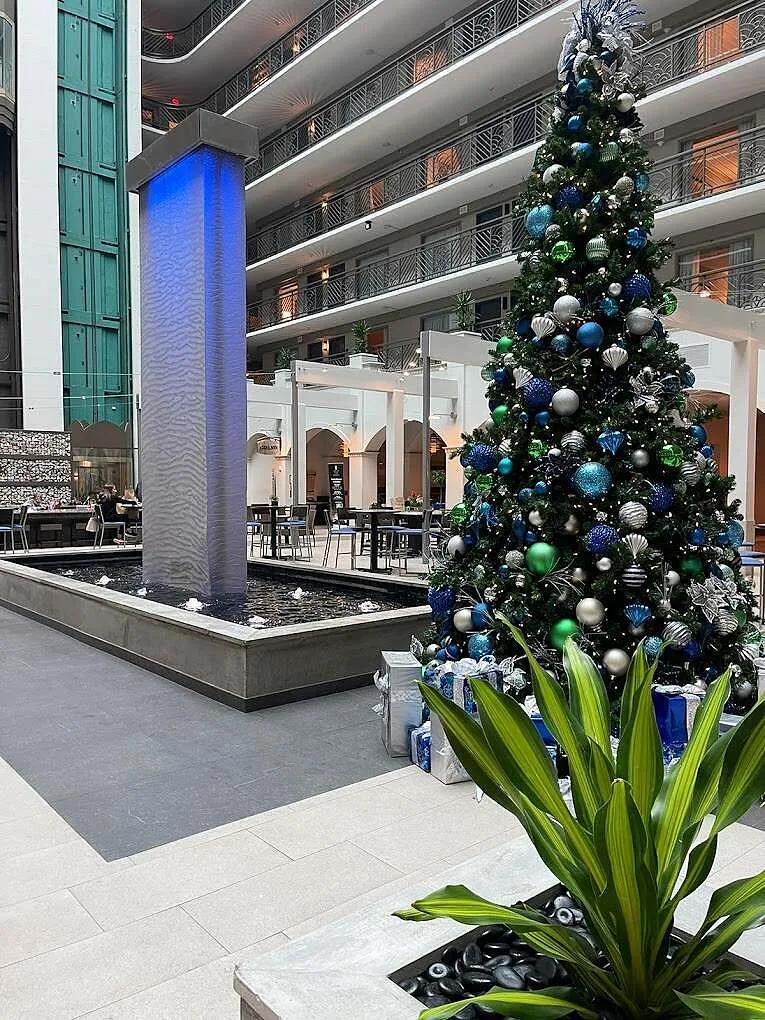
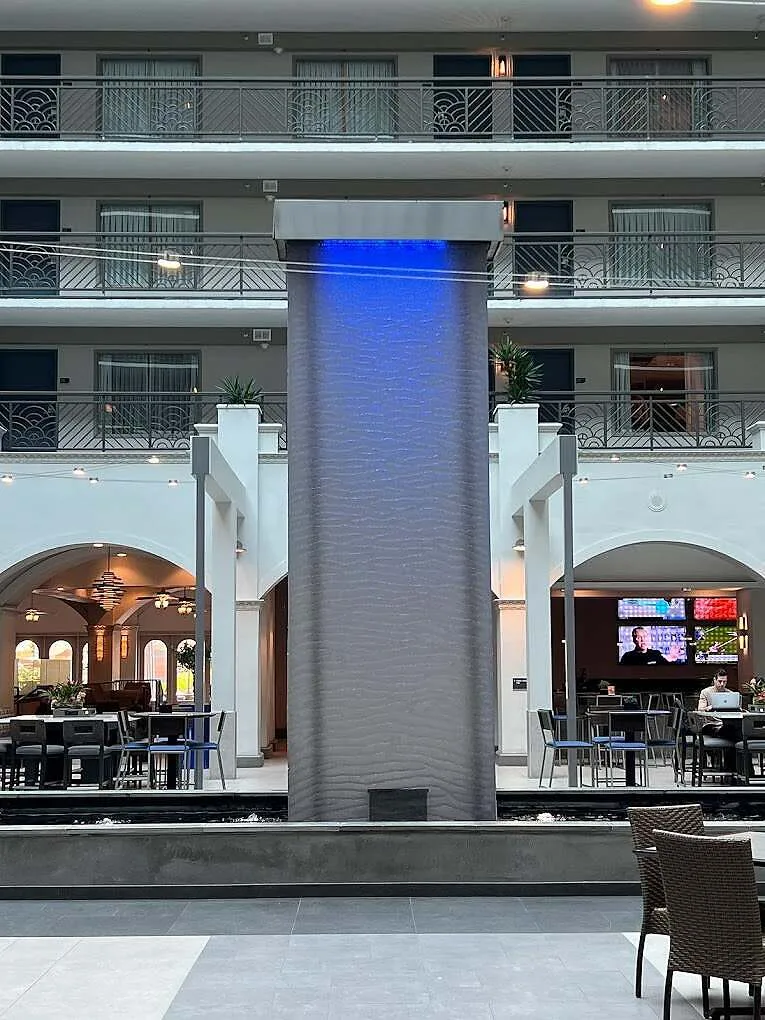
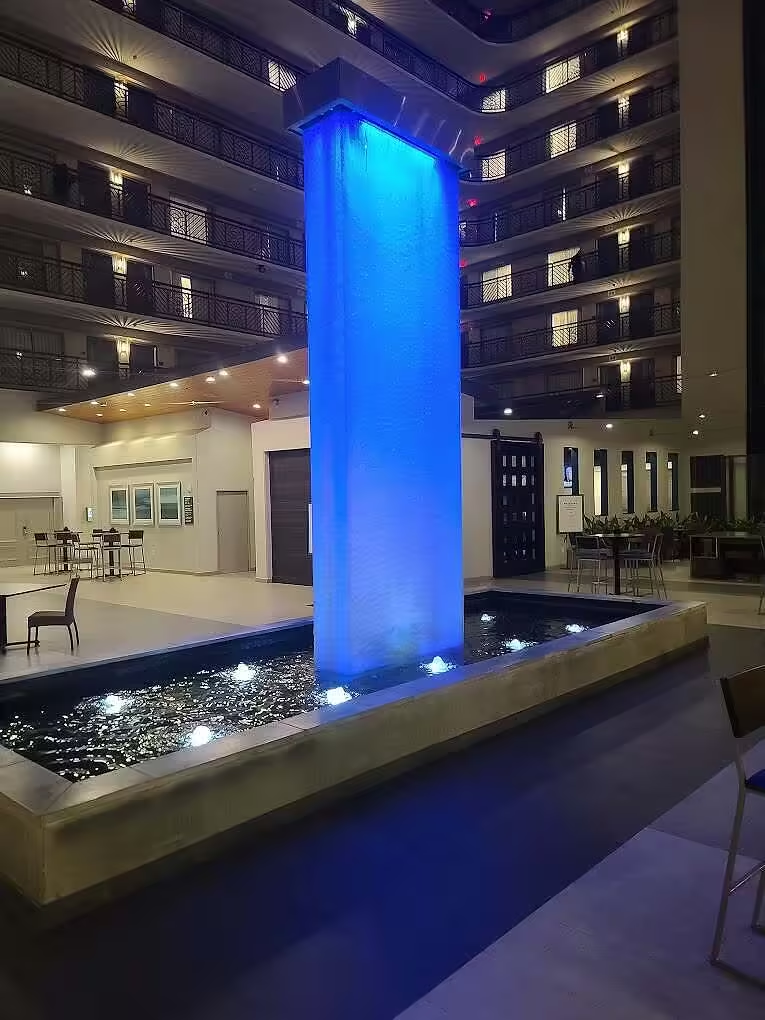
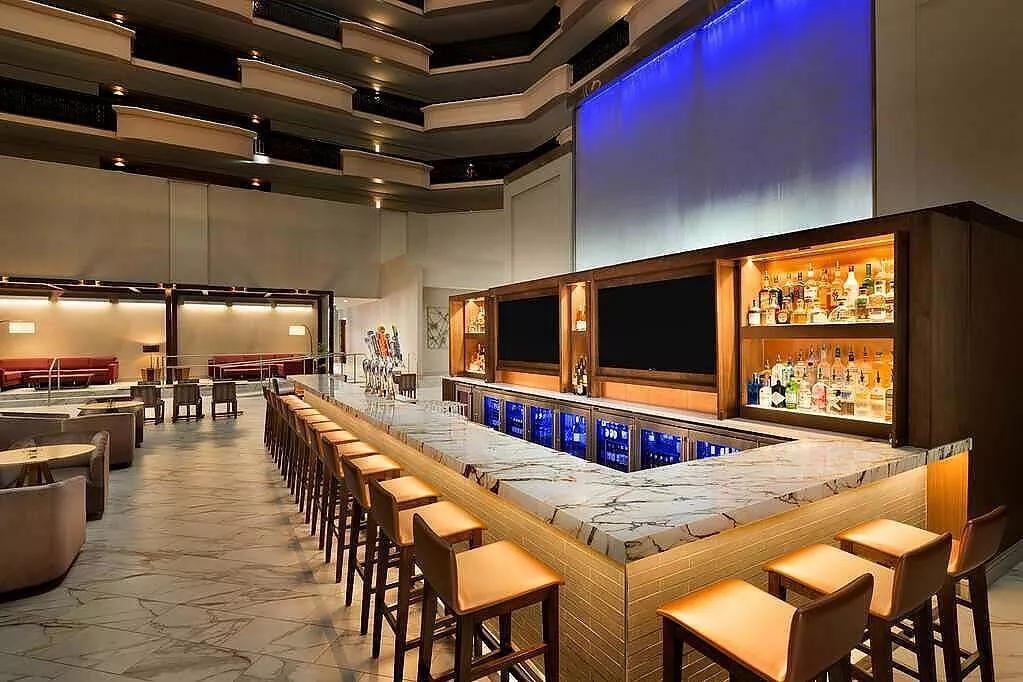
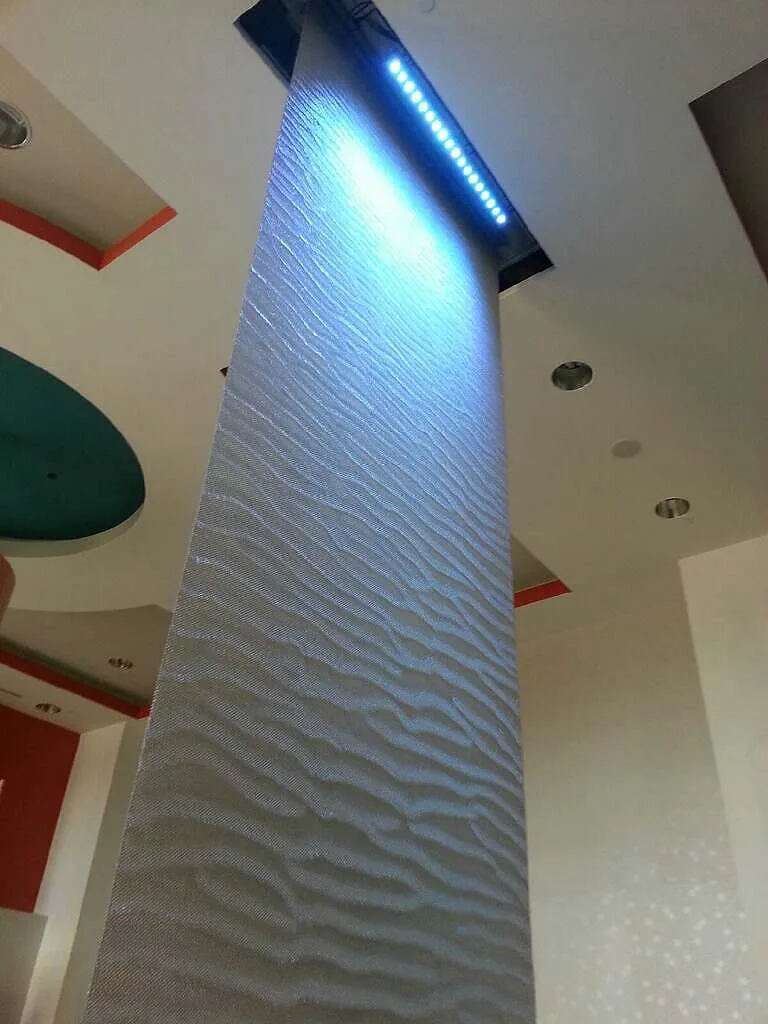
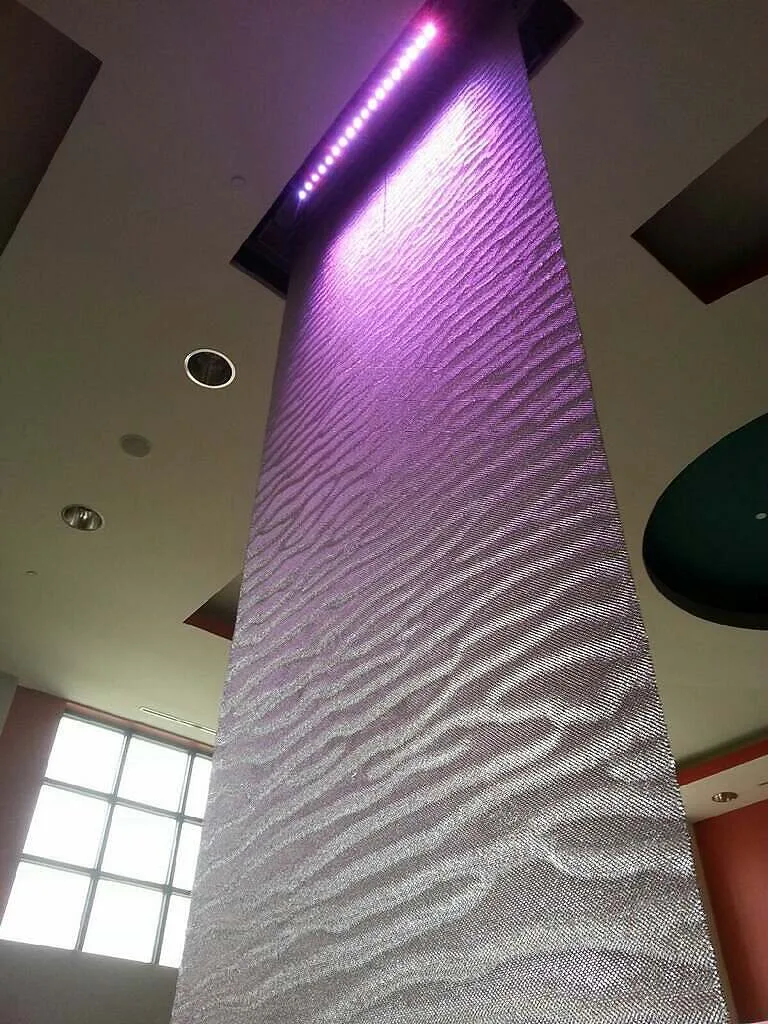
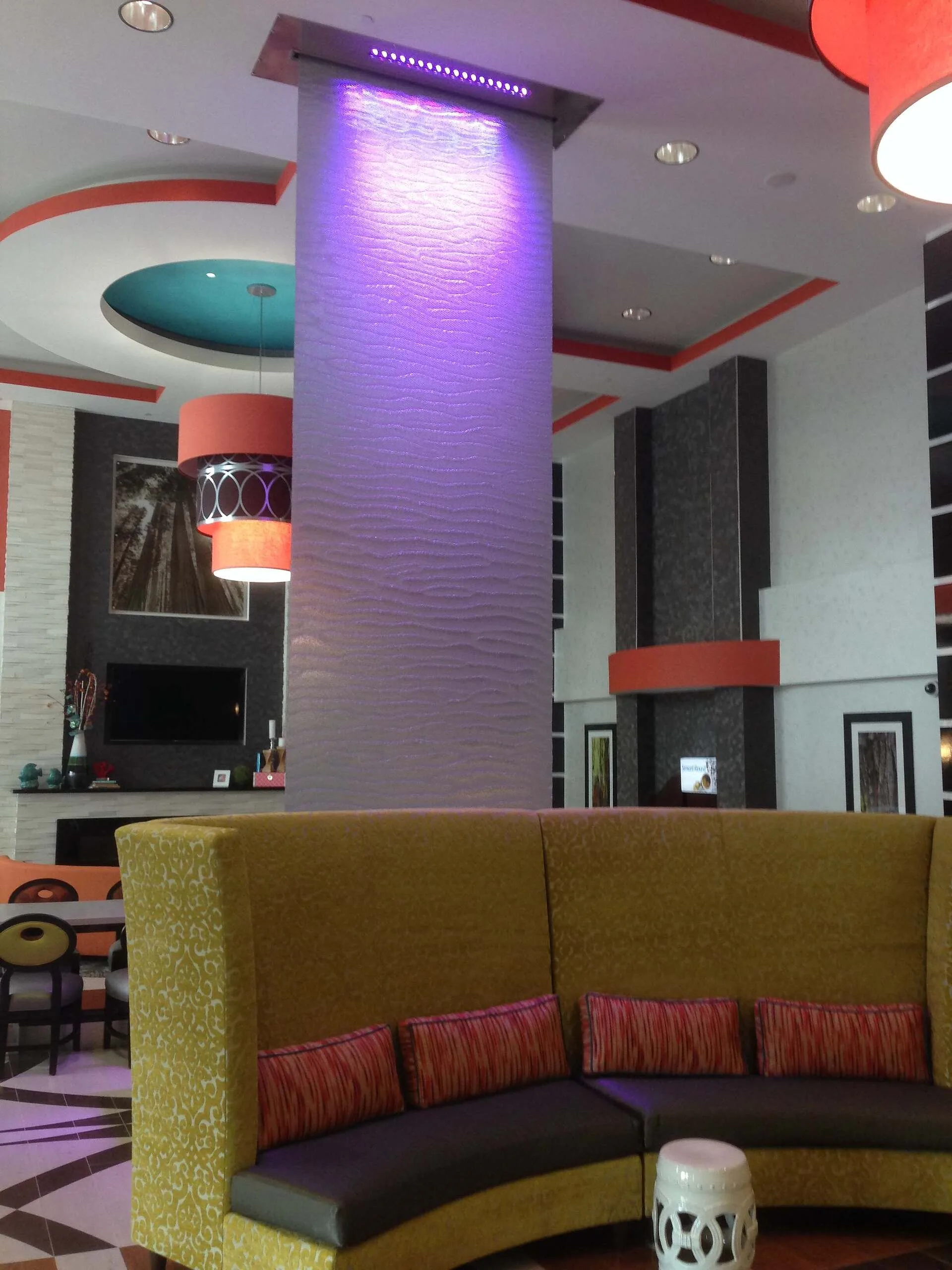
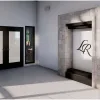
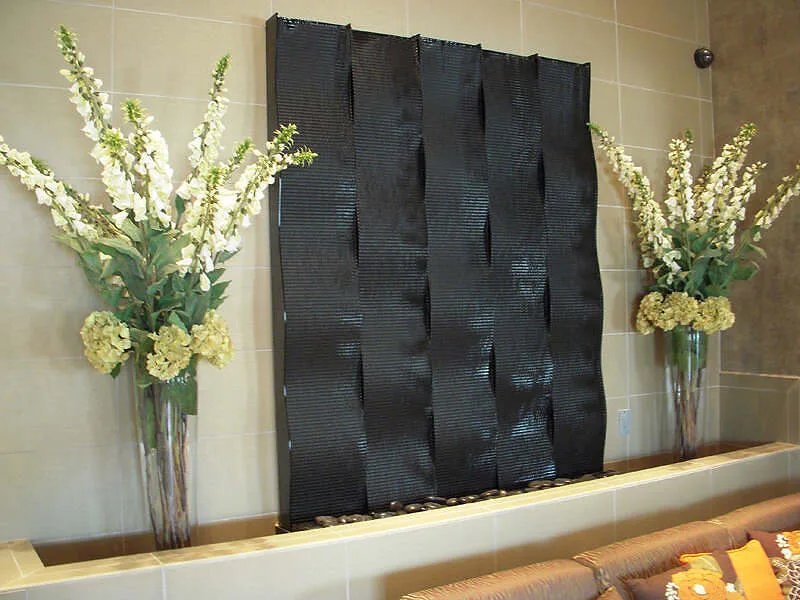
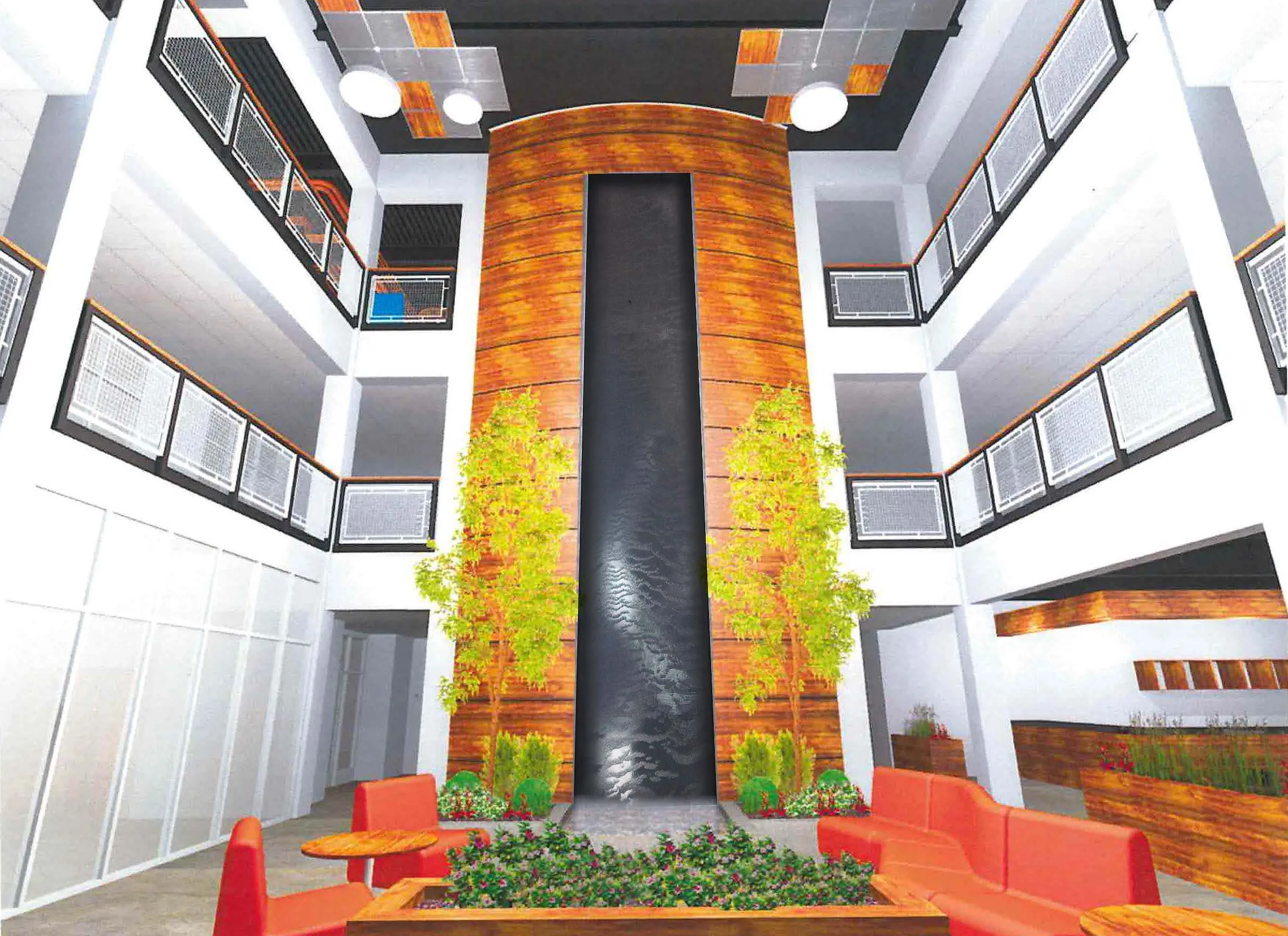
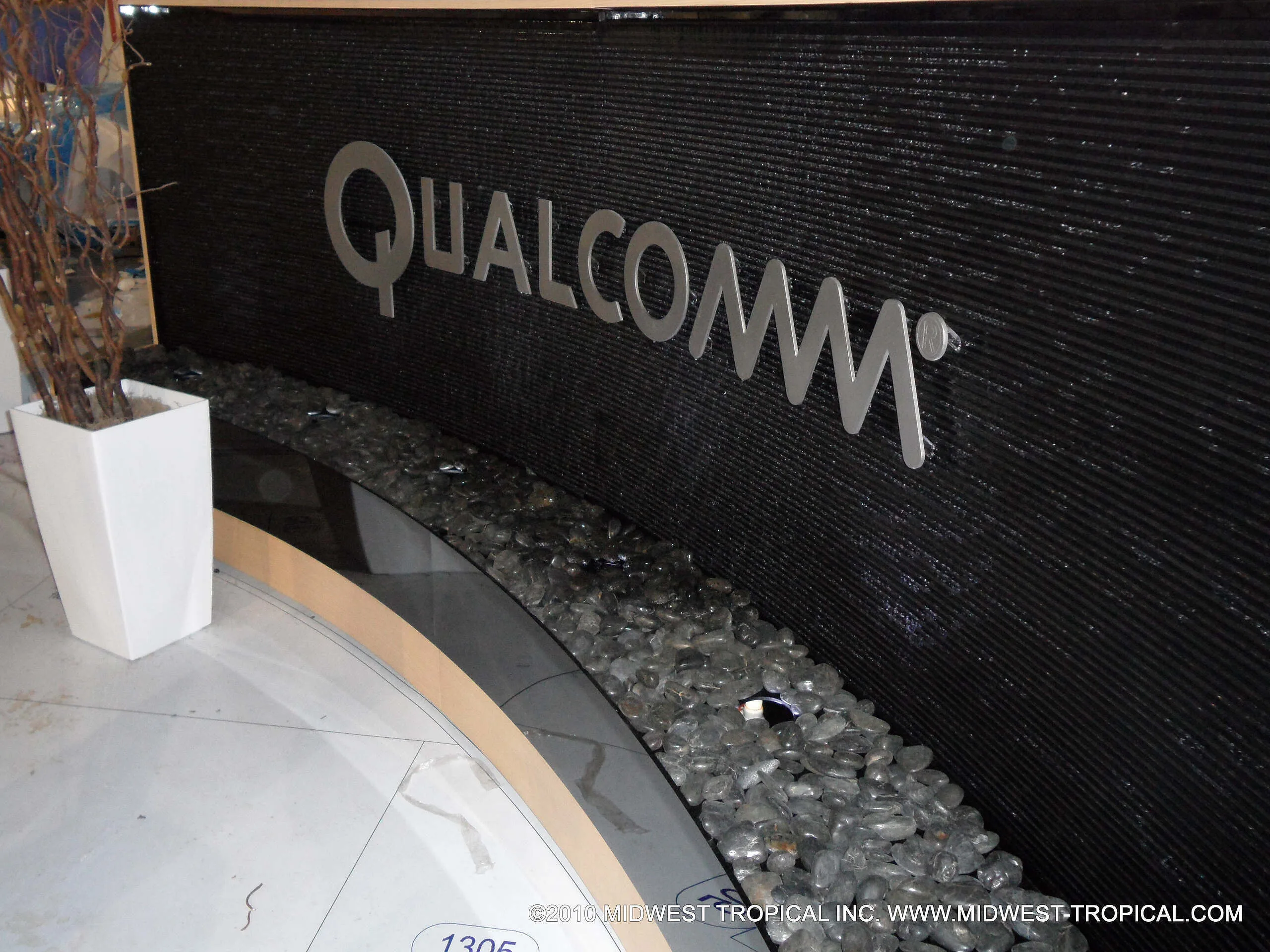
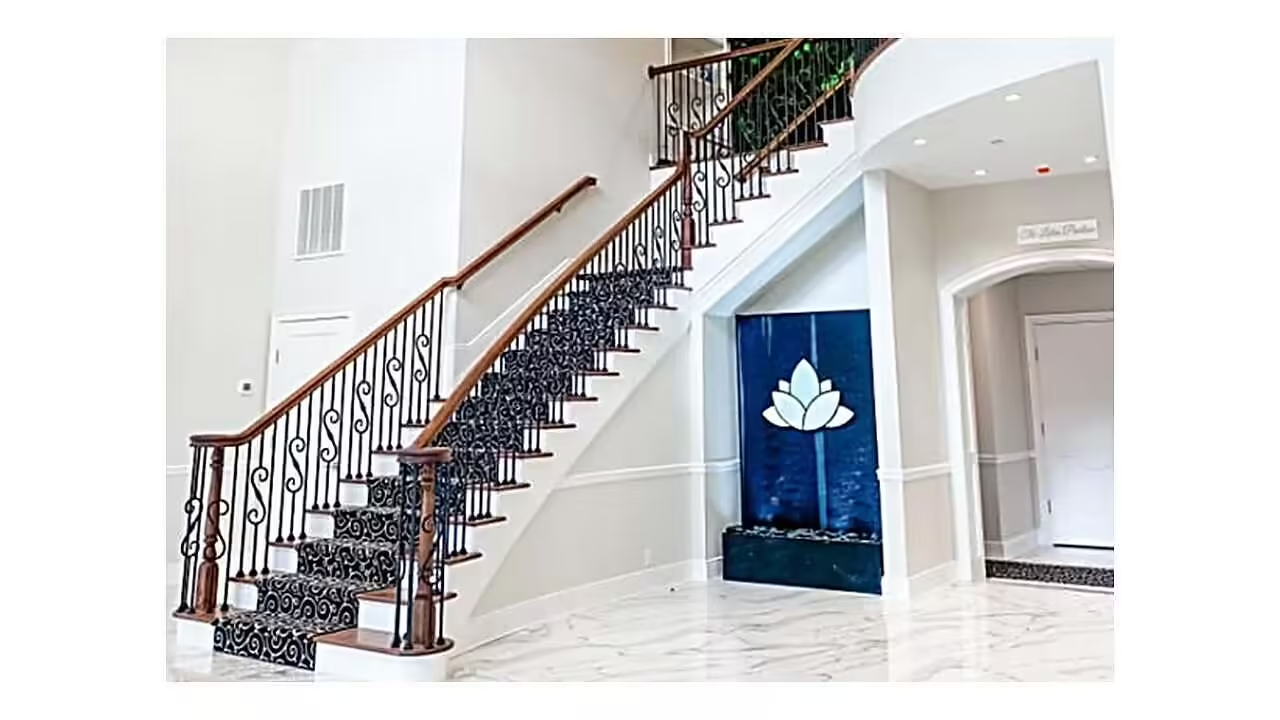
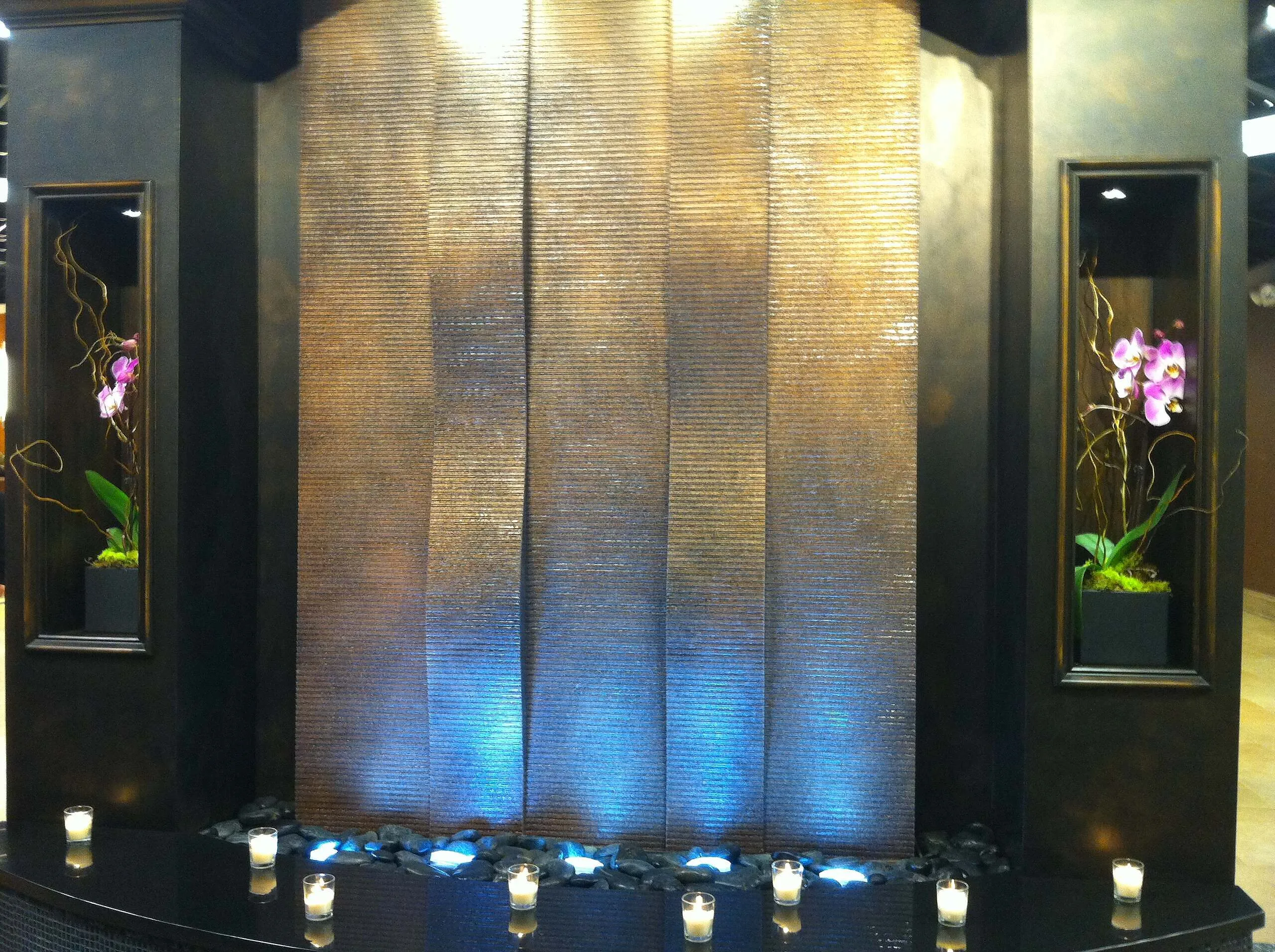
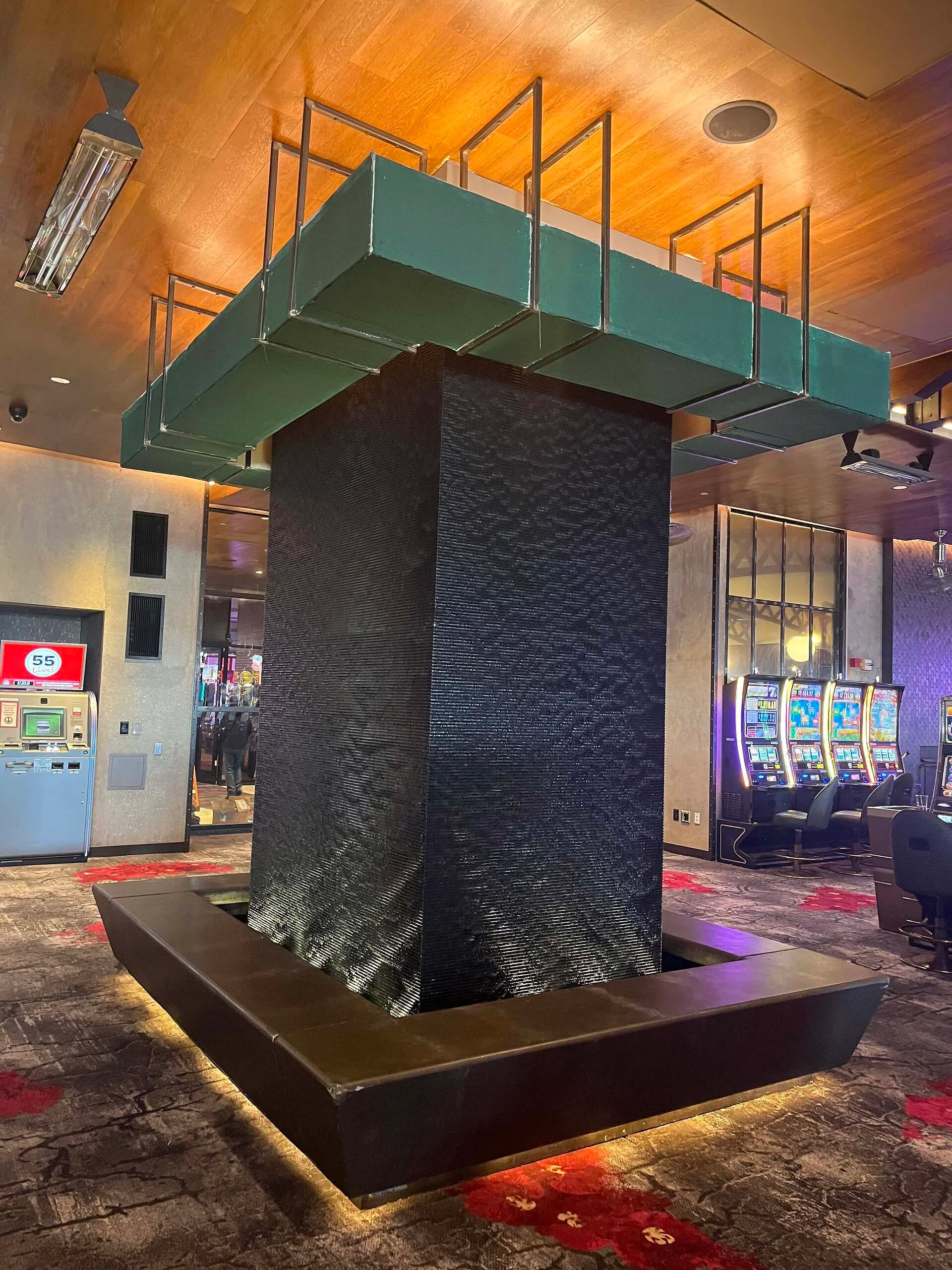
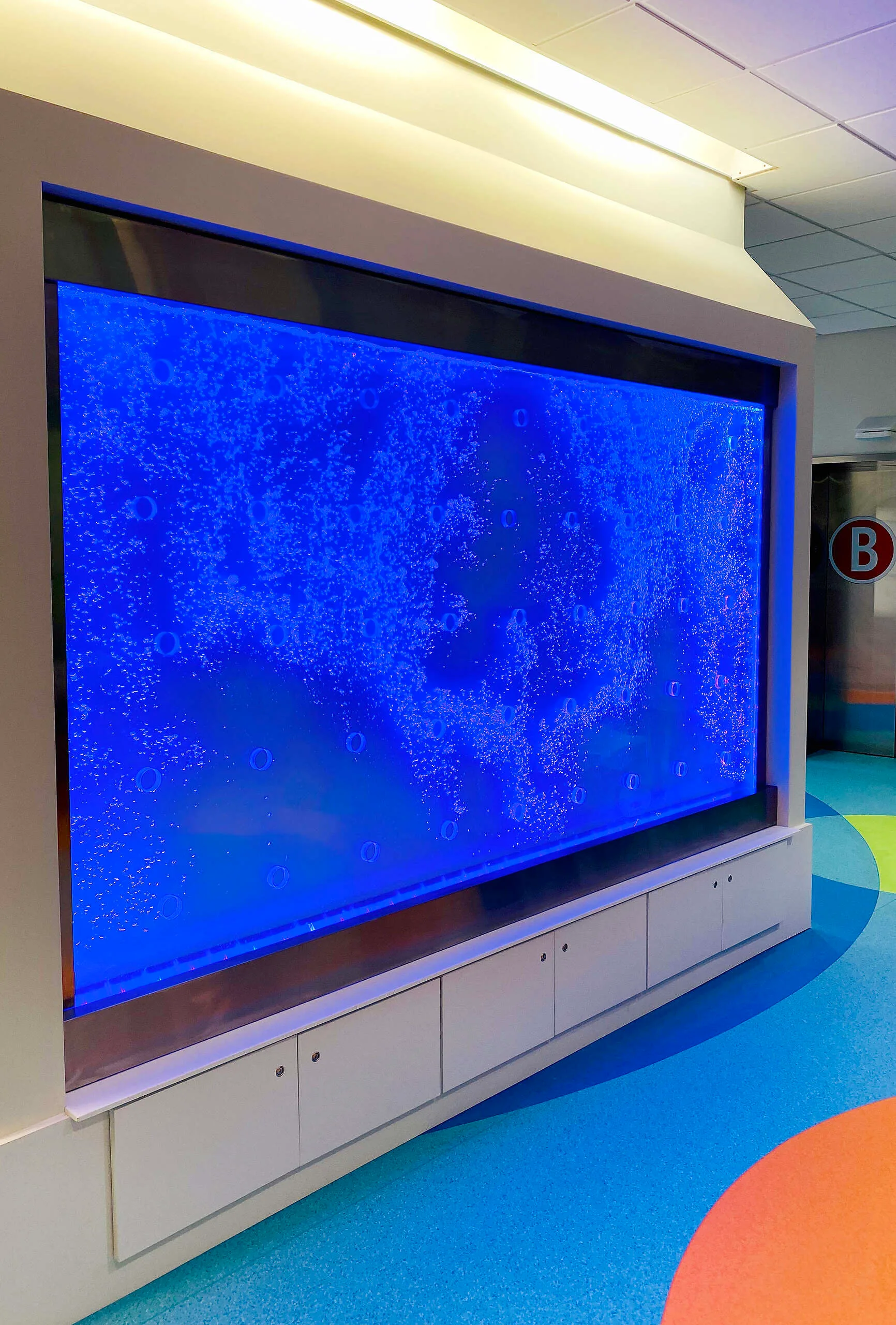
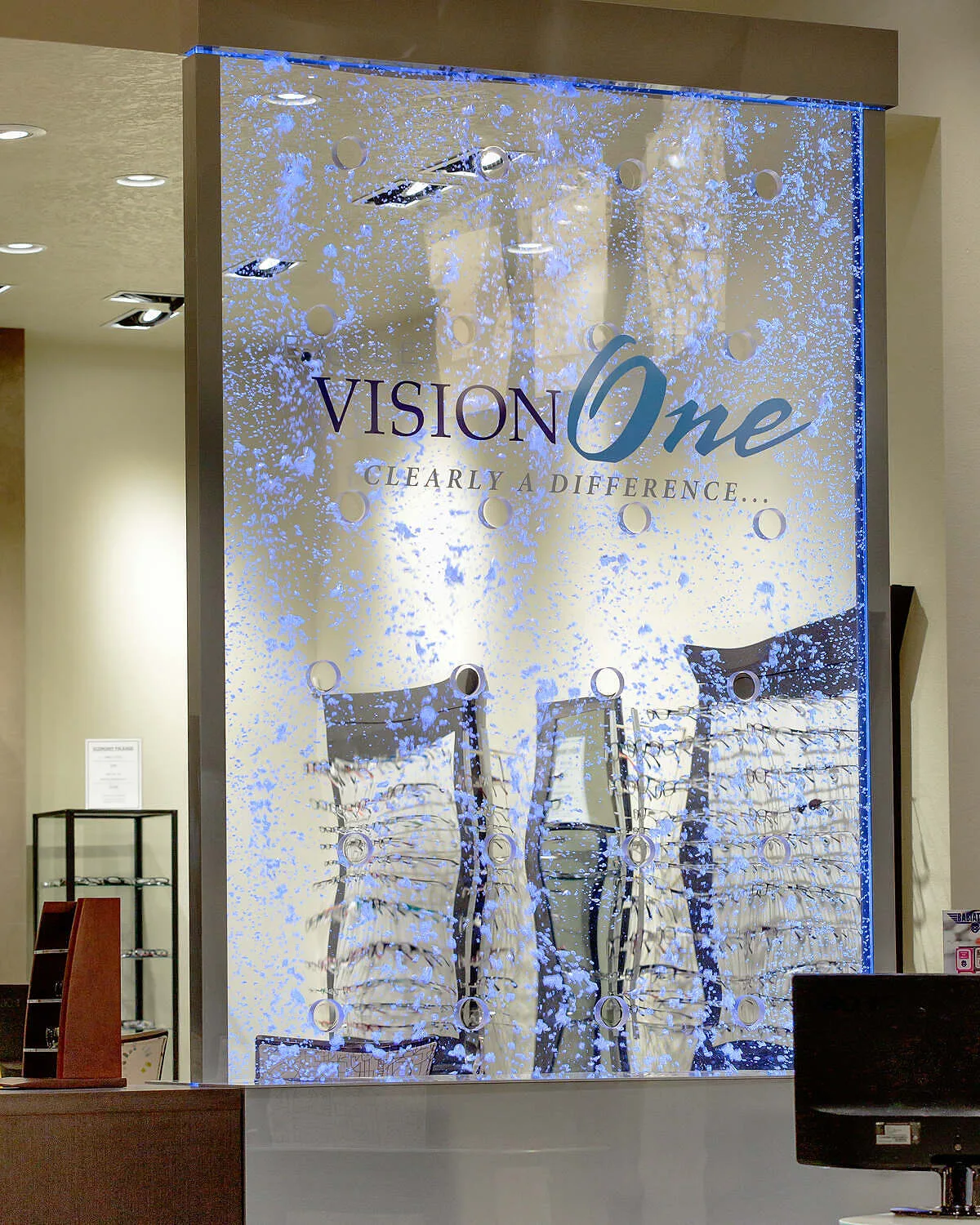
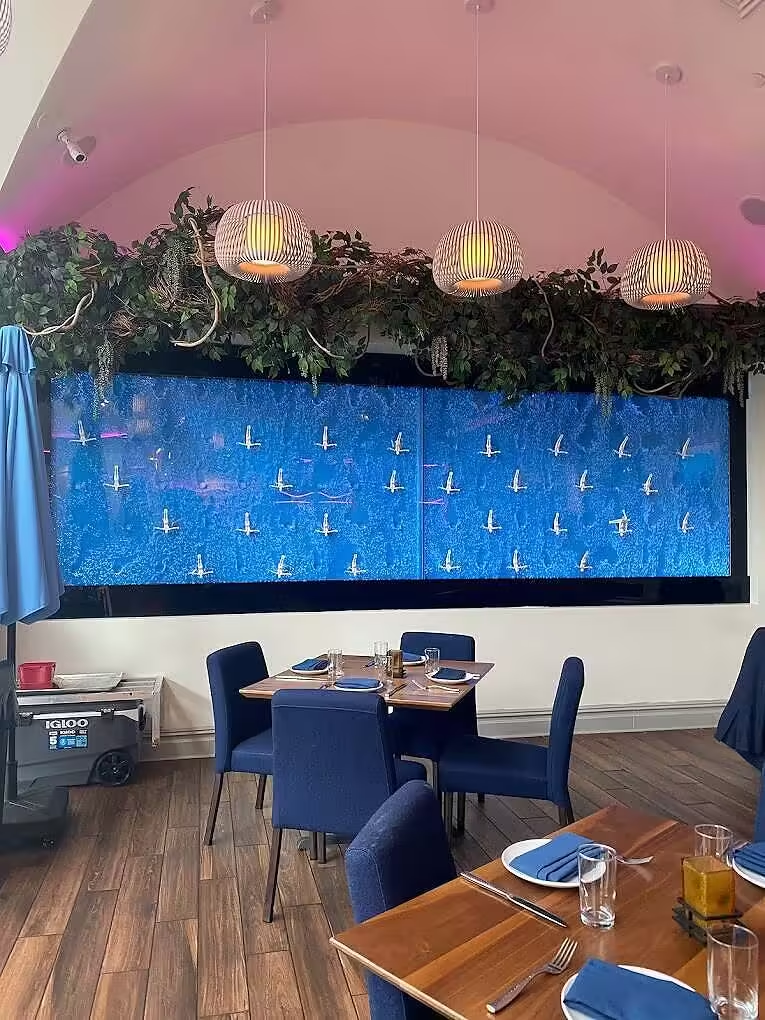
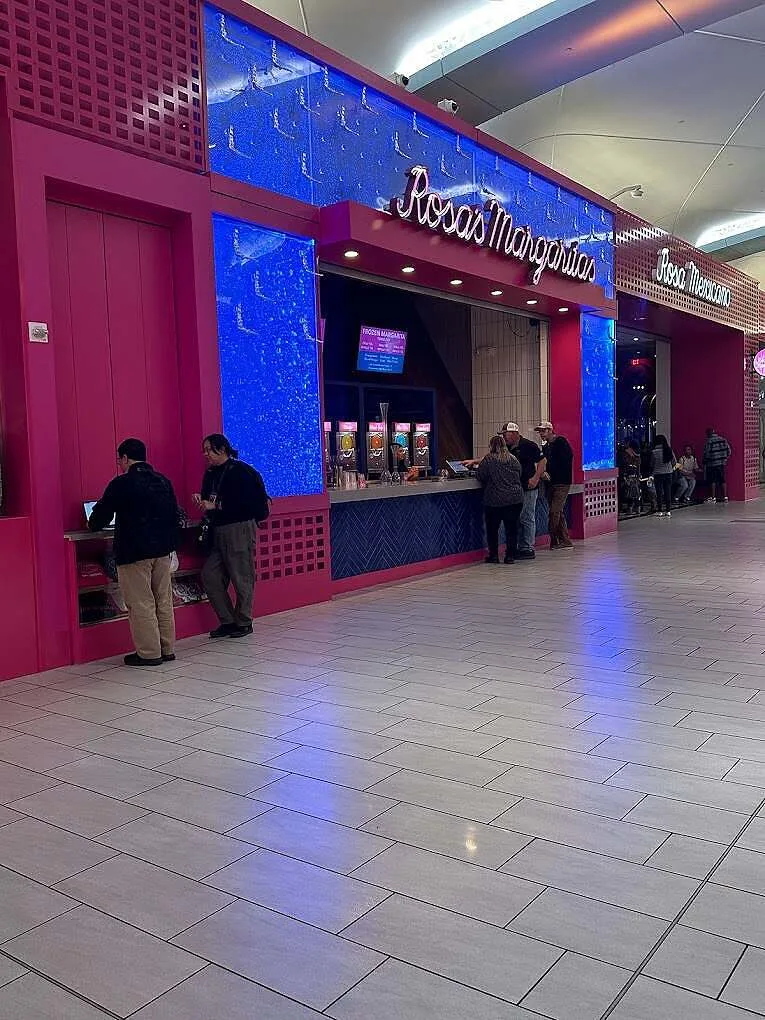
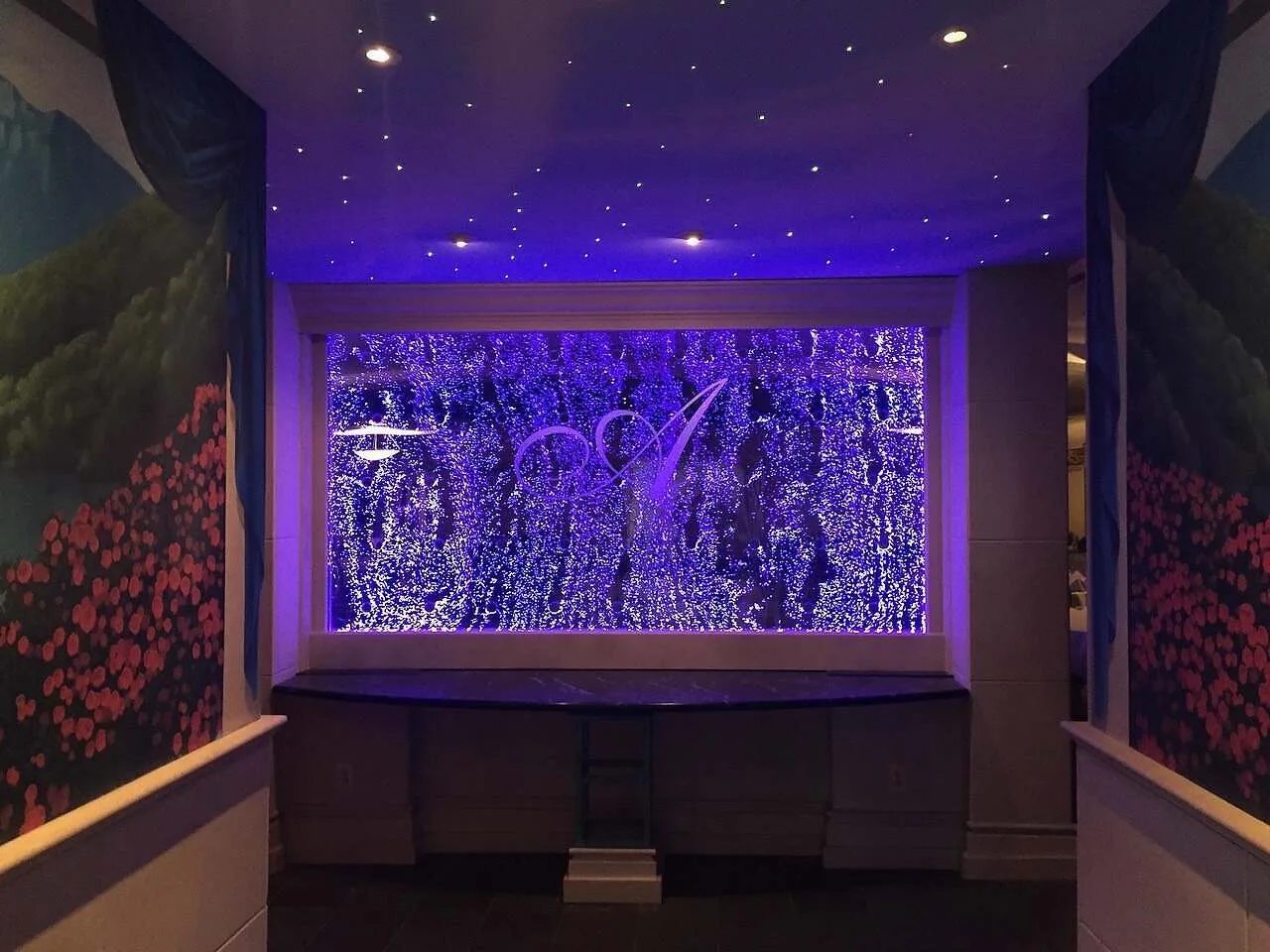
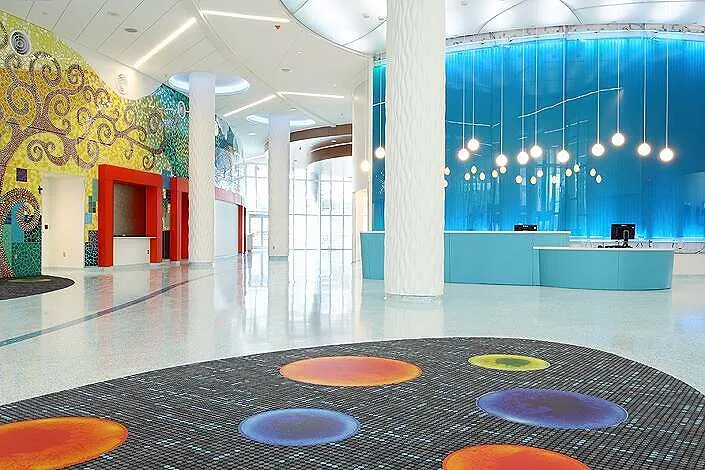
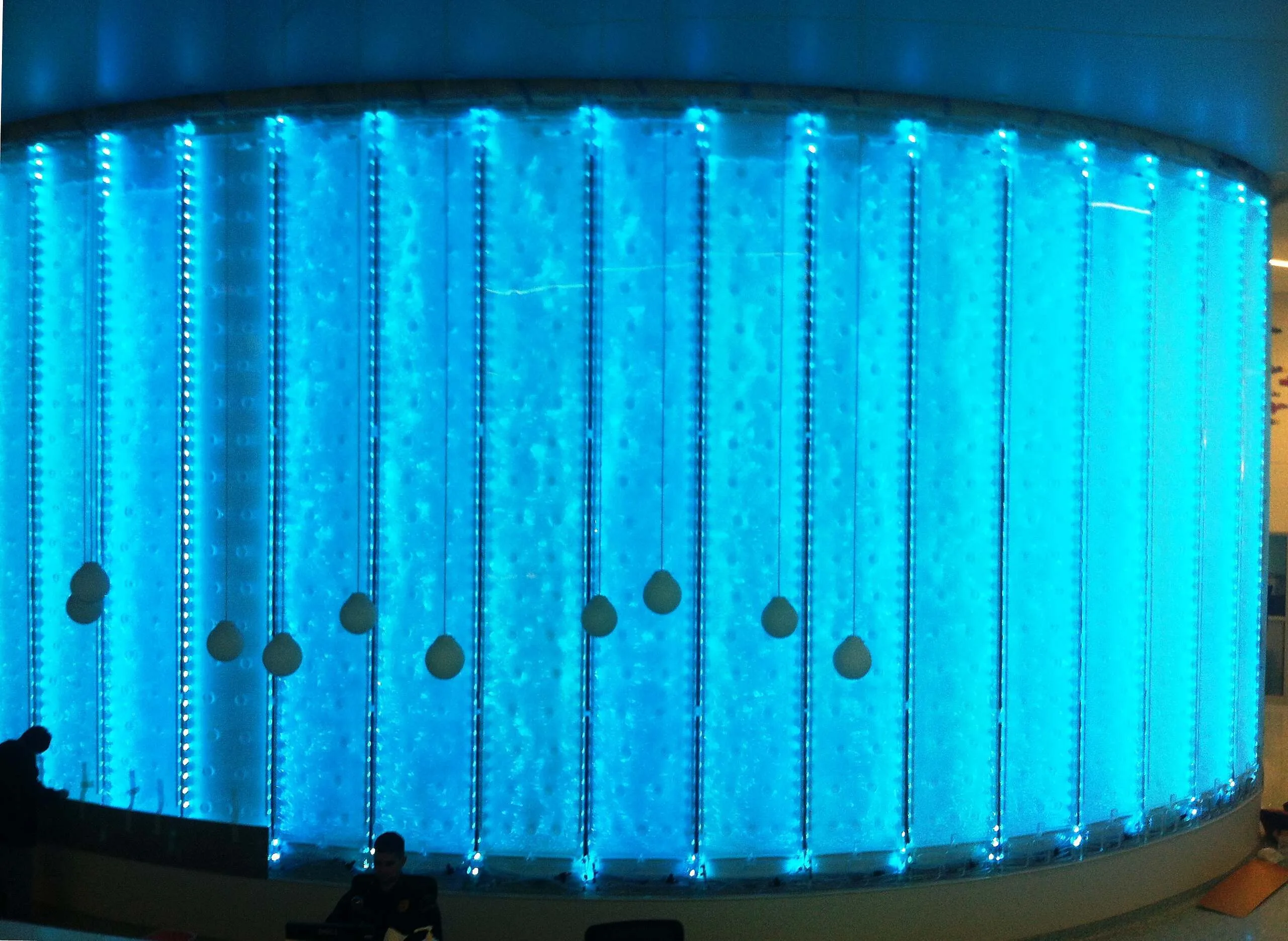
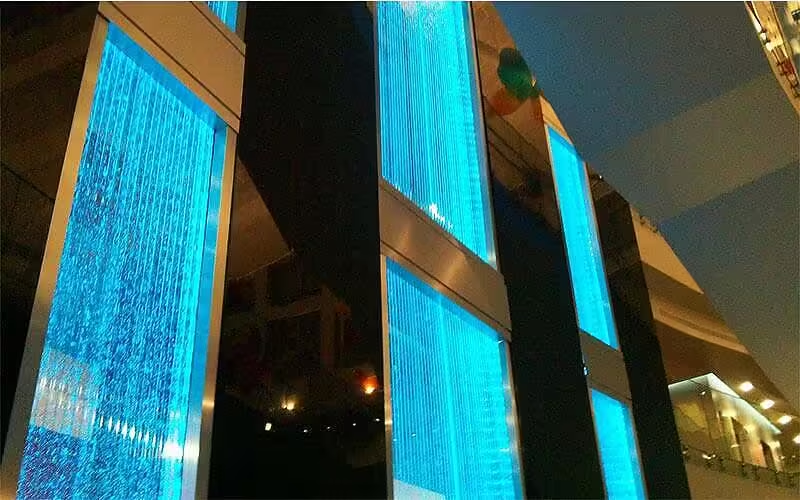
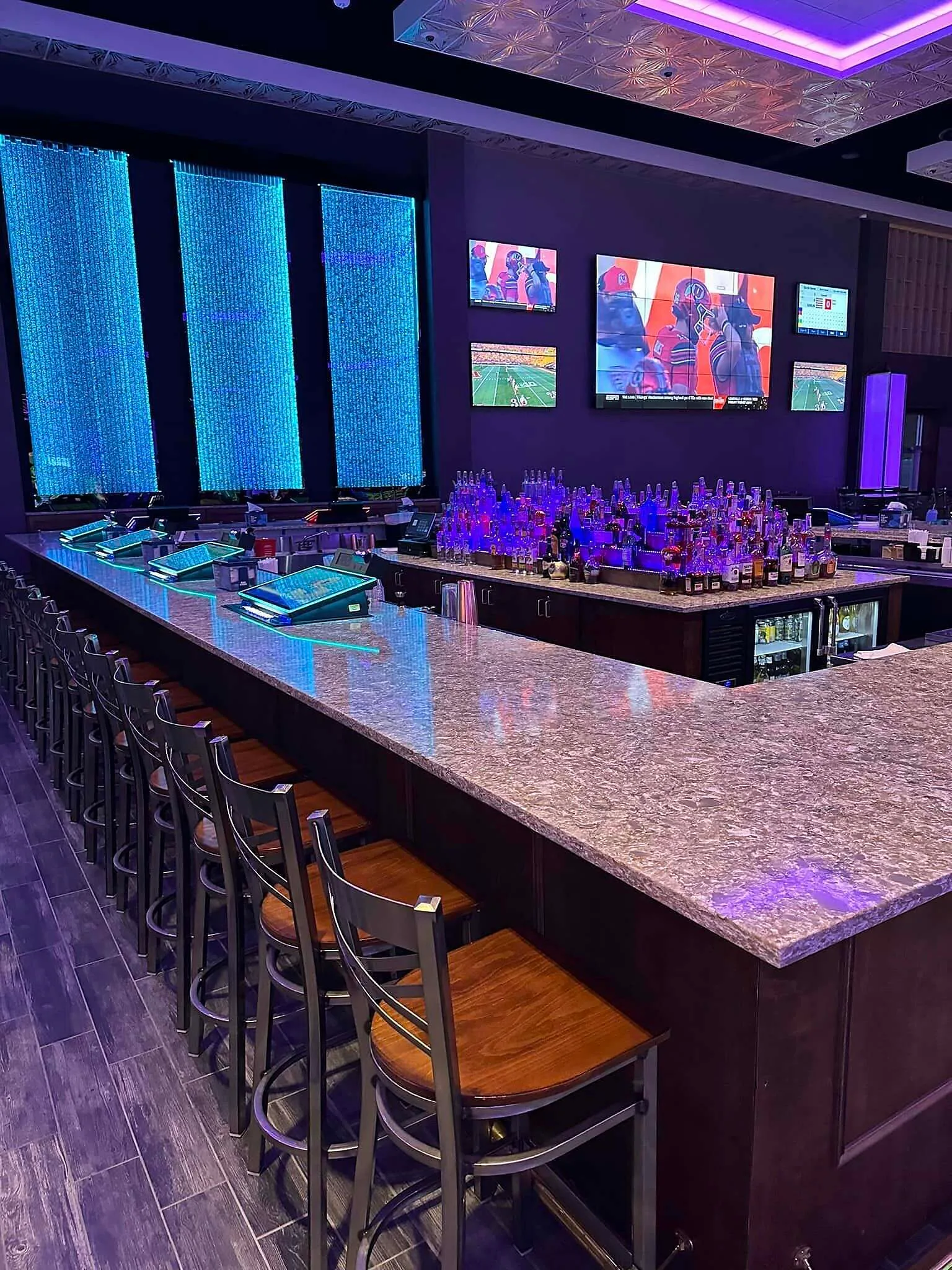
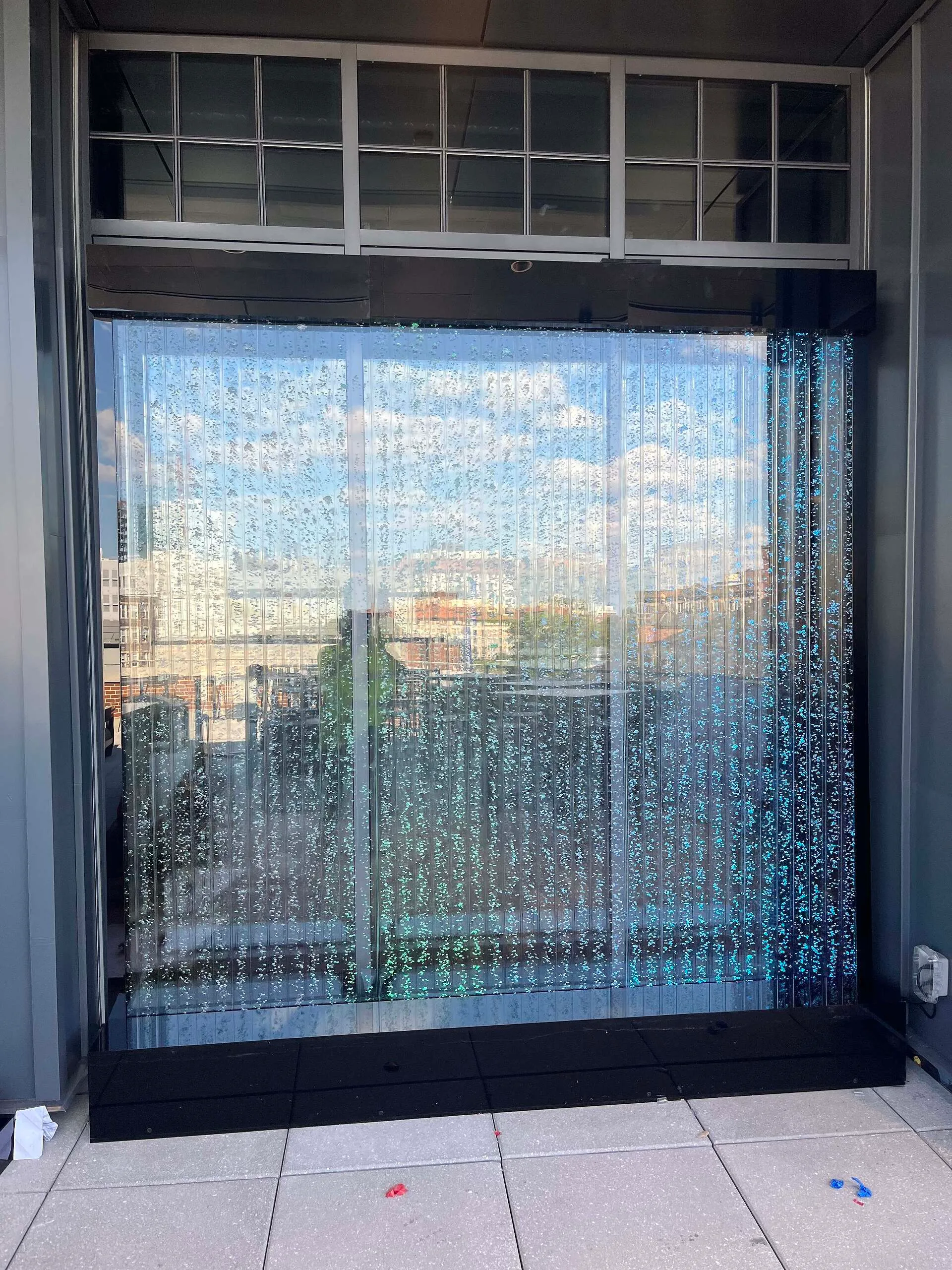
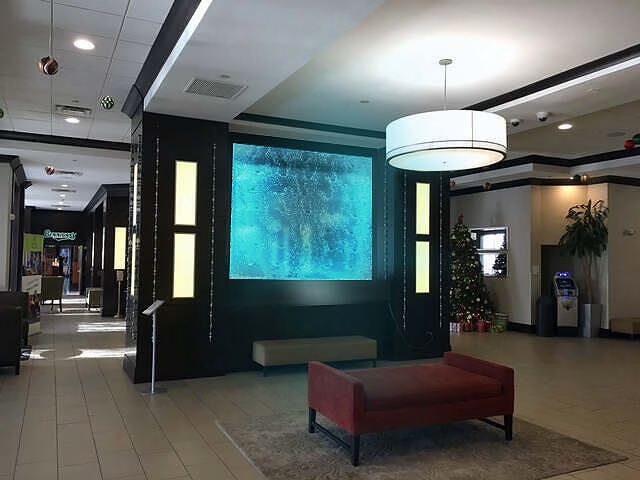
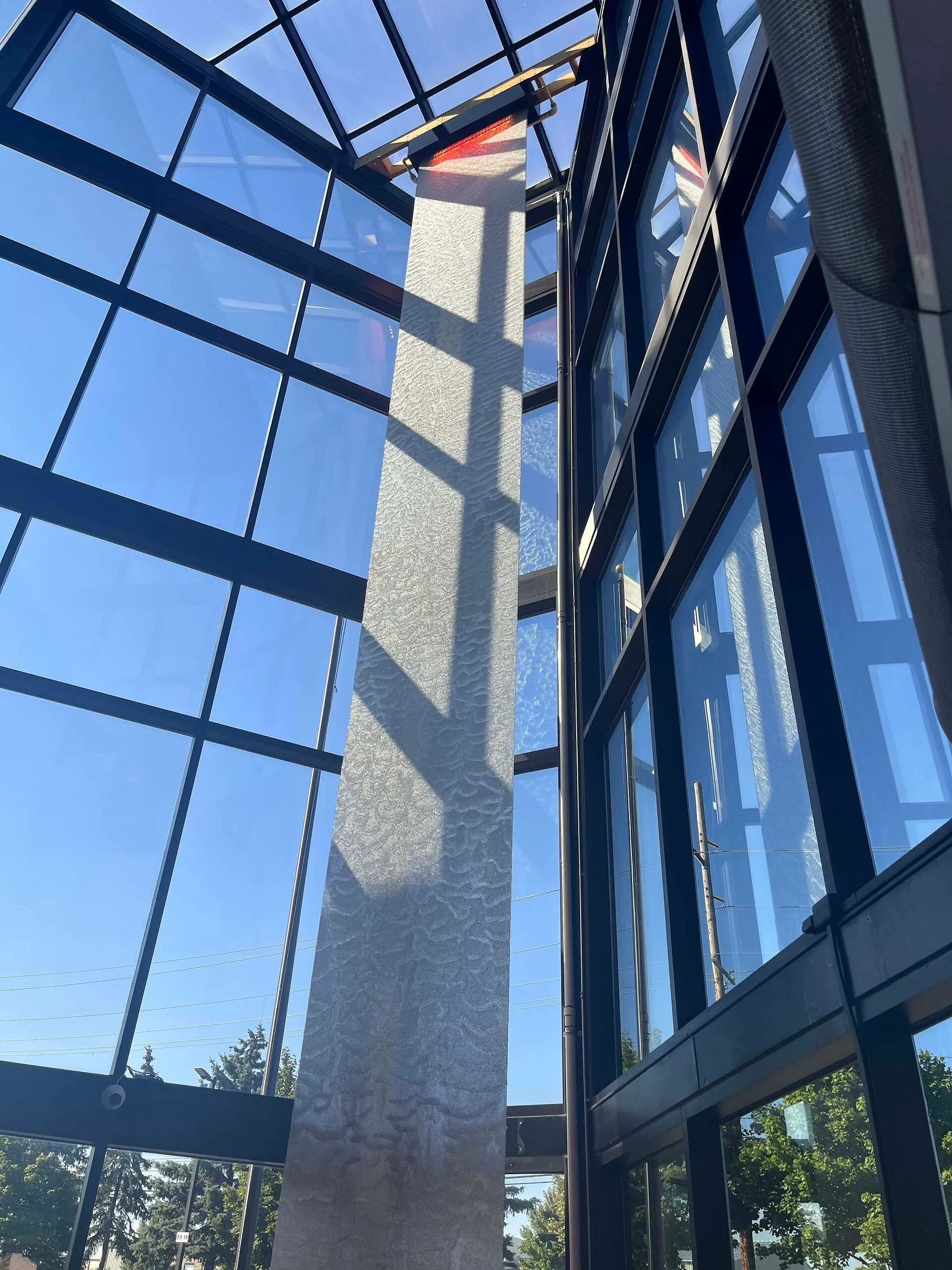
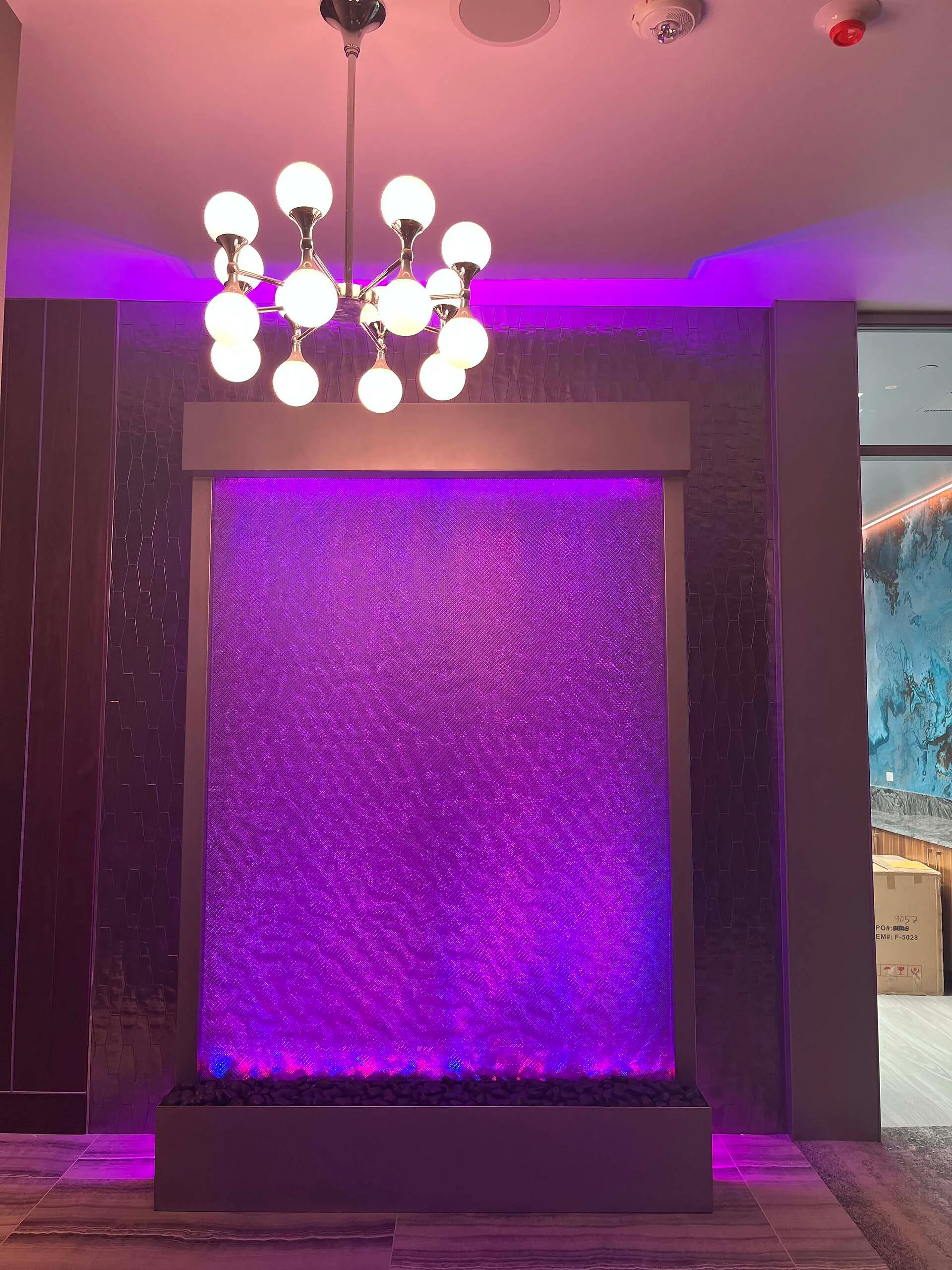
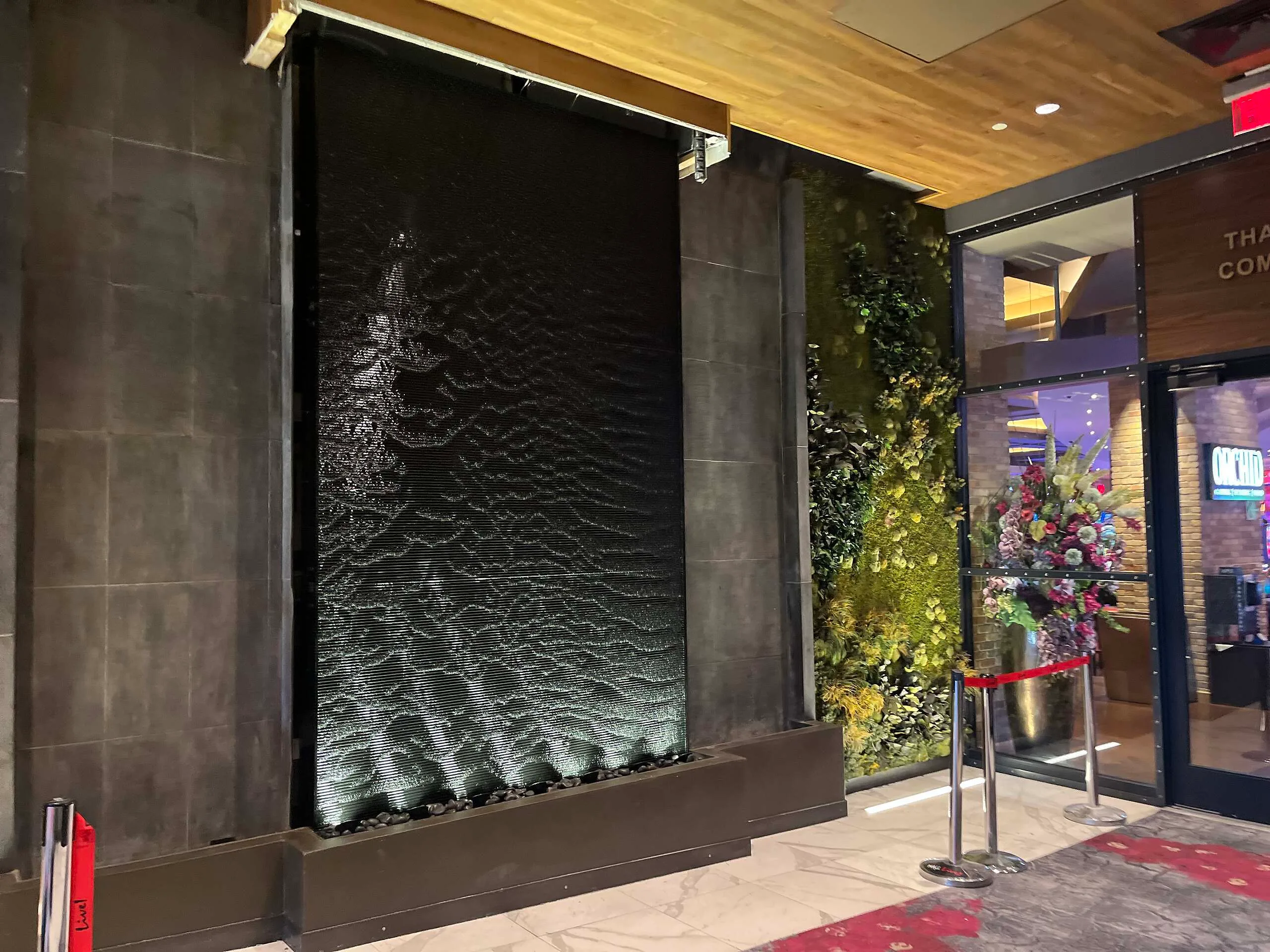
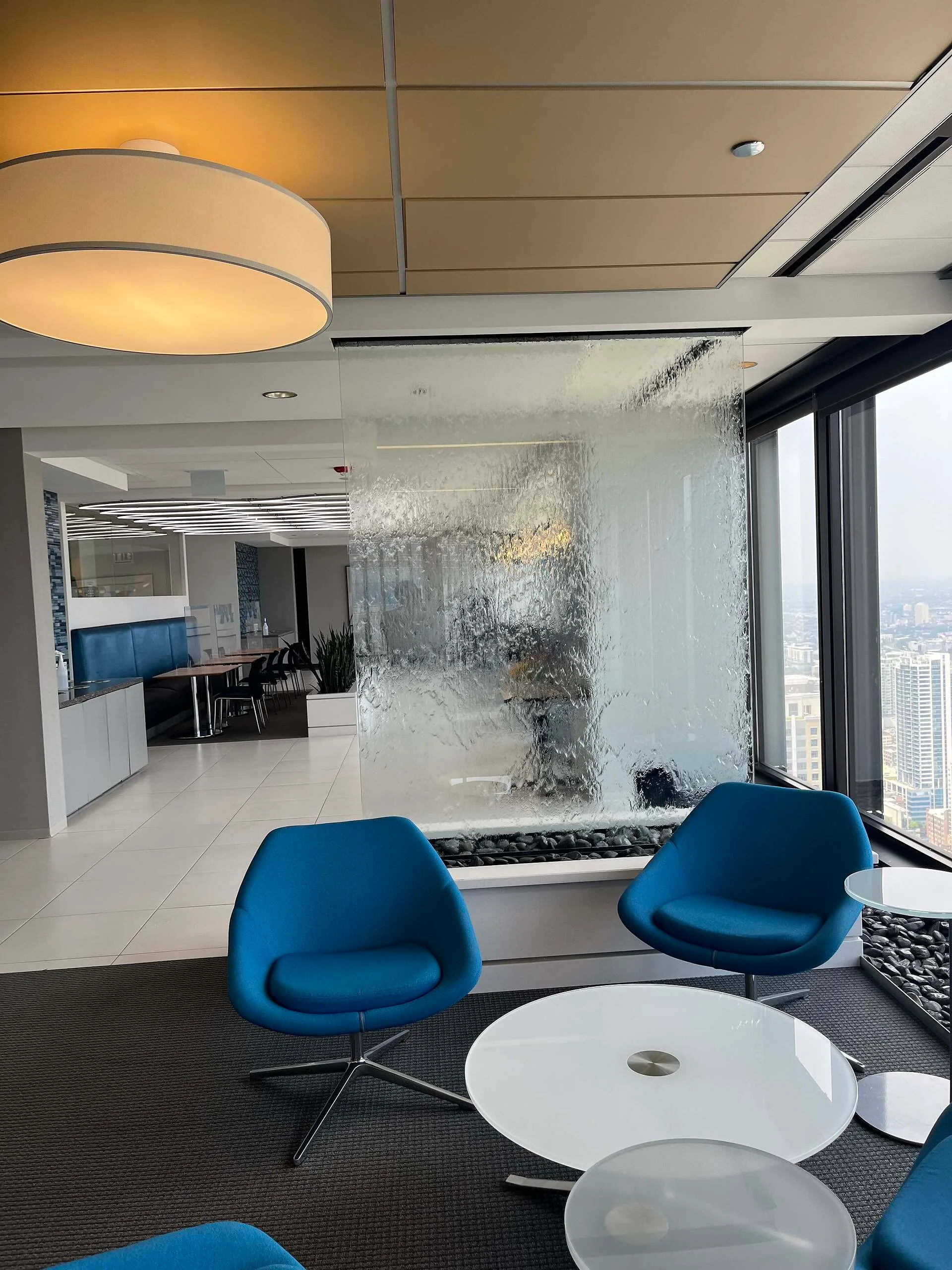
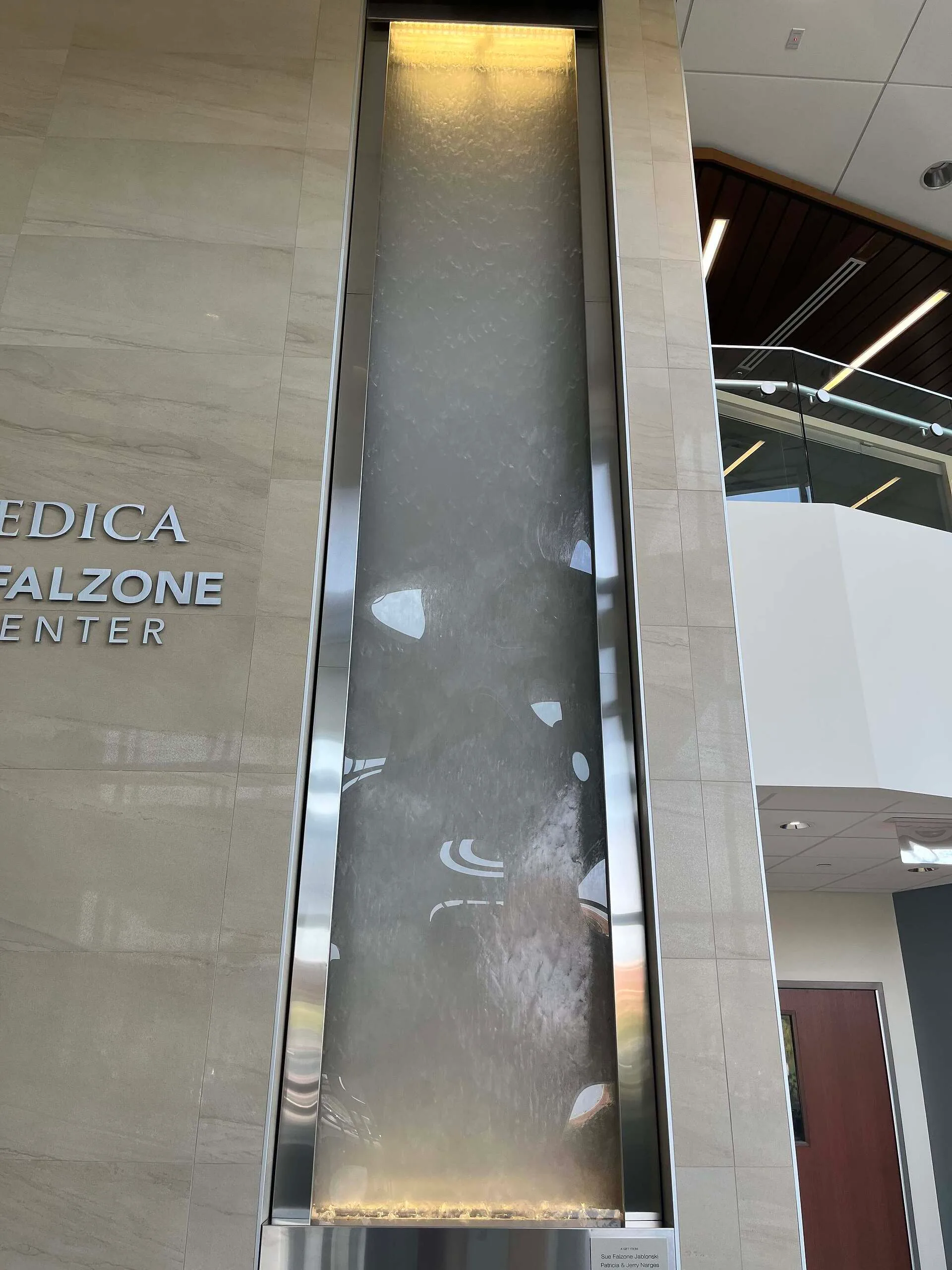
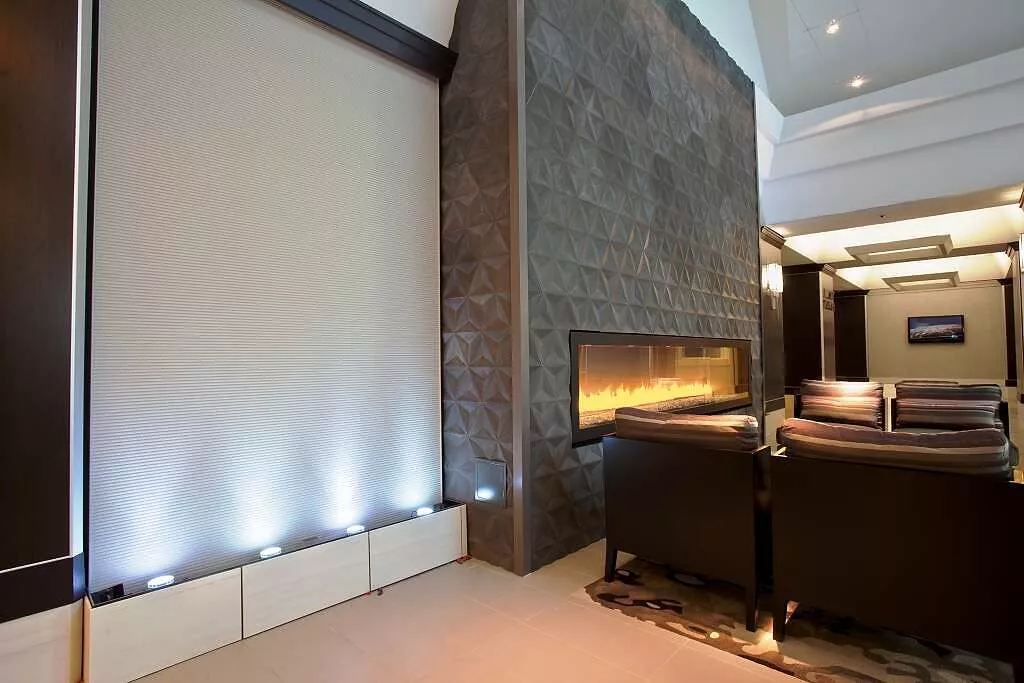
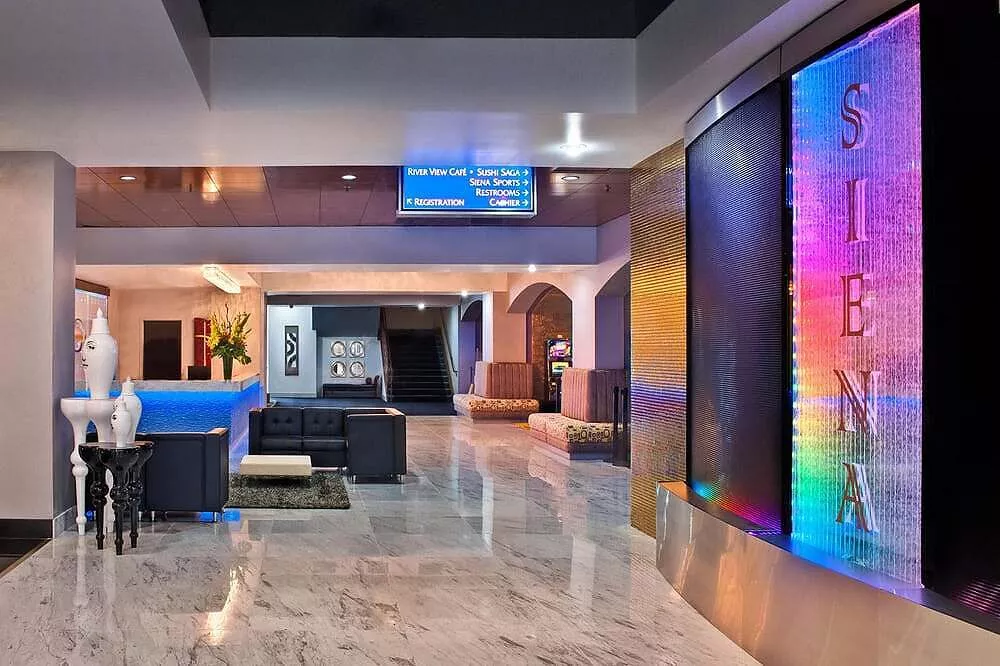
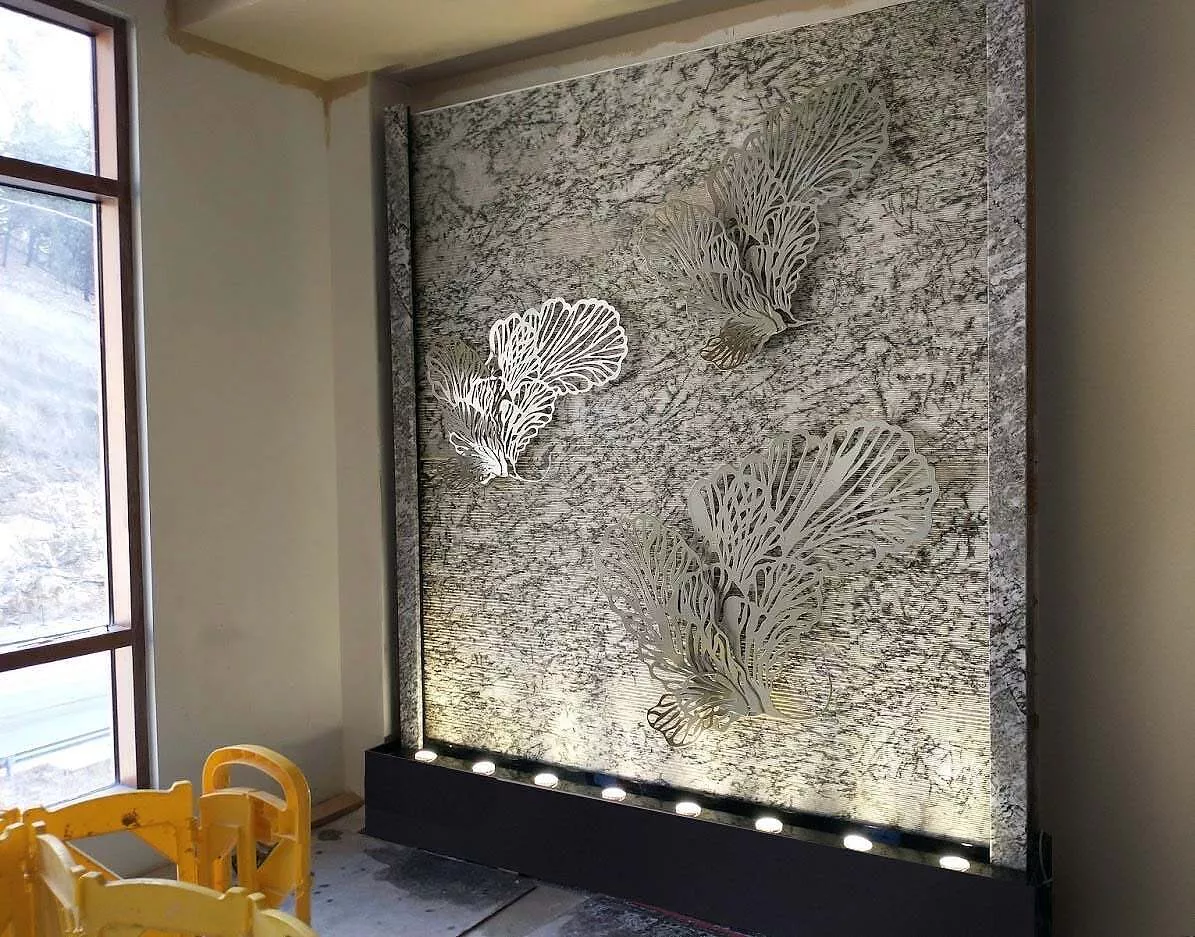
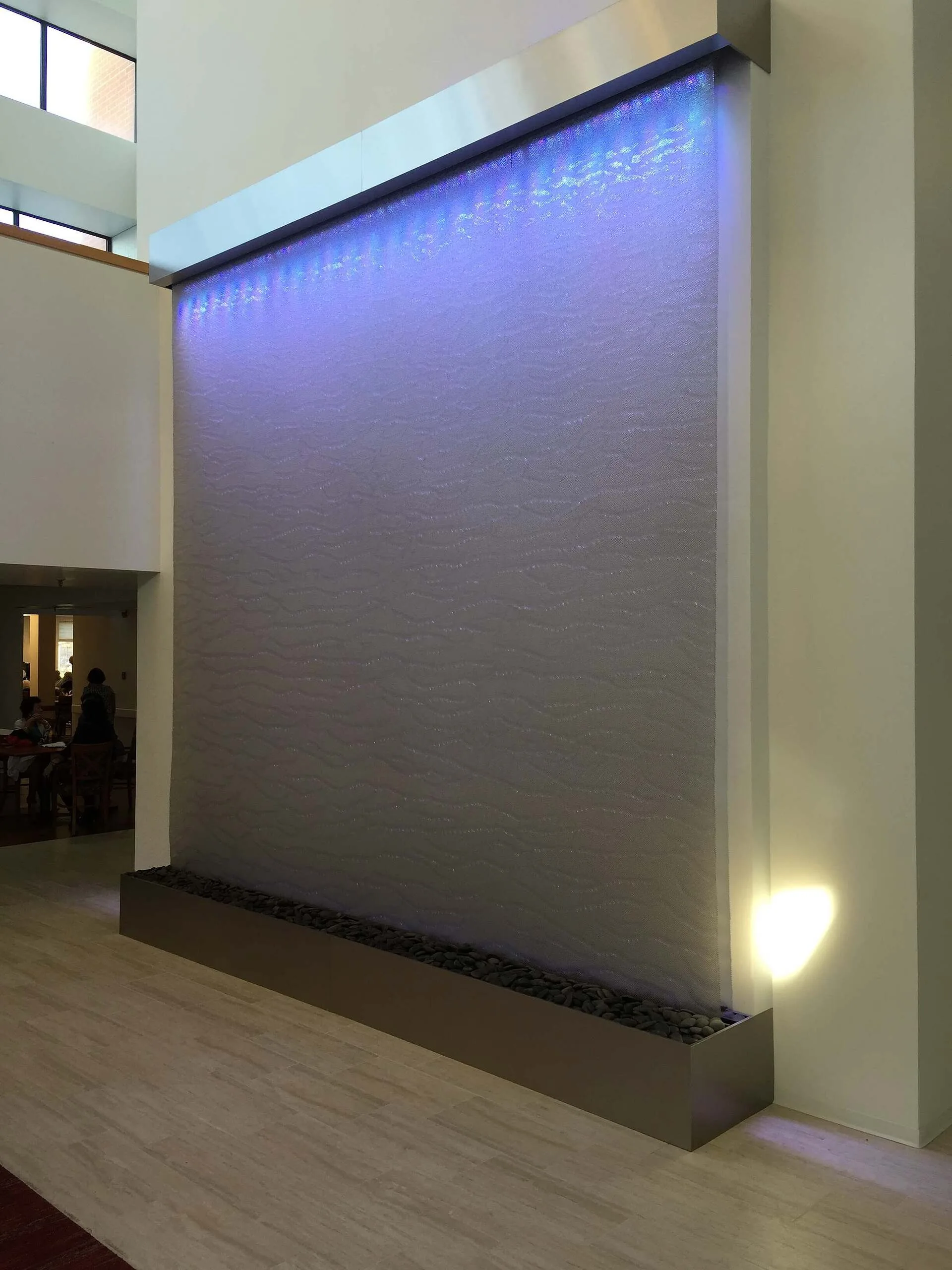
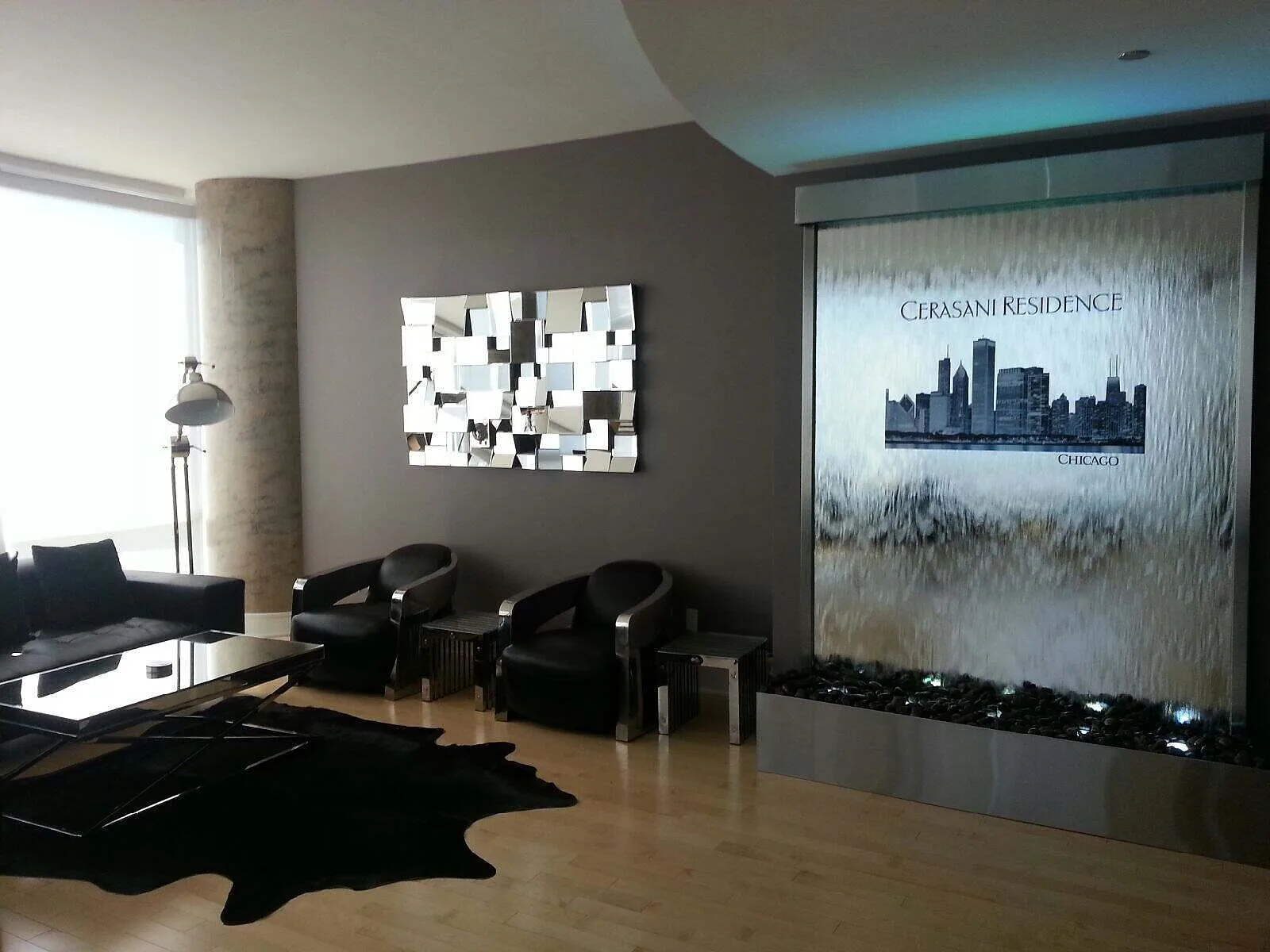
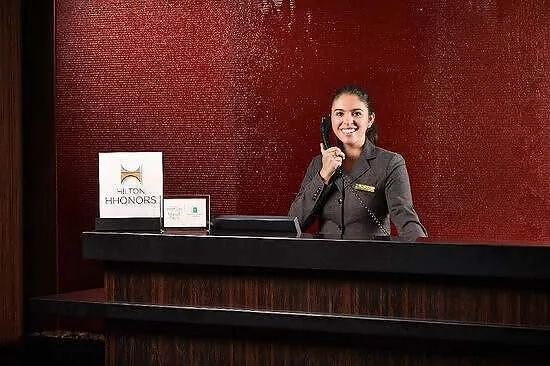
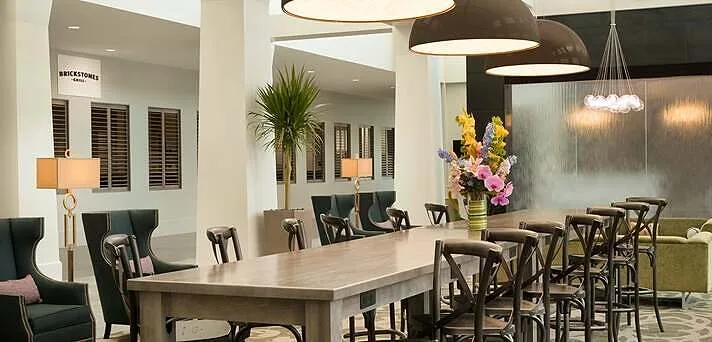
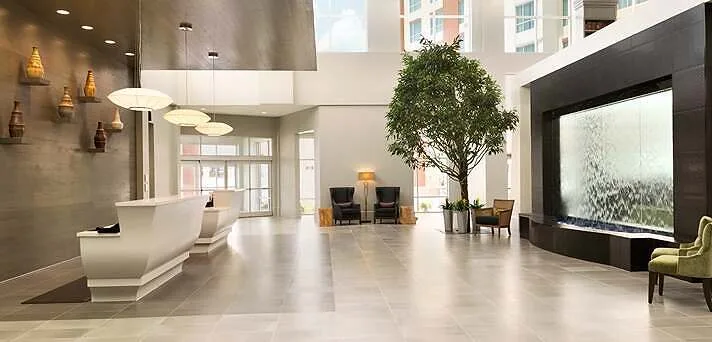
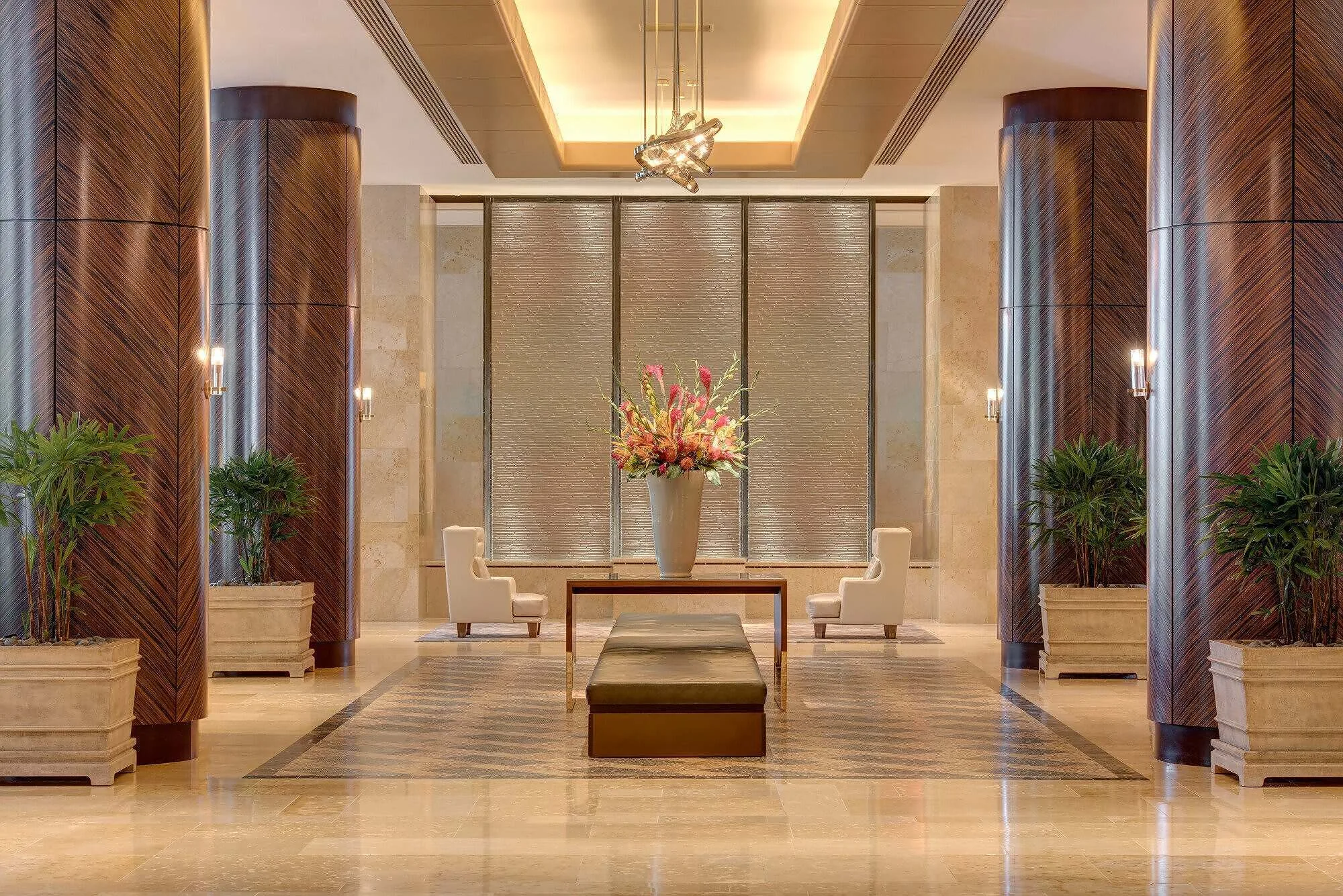
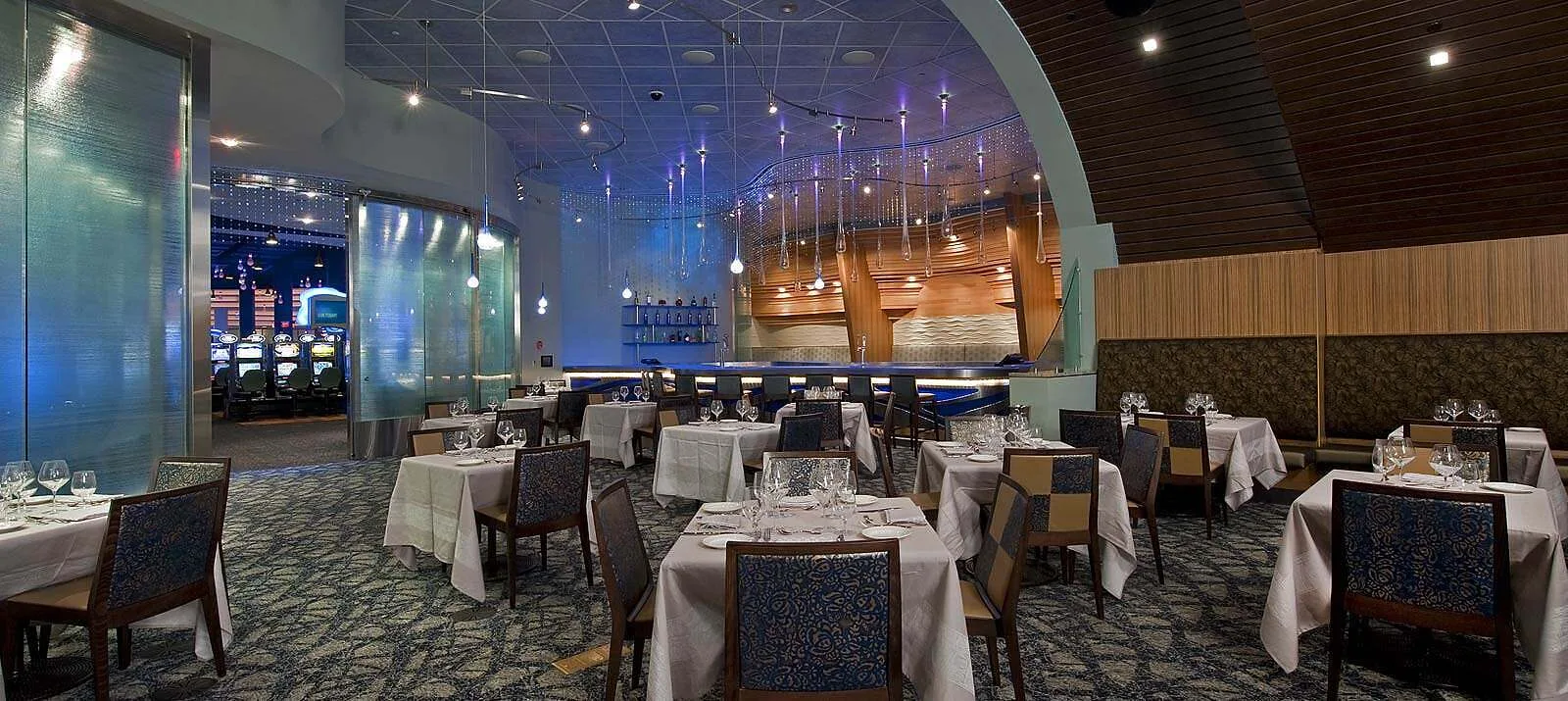
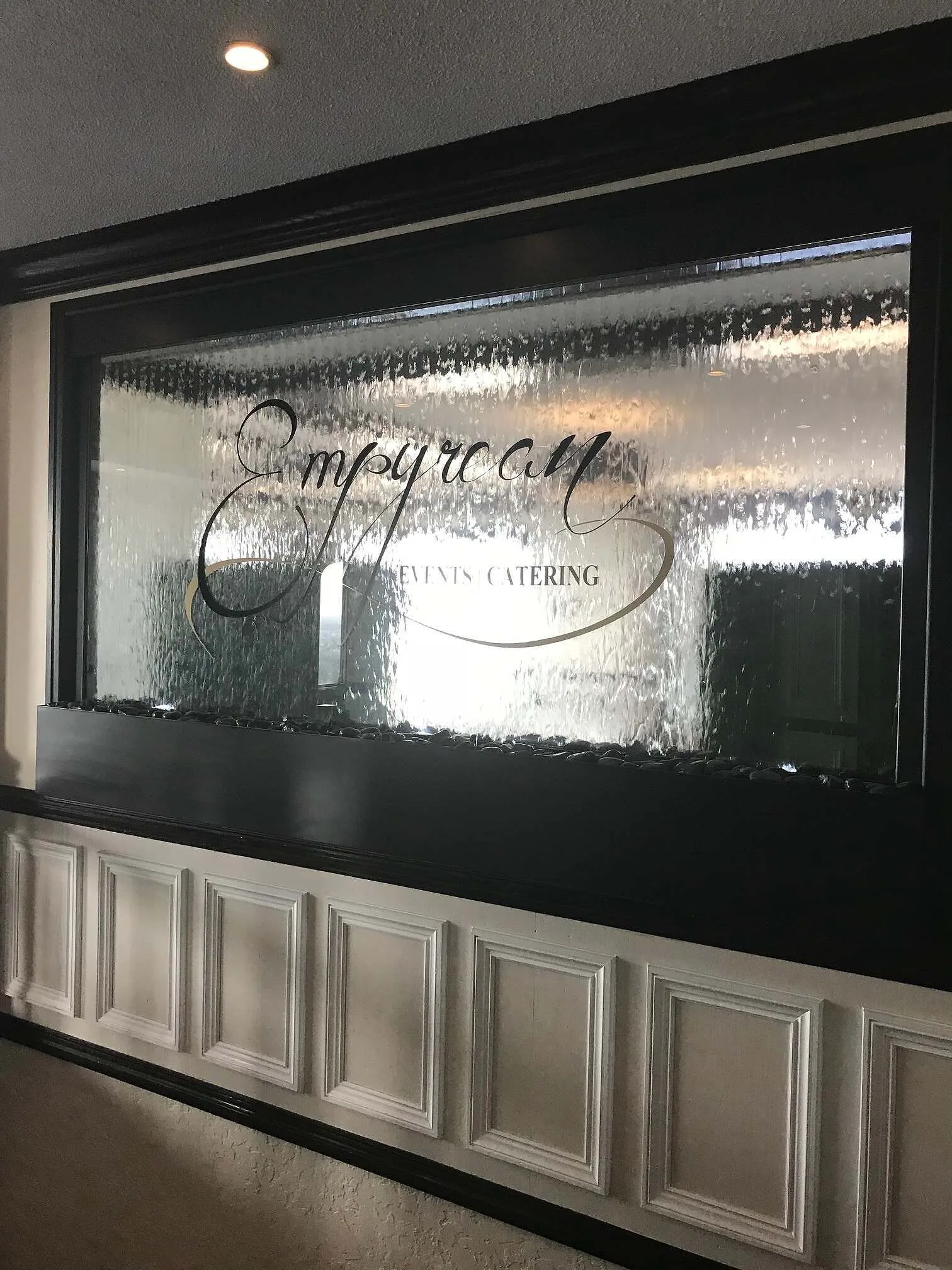
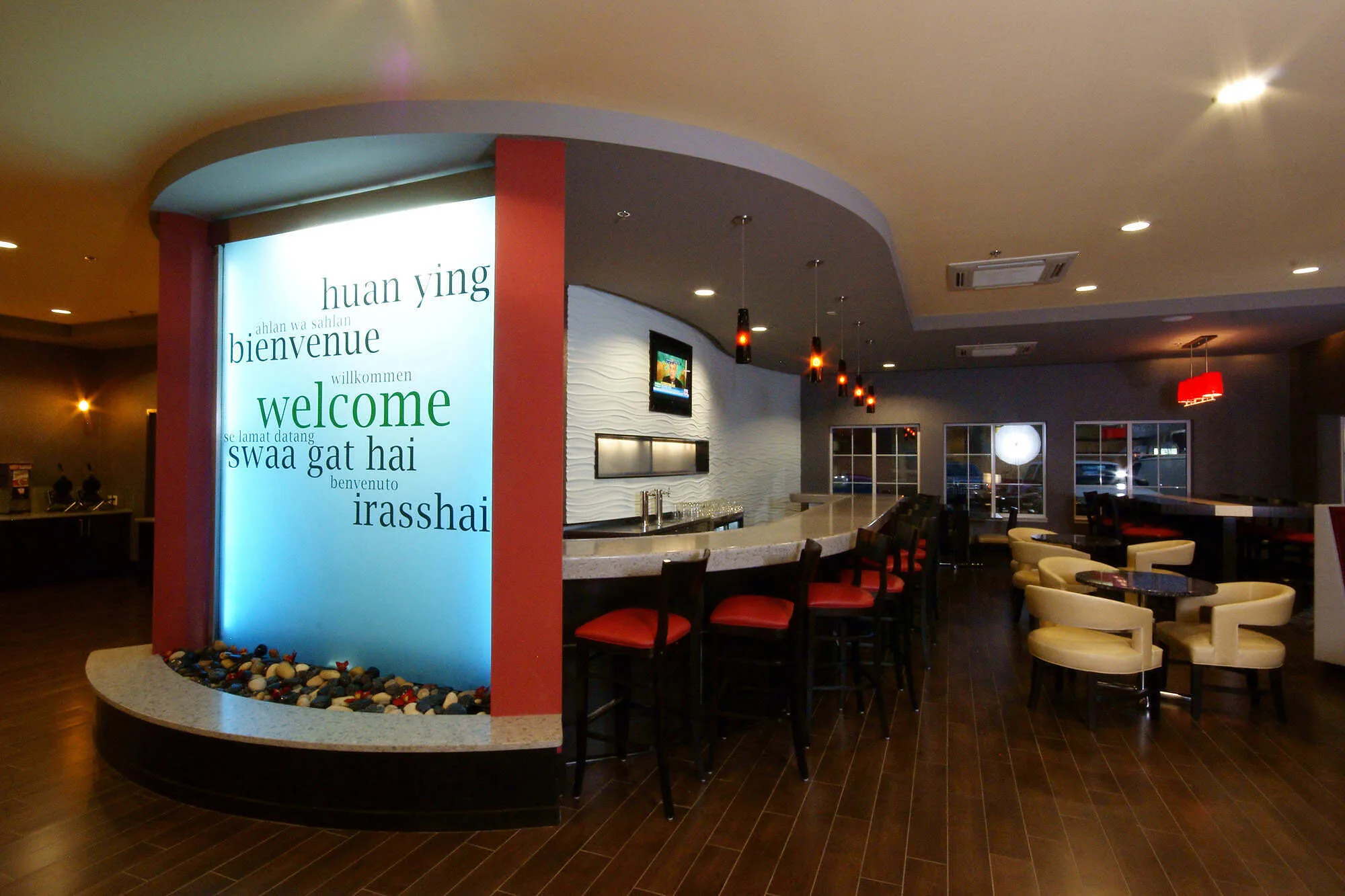
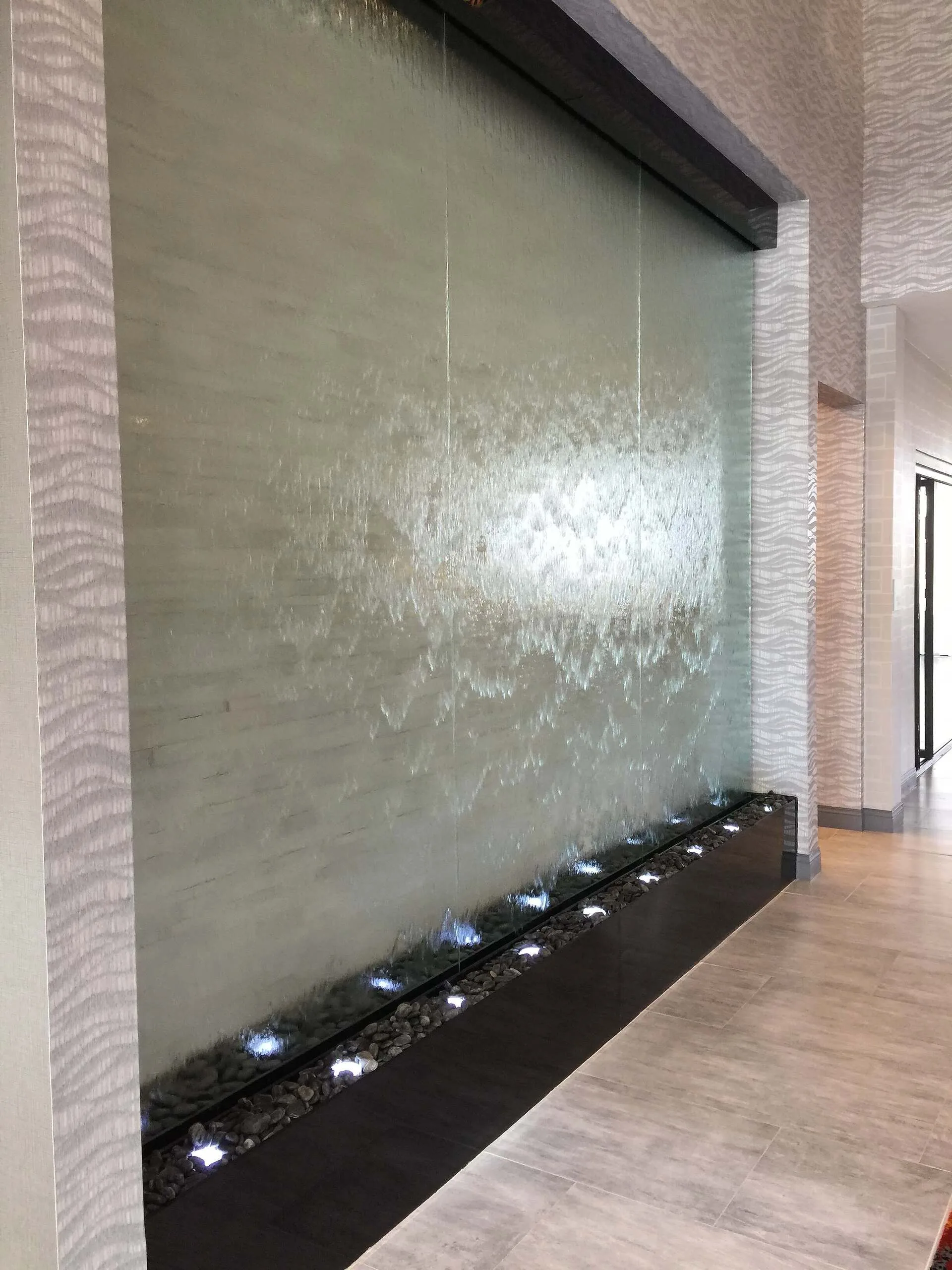
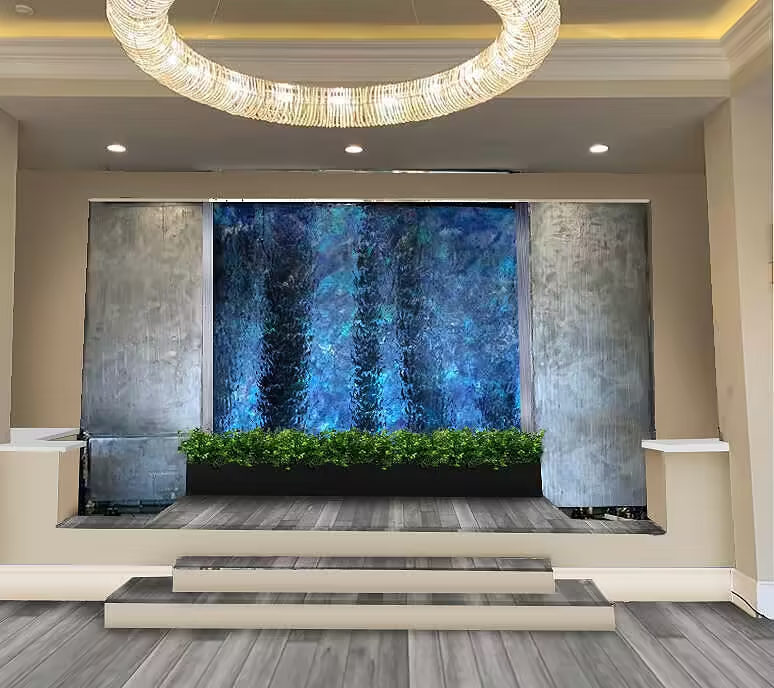
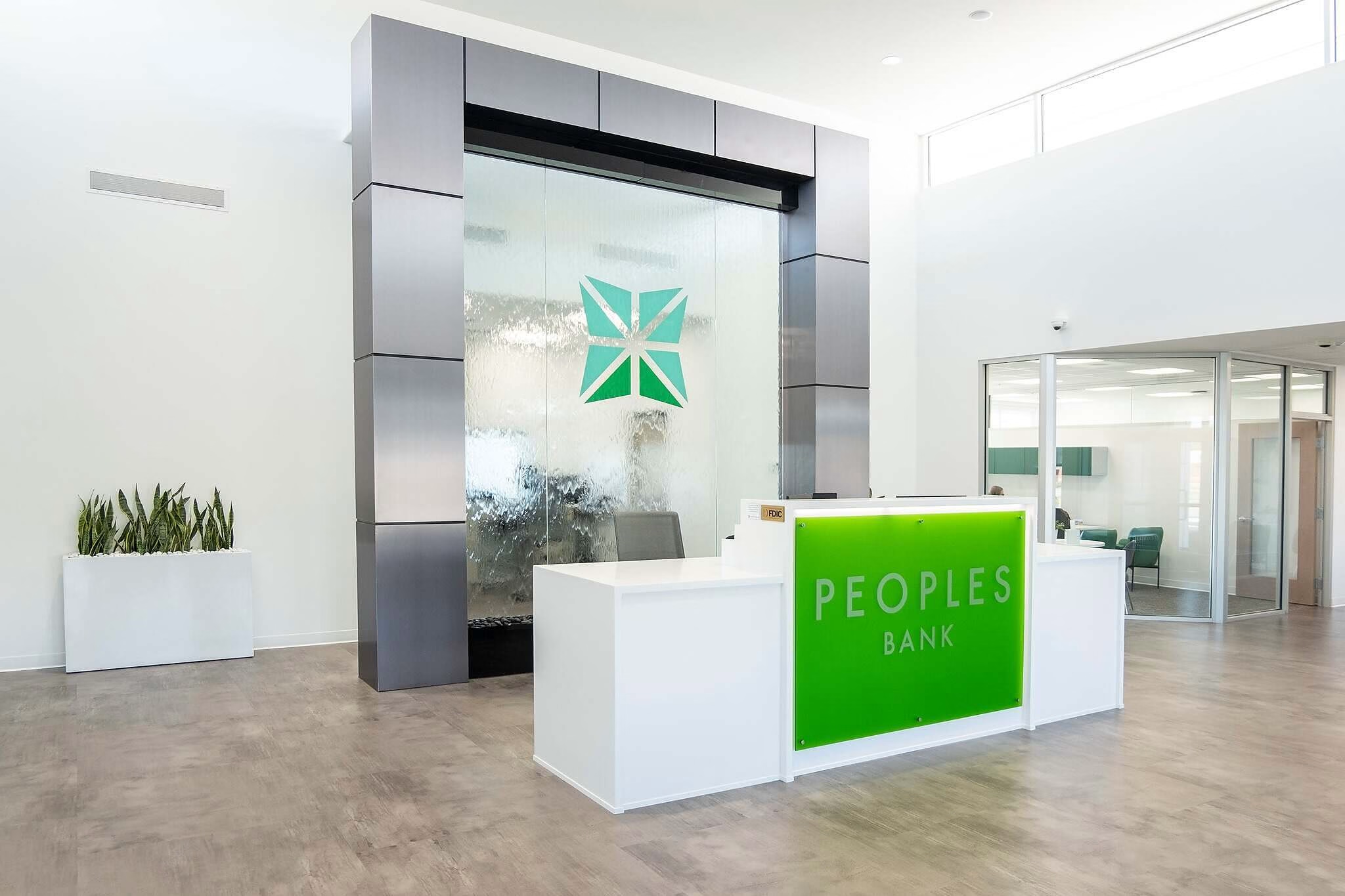
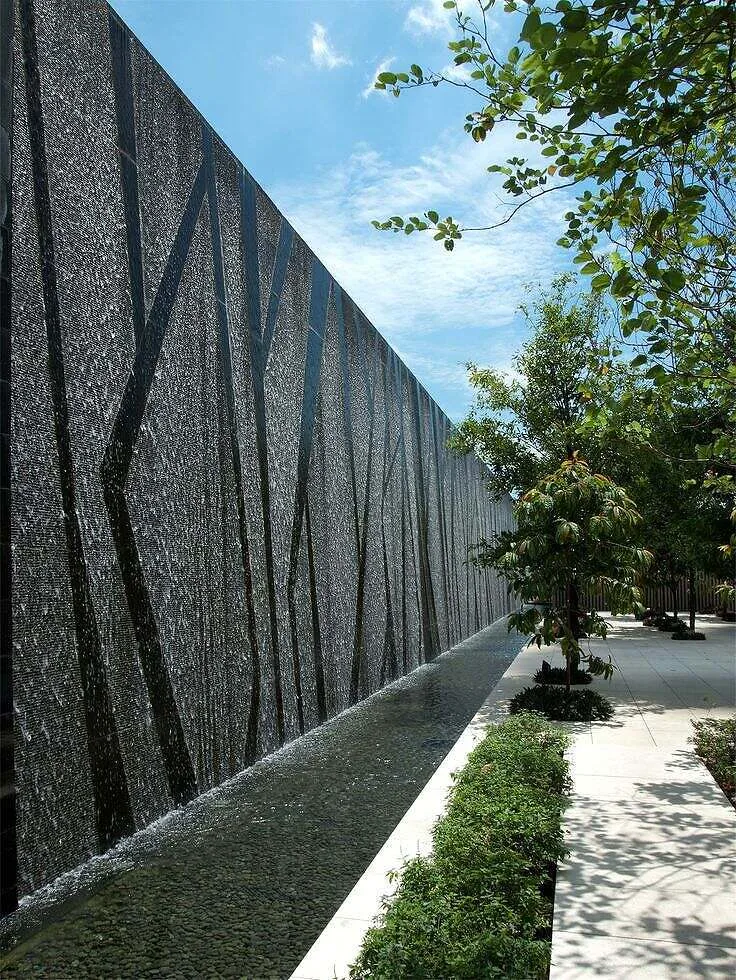
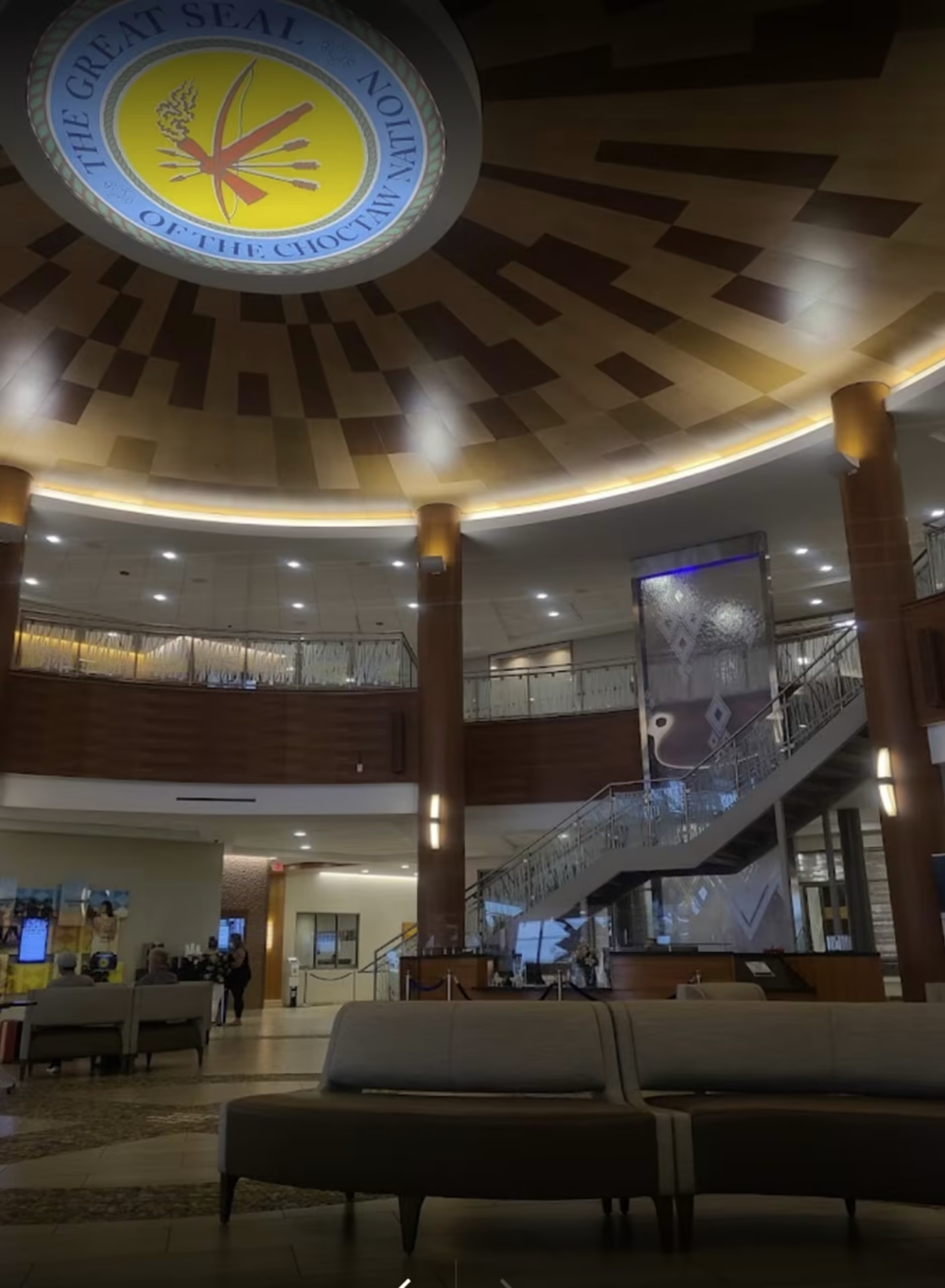
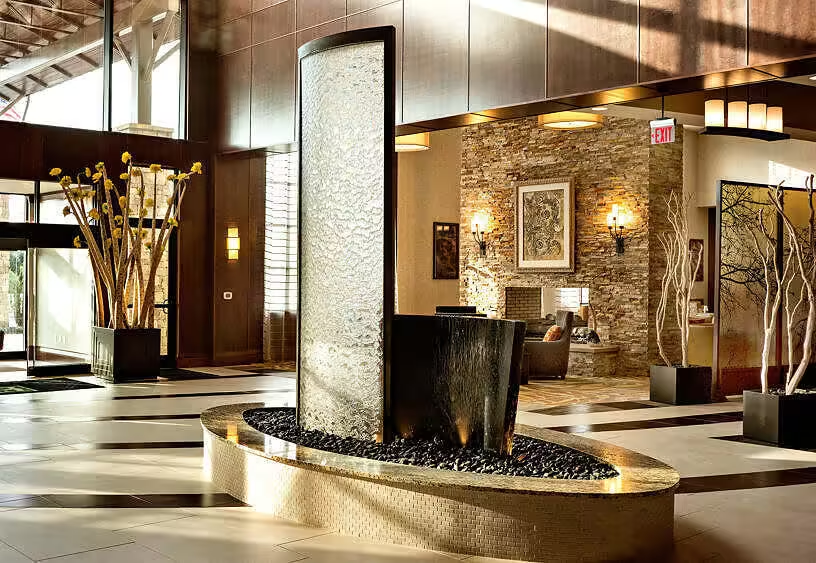
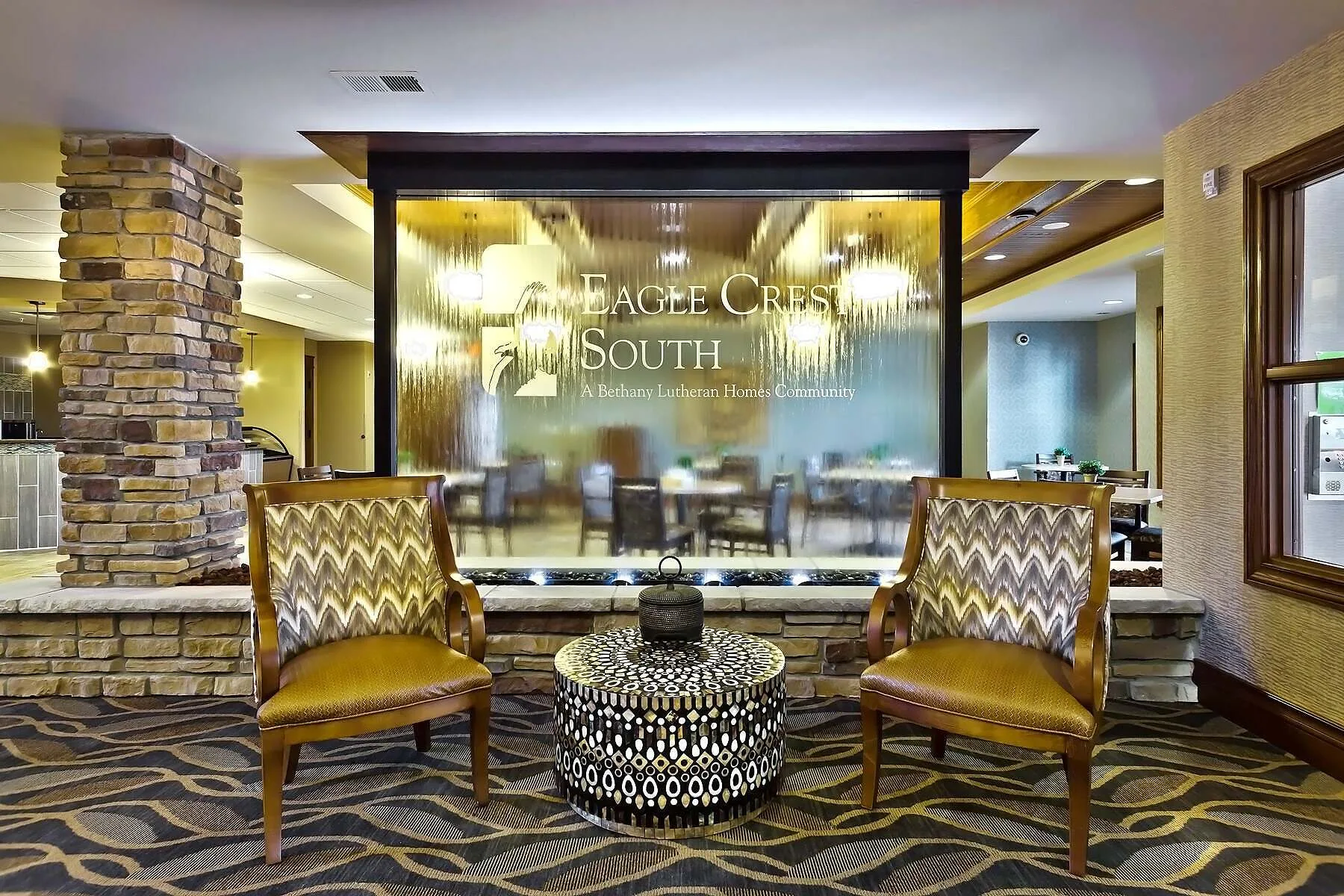
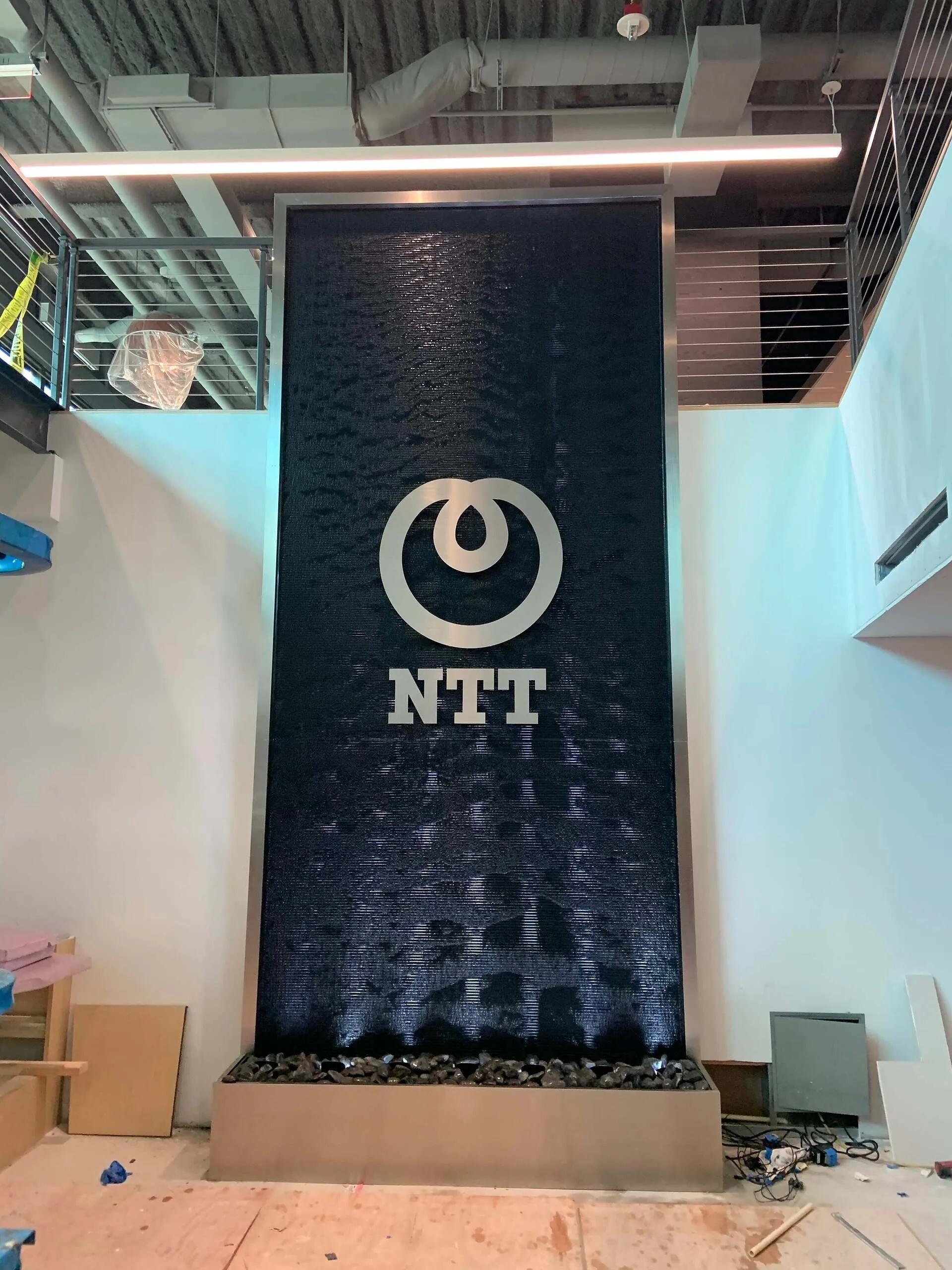
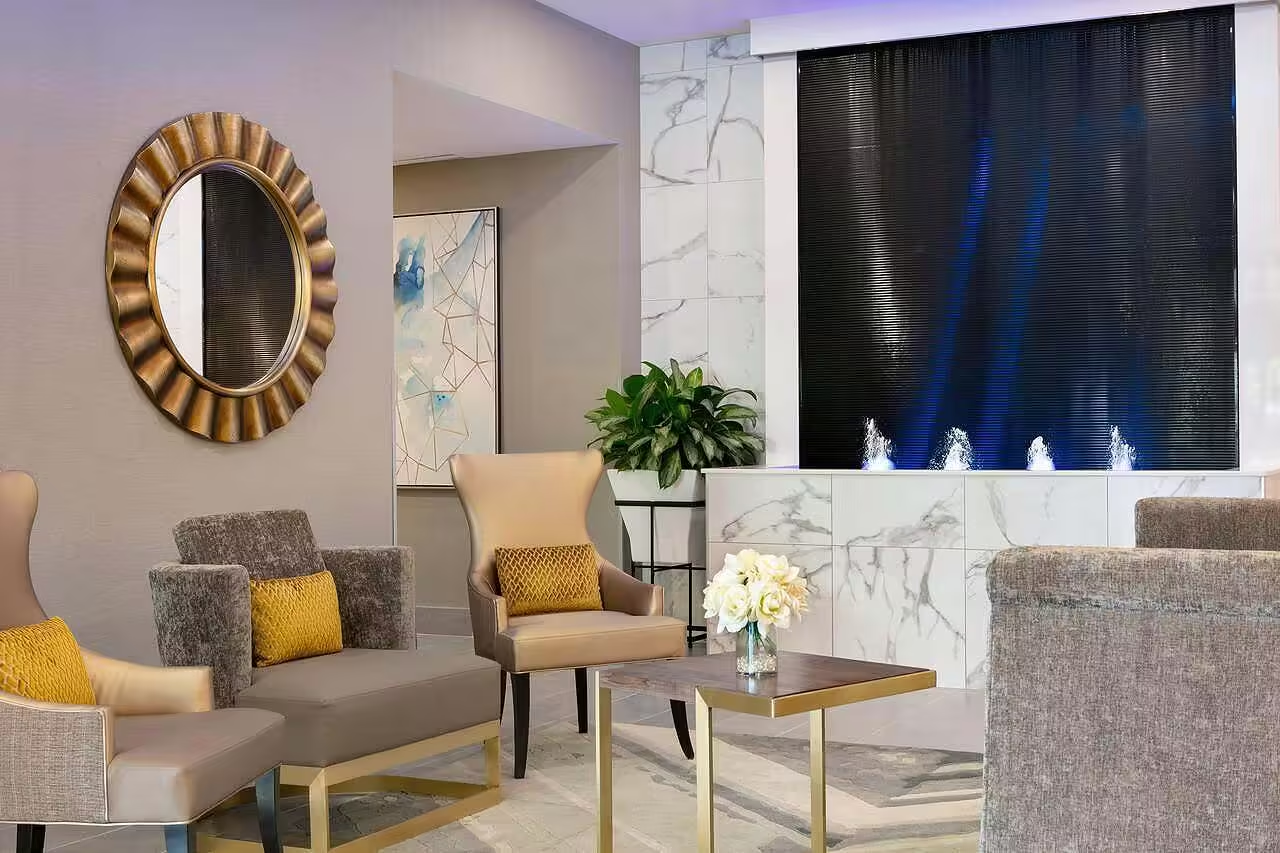
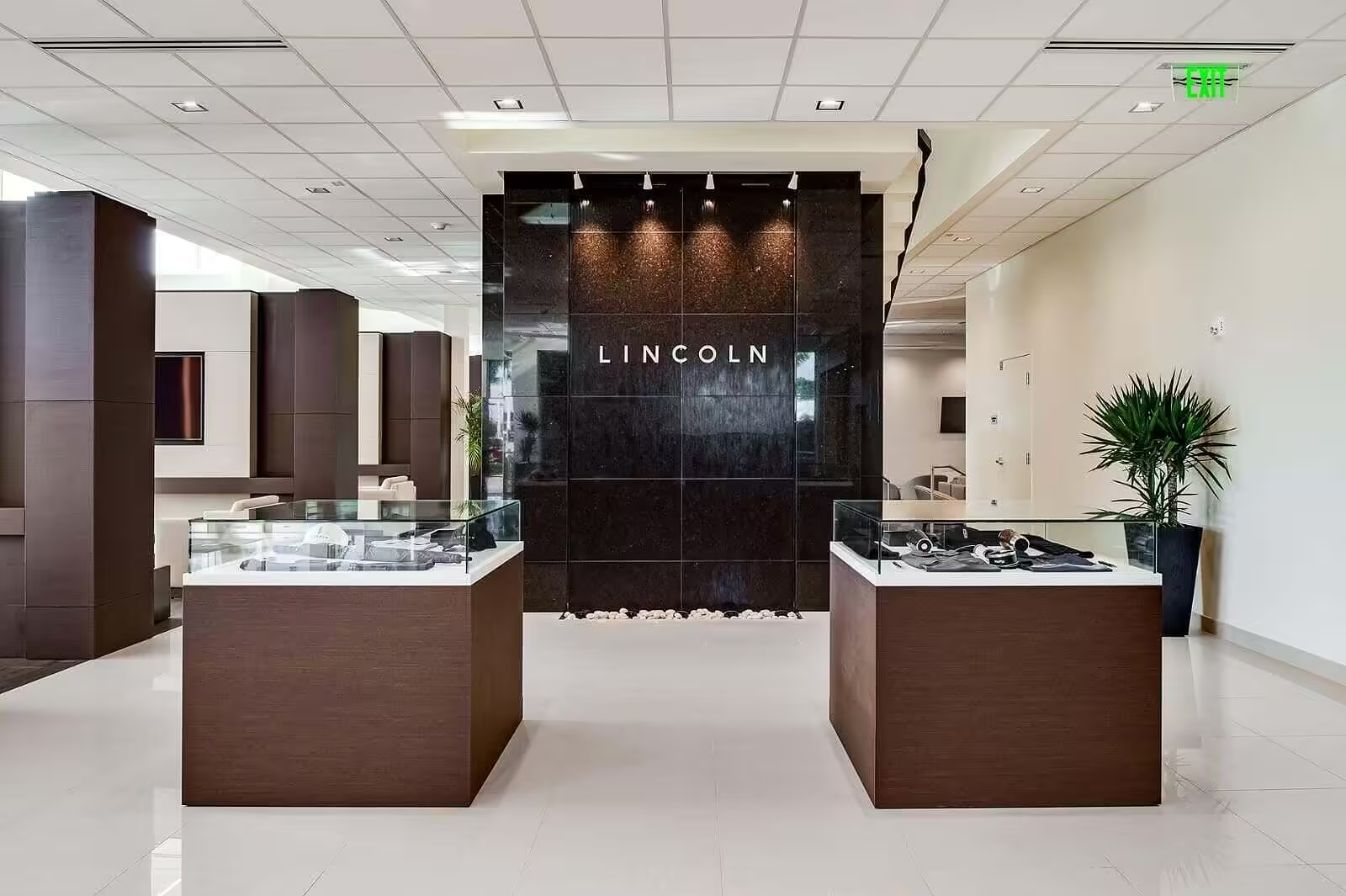

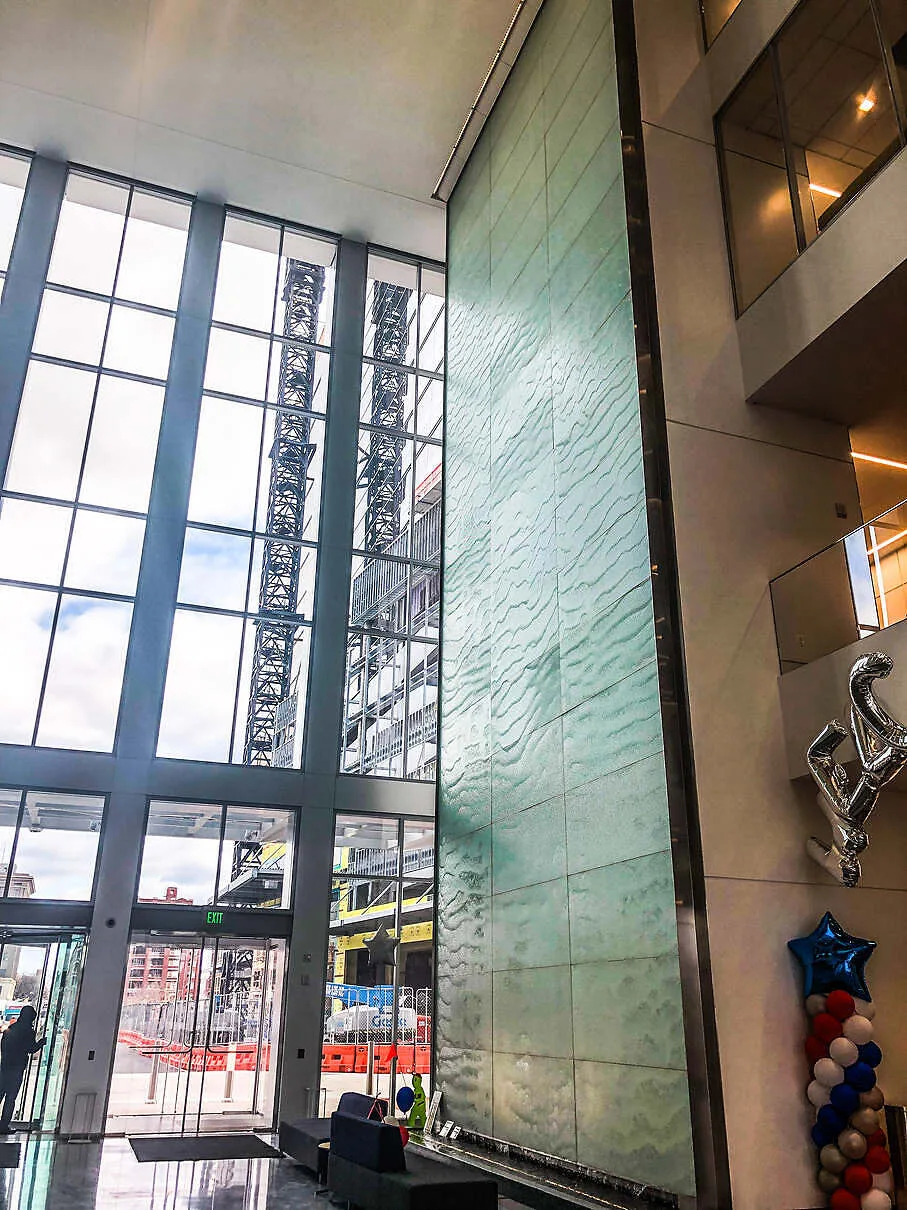
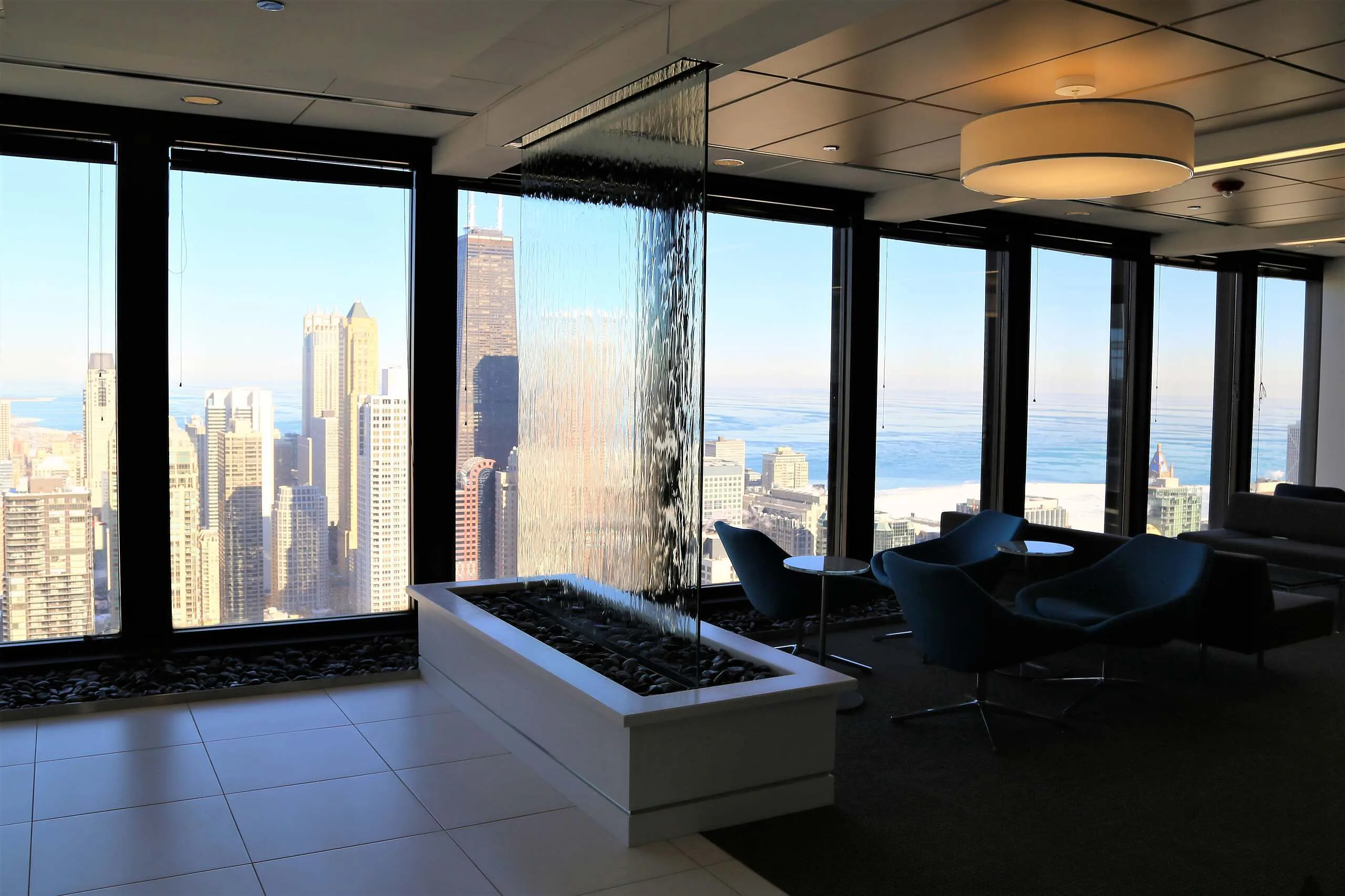
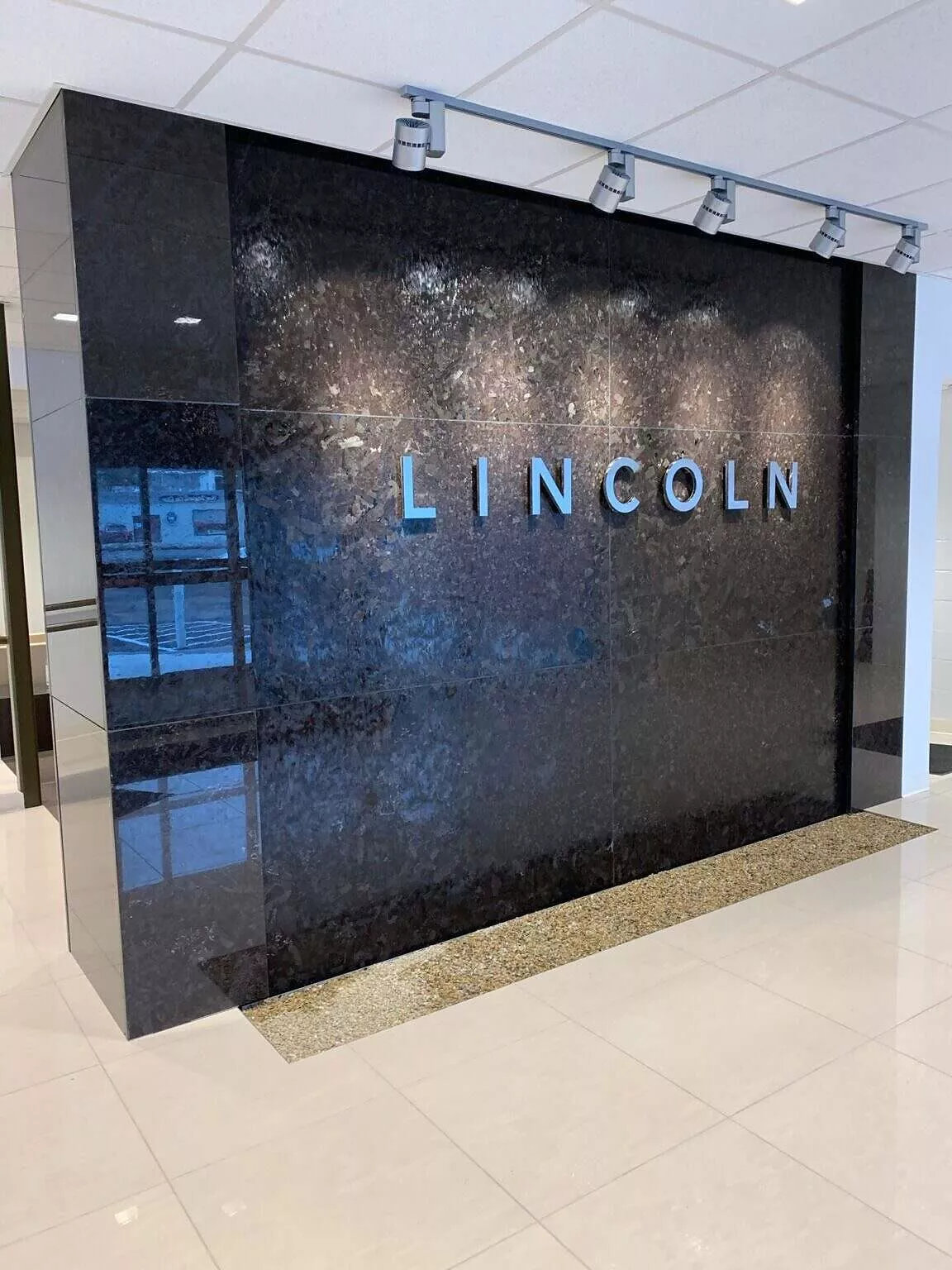
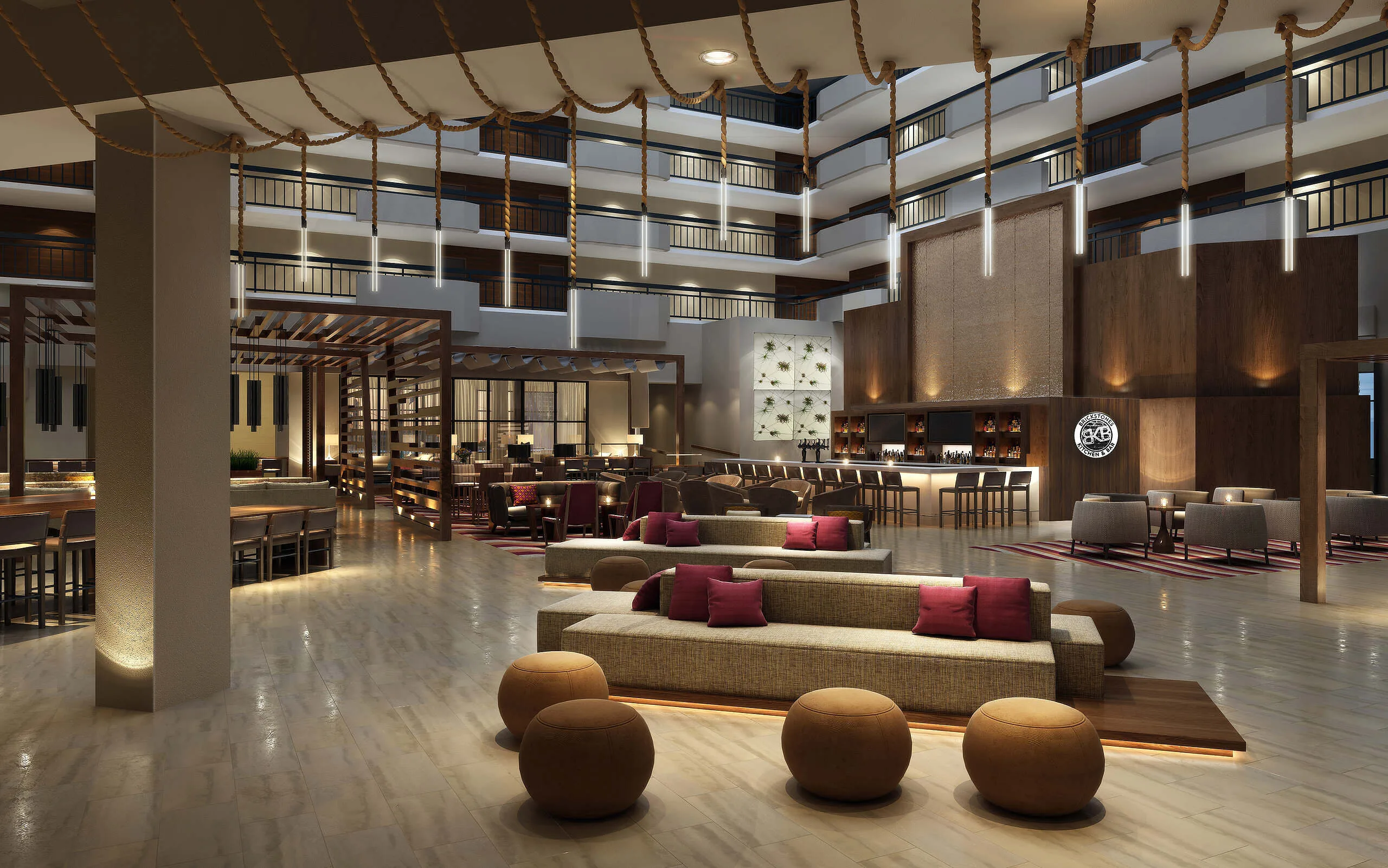

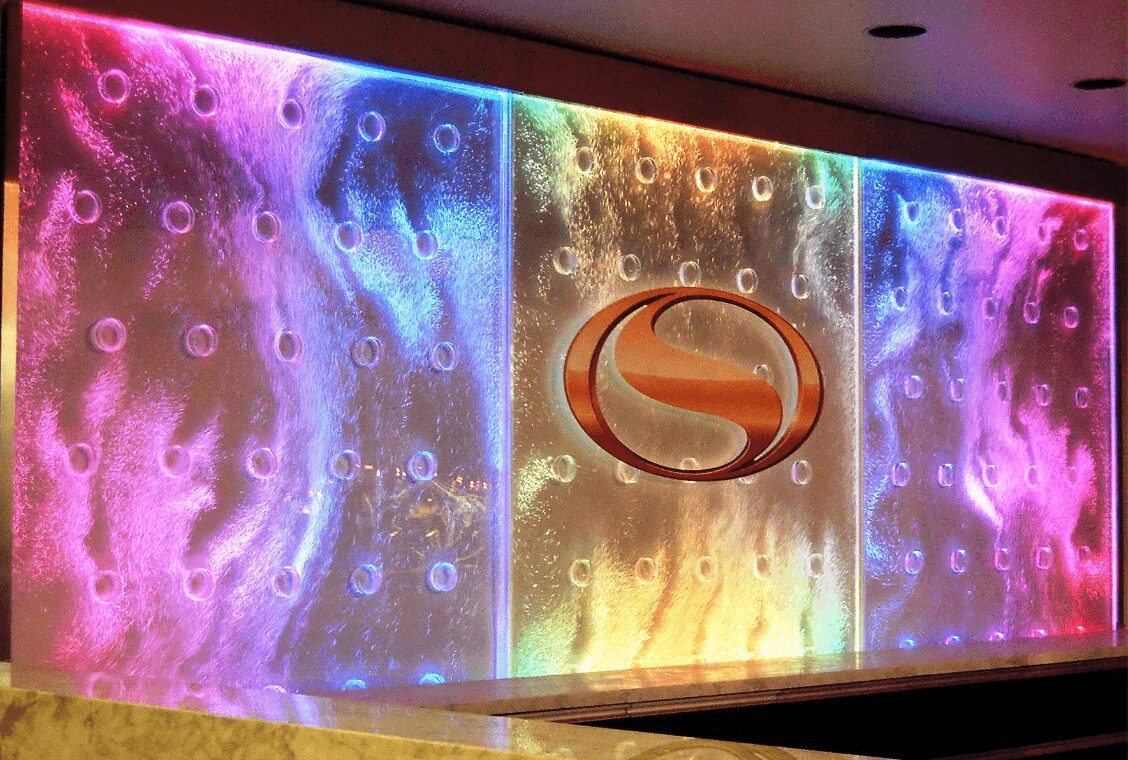
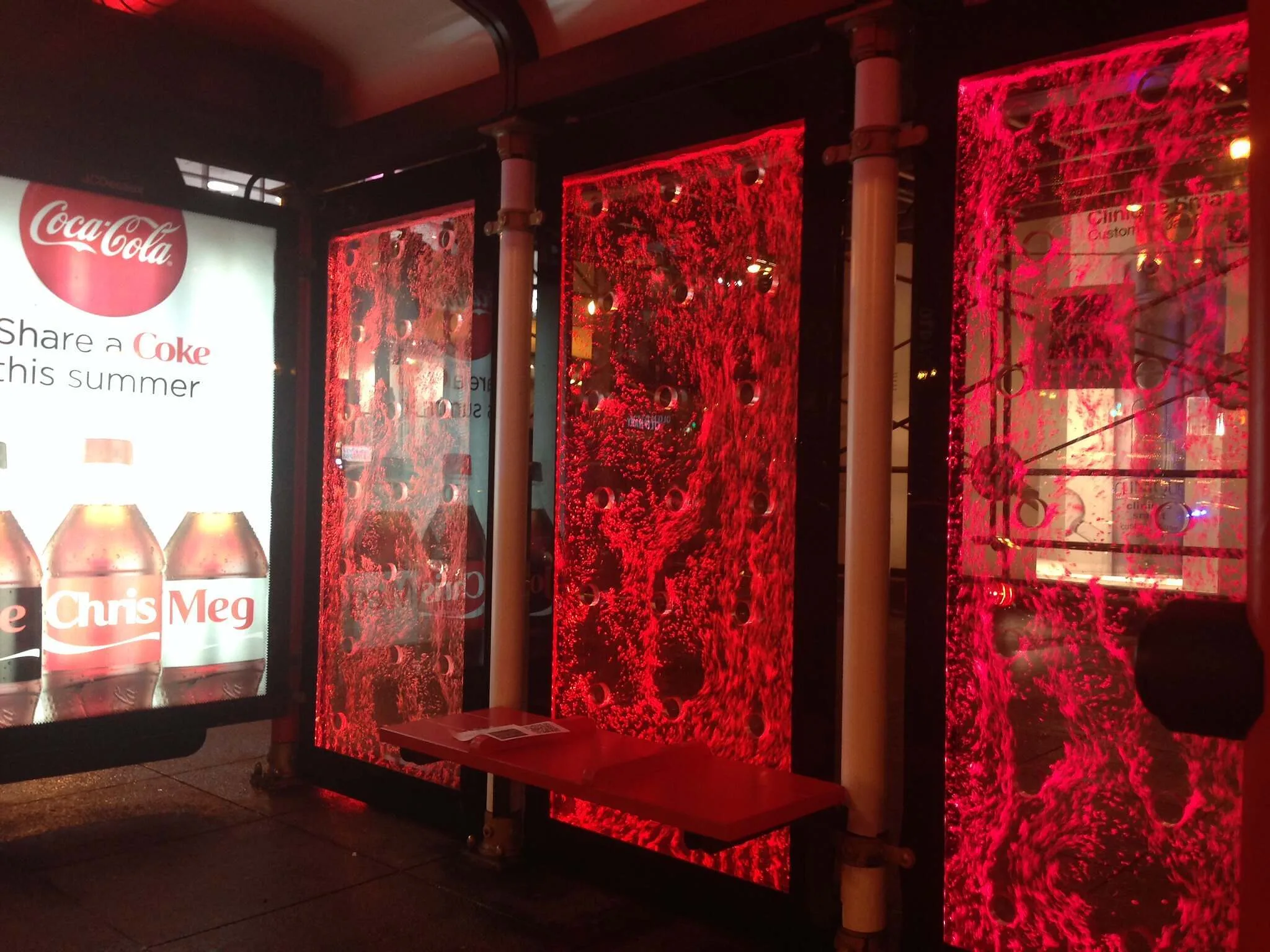
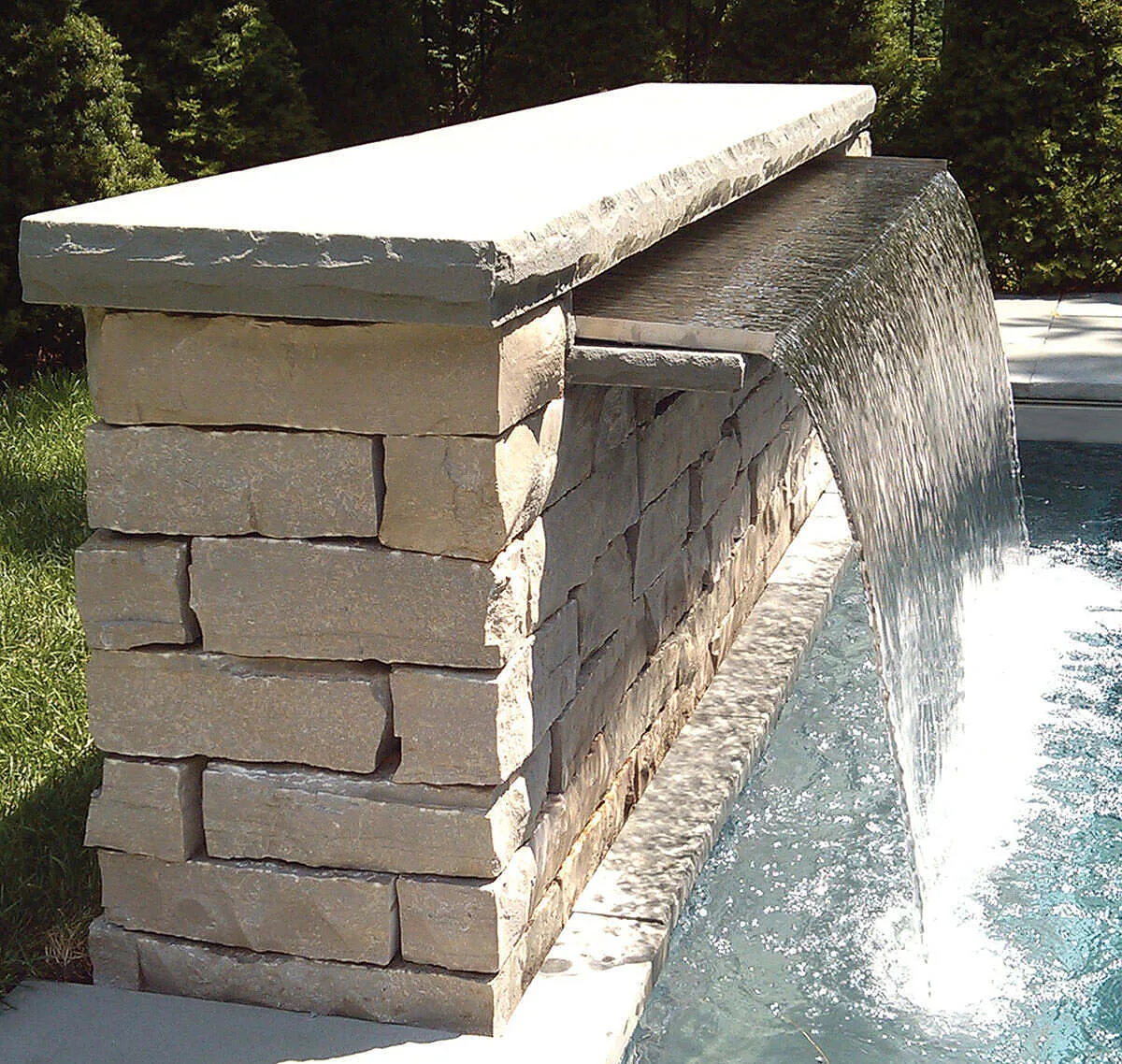
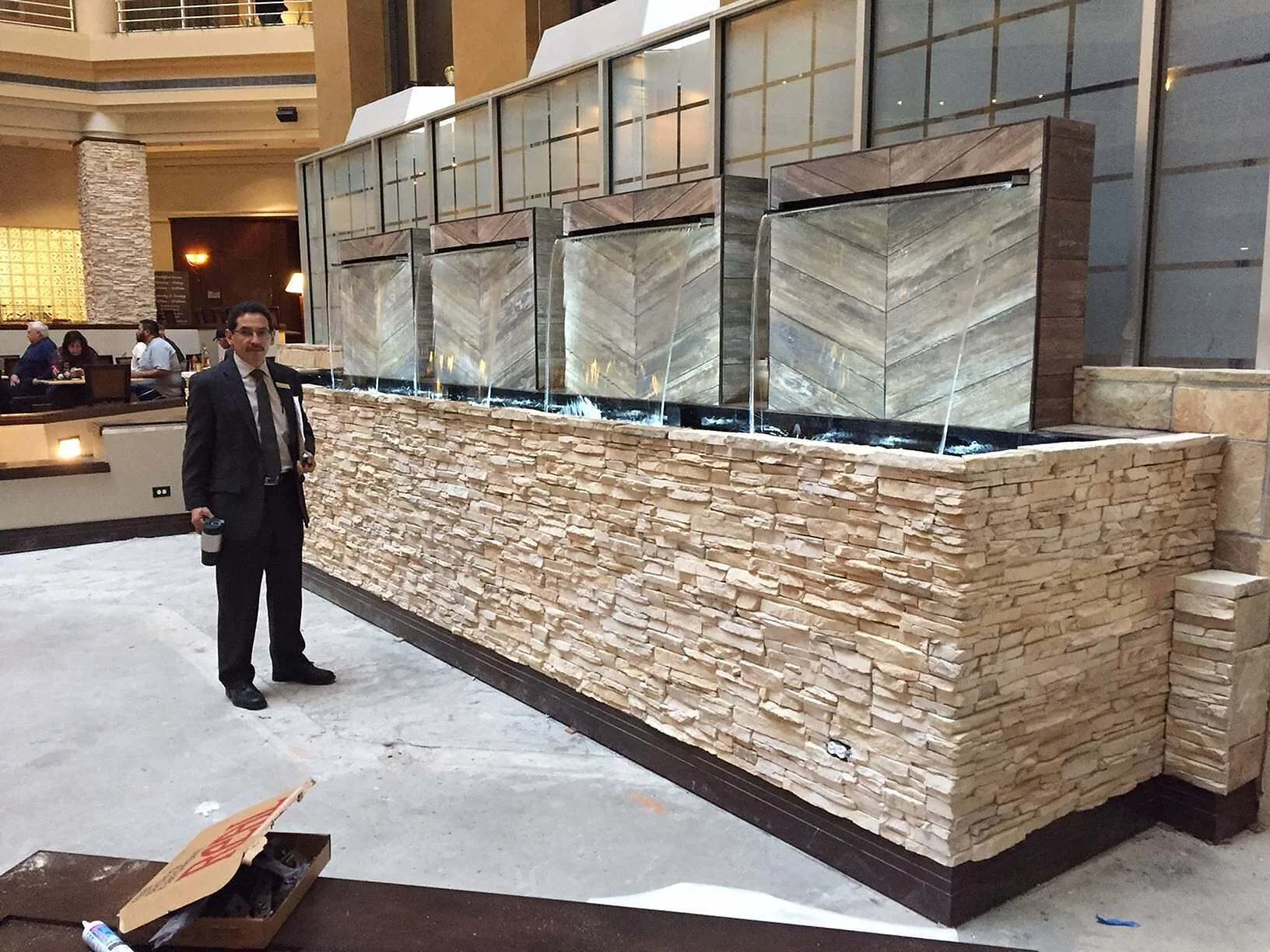
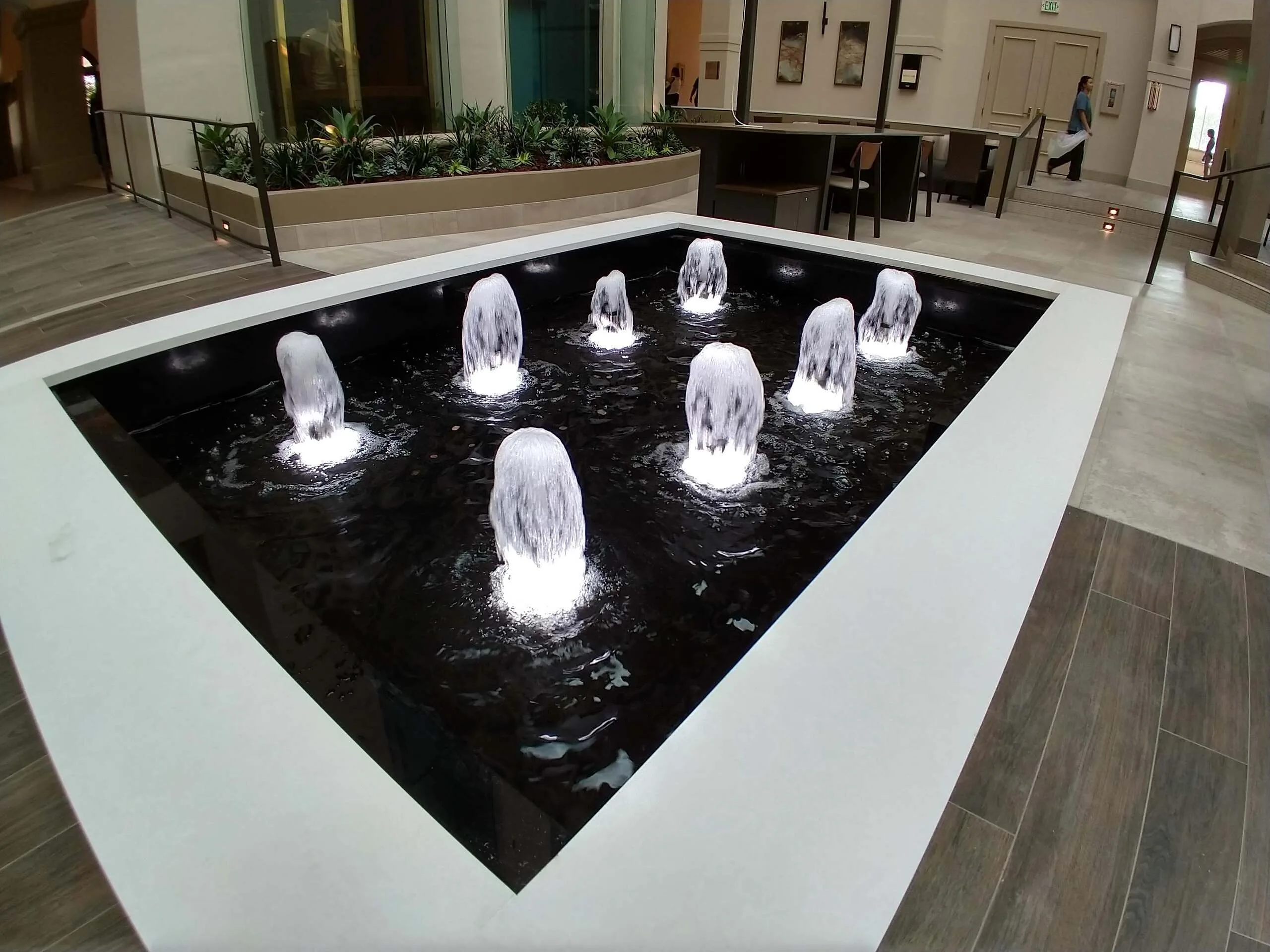
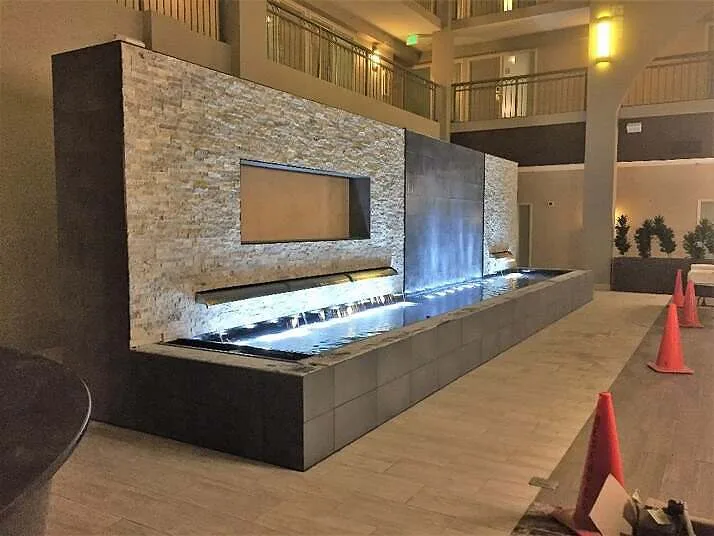
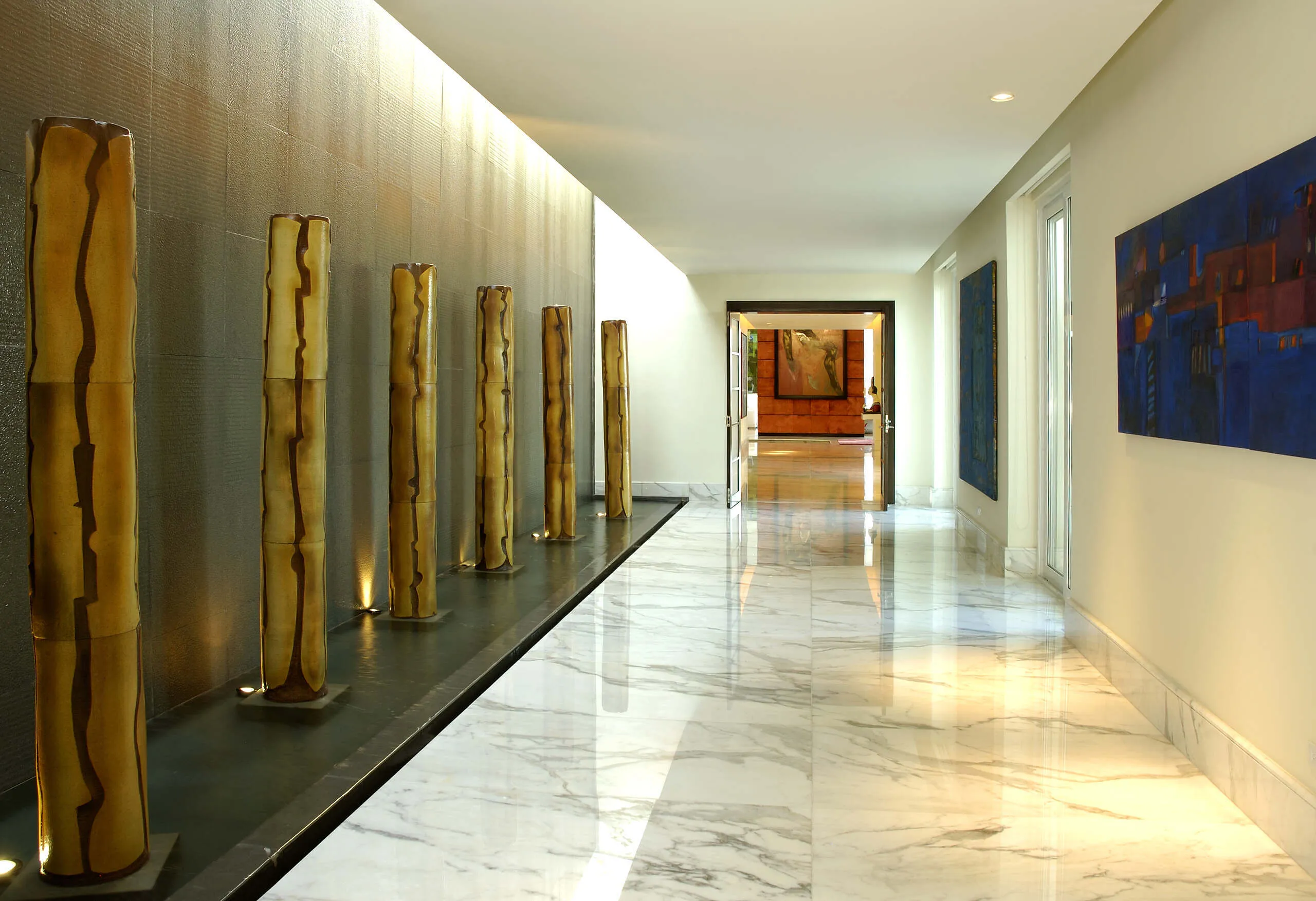
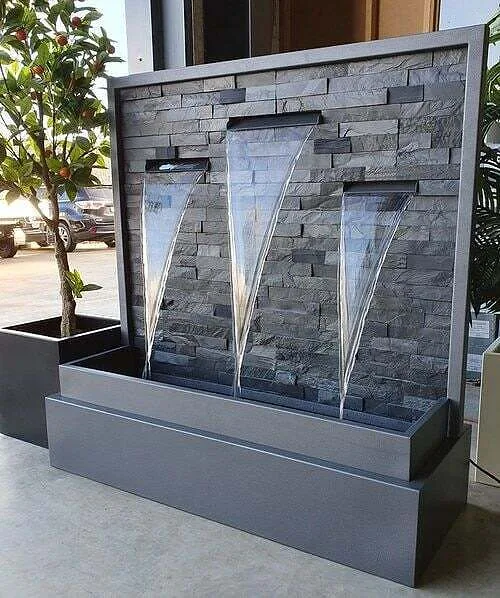
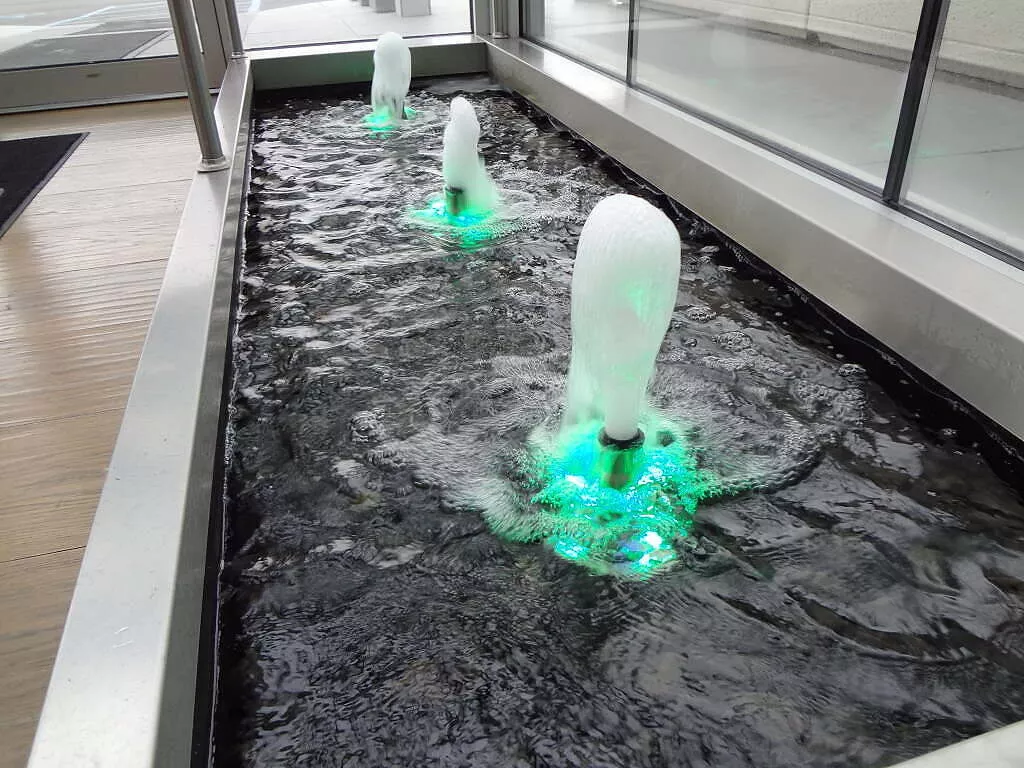
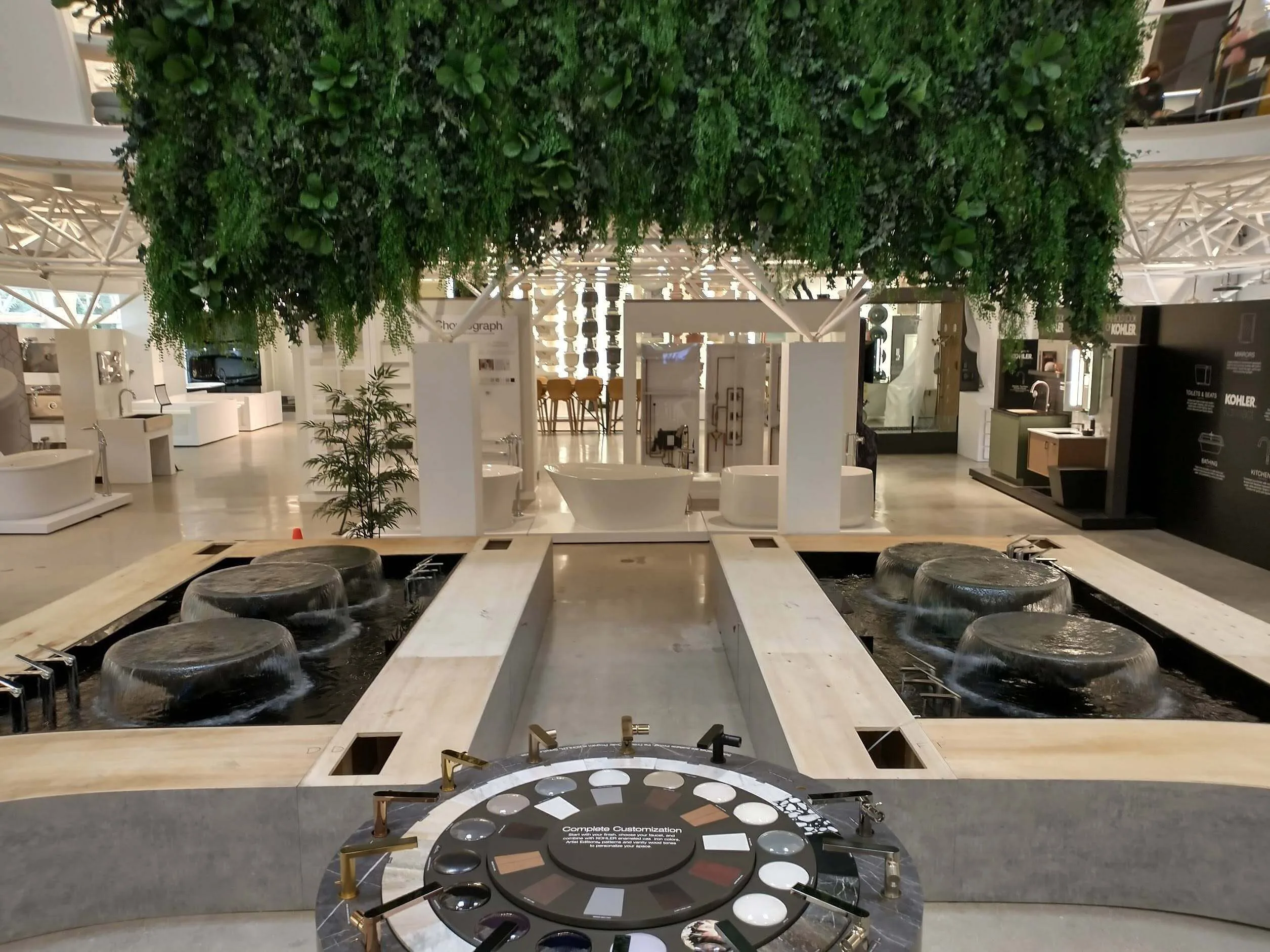
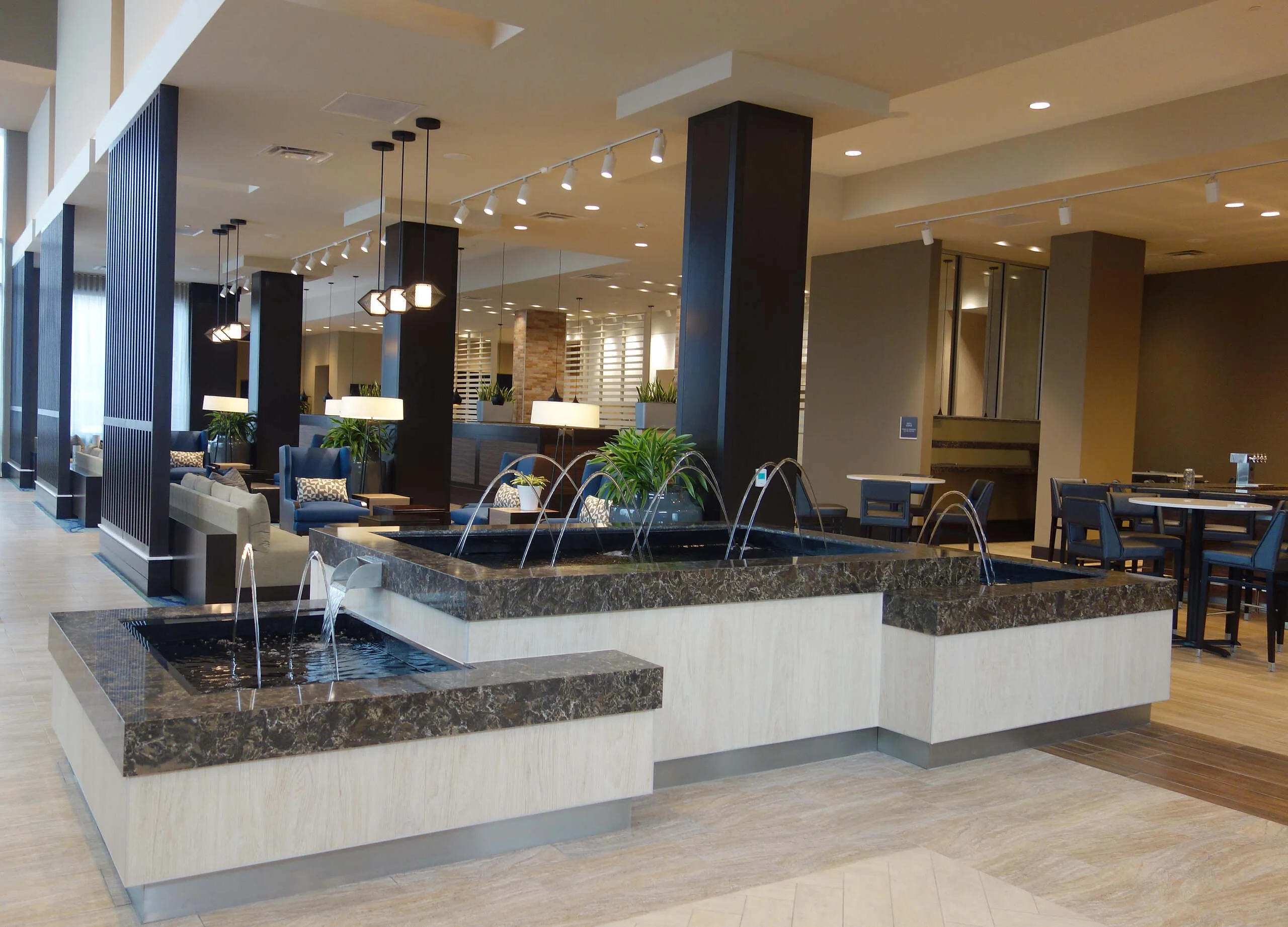
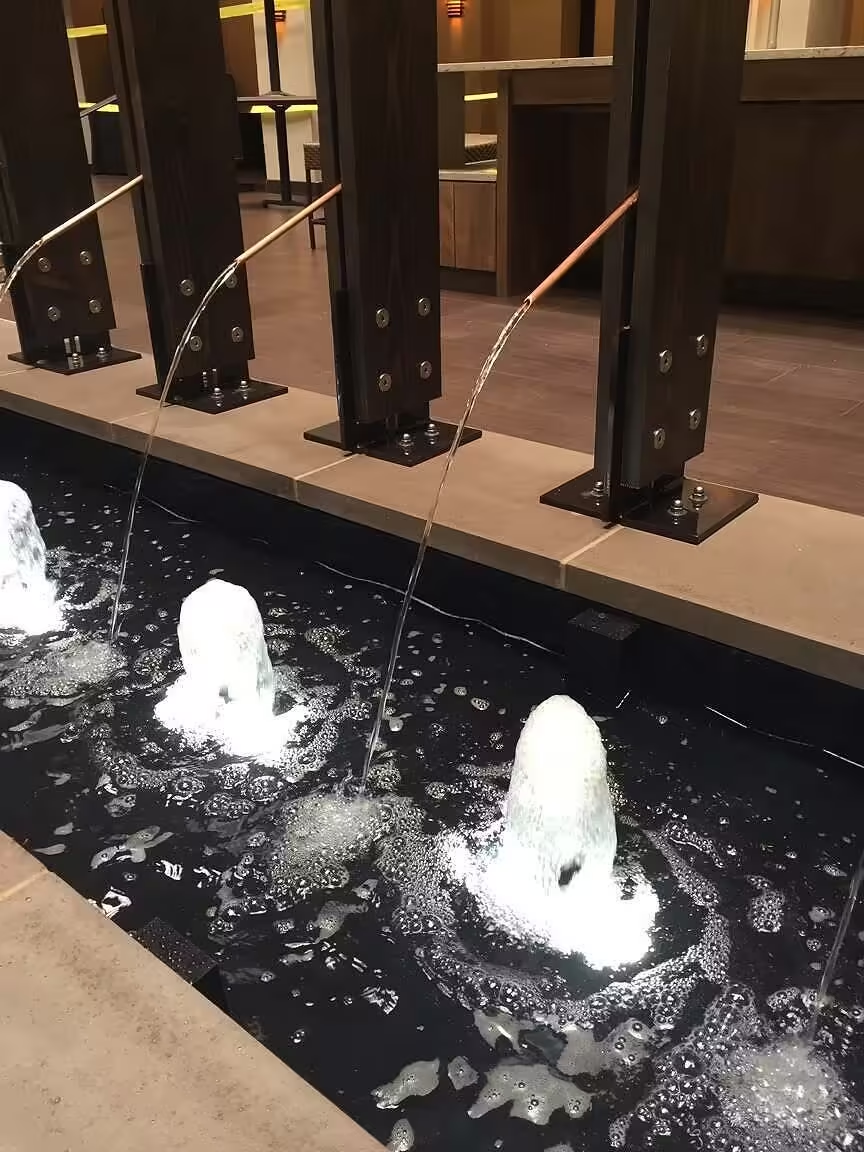
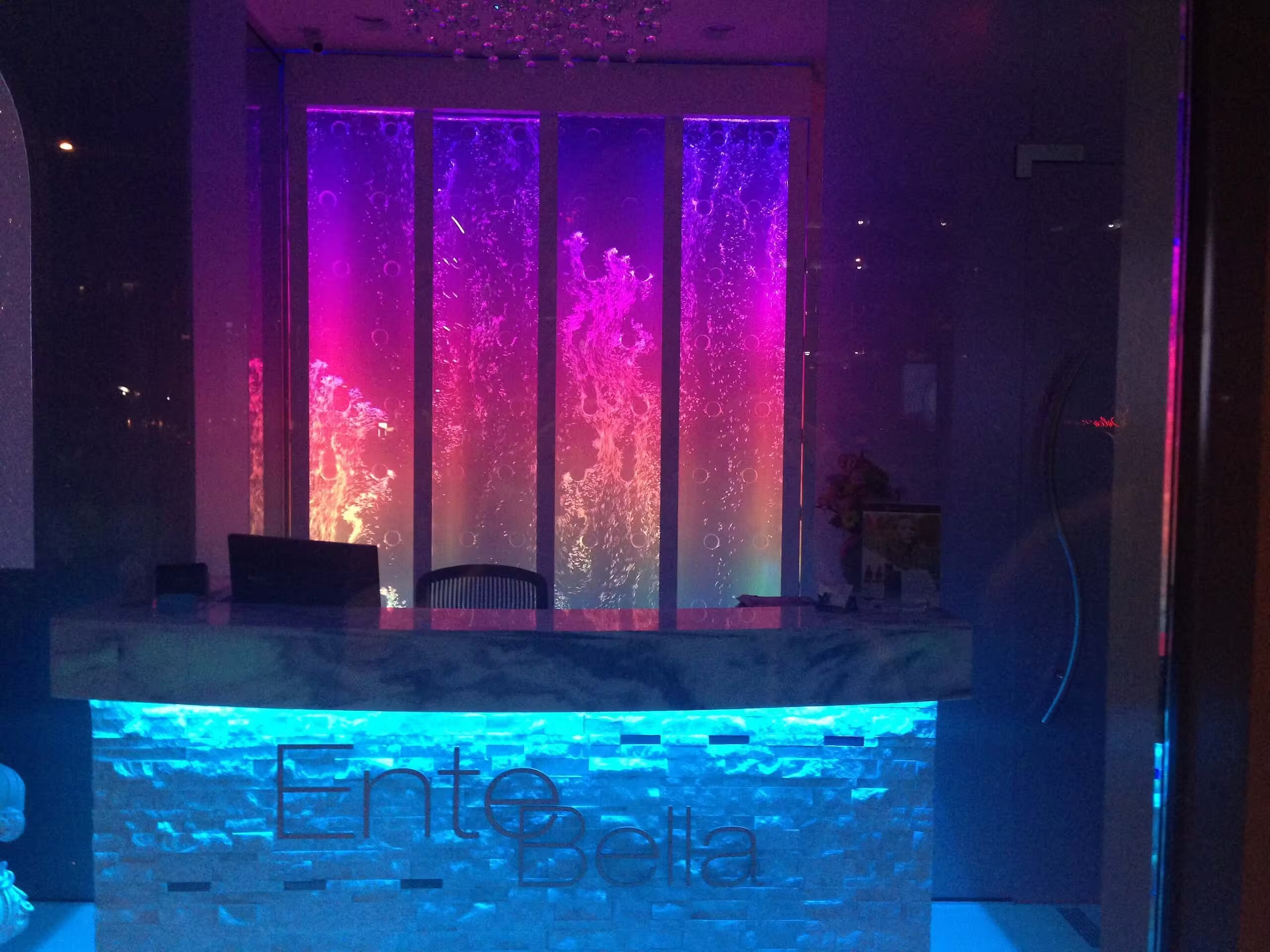
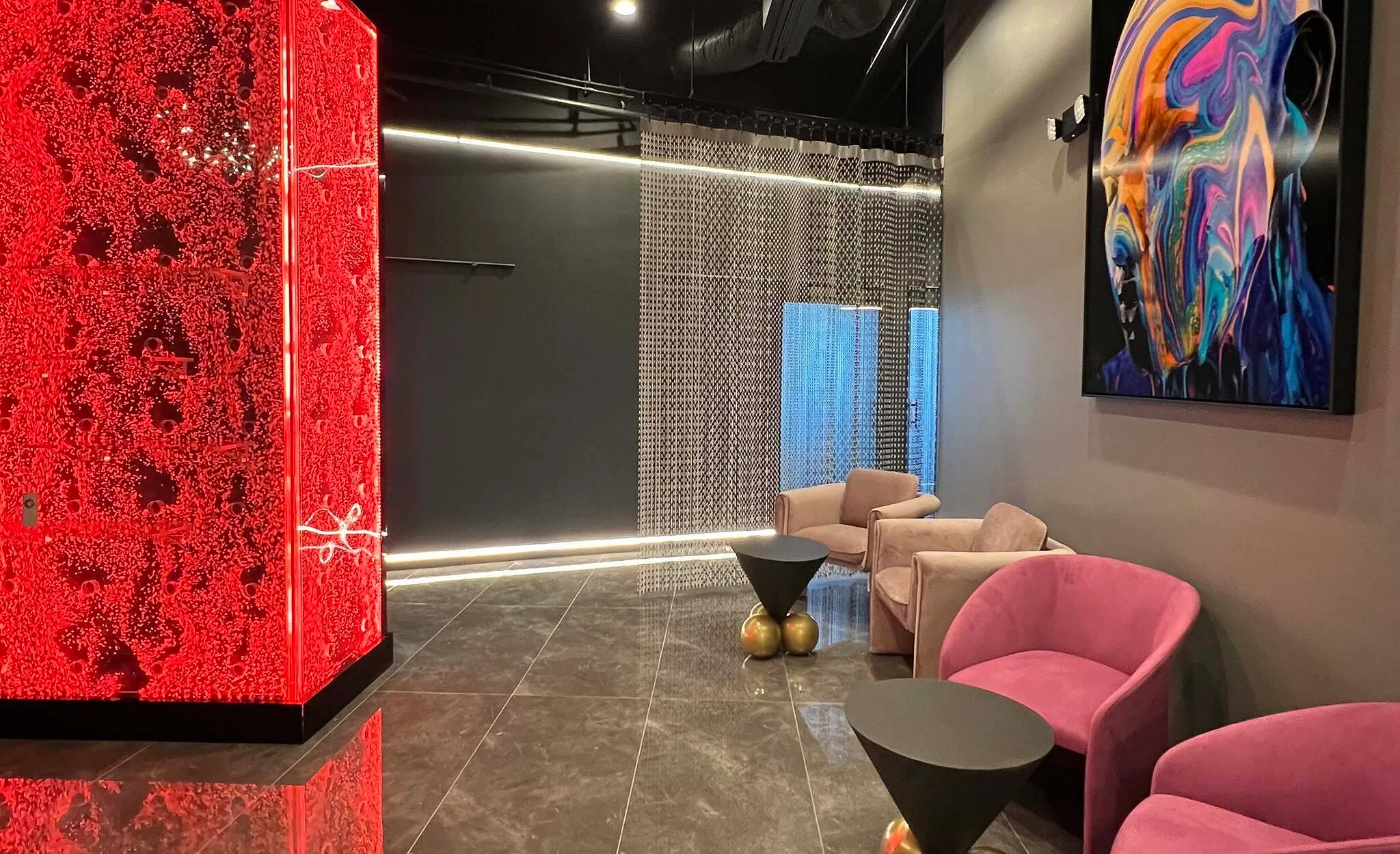
![Rod Style Bubble Wall Swirley for Bounce Empire in Denver, Colorado[84] Rod Style Bubble Wall Swirley for Bounce Empire in Denver, Colorado[84]](https://www.midwest-tropical.com/wp-content/uploads/Rod-Style-Bubble-Wall-Swirley-for-Bounce-Empire-in-Denver-Colorado84.jpg.webp)
![Rod Style Bubble Wall Swirley for Bounce Empire in Denver, Colorado 2[2] Rod Style Bubble Wall Swirley for Bounce Empire in Denver, Colorado 2[2]](https://www.midwest-tropical.com/wp-content/uploads/Rod-Style-Bubble-Wall-Swirley-for-Bounce-Empire-in-Denver-Colorado-22-jpg.avif)
